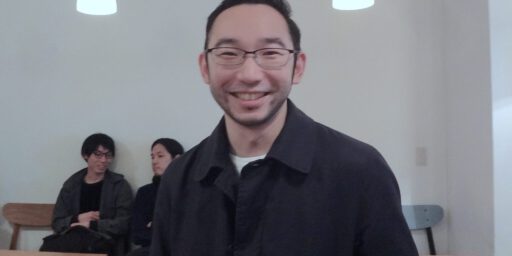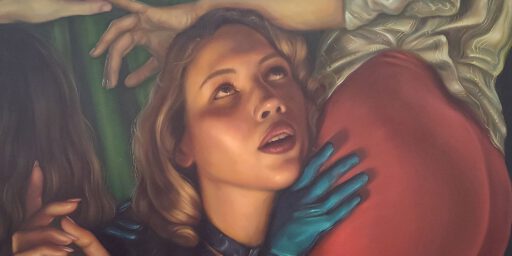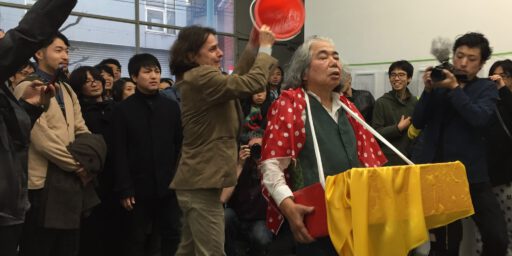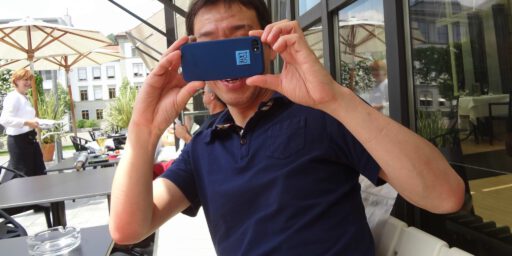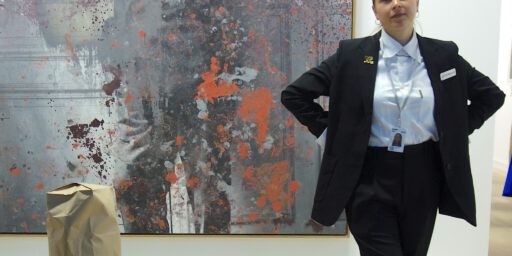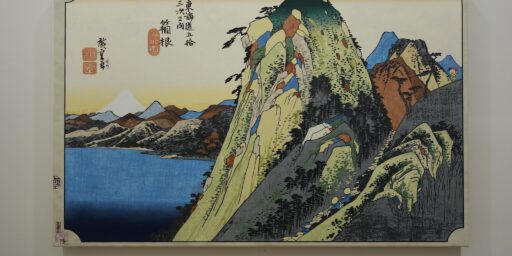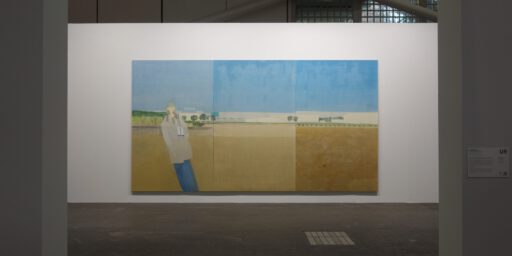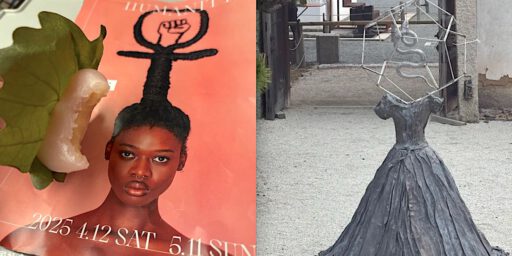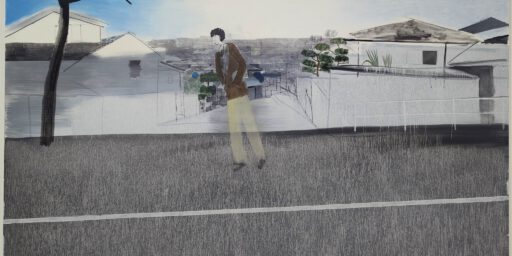私 (亜 真里男) と草間彌生、長い芸術の旅、アンプラグド I (Mario A) and KUSAMA Yayoi, a long artistic journey, unplugged
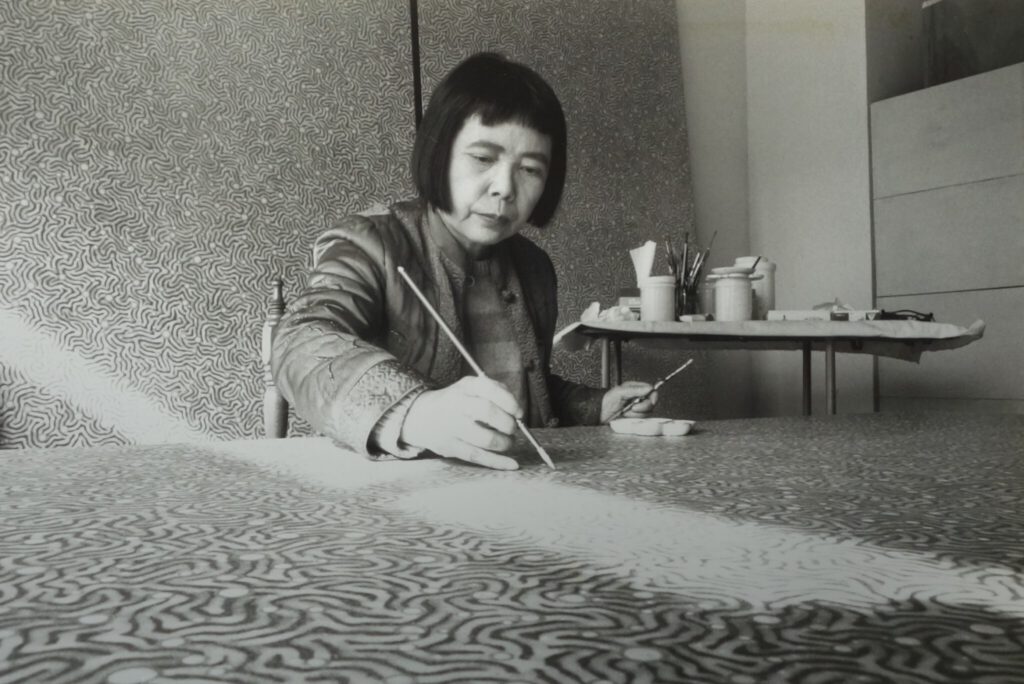
Thanks to your interest, this page, which was first up-loaded on 11th of May 2021, has received over 100,000 hits. Today, on the 4th of June 2023, the second part had been up-loaded. When circumstances and time allow, Part 3 shall be written in the near future, focussing on the intimate relationship between Donald Judd and KUSAMA Yayoi.
Nevertheless, in general, this page will be constantly up-dated.
Please enjoy this very unique opportunity in digging deep into Kusama’s world.
I think the time for me has come to recapitulate the artistic practice of KUSAMA Yayoi 草間彌生 from my personal perspective. Before I pass away, some interesting anecdotes should be made public for my dear readers of ART+CULTURE.
Irregularly, in the coming months and years, in random order so to say, I shall write down actual and old occurrences regarding the many encounters with Kusama and her works. The same approach already began with me & Joseph Beuys ヨーゼフ・ボイス,
例えば:ソーシャル・プラスチック Zum Beispiel: Soziale Plastik
https://art-culture.world/articles/soziale-plastik-ソーシャル・プラスチック/
or
白髪一雄・フット・ペインティング
SHIRAGA Kazuo – Foot Paintings
https://art-culture.world/articles/shiraga-kazuo-白髪一雄/
or
現代美術のスター 長島有里枝 @ MAHO KUBOTA GALLERY
Contemporary Art Star NAGASHIMA Yurie @ MAHO KUBOTA GALLERY
https://art-culture.world/articles/contemporary-art-star-nagashima-yurie-長島有里枝/
or
原口典之と関根伸夫のアート実践を考える
Thoughts on the artistic practice of HARAGUCHI Noriyuki and SEKINE Nobuo
https://art-culture.world/articles/haraguchi-noriyuki-sekine-nobuo-原口典之-関根伸夫/
or
塩田千春作:孤独と生命線の神秘な相関巣 (過去サイト・アーカイブの再投稿、2013年2月3日)
SHIOTA Chiharu: Mysterious Nest-specific Correlations Between Loneliness and Lifelines (repost from the archive, 2013/2/3)
https://art-culture.world/articles/shiota-chiharu-shiota-塩田千春/
or
優作「ディスリンピック2680」@ 風間サチコ展・「原爆の図 丸木美術館」
KAZAMA Sachiko’s Excellent “Dislympia 2680” @ Hiroshima Panels – Maruki Museum
https://art-culture.world/articles/kazama-sachiko-dislympia-2680-hiroshima-panels-maruki-museum/
or
磯谷博史:時差画と虚像を巡る認識論 @ 青山|目黒 (過去サイト・アーカイブの再投稿)
In the Context of Epistemology: ISOYA Hirofumi’s Virtual and Time Lag Images @ AOYAMA | MEGURO (repost from the archive)
https://art-culture.world/articles/isoya-hirofumi-virtual-and-time-lag-images-aoyama-meguro/
or
我が国にっぽんの恥「日展」 “Nitten”, the Shame of our Nation Nippon
https://art-culture.world/articles/nitten-the-shame-of-our-nation-nippon/
or
日本のアート界を駄目にした男? 不幸な村上隆、、、
The Man Who Ruined The Japanese Art World? An Unhappy MURAKAMI Takashi…
https://art-culture.world/articles/takashi-murakami-kaikai-kiki-japanese-art-world/
or
Yoshitomo und ich 美智と僕
https://art-culture.world/articles/nara-yoshitomo/
or
藤田嗣治・Léonard Foujitaの作品との出会い
Encountering the works by Léonard Tsuguharu Foujita
https://art-culture.world/articles/foujita-tsuguharu-leonard-tsuguharu-foujita-kimiyo-藤田嗣治/
or
日本人、外人、行人。柄谷と俺 KARATANI KOJIN
https://art-culture.world/articles/karatani-kojin-柄谷行人/
or
Venice Biennale 2024 with the title: “Foreigners Everywhere”. Contemporary Art Star MOHRI Yuko @ Japan Pavilion. Can MOHRI challenge ‘L’Arte dei rumori’ by Italian Futurist Russolo?
ヴェネツィア・ビエンナーレ 2024のテーマ:「外人だらけ」。現代美術のスター 毛利悠子 @ 日本館。
https://art-culture.world/articles/mohri-yuko-毛利悠子/
40 years in Japan rub off on your private and social life. Actually, COVID-19 shows in a forceful way that I am not a free person. In the year 2020, as a permanent resident of Japan, I had been treated as a person of “second class”. The Japanese government didn’t let me fly to my beloved country, while Japanese citizens returned. I could easily become Japanese, but that implies, due to Japanese law, renouncing my European Passport. That would mean, every time I want to go to Europe, I would have to apply for a new visa. In contrast to most other countries, Japan doesn’t allow dual-citizenship.
Most Japanese don’t understand, that we permanent residents are paying the same taxes and insurances, working hard, investing our money in this country and do nurture a family in Japan. Last year, after a lot of lobbying, we could finally return to our chosen homeland. However, those months of financial hardship, frustration, endurance, discrimination and emotional pain won’t be forgotten easily.
Not free to move, to create, to live, work and love. That’s the status quo.
What did I learn? The state, as a social construct, restricts my freedom. I am forced to act as a Gemeinschaftswesen, in Japan and elsewhere.
When I met KUSAMA Yayoi for the first time, I knew that she had experienced similar sufferings, hardship while living in the United States of America (1957 – 1973).
CV, written by herself on 10th of August 1961:
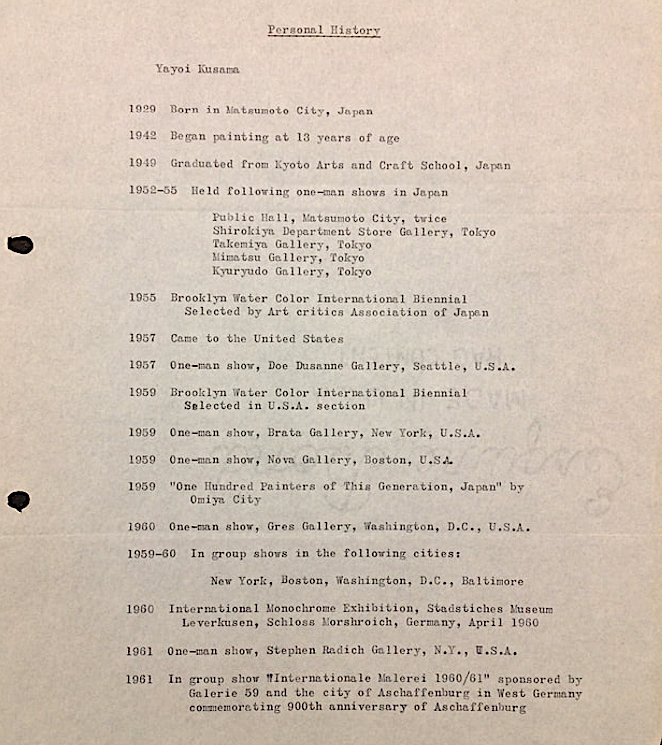
(up-date 2023/5/30: this important archival page disappeared. Censored by Kusama?)
https://www.0-archive.info/yayoi-kusama1.html
Obviously, I can observe a kind of naivety on her side, because she was already 30 years old when she arrived in New York City. The desire to become famous in the United States of America as a mentally ill Japanese female artist has to be examined very critically.
Already in 1952 she had been diagnosed by Dr. NISHIMARU Shiho, professor of Psychiatry at Shinshu University, Nagano, as schizophrenic; and as a consequence introducing her paper works to the Japanese Psychiatry Association. She underwent several measures of psychiatric treatments for the various symptoms she experienced since childhood.
To continue living in a foreign country, in a cold New Yorker studio with broken windows, at any cost, while being financially poor and unable to communicate in English, prove her irresponsibility and a somehow antipathique, egocentric attitude. In a case by case situation, she was sometimes causing a lot of trouble.
Quote:
“In her autobiography, Kusama describes her early Manhattan apartments as “hell on earth.” She used a door found on the street for a bed and ate “from the fishmonger’s rubbish.” She painted all night to stay warm because she had no heat.”
https://nypost.com/article/infinity-mirrors-artist-yayoi-kusamas-tragic-years-in-nyc/
In 1959 her visa expired, so she had to switch to a student visa. Out of depression, she decided to kill herself on the 22nd of July 1960. The jump from her second-flow window failed.
Kusama was always heavily relying on the monthly sent money from her parents. As in those times the Japanese government controlled foreign currency payments to foreign countries, her parents had to send secretly hiding Japanese Yen in airmail envelopes.
In 1962 she entered psychotherapy at Japanese speaking Dr. TAKEMOTO Yasuhiko New York office. With no money she presented him her paper works to continue the psychotherapy sessions.
Kusama, physically weak because of lack of nutrition, and having schizophrenia, causes me to question, to be suspicious about her motives. Neither do I regard her intellectually fit to master all the obstacles when living, working, paying taxes, paying the rent, paying health insurance, having sex with foreign men, experiencing abortions?, yearning for family life without speaking the language, and ultimately, wanting to be commercially successful in a foreign country.
Actually, the same has to be said about expensive megapolis Tokyo, with its high rents. I really do not recommend young foreign wanna-be artists to start their artist career in Tokyo without first speaking and reading Japanese, having a stable financial back bone and understand the way of doing business in the Japanese art industry. Probably you may have already noticed, as there exists no healthy art market in Tokyo, the few contemporary art related museums lack the financial resources for proper acquisitions, see the case of art star MURAKAMI Takashi 村上隆. Neither will you be getting by with 10.000 US$ from the museum collection’s committee, as 50% will be cut off by your art dealer. You have to be mentally stable, need some brain and a day-job to survive as an artist, or let’s better call it “art worker”, in Tokyo.
Interestingly, and not well understood in Japan or in the Japanese art world regarding the implications, Kusama proclaimed, while living in New York, and nota bene!, of being an AMERICAN ARTIST. Again, please take note. When did she start in saying that? Did she introduce herself as an American artist, when she returned to Japan in 1973?
I do call myself an artist from Japan. Therefore, I am not naming myself a JAPANESE ARTIST, which per se is already an outdated term. A “wrong”, misleading information in our globalised world, where multi-citizenship rules. The city where you were born (because of your mother’s living place at that time) and your passport (because of the nationality of your father) don’t say anything about your (multi-cultural defined) identity, or identities!
To make things more complicated, we foreigners in Japan call ourselves “Zainichi” 在日, as a terminus related to our newly developed identity. The word “Zainichi” refers in general to foreign citizens residing in Japan. However, Koreans in Japan would like to use the term “Zainichi” exclusively for themselves. A dilemma among us “gaijins” 外人 (foreigners), which is going to become more complicated and confusing in the near future.
Last, as a person who happily experienced the disappearance of the Berlin Wall and almost all the boarders in Europe, believes in a borderless world with diversity as principal. Most Japanese don’t understand what it means to freely cross state borders in Europe, work and live wherever you want.

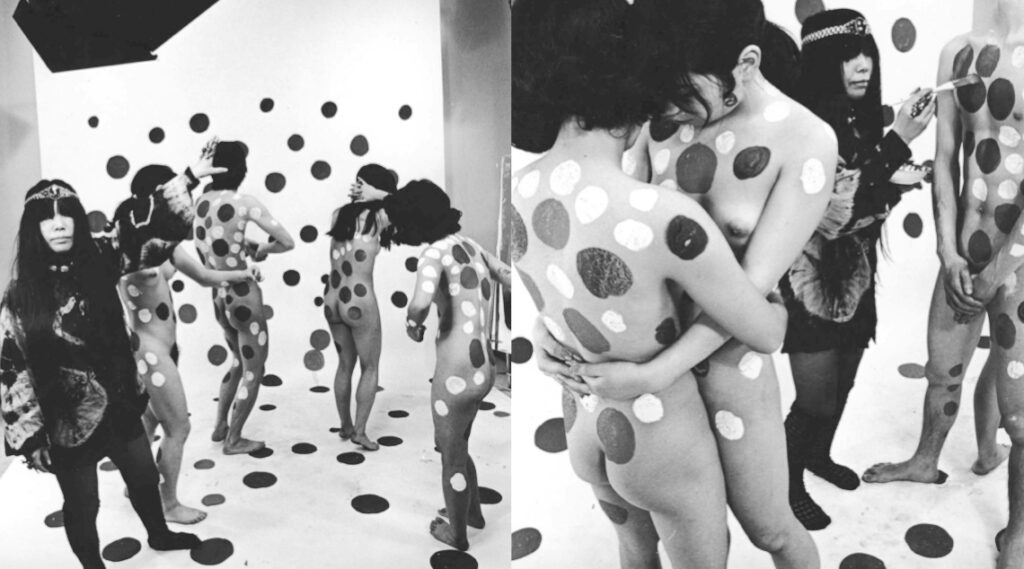
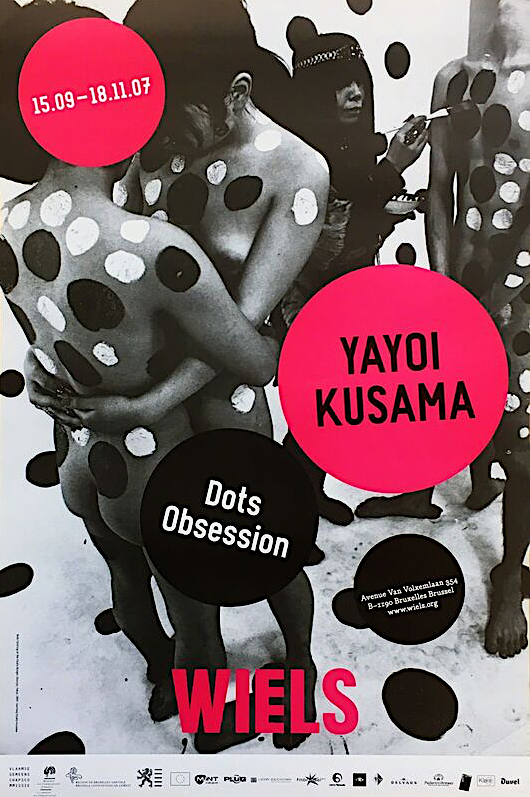
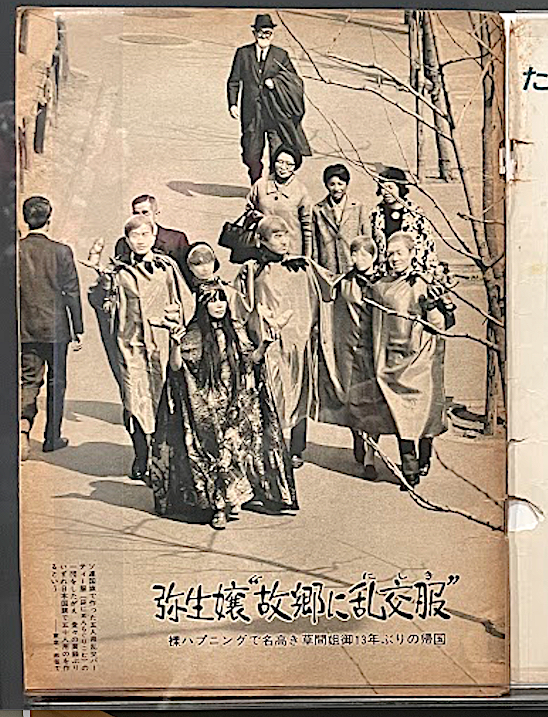
Up-date 2023/5/28: The well curated retrospective “Yayoi Kusama: 1945 to Now” @ the M+ Museum in Hong Kong just closed two weeks ago, attracting over 280.000 visitors.
https://www.mplus.org.hk/en/exhibitions/yayoi-kusama-1945-to-now/
Already 10 years in Japan, knowing the status quo of Japanese society, I asked myself, how shall I approach Kusama Yayoi? What kind of questions shall I ask her in March of 1993?
Before our first encounter I read a bunch of articles, her books and catalogues.
Young Kusama suffered tremendously under the matriarchal environment. Her mother was a valedictorian at her school, ruled in the family, dominated her father and obstructed little Yayoi in developing as a natural, creative human being.
After the war, mentally ill, she succeeded in being accepted into the circle of surrealists by art critic TAKIGUCHI Shuzo 瀧口修造, the authority of Japanese Surrealism. Foreign curators, writers, artists, critics and the audience forget, that in the 50’s, by actual standards, Kusama was already a successful, critically acclaimed artist in Japan.
In my opinion, the Surrealism aspect never disappeared in her artistic practice in New York. In an exemplary fashion I regard her self-promotional video works in the late 60’s as an extension of Man Ray’s surrealist films from the 1920’s. Nudity in the liberating 20’s, Les Garçonnes in Paris or Berlin, all symbolise pioneering roles in art history. Female performance artists in Futurism like Valentine de Saint-Point バレンティン・ドゥ・サン=プエン, or the founder of the ready-made-art Elsa von Freytag-Loringhoven エルザ・フォン・フライターク=ローリングホーフェン opened the door for Kusama. Especially I regard Claude Cahun クロード・カアン as the front runner par excellence in the context of artistic practice for the future generation of female artists. Famous Sophie Taeuber-Arp ゾフィー・トイバー=アルプ or Hannah Höch ハンナ・ヘッヒ, to name a few, influenced the Western art canon with grand bravoure. Frida Kahlo フリーダ・カーロ? A completely different, superior artistic universe in comparison to Kusama. I do strongly believe, because of her Surrealism background, that Kusama knows all these above mentioned artists. In this context, the New York art scene, essentially, could not catch up with Europe, with European art history of Futurism, Dadaism or Surrealism. Neither in the 60’s nor in the 70’s. New York? A sense of Déjà-vu.
Documenta Kassel, Kölner Kunstmesse, Venice Biennale, FIAC, Basler Kunstmesse…
(Remember the corrupt, bribed Rauschenberg scandal in Venice?)
New York manque de finesse, de la sensibilité. We in “old Europe” were living Godard, Last Tango in Paris, Histoire d’O etc…. those voices of my generation. We were making love listening to Bilitis, Bob Marley and Santana. You know what I mean.
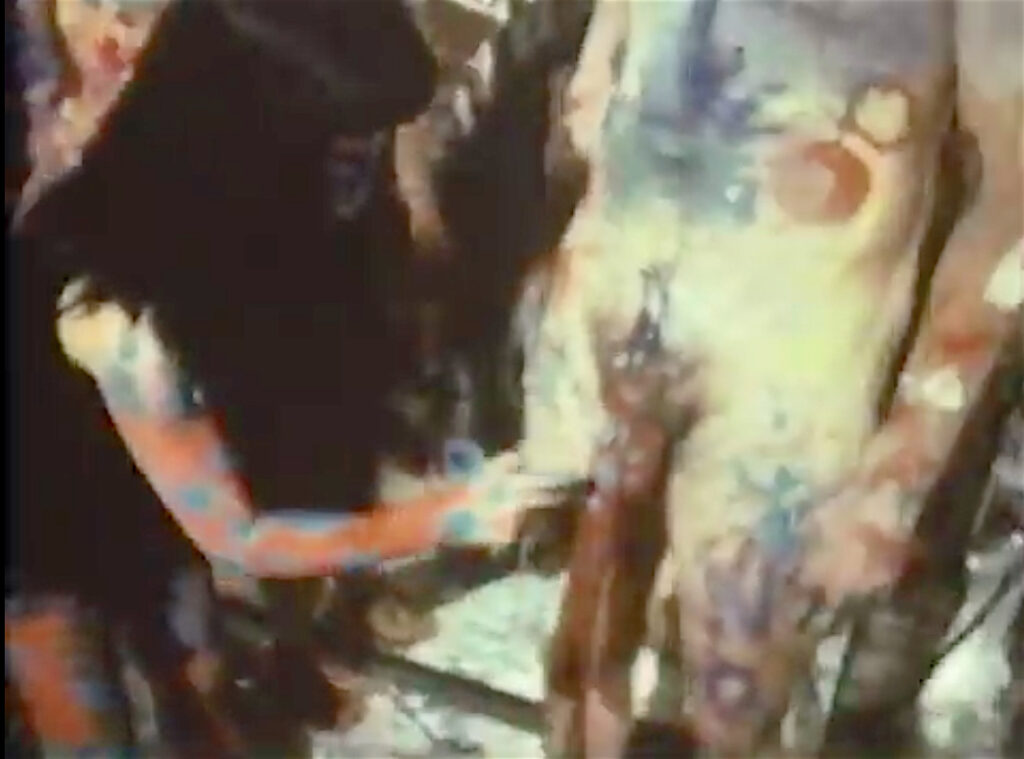
Yayoi Kusama – Kusama’s Self Obliteration (1967) Part 1
Yayoi Kusama – Kusama’s Self Obliteration (1967) Part 2
Yayoi Kusama – Kusama’s Self Obliteration (1967) Part 3
In case these youtube videos will be censured, here’s the archival URL-address:
Link_https://www.youtube.com/watch?v=7h0hExzfS5Q
Link_https://www.youtube.com/watch?v=NOd99fqGjto
Link_https://www.youtube.com/watch?v=KGHr-KS5gz4
Kusama understood excellently how to engage photographers for her professional advancement. Often, an intimate relationship developed over a long period of time, resulting in quite impressive documentaries for posterity.
An important person as a bridge builder for Kusama between Japan and the United States was the photographer 細江英公 HOSOE Eikoh. Unfortunately, this important aspect is not treated at all in reviews, treatises, catalogues and books about Kusama. Quel dommage.
Hosoe can be considered as the genius loci of 三島由紀夫 MISHIMA Yukio’s publicly displayed narcissism. Without Hosoe, Mishima would not have been able to live out his pretentious, homoerotic infatuation with himself, the pathological fixation on Western, that is, Greek fascist, aesthetics as a psychopath. Hosoe’s, in 1961 and 1962 created, body of work 薔薇刑 “Killed by Roses” / “The Ordeal by Roses” on MISHIMA Yukio, published in 1963, remains world famous. In these photographs (the copyright belongs to Hosoe) equipped with technical tricks (double exposure, effect filters), the influence of Japanese Surrealism is clearly visible. A complex, difficult darkroom technique, the compositing of negatives produces a dream-like or mythological effect, heightened by the stark contrast and suggestive imagery.
Another influential, famous body of work by Hosoe, called 鎌鼬 KAMAITACHI from 1965 was created in collaboration with the Butoh dancer 土方巽 HIJIKATA Tatsumi.
三島由紀夫のホモエロティシズム写真作品 © 細江英公
MISHIMA Yukio’s homoerotic photoworks © Eikoh Hosoe
https://art-culture.world/articles/mishima-yukio-homoerotic-photoworks-eikoh-hosoe/
It is in this temporal context that one must understand the sensational spirit of creation between these two Japanese, KUSAMA Yayoi and the “turbocharger”, media multiplier HOSOE Eikoh in 1964 and 1965. The extraordinary, analog taken, photographs were made with trick filters, newly developed for the time, which for Kusama underpinned the surrealist aspect in her artistic universe. Her often used explanatory term “self-obliteration” has to be understood in this crucial collaboration between Hosoe and Kusama.
For me, this was clear proof that Kusama had remained a surrealist even during her art practice in New York. In other words, she infused Japanese Surrealism into Contemporary American Art.
In 1964 Hosoe took the first pictures of Kusama reclining erotically on “Phalli’s Field”, created in her studio. The photographs were in black and white.
Later in 1965 Hosoe took the world famous color pictures of Kusama in her installation work “Phalli’s Field” at the Castellane Gallery, New York.
Nota bene: Kusama called the work not “Infinity Mirror Room”, as printed later in almost every publication, but “Phalli’s Field”!
The penis as sculptural work.

ここに載せた写真は、すべて「好意によりクリエーティブ・コモン・センス」の文脈で、日本美術史の記録の為に発表致します。Creative Commons Attribution NonCommercial-NoDerivative Works photos: cccs courtesy creative common sense

ここに載せた写真は、すべて「好意によりクリエーティブ・コモン・センス」の文脈で、日本美術史の記録の為に発表致します。Creative Commons Attribution NonCommercial-NoDerivative Works photos: cccs courtesy creative common sense
The Art Newspaper, 28 March 2019
The Hirshhorn acquires a reconfiguration of Yayoi Kusama’s first Infinity Mirror Room
The 1965 work, Phalli’s Field, was a breakthrough in the artist’s career
The Hirshhorn Museum and Sculpture Garden in Washington, DC, has bought Yayoi Kusama’s reconfiguration of her very first Infinity Mirror Room, Phalli’s Field. This 2017 version of the original 1965 room appeared in the recent six-city North American touring exhibition organised by the museum, Yayoi Kusama: Infinity Mirrors, which drew sell-out crowds in every location and ended on 17 February at the High Museum in Atlanta. Its popularity helped send the Hirshhorn’s visitor numbers in 2017 past the 1 million mark for the first time in nearly 30 years.
“The exhibition had such an impact on the museum, and we began to think about adding something to the collection,” says Melissa Chiu, the director of the Hirshhorn. The museum already had three Kusama works, the recently-acquired Pumpkin (2016), a painting and an early sculpture. Phalli’s Field, Chiu says, is “art-historically important” and complements the collection’s strength in 1960s works. The museum purchased the installation for an undisclosed sum from Kusama’s Tokyo gallery, Ota Fine Arts. Chiu says the acquisition will go on view at the Hirshhorn in 2020.
When Kusama—who turned 90 last week—first exhibited Phalli’s Field at the Castellane Gallery in New York in 1965, it was deemed a breakthrough. For two years she had been sewing and stuffing dozens of cotton protuberances, painted with red polka dots, attaching them to chairs and other objects, and grouping them to evoke a terrain of phalluses. But the labour was intensive, and she alighted on the idea of using mirrors to achieve the desired effect.
“The stuffed protuberances—which were multiplied through infinite reflection—enveloped the viewer,” writes Catherine Taft in Phaidon’s 2017 revised monograph on Kusama, “creating an almost psychosexual encounter with one’s own body and image.” Photographs of the 1965 installation show the artist immersed in the work.
Kusama reconceived Phalli’s Field, which measures roughly 15ft by 15ft by 8ft, for the North American tour, displaying it in a closed room instead of an open space, Chiu says. There are two other editions of the work: one at the Museum Bojimans Van Beuningen in Rotterdam and another at the Fondation Louis Vuitton in Paris.
https://www.theartnewspaper.com/2019/03/28/the-hirshhorn-acquires-a-reconfiguration-of-yayoi-kusamas-first-infinity-mirror-room
With this in mind, I hope one day to see this body of work by Kusama and Hosoe published as a book. Please take into consideration: both artists are still alive, means, a huge promotional event can be organised.

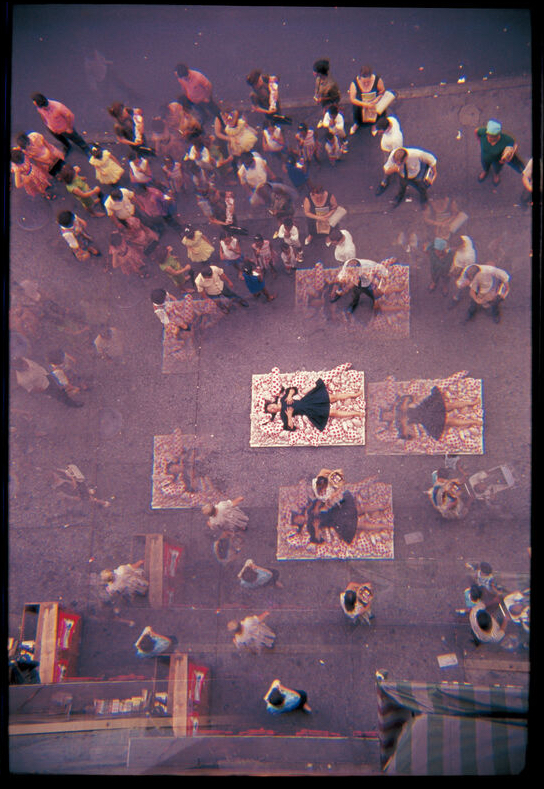
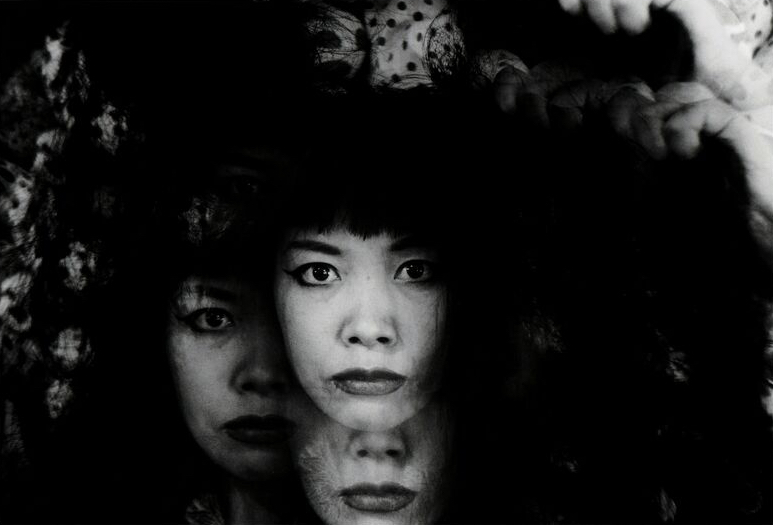

Asahi Newspaper, March of 1993. Shortly before Kusama was having her solo exhibition in the Japanese Pavillon at the 45th Venice Biennale.
May I hereby tell you first my impressions I got from Venice.
As I introduced Kusama with all my passion and energies in the Asahi Newspaper, my intention was to see her officially approved (in comparison to her guerrilla performance in 1966) Venice Biennale appearance, too. The travel from Tokyo to Venice paid by myself.
Of course, my expectations were high, since each country, with its own pavilion, was to present its best artist in the world’s most prestigious “art fair”.
Unfortunately, the exhibition disappointed us visitors badly. A not very convincing curatorial practice, lovelessly designed, poor explanations, dusty, with bent pictures of Kusama on the wall.
Although Kusama was well known in the global curators’ scene, she did not win any prize. Not even an embarrassment prize. Nothing.
Compare this fact to the prize won by the artist of the Tokyo gallery AOYAMA MEGURO 田中功起 TANAKA Koki in 2013, given by the jury of the 55th Venice Biennale.
The blame clearly lies with the mediocre, arrogant curator 建畠晢 TATEHATA Akira. A curatorial fiasco by TATEHATA, which he refuses to admit to this day. I do not want to go into the aspects of his power harassment towards KUSAMA, plus his elitist behaviour when talking to people.
TATEHATA Akira:… There was a lot of criticism of this plan, and I often heard people say that if I was going to do Kusama, I should go with Kitsch, postmodern Kitsch. Some said that the entire room should be covered in polka dots, and that it should be fully displayed. But I decided to go orthodox. My idea was to introduce KUSAMA Yayoi at a turning point in the history of art. I was absolutely determined to show the net painting and penis furnishings I mentioned earlier. Fortunately, all the negotiations for the exhibition went well. But it was difficult to control Kusama. I first said to Kusama, “This is my exhibition, so don’t say anything at all” (laughs).
IKEGAMI: What did Kusama say when she heard that?
TATEHATA: Kusama said, “hmm”. She was thinking about it because I told her that I was going to select her as a representative for the Venice Biennale. But I formed a tight besiegement around her, together with my assistants TAKAKURA Isao and OTA Hidenori, from Fuji Television Gallery. So we persuaded her, and I chose the works as I wished.
Even so, it was a difficult task. They kept trying to add more and more works by Kusama. I had no choice but to take them to the venue and persuade them not to hang them (laughs). There are many episodes, but for my part, I think I put on an ideal exhibition. However, I still feel that Kusama’s reputation in Japan is still like that of a pumpkin lady. I installed that pumpkin section, however, the other 2/3 became a different context of the exhibition.
There was some criticism, but I didn’t look to the right or left, and I went with the orthodox approach. But my exhibition didn’t win any awards. Everyone was talking about it, but I heard later that one female juror was against it.
I told Kusama, “It was well received, so it was a great success,” but she seemed to be disappointed. I said, “It doesn’t matter if you win an award. Do you know who won the last award, Kusama-san? I don’t know anyone. When Rauschenberg and MUNAKATA Shiko won the awards, they were very influential, but nowadays, everyone forgets about the awards after a month. But after I saw Kusama again the next day, she asked, “Why didn’t I win an award?”
建畠晢:…この方針には批判が多くて、草間さんをやるんだったら、キッチュ、ポストモダン・キッチュでいけという意見をよく聞きました。あの部屋を全部水玉にして、全面的に展開させるべきだよという声もあった。しかし僕はとにかくオーソドックスにいこうと思ったのです。美術史のなかでのターニング・ポイントの草間彌生を紹介するという考えが全面的にあった。さっき言ったネット・ペインティングとペニスのファーニチャーは絶対出そうと思った。幸いなことに、全部出品交渉がうまくいった。でも、草間さんをコントロールするのが大変だった。草間さんに最初に「この展覧会は僕の展覧会だから一切発言しないでくれ」って言ったのよ(笑)。
池上:それを聞いた草間さんはどう言われたんですか。
建畠:草間さんは、「うーん」って言っていた。ヴェネチア・ビエンナーレの代表に選ぶということから言ったから、考え込んでいたね。でも、アシスタントの高倉(功)くんとか、フジテレビにいた大田(秀則)くんと包囲網を作って説得して、思うように選んだんですよ。それでも大変だったけどね。どんどん作品を増やそうとするからさ。もうしょうがないから会場まで持っていって、これは掛けないほうがいいでしょうと言って説得した(笑)。いろんなエピソードがありますけど、僕としては理想的な形の展覧会をやったつもりです。ただ、日本での評価はカボチャのおばさんみたいな感じが今もありますね。そういう部分も出したんだけど、そうじゃない部分を3分の2くらいにした。批判もありましたが、僕は右顧左眄しない、オーソドックスにいくということを貫いたんです。でも、これは賞が取れなかった。みんなが話題にしていたんだけども、ある女性審査員が反対したという話を後から聞きましたが。
「評判よかったから大成功ですよ」って言ったんだけど、草間さんはがっかりしたようでした。「賞なんか獲ったって、どうってことないですよ。草間さん、前回の賞を獲った人知っていますか。誰も知らないですよ。ラウシェンバーグとか棟方志功が獲ったときは影響力があったけども、今は賞なんて1ヶ月もしたらみんな忘れてしまいますよ」って言ったら、「そうね」って言う。だけど、また次の日に会ったら、「何で賞とれなかったの」って(笑)。
full text:
https://oralarthistory.org/archives/tatehata_akira/print_02.php
Back to my encounter with Kusama in 1993. Irritating questions popped up in my head. What am I going to ask a mature, 64 year old, woman with Electra Complex? Who was living since 1977 in a psychiatric hospital by her own choice.
See the work she executed one year before entering the SEIWA Hospital 神経研究所附属 晴和病院.
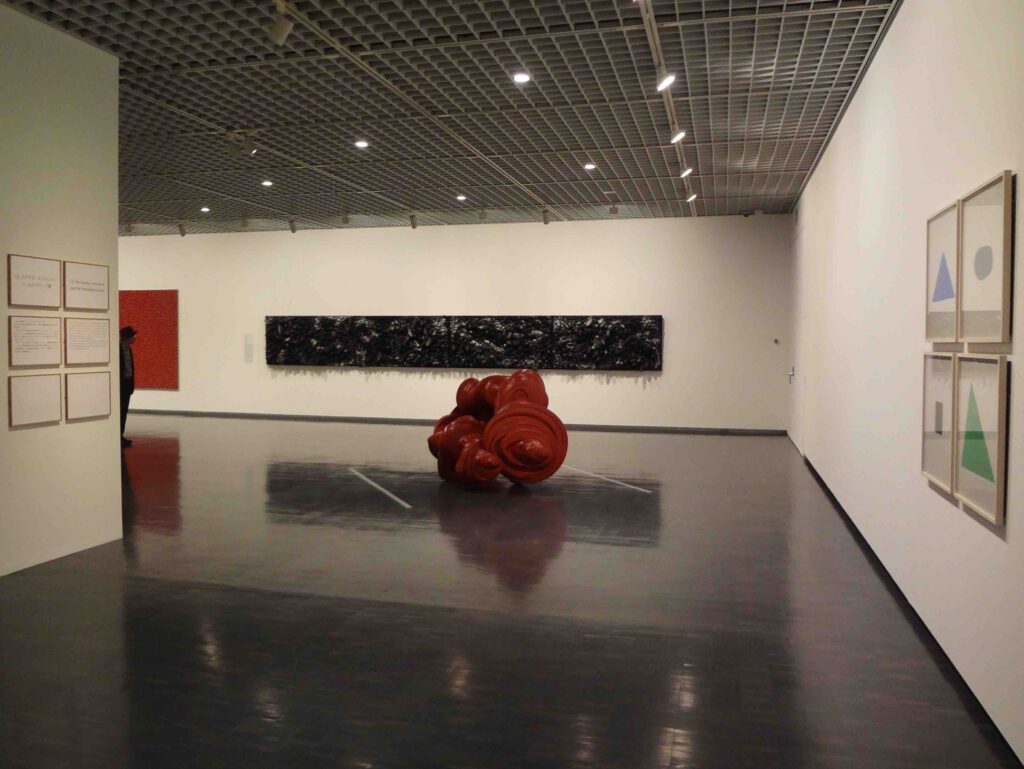
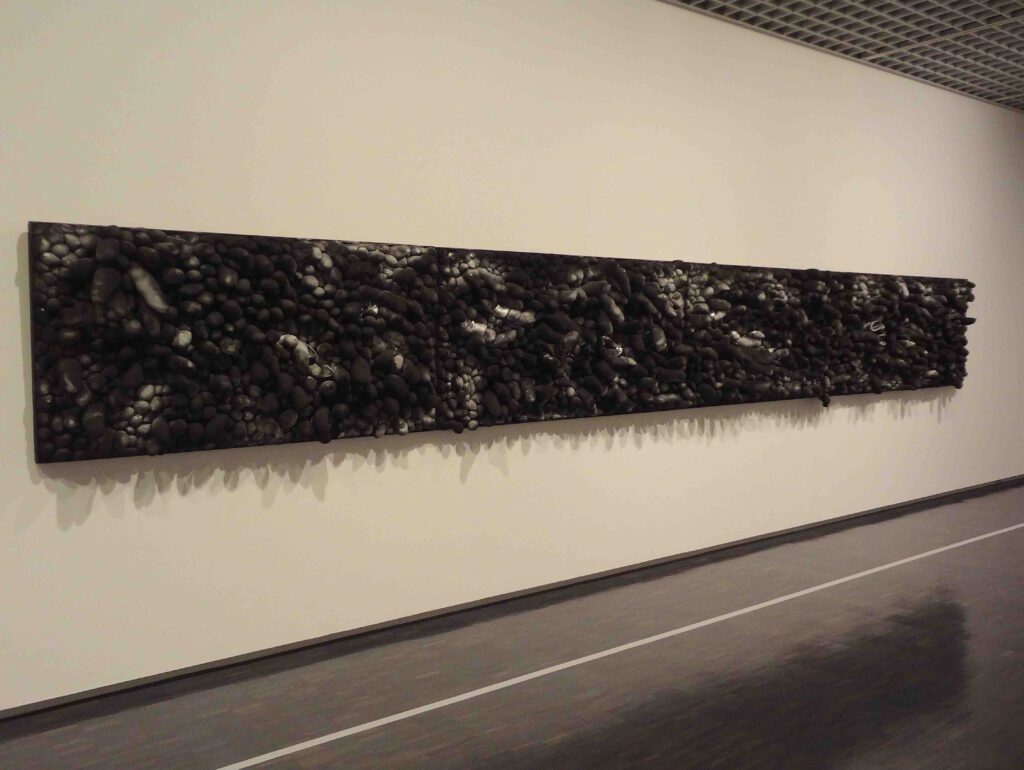
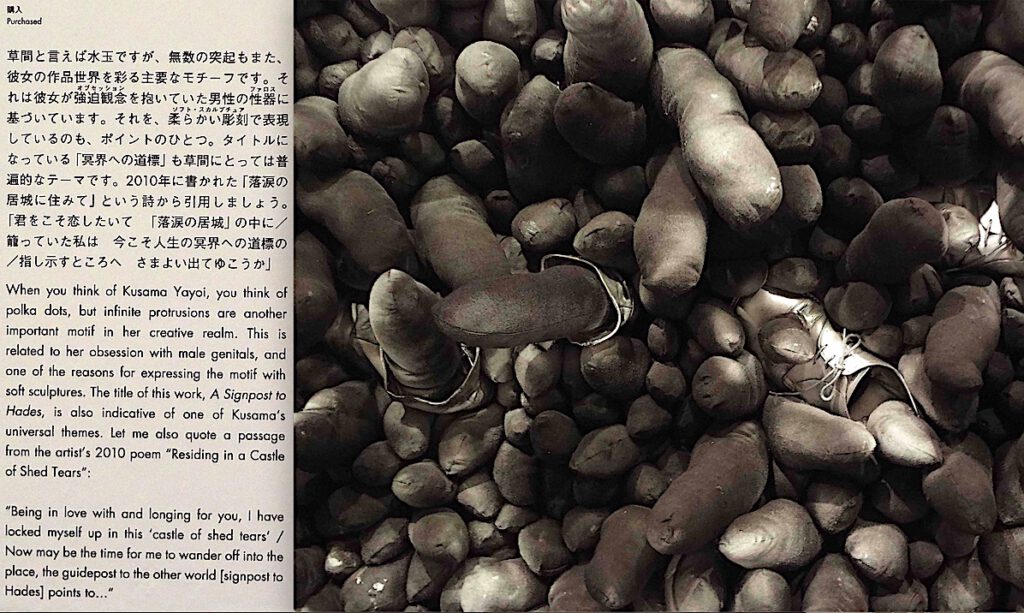
Kusama, who, after returning to Japan, performed naked in front of Tokyo’s Imperial Palace. Who, in 1968/69 let her nude protagonists fuck during her performances or in the Rockefeller Garden at the Museum of Modern Art in New York. Who, as a person with Japanese Passport, a non-U.S. citizen, organised political demo-happenings in New York against the government of the United States of America. To put her practice into the appropriate context of state sovereignty, Kusama organised foreign infiltrated demonstrations in New York. Her action of this kind could be considered treason.
A woman, who “disguises” herself behind schizophrenia, and says publicly, referring to her dominant mother, she has nothing to do with feminism.
Coming from a sexually liberated, personal environment of feminism in West-Berlin, my impression about Kusama became clear: I told her, after some questions, that through her works I analysed, she doesn’t like sex. Yes, you’re right, she replied.
That’s one of the many reasons, after 30 years, I may today proclaim that most of her works, sorry to say it publicly, I find extremely boring. The latest body of works even unbelievably kitschy. What’s going on with you, Ota-san 大田秀則さん?!
Specter of John Baldessari:
“I Will Not Make Any More Boring Art”.
“I Will Not Make Any More Boring Art”.
“I Will Not Make Any More Boring Art”.
Her public statements in recent years transmit a kind of childish naiveté (lack of conscience?), implying an out-of-touch attitude, irrelevance, which can become dangerously misleading for the audience of her exhibitions, in the context of our actual status quo as world citizens, where REALPOLITIK influences our precious, expedient daily life. If you continue to dream, not going to vote, you will be killed by the “enemy”, see the countries where war or war-like political tensions are going on.
The reader may hereby rightly notice, that I am talking more about myself than objectively transporting Kusama’s art world. In this communicative dialectic exchange, one’s own position becomes analytically crystal clear.
I want to experience the real thing, an artist’s straight sexual vibrations and not some fake, hidden, misinterpretion-leading expressions. From any gender and sexual orientation.
Said that, after all, I highly respect Kusama’s sincere political engagements during the Vietnam War / Second Indochina War / Vietnam Conflict / Resistance war against the United States / and other termini. Despite the problematic context of being a non-U.S. citizen, explained above.
Her activities were not for the purpose of scandalisation or any monetization and commodification.
I can feel her honest artistic purpose, a kind of social function of an artist / art worker, in contradiction to Mike Kelley’s definitions, quote: “Art doesn’t have anything about power relationship. It’s simply but fucking things up with the pure pleasure of fucking them up. The only social function of art is to fuck things up. It has no other social function. Purposely purposeless.”
Together with her manager James Golata, Kusama established in 1969 the “KUSAMA ENTERPRISES & INTERNATIONAL FILM PRODUCTIONS”. In symbiosis with other Fluxus artists (but not with rival ONO Yoko 小野 洋子), a natural revolutionary pro-political agenda developed, mirroring the slow paradigm shift in conservative U.S. society during those times. Open-city New York. American Zeitgeist notion vs. matter of conscience.


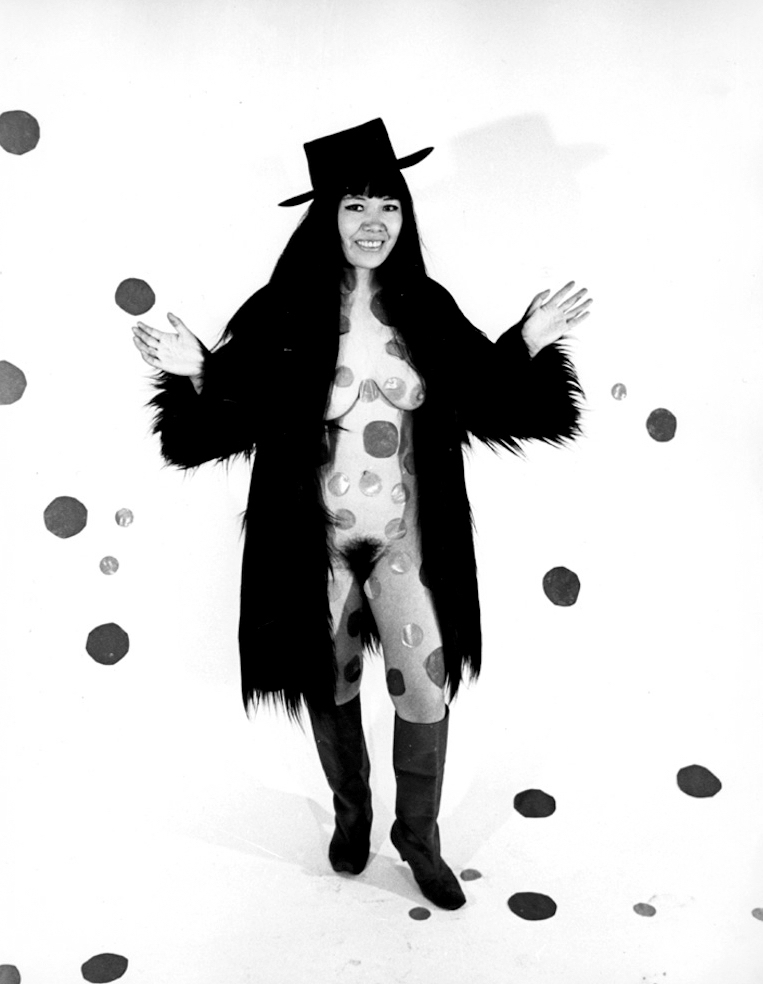
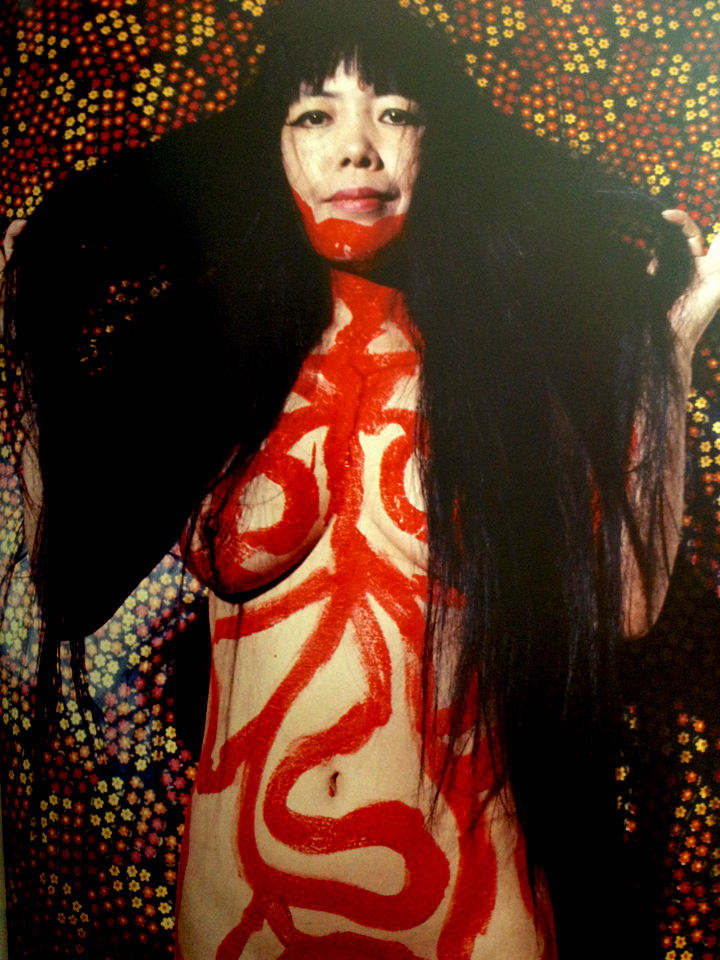
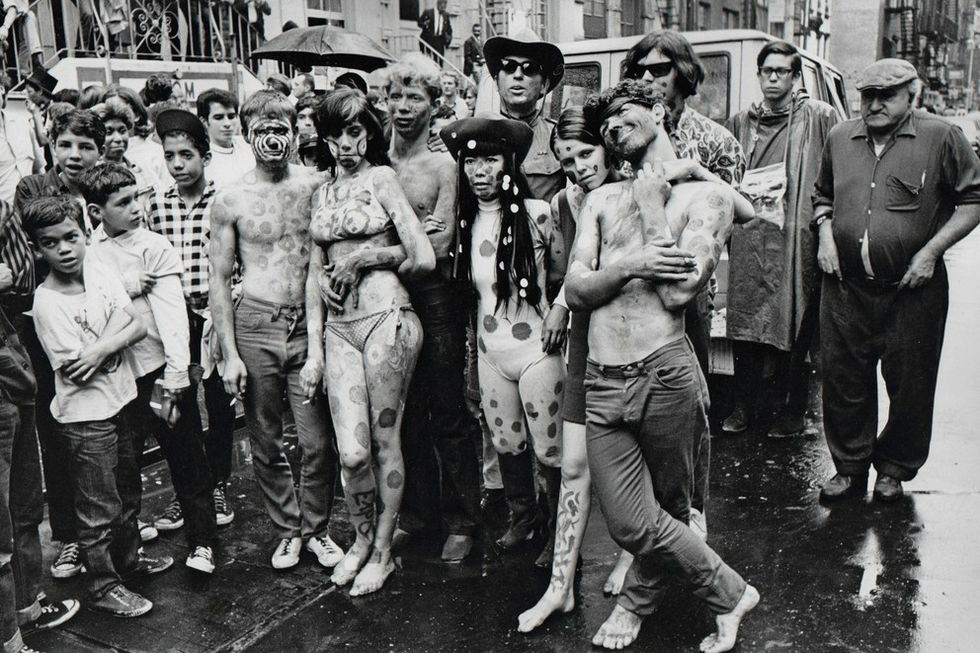

During 1968 she offered in an open letter Richard Nixon sexual intercourse in exchange for withdrawing US troops from Vietnam.

Signaling to her peers and collectors, you “may” fuck with Kusama, “if” time and muse allow. The Sexual Revolution movement around the globe had been radically adapted through her performance practices called “Happenings”, “Nude-in”, “Love-in”, “Anatomic Explosion”, “Grand Orgy to Awaken the Dead” or “Atomic Explosion” (see the pic from 10th of September 1968).
Visually we can easily notice the Zeitgeist also via her hairstyle, make-up, “dress-codes”, fashion business, liberating body expressions.
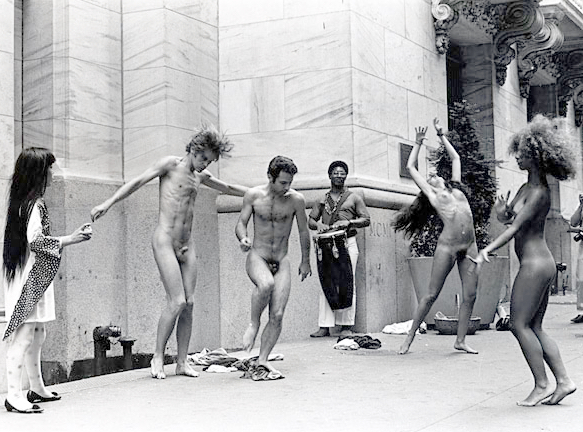
草間彌生 KUSAMA Yayoi performance “Anatomic Explosion” New York Stock Exchange, 1968. Kusama offered Richard Nixon sexual intercourse in exchange for withdrawing US troops from Vietnam.
KUSAMA Yayoi’s press release for “Naked Protest at Wall Street”, New York, 10.30 a.m., Sunday 15 October 1968
STOCK IS FRAUD!
STOCK MEANS NOTHING TO THE WORKING MAN.
STOCK IS A LOT OF CAPITALIST BULLSHIT.
We want to stop this game. The money made with this stock is enabling the war to continue. We protest this cruel, greedy instrument of the war establishment.
STOCK IS FOR BURNING.
STOCK IS FOR BURNING.
STOCK MUST BE BURNED!
Don’t pay taxes. Stop the 10 per cent tax!
Burn Wall Street.
Wall Street men must become farmers and fishermen.
Wall Street men must stop all of this fake ‘business’.
OBLITERATE WALL STREET MEN WITH POLKA DOTS.
OBLITERATE WALL STREET MEN WITH POLKA DOTS ON THEIR NAKED BODIES.
BE IN… BE NAKED, NAKED, NAKED.
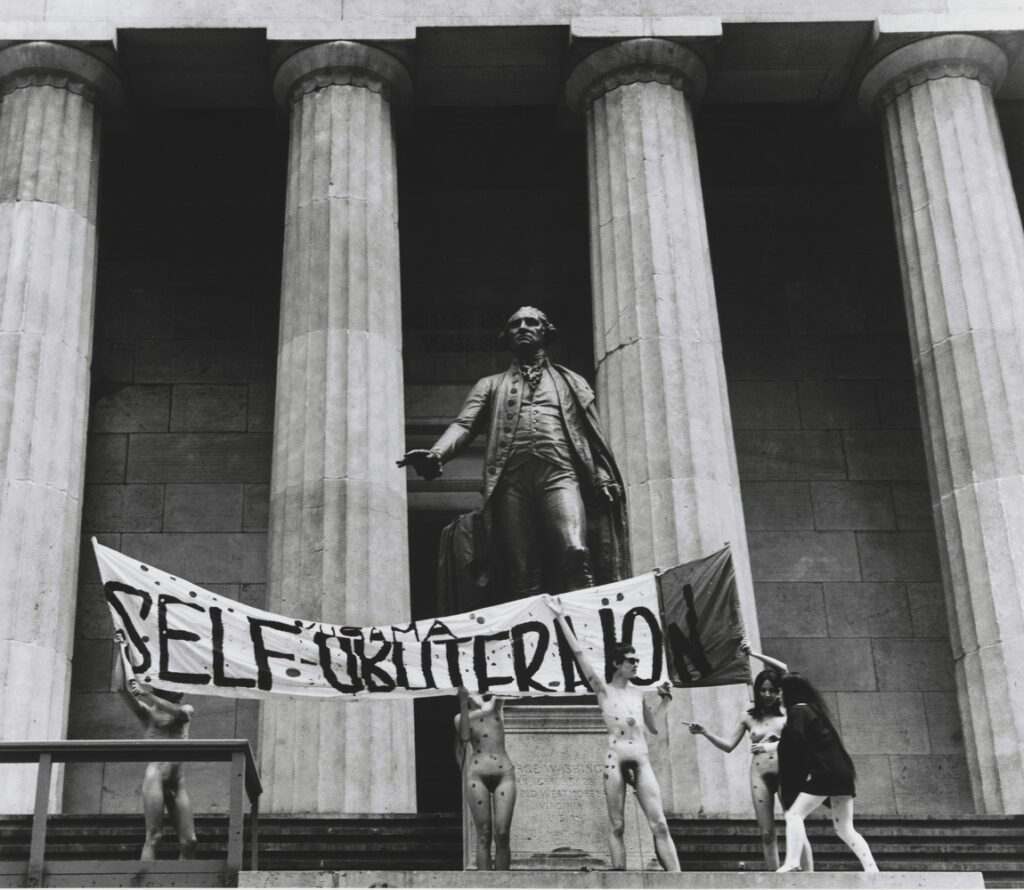
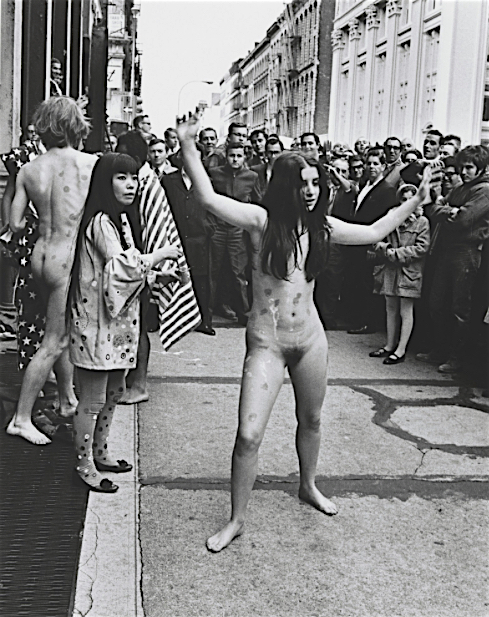
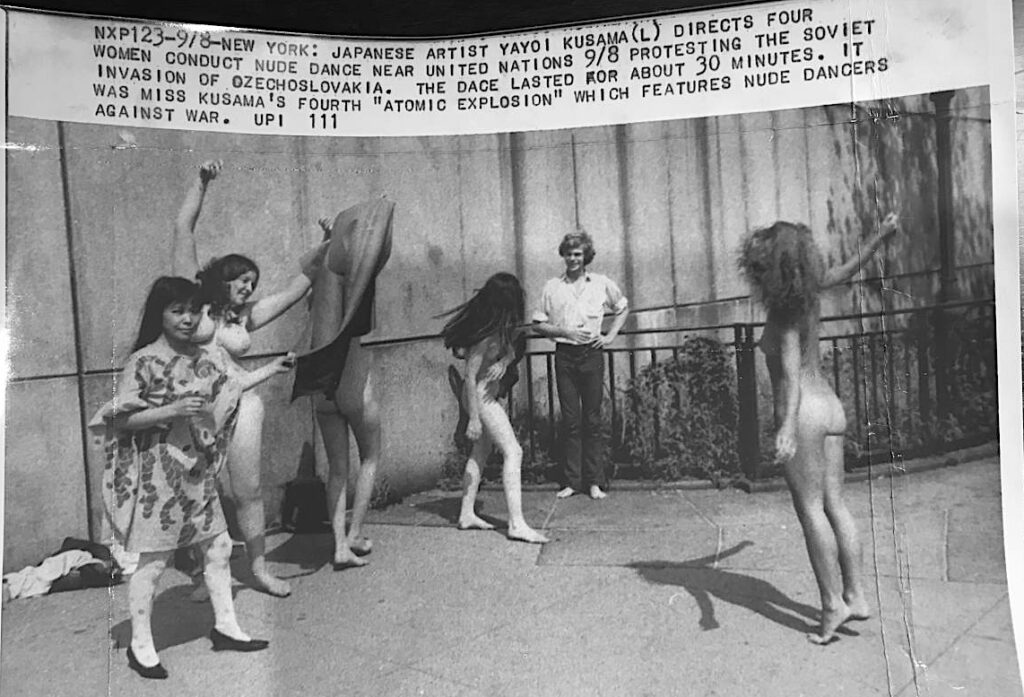
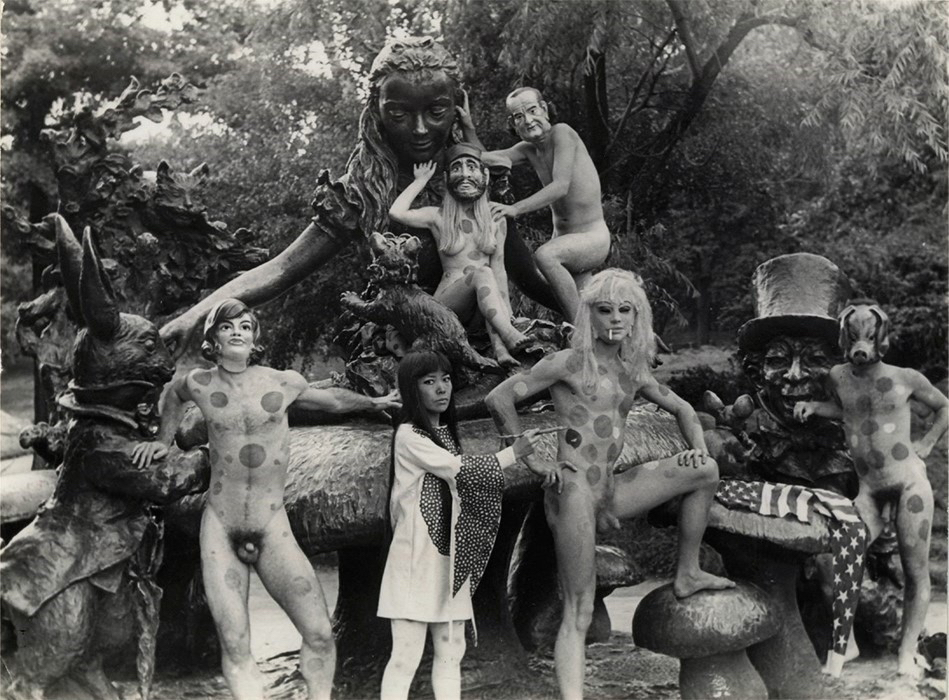

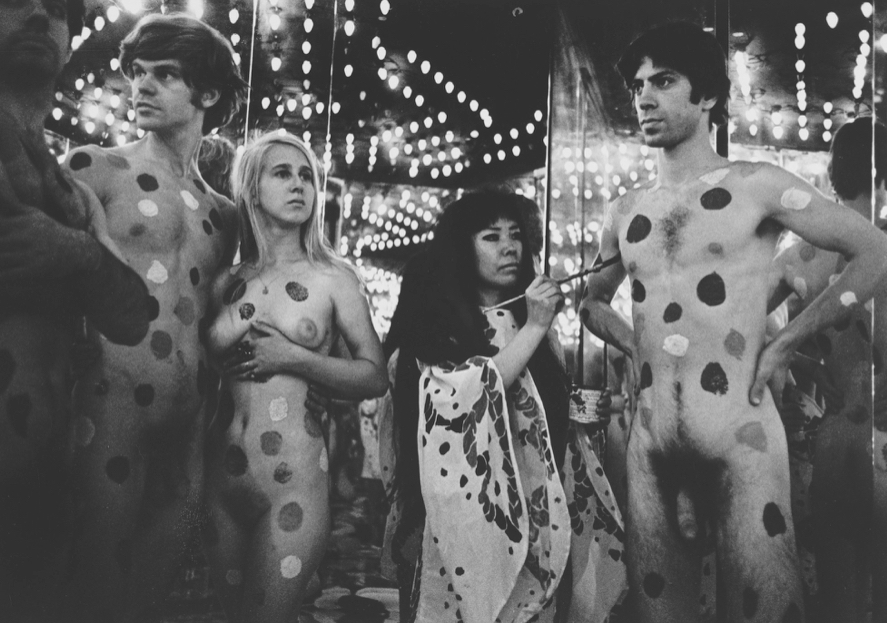
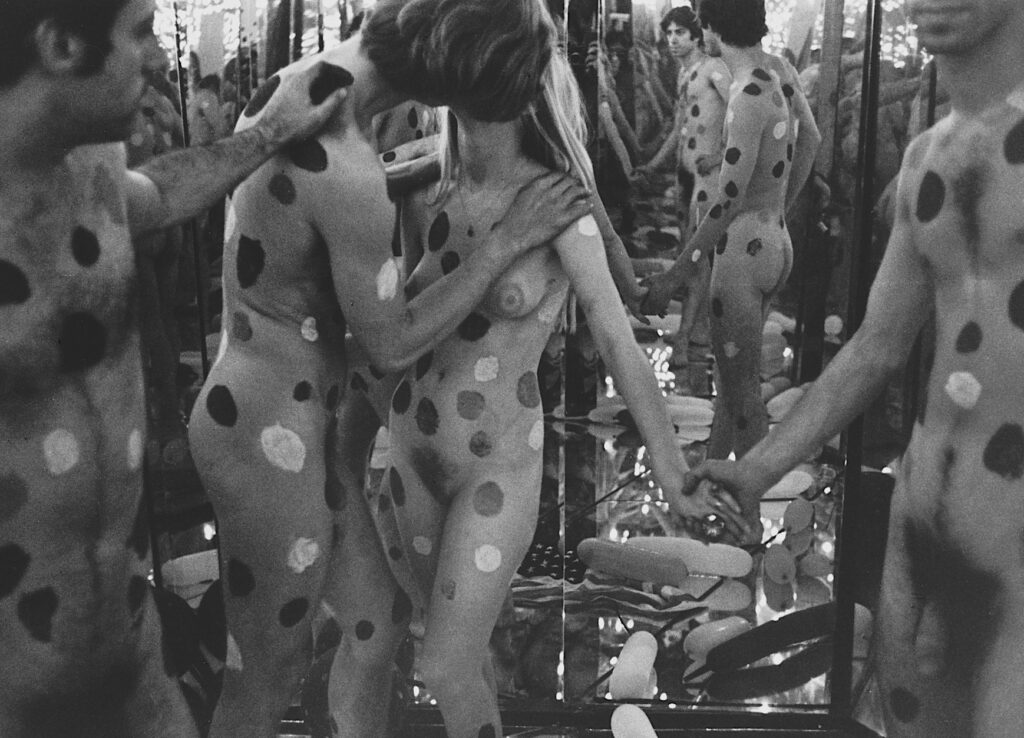

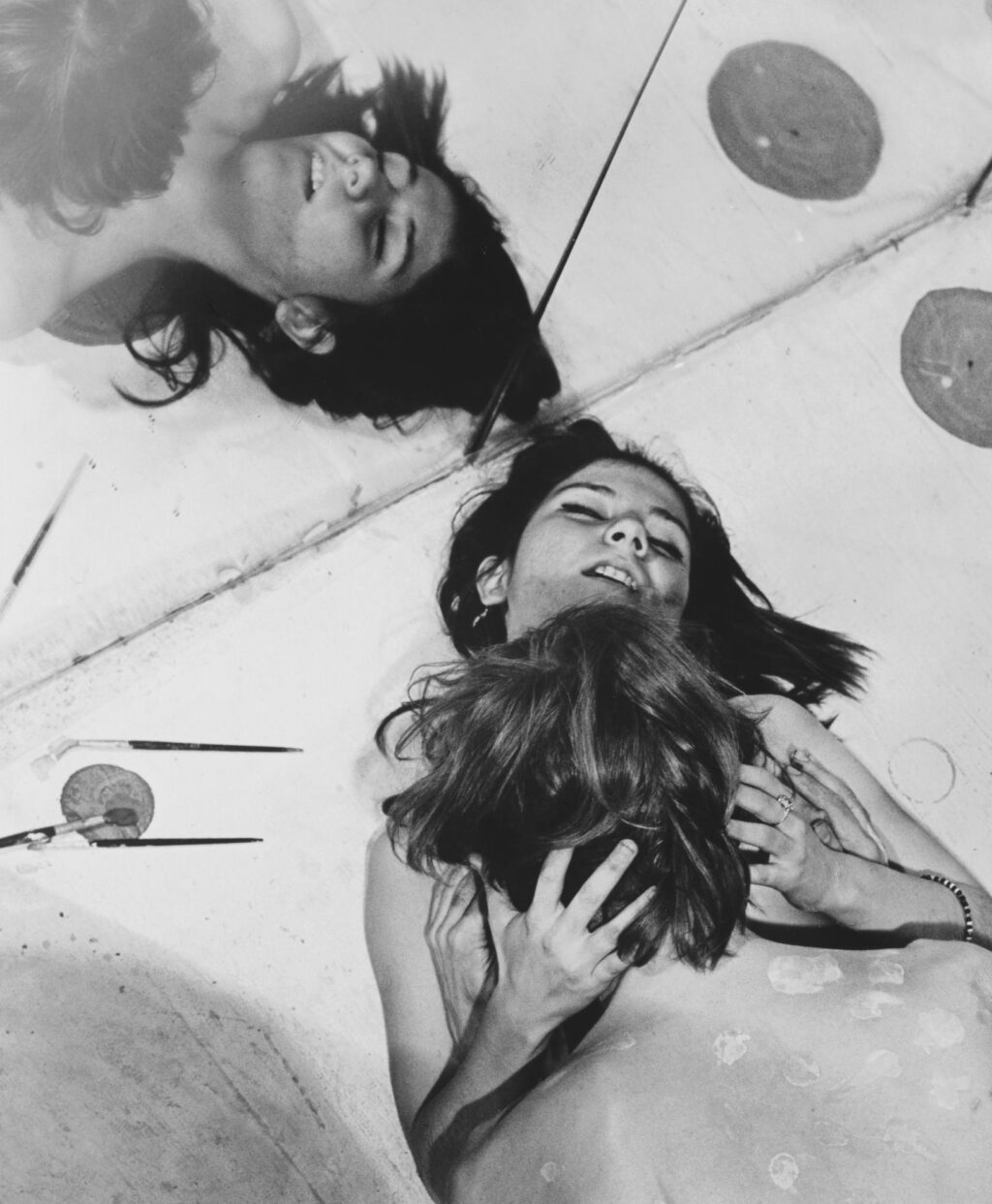
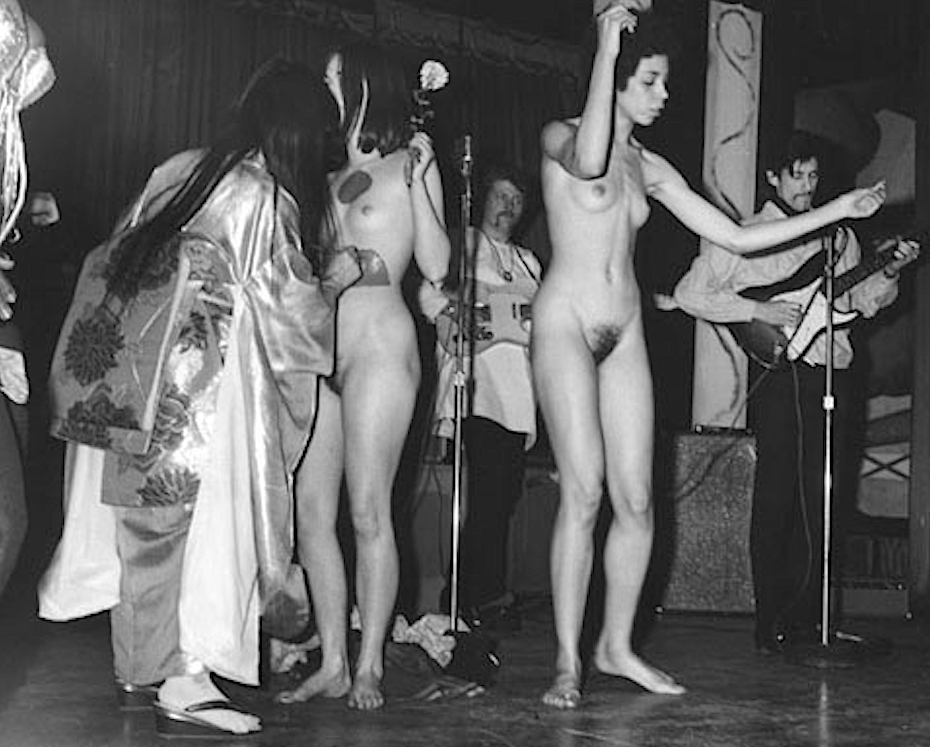
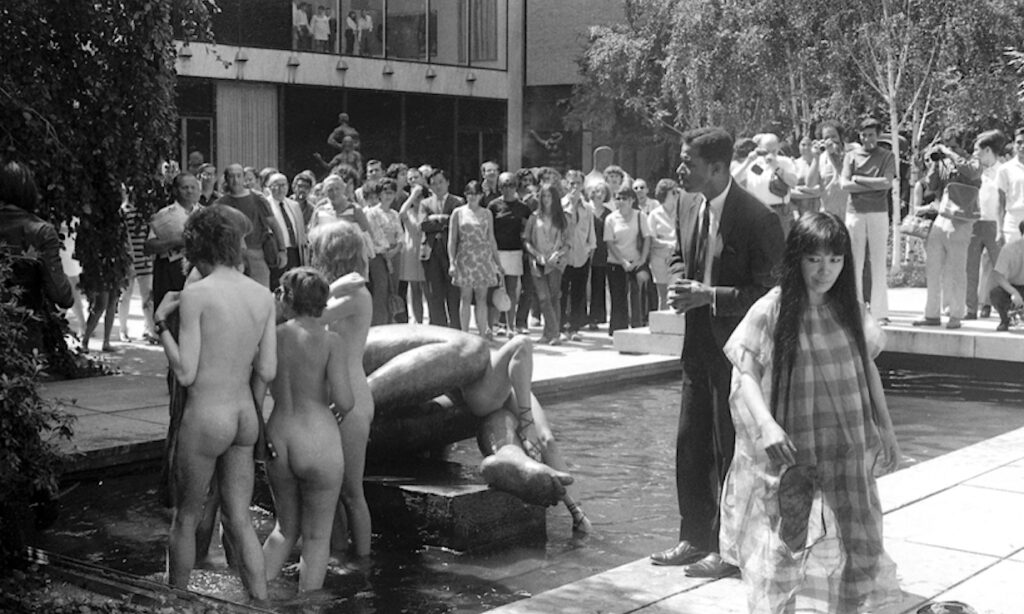
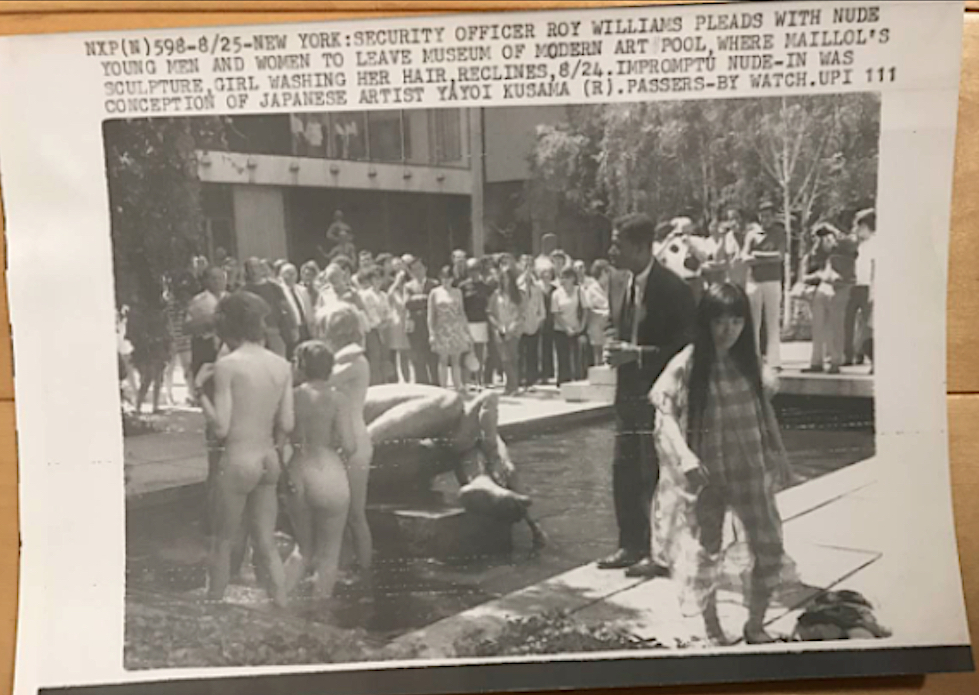

Tomorrow, the 12th, real precious jewels by Kusama will be auctioned at Bonham New York. The estimates had been fixed conservatively. I won’t be surprised to see satisfactory results for the auction house. The sale comprises three paintings and eight works on paper that Japanese surgeon HIROSE Teruo 廣瀬輝夫 acquired directly from Kusama as gifts during her early career in exchange for medical care. Hirose, who died in November 2019 at the age of 93, emigrated to the U.S. from Japan in the 1950’s and went on to become a cardiovascular surgeon based in the Bronx, NY.
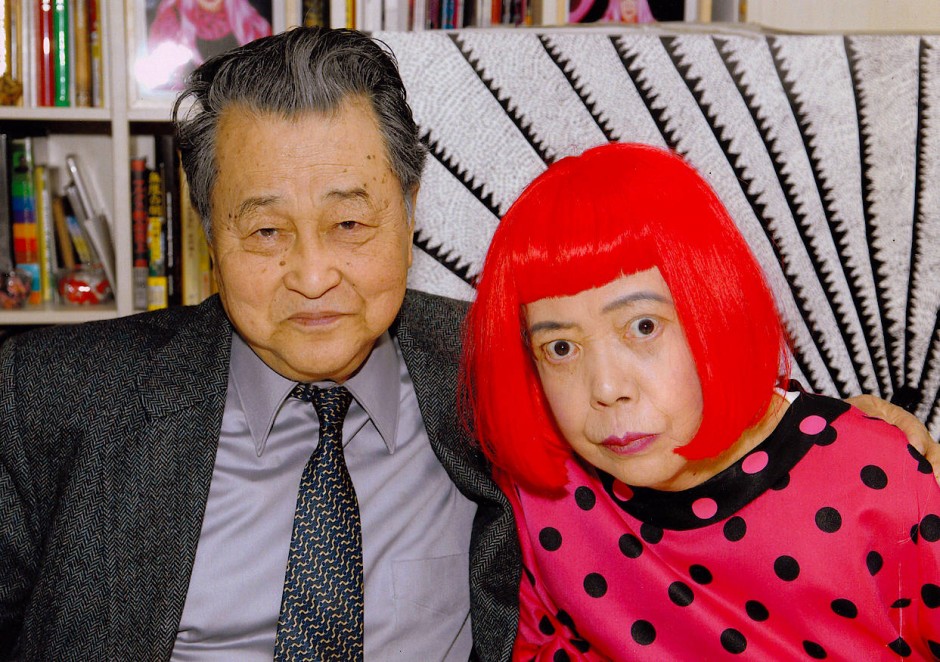
For further behind-the-scene informations, listen to Ralph Taylor from Bonham.
“The market for Kusama today is completely global. She can be understood by everyone because her work is not political, there’s no text and these days there’s nothing sexual. It is in fact made up of two distinct markets, the recent more kitsch production, and her older work, which we are presenting. Both are received favourably in terms of demand.”
Kusama
The Collection of the late Dr Teruo Hirose
12 May 2021, starting at 12:00 EDT .
New York
https://www.bonhams.com/auctions/26989/
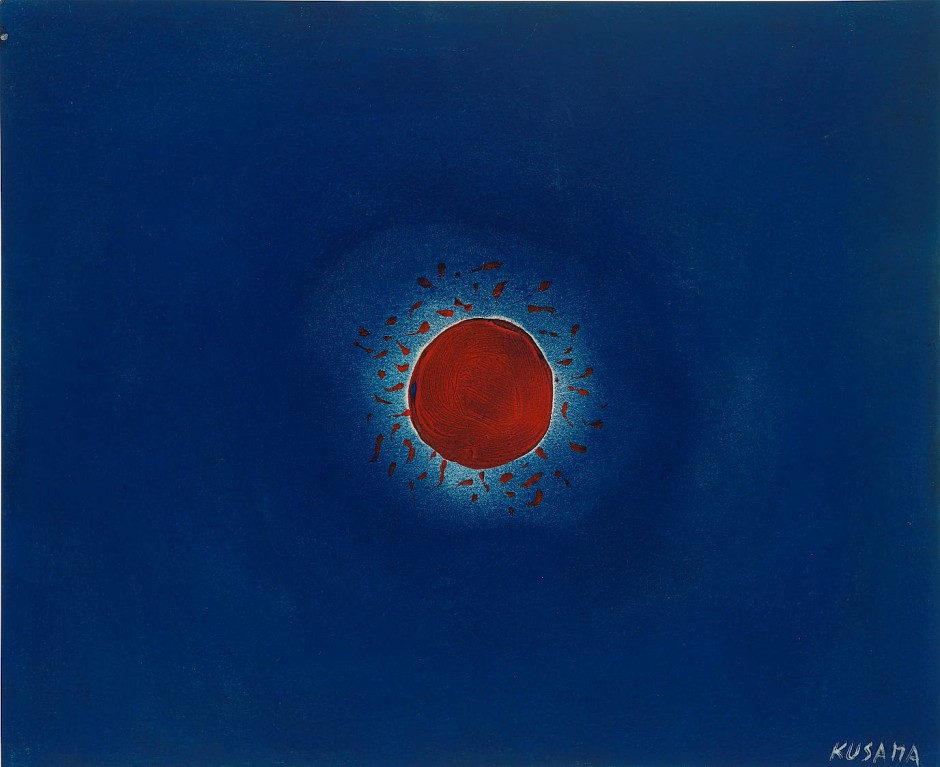
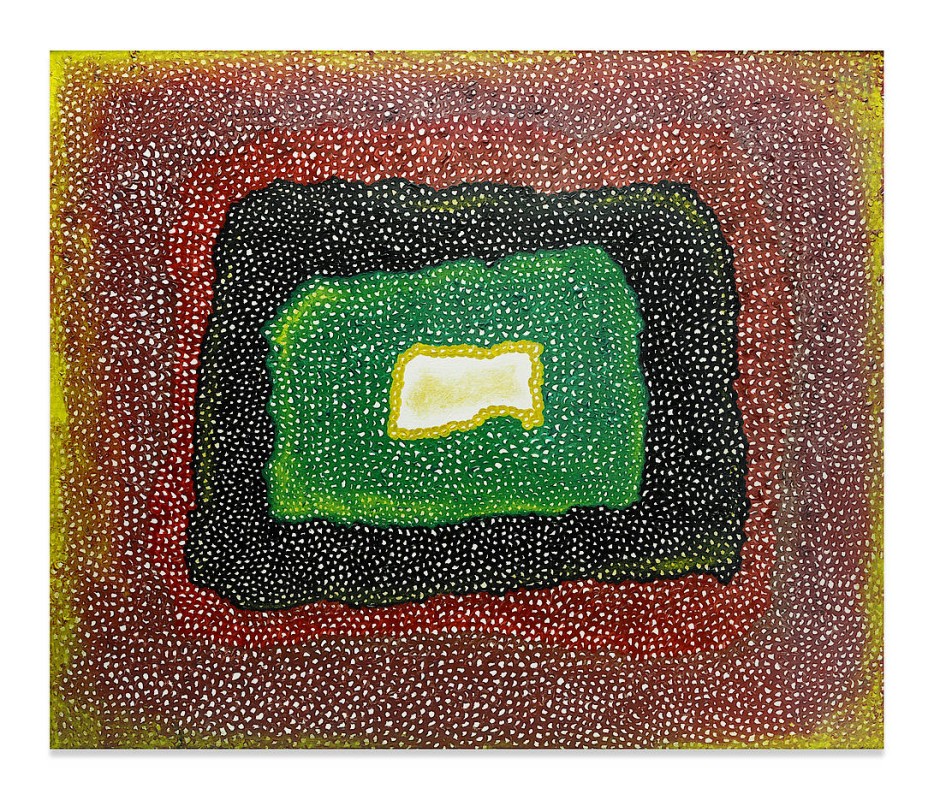
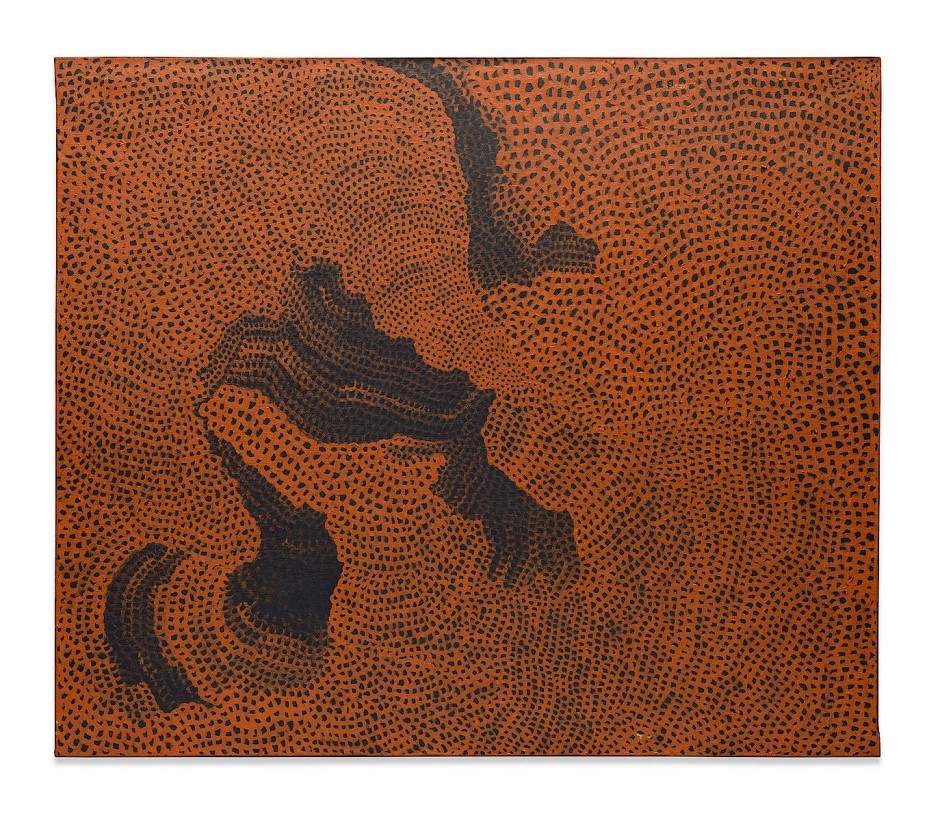
up-date 2021/5/13:
A group of 11 early works by Yayoi Kusama from the late 1950s and early ’60s that have been in private hands for six decades sold on Wednesday for a collective $15.2 million—almost double the pre-sale expectation of $8.8 million—at Bonhams during a postwar and contemporary art sale in New York.
The top lot of the collection was a 1965 painting, Untitled, that depicts a variegated pattern of colors emanating from a central point, in a composition foreshadowing the look of Kusama’s later mirror boxes. It sold for $4.6 million with the buyer’s premium, against an estimate of $2.5 million. Other highlights were Mississippi River (1960) and Hudson River (1960), featuring early examples of Kusama’s signature “Infinity Net” motif. Those two works sold for a combined $7.6 million, against an estimate of $6 million.
The eight works on paper, mostly completed when Kusama was in her 20s, also far outpaced their individual expectations. Each sold for prices between $300,000–$500,000, against low estimates of $60,000–$80,000.
Art dealer Glenn Scott Wright, from Victoria Miro Gallery, works as a direct “pipe-line” to Kusama, her studio and Ota Fine Arts Gallery in Tokyo. I am not very sure, but it seems he’s covering the European region. David Zwirner may cover the Americas and Ota Fine Arts the Asian territories.
In a case by case complex curatorial situation, there could be overlaps. However, I do regard these galleries as a good choice by Kusama, symbiotic ménage à trois, without being at loggerheads with her future exhibitions.
Because of COVID-19, the retrospective in the Martin Gropius Bau, Berlin had to be postponed several times. Two weeks ago it finally opened, see the video below. Mr. Wright emphasises that Kusama, now 92, won’t participate anymore in group shows, as the waiting list for solo exhibitions in museums around the world is getting longer. Marvellous news for all involved. Said that, I remember her Japanese dealer saying: Kusama won’t paint small pumpkin pictures on canvas anymore. Admit, you do remember but didn’t buy. Kitschy, boring, decorative junk for your kitchen wall behind the door, right? You could acquire them until “recently” for some 2.000 bucks…
Glenn Scott Wright (Victoria Miro Gallery) about Yayoi Kusama (2021)
Yayoi Kusama: Eine Retrospektive
A Bouquet of Love I Saw in the Universe
23. April bis 15. August 2021
Martin Gropius Bau, Berlin
https://www.berlinerfestspiele.de/de/berliner-festspiele/programm/bfs-gesamtprogramm/programmdetail_299677.html

YAYOI KUSAMA: Eine Retrospektive in Berlin im Martin-Gropius-Bau
As last news of today, Kusama is actually the subject of an exhibition at the New Botanical Garden, which is the most diverse botanical garden in the world, and an integral part of the cultural fabric of New York City and the Bronx. Curated by fabulous, extremely valuable YOSHITAKE Mika 吉竹美香 and three years in the making, the four new installations bring new life to iconic works by Kusama. The stainless steel spheres of “Narcissus Gardens” (1966-2021) shine again on the surface of the water; the unique “polka-dots” stand out among the extravagant shapes and patterns in “Ascension of Polka Dots on the Trees” (2002/2021), with majestic trees covered in red and white pois along the Garden Way, and in “My Soul Blooms Forever” (2019), colossal polka-dotted flowers made of stainless steel are on view inside the dome of the Palms of the World Gallery.
“Kusama: Cosmic Nature”
10 April to 31 October 2021
New York Botanical Garden
https://www.nybg.org/event/kusama/
Photos cccs, courtesy of Ota Fine Arts, Victoria Miro, and David Zwirner
Tickets through August 1 now available. The Experience. Kusama Yayoi’s profound connection with nature.
11th of May, 2021
Mario A 亜 真里男
For PART TWO of this text, written on the 4th of June 2023, please scroll down.

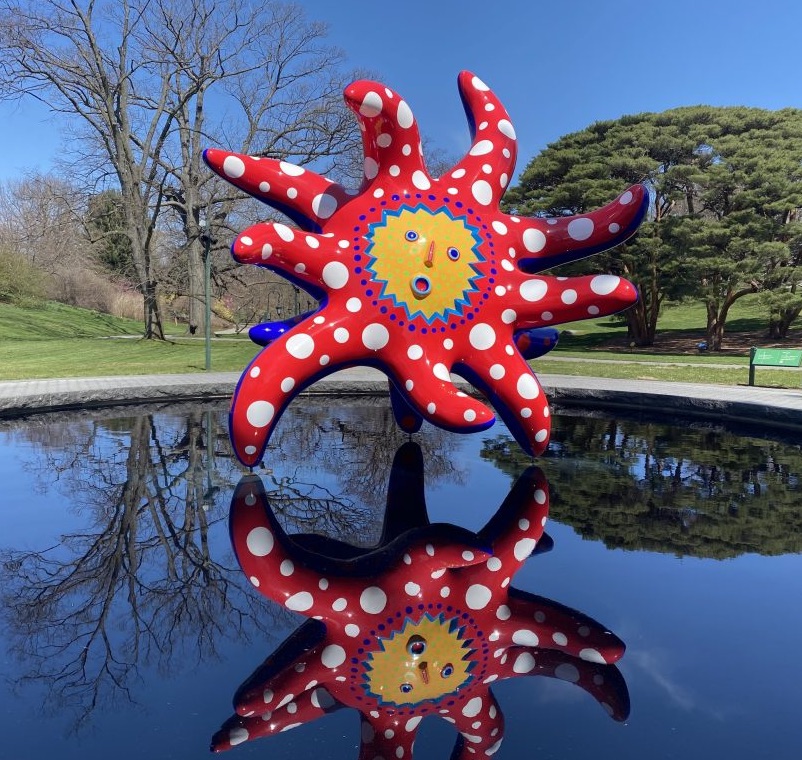
かぼちゃの神様 The God of Pumpkin
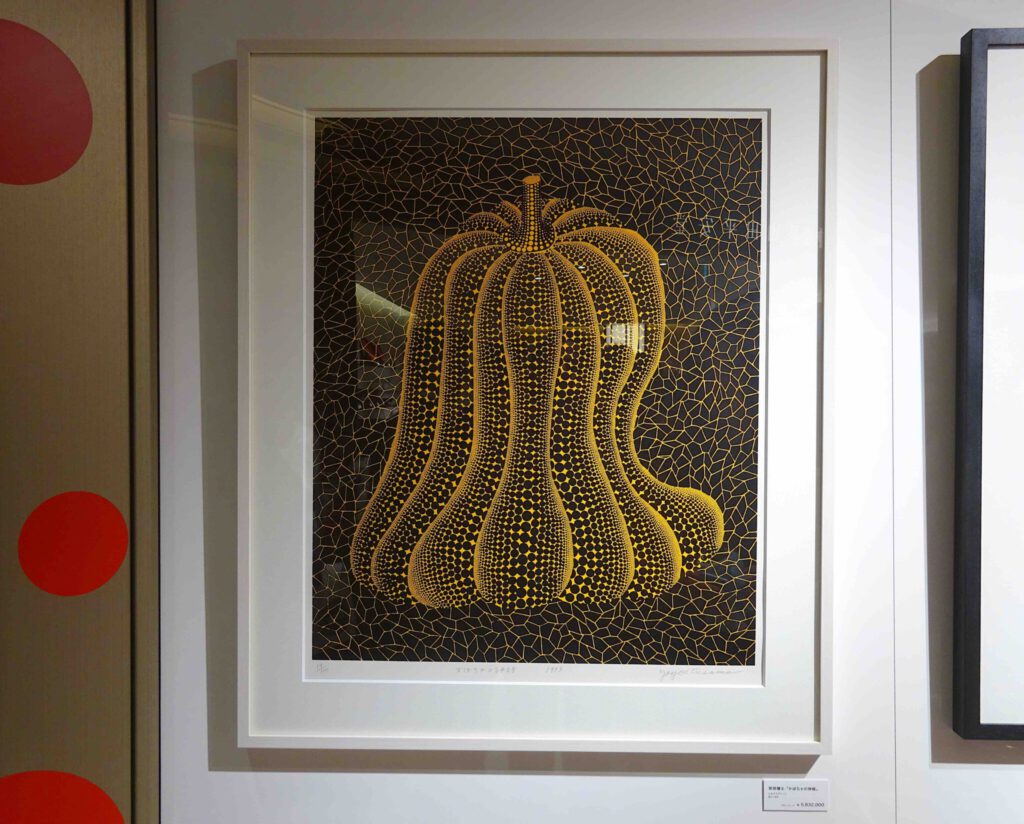
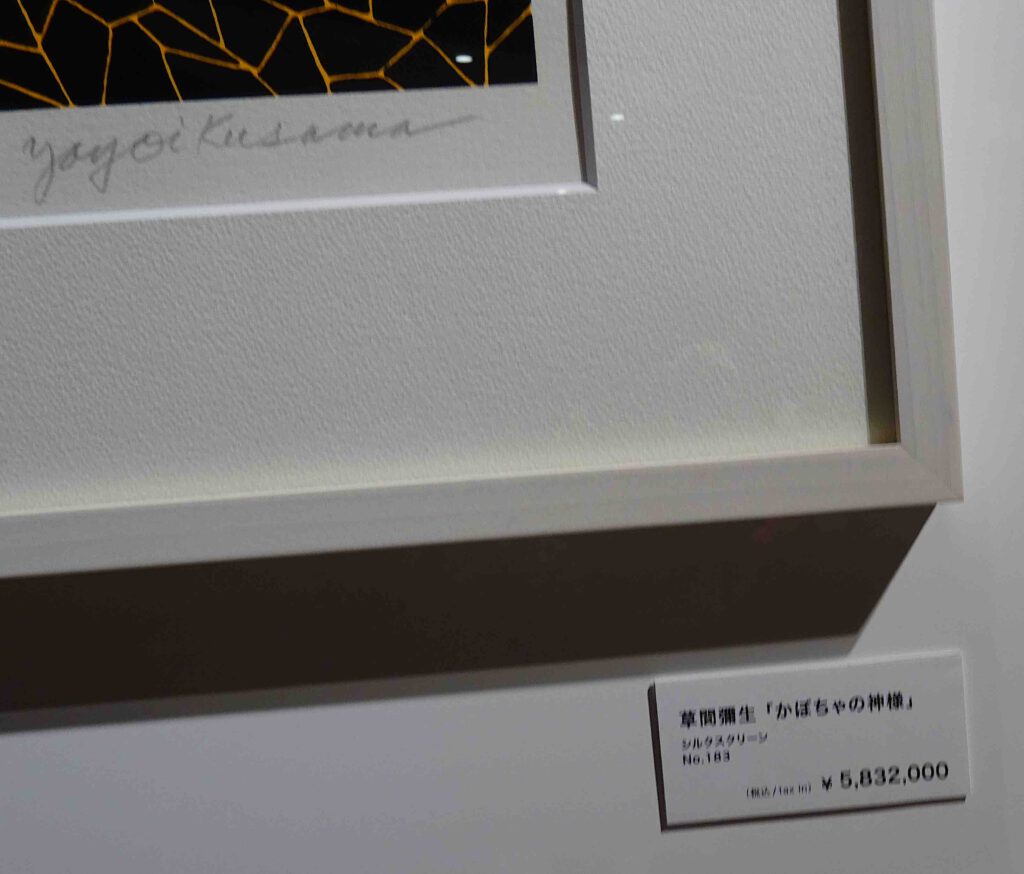
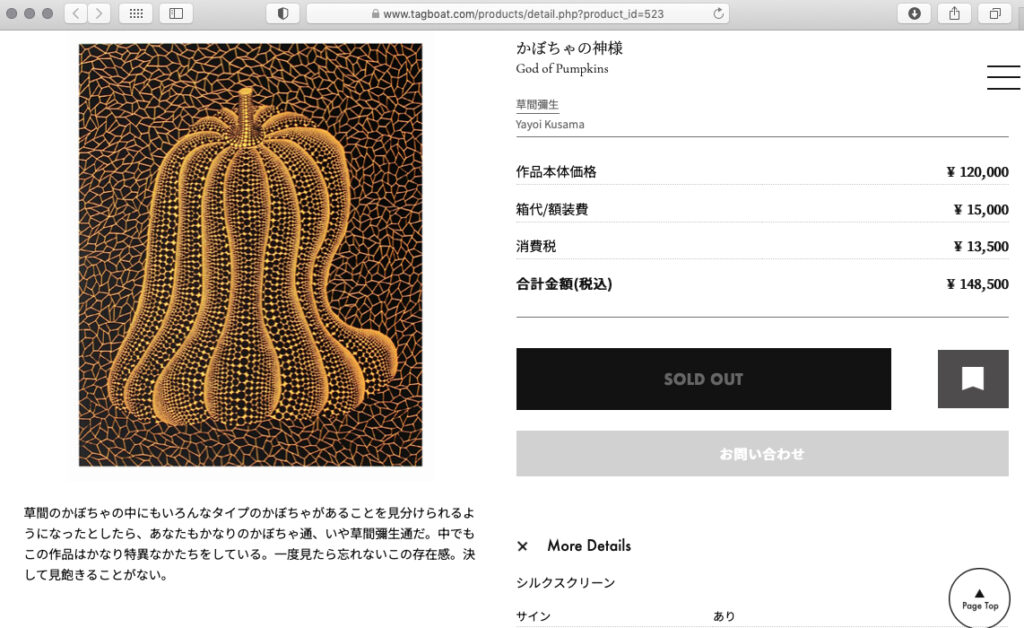
Link:
https://www.tagboat.com/products/detail.php?product_id=523
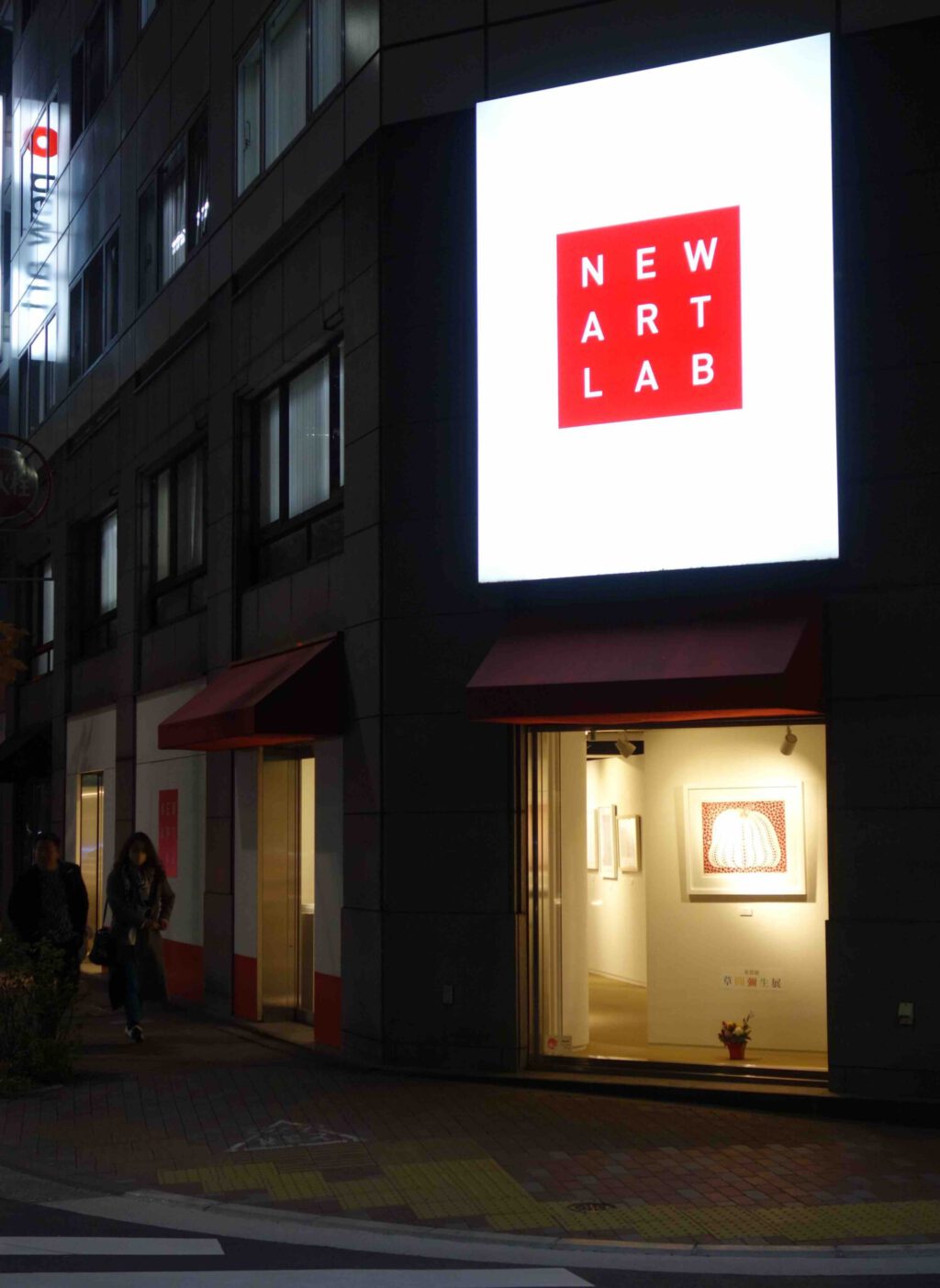

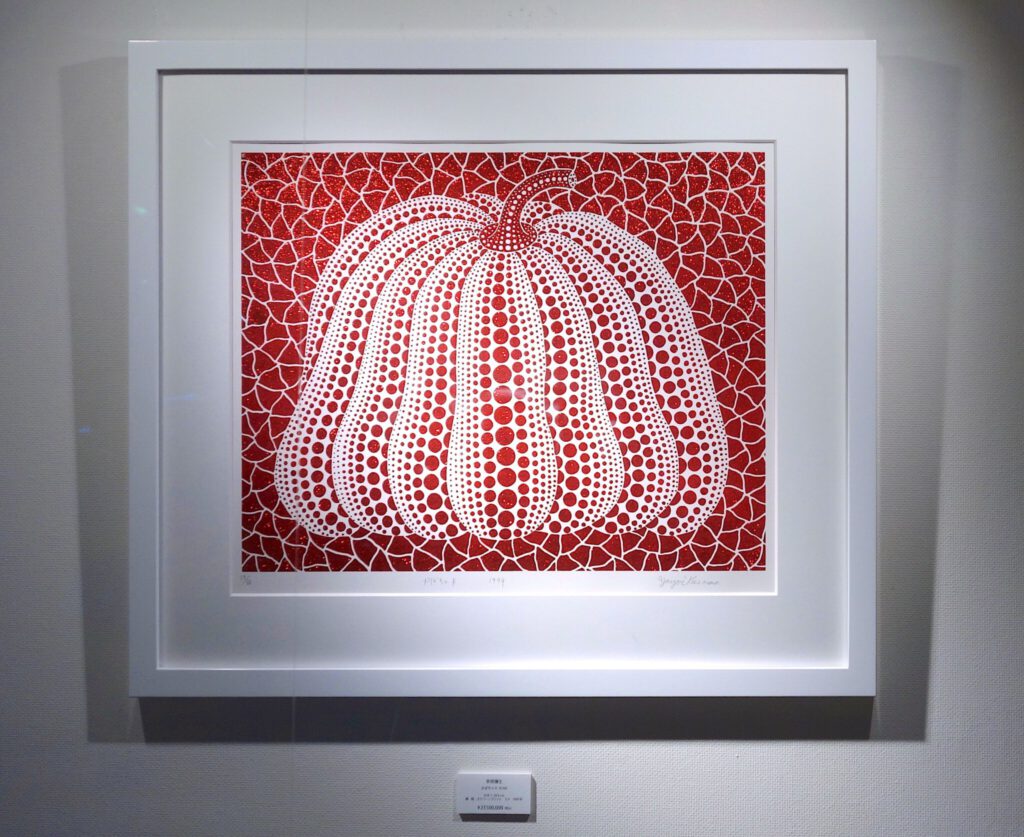
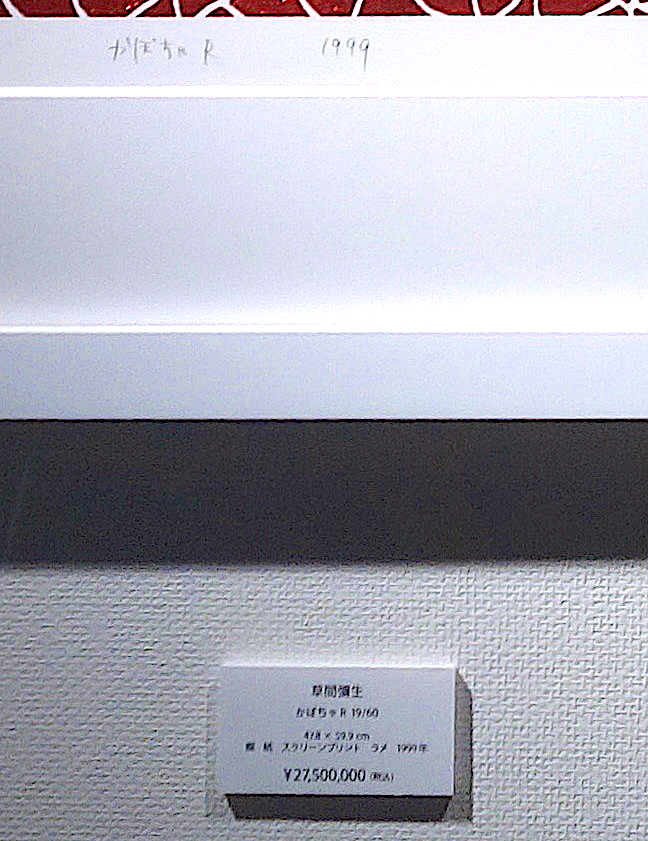
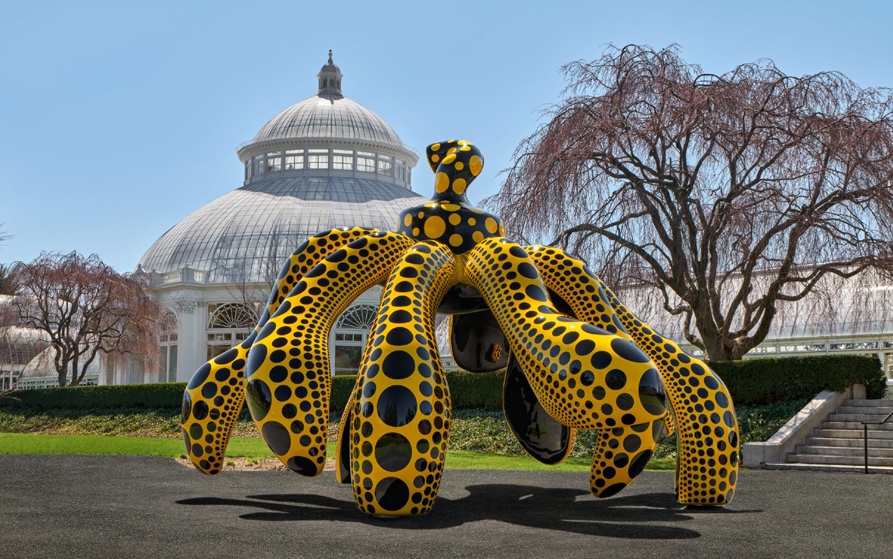
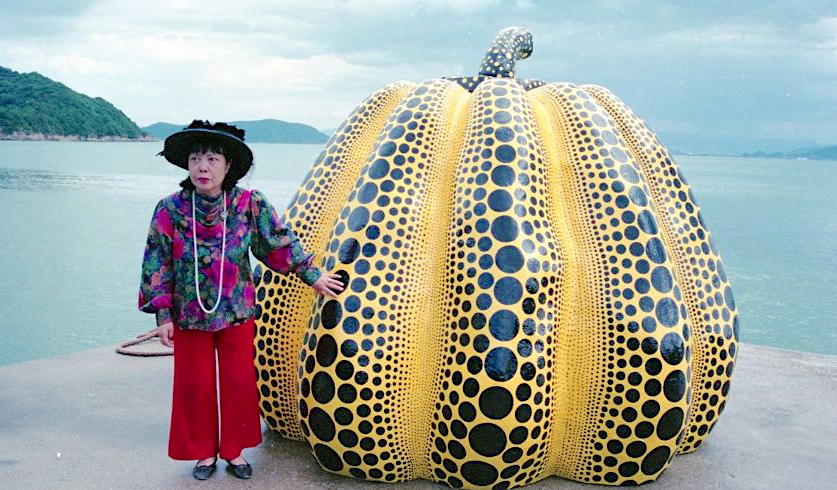
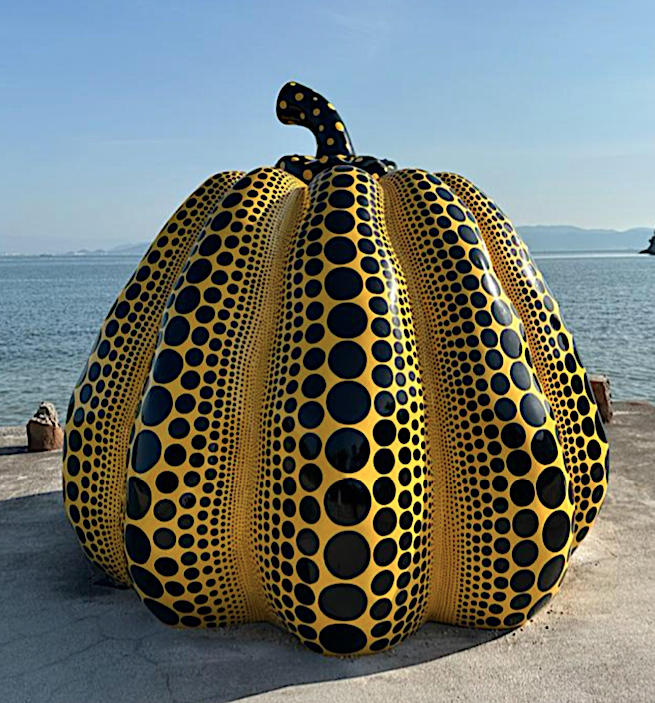


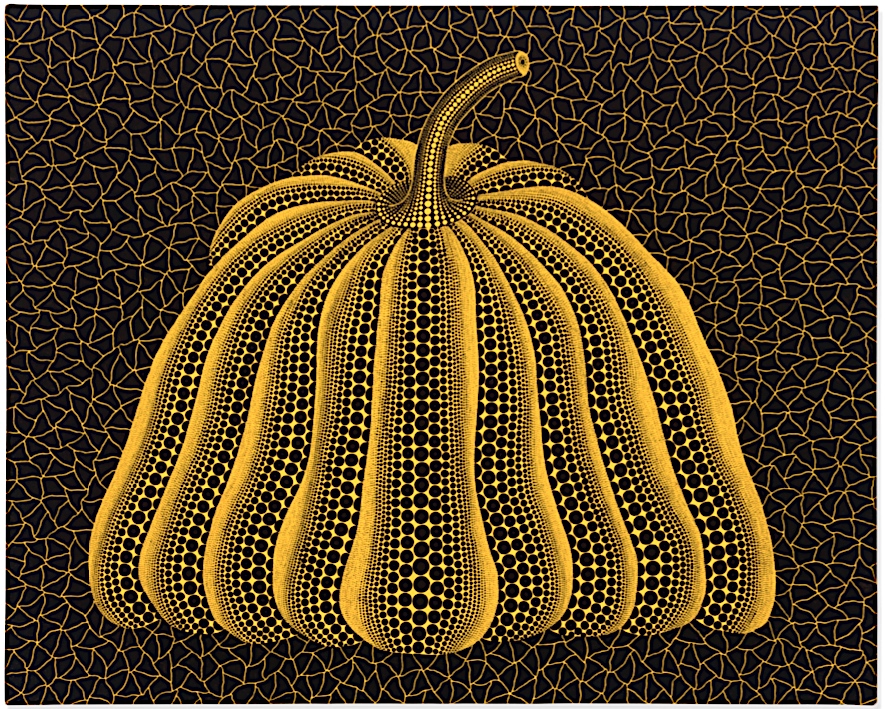

It was hammered @ 4 million US$ to a client of Salome Tan Bo, a Christie’s executive based in China, 15 May 2023. The work was guaranteed by a third party.
PROVENANCE
Private collection, Japan
gallery a-cube, Tokyo
Private collection, Paris, 2006
Acquired from the above by the present owner
Promotion text:
“The pumpkin connects corporeal forms to cosmic ones as it evokes the twinkling of a distant star. Yet the subject of Pumpkin, with its intentionally intimate scale, feels so close to us, something that we could reach out and touch. It occupies our space by crossing through the net, a boundary between our earthly plane and the future. The unique pattern of Pumpkin that could only have come from Kusama’s mind does not suggest an external organizational code or a structural system, but still demonstrates a powerful physical presence. In this way, her yellow Pumpkin moves beyond the limits of line and shape, while still maintaining a sculptural presence.”

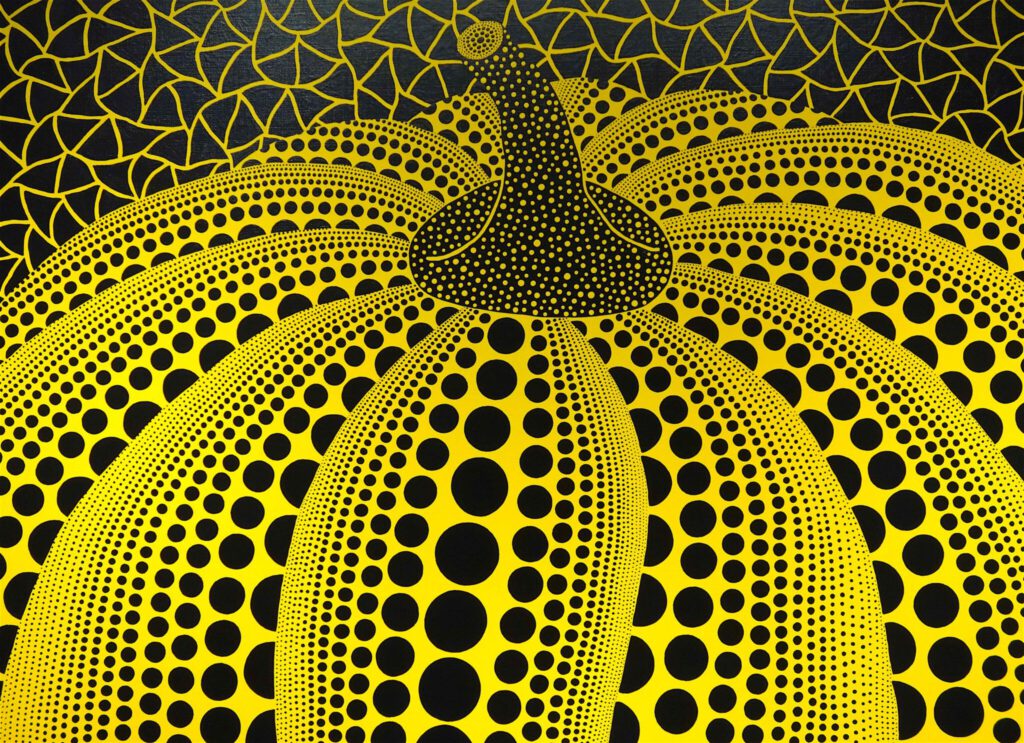

Please take into consideration, that this “2015 Pumpkin” is painted by the assistants of KUSAMA Yayoi.
桶田コレクション展 ‘LOVE @ FIRST SIGHT’ @ スパイラル 東京
Oketa Collection exhibition ‘LOVE @ FIRST SIGHT’ @ SPIRAL Tokyo
https://art-culture.world/articles/oketa-collection-exhibition-love-at-first-sight-桶田コレクション/
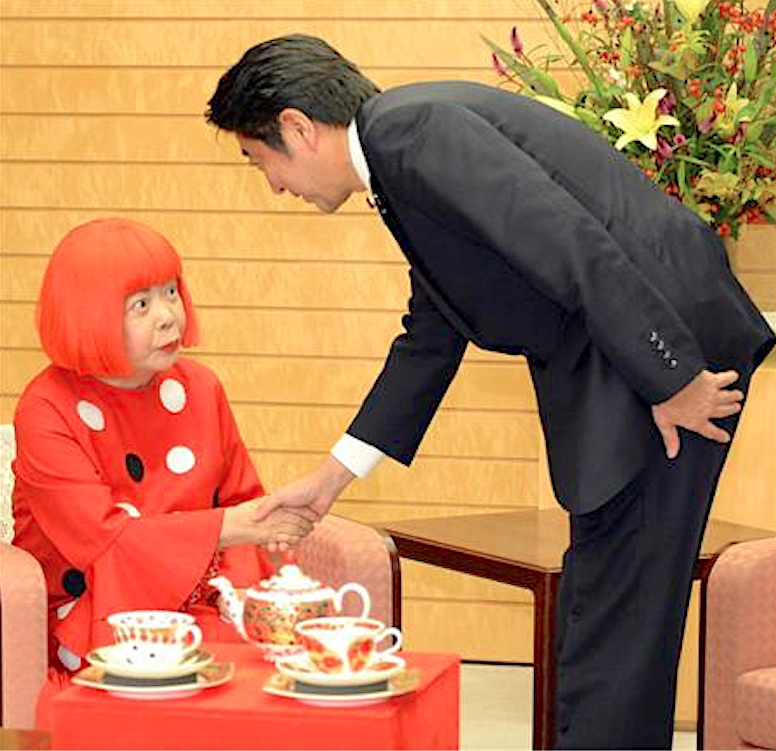
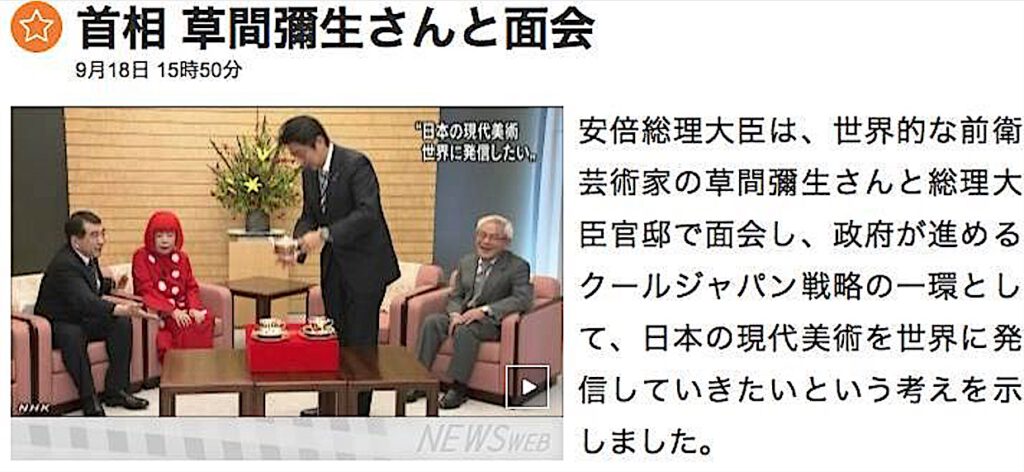

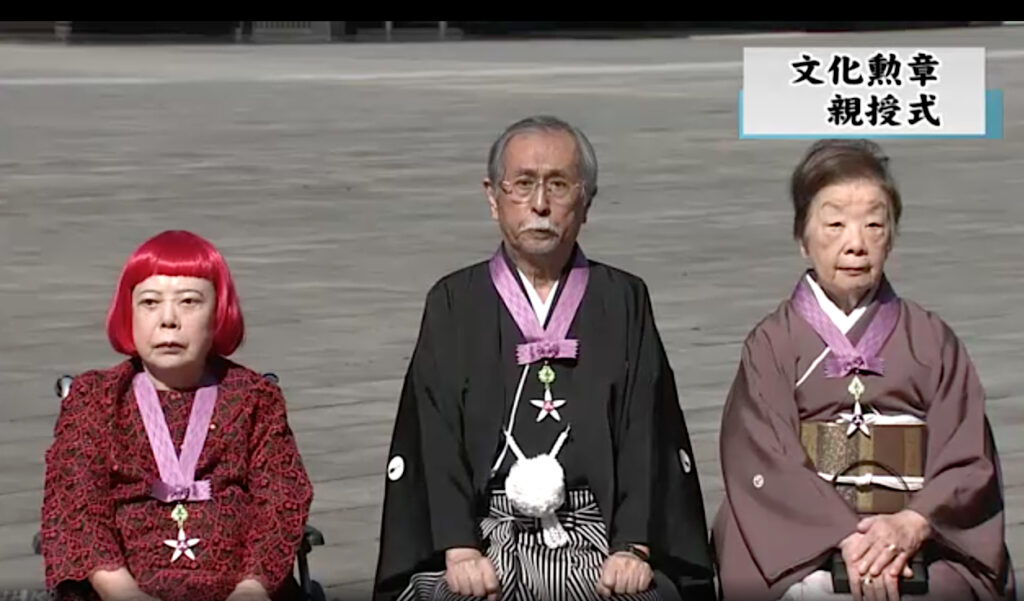
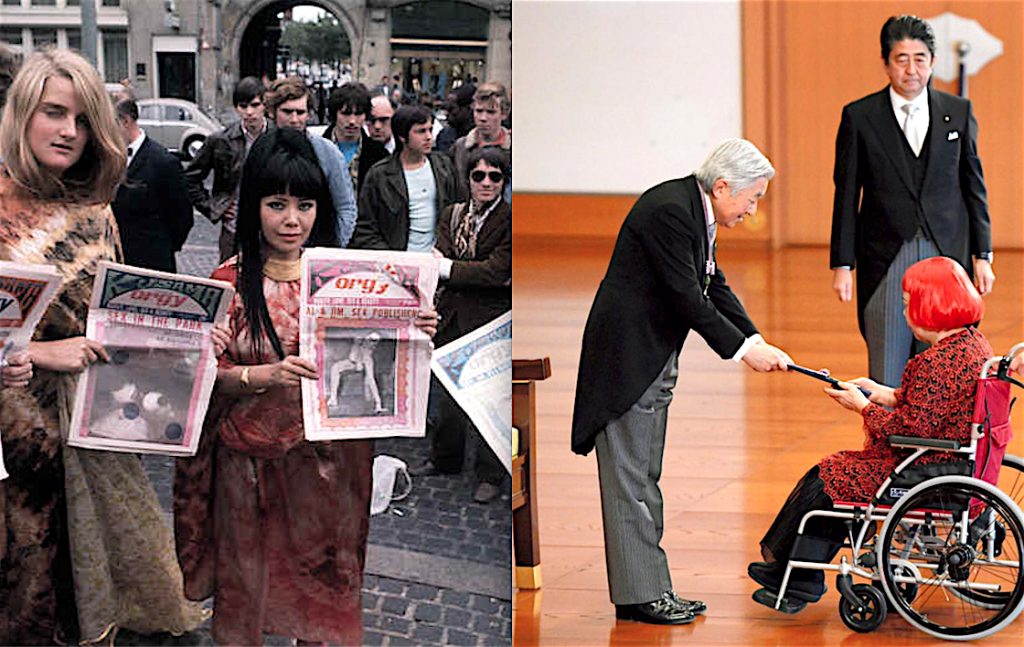

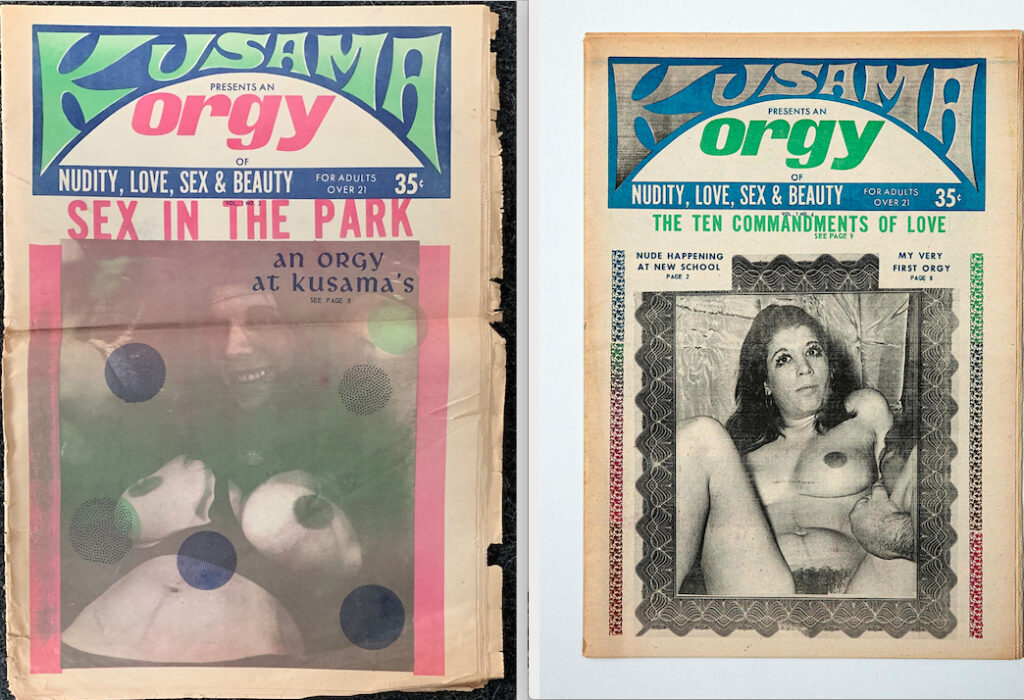
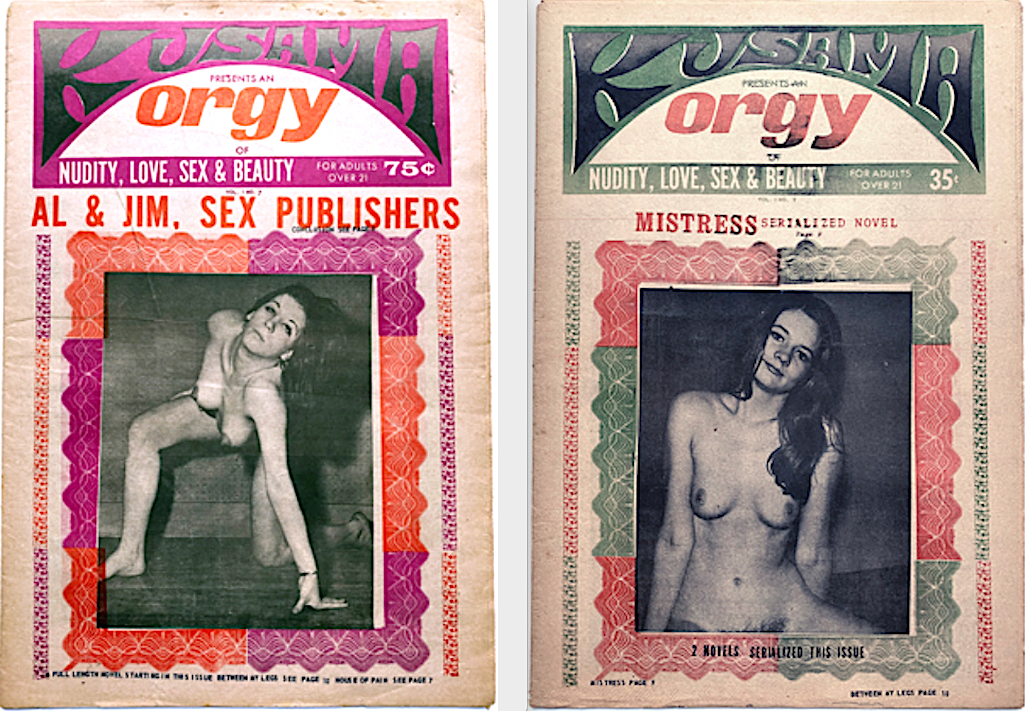

草間彌生の KUSAMA’S ORGY Magazine, 1969
ORGY MAKERS
HOUSE GEISHA Yayoi Kusama
Editor….. etc.
a vote for kusama
by R. Melvin Brandon in “KUSAMA’S ORGY” Vol.1 No.2, page 3
Like a bolt out of the blue, “Kusama’s Orgy”, took New York and the nation by storm. The unprecedented, wonderful response that all of you beautiful people out there gave this paper really caused Kusama to sit down and cry with gratitude.
Most times, in her constant effort to bring love, beauty, sex, and nudity to the masses, Kusama has had to walk this path alone… except for a few true and faithful followers. Never realising the vast multitudes all over the country that would rally to her cause and show their support, Kusama is now overjoyed. We are glad that you have showed your support of her position, by picking up a copy of her paper. And the vast number of letters that have come in openly expressing admiration for her stand!!!!
To you, the public at large, our New York City distributor, our National distributor, and the hundreds of Local distributors, throughout the country, all that she can say, is, “thanks, thanks”, right from the bottom of her heart.
Our National distributors have really done an admirable robin covering the vast amount of territory in such a short period of time. If by chance, this paper is not available in your local area, won’t you please clip out the national distributors name and address and take it to your local newsstand or bookstore and ask him to order copies?
In the first issue, most of the photos expressed nothing more than Kusama’s deep feelings of love, sex, nudity, and beauty, and also a bit of her artist ability. Now that she has put across this message in a somewhat bland way, she will attempt to use there four things to help her convey her feelings towards any other subject that she may see fit to discuss. Whether you may agree or disagree with her views, either partially or in total. Kusama invites each and everyone of you out there to write in and say your thing. She will endeavour to print as many letters as possible and if you so desire, your name will be omitted.
Remember, Orgies are fun. Read and enjoy and don’t miss another Orgy because every one that you read is a vote of confidence for Kusama. And God knows, with all the uptight hippocritical individuals that there are today, Kusama needs every vote that she can get.
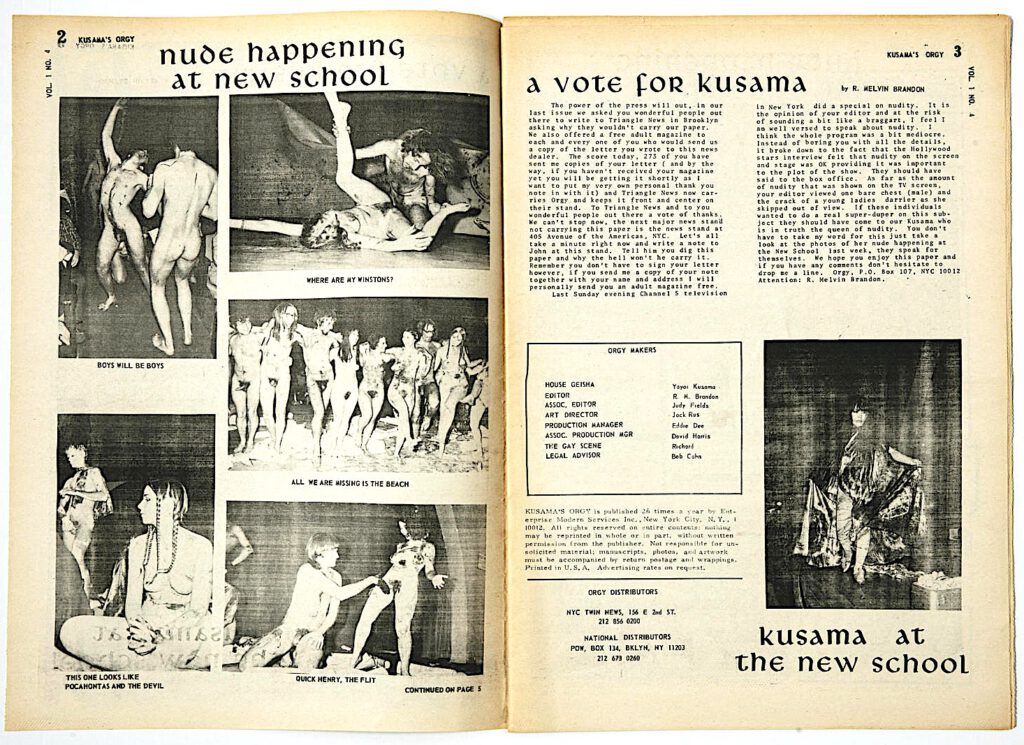
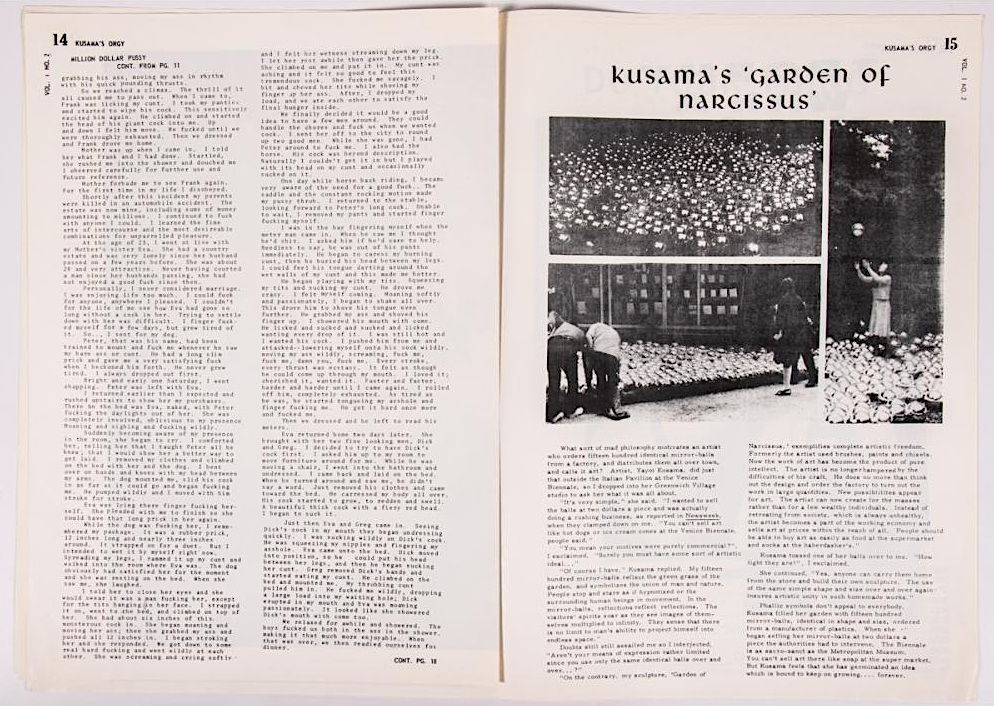
Compare the displayed KUSAMA ORGY magazine of the same page during her retrospective in the M+ Museum Hong Kong 2023. You can see the tapes in the middle of the pages, and a different page on the left.

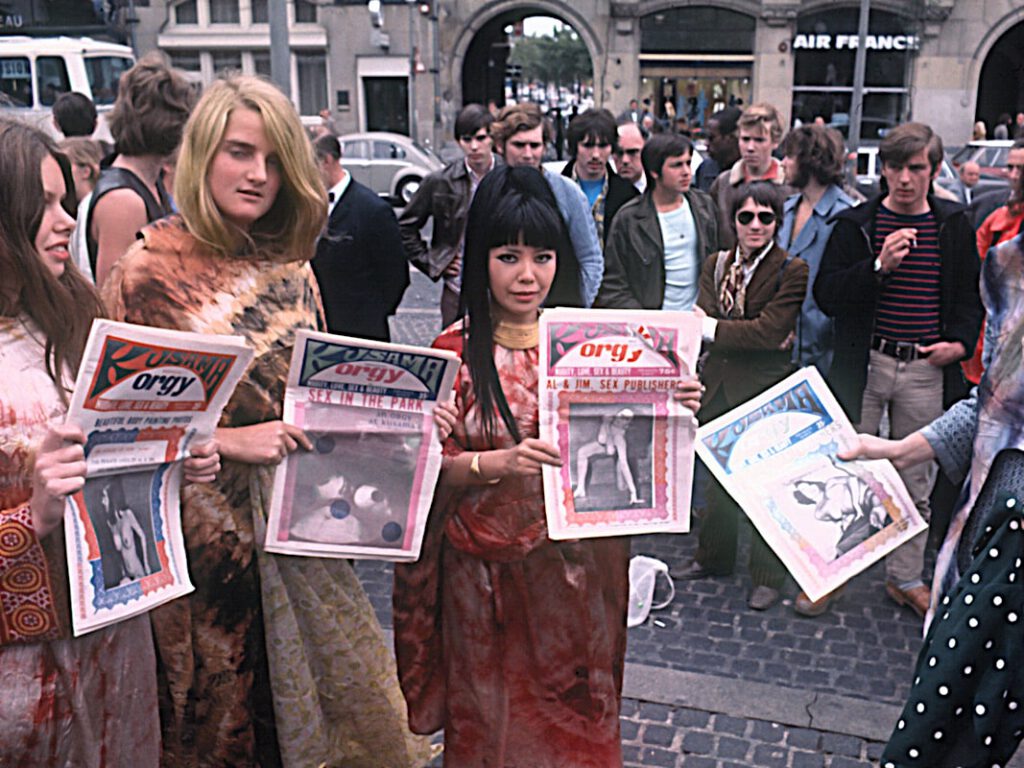

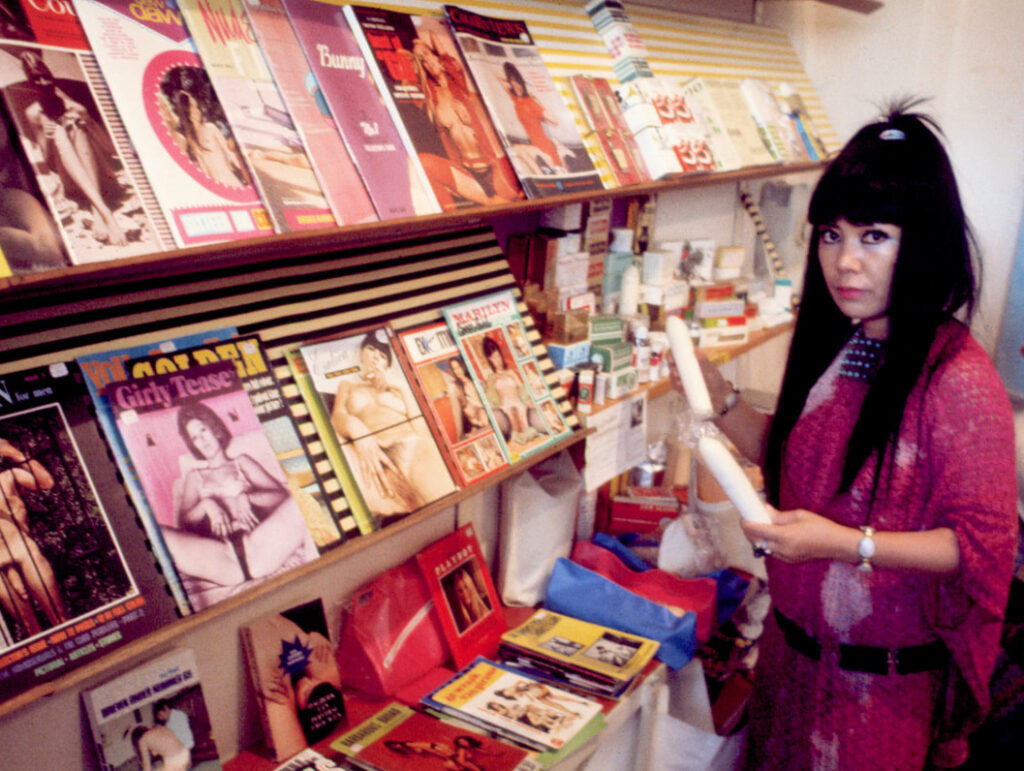
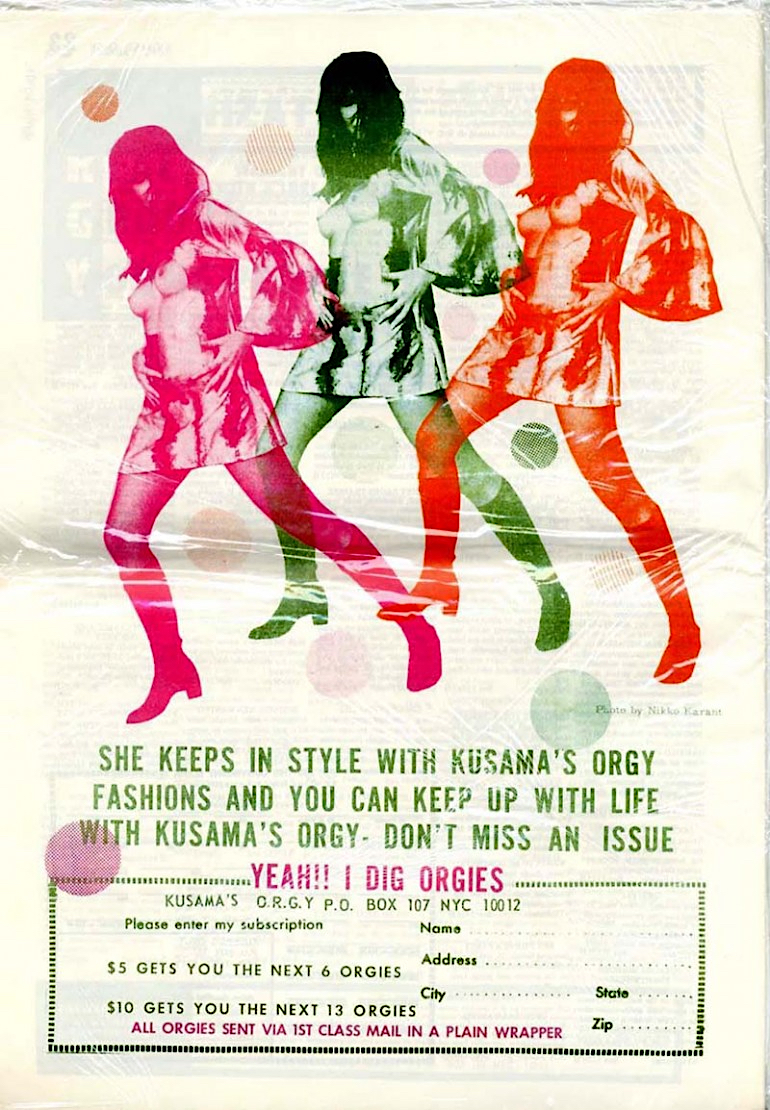

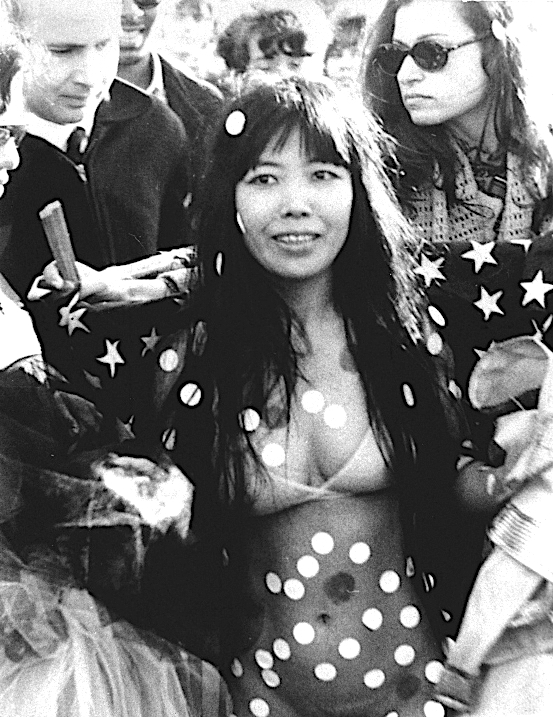

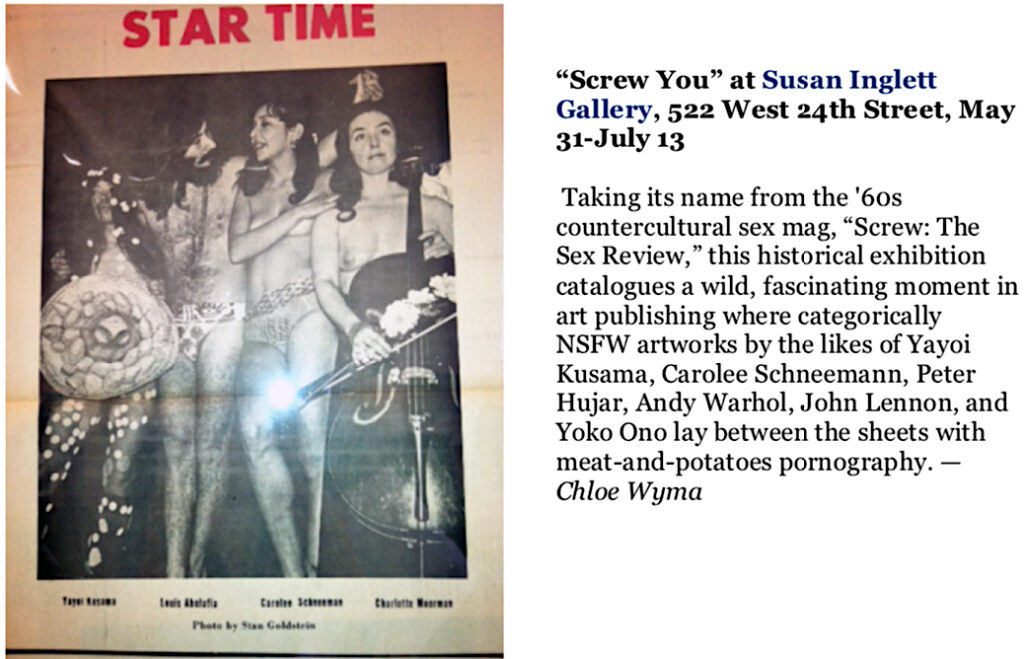

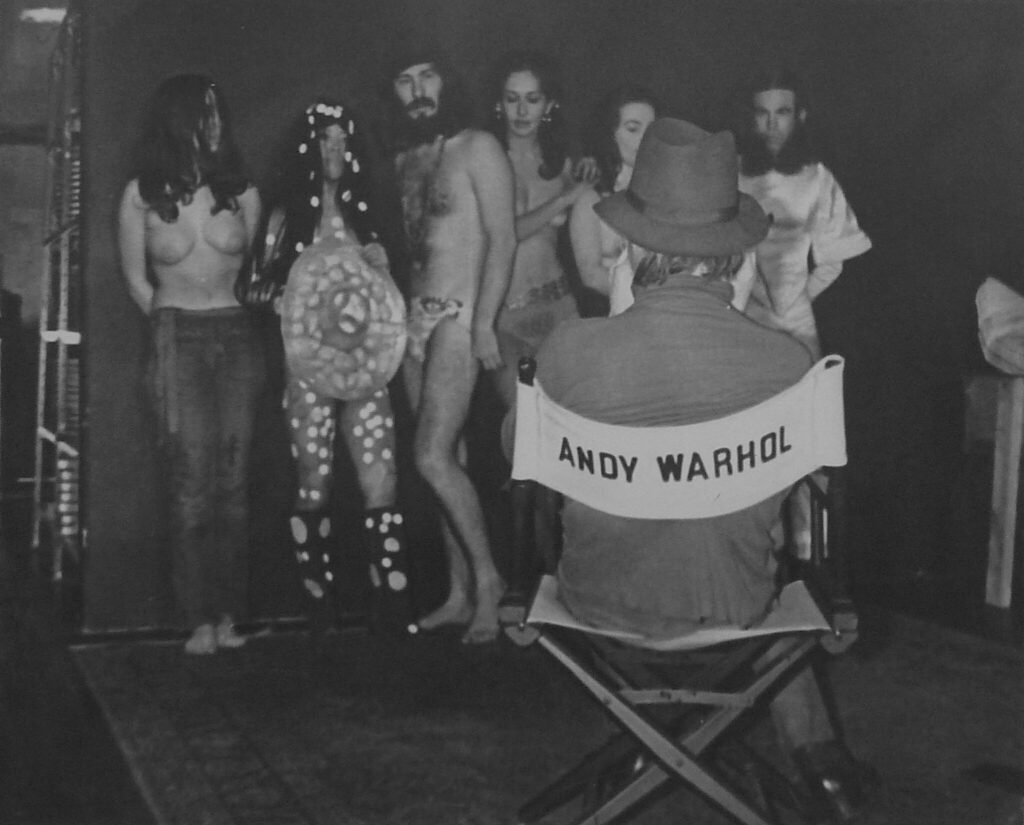
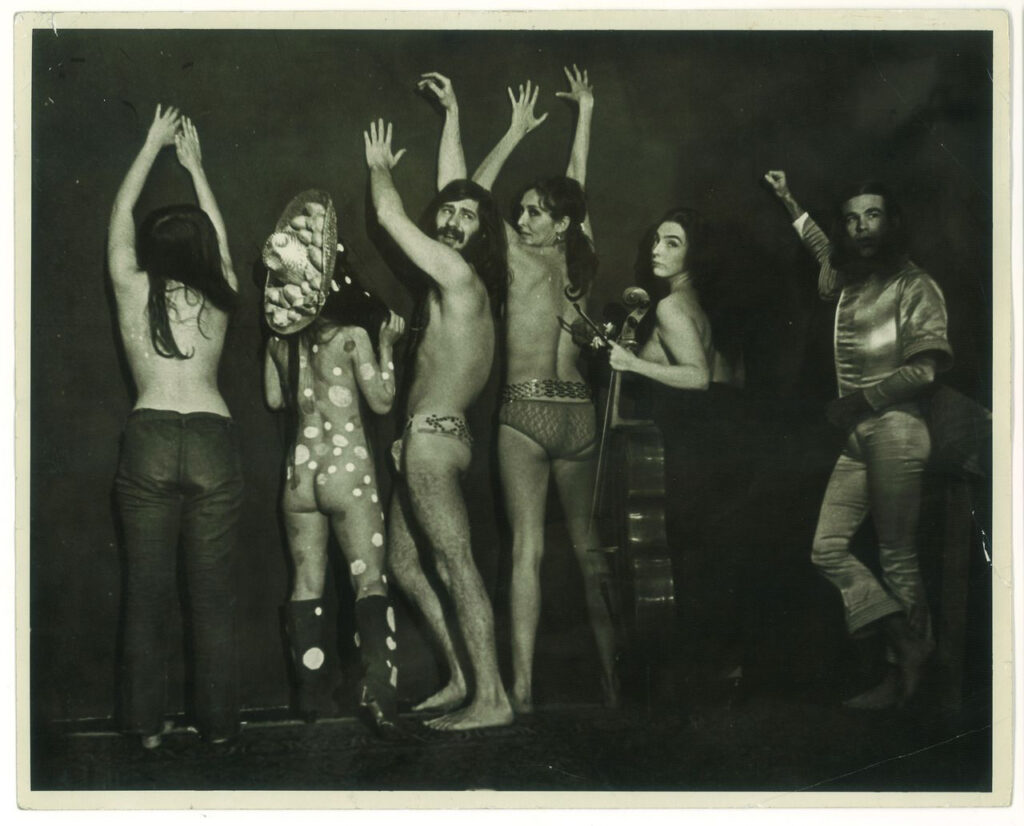

Part 2
On the occasion of my 2022 edition of “Contemporary artists from Japan, Top ?”
日本の現代アーティスト・トップ 15 (2022年)
Contemporary artists from Japan, Top 15 (2022)
https://art-culture.world/articles/contemporary-artists-from-japan-top-15-2022-日本の現代アーティスト・トップ-15-2022年/
in which Kusama regained her No.1 position, I feel “obliged” to write “Part two” of this text, adding up-dates.
Her second collaboration with Louis Vuitton catapulted her into the talk of the town in the international art & fashion world.
The first one was a Marc Jacobs’ initiative in 2012, see his pic, taken near Kusama’s studio.
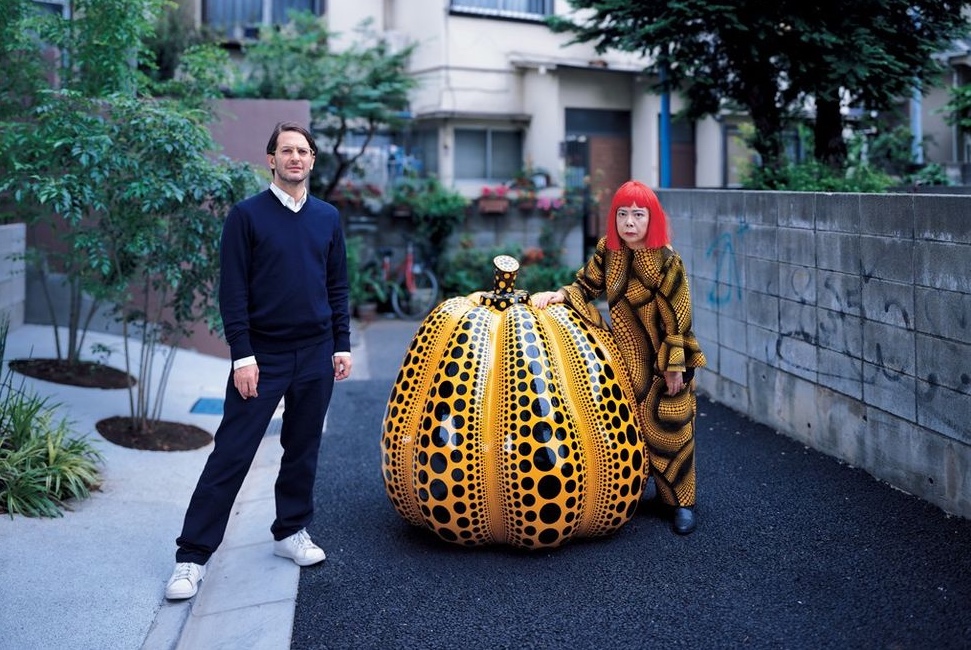
Exorbitant promotion tools by the French company LVMH could be noticed around the globe. Unimaginable, in comparison to the contemporary art industry and its minimal impact on everyday lives.
Extremely expensive luxury brand handbags by KUSAMA Yayoi. Capitalistic, pro-consumerism by a woman, namely KUSAMA, for rich women with an anti-sustainability, anti-environmental and anti-feminism mentality.
Actually, egomaniac Kusama doesn’t care.

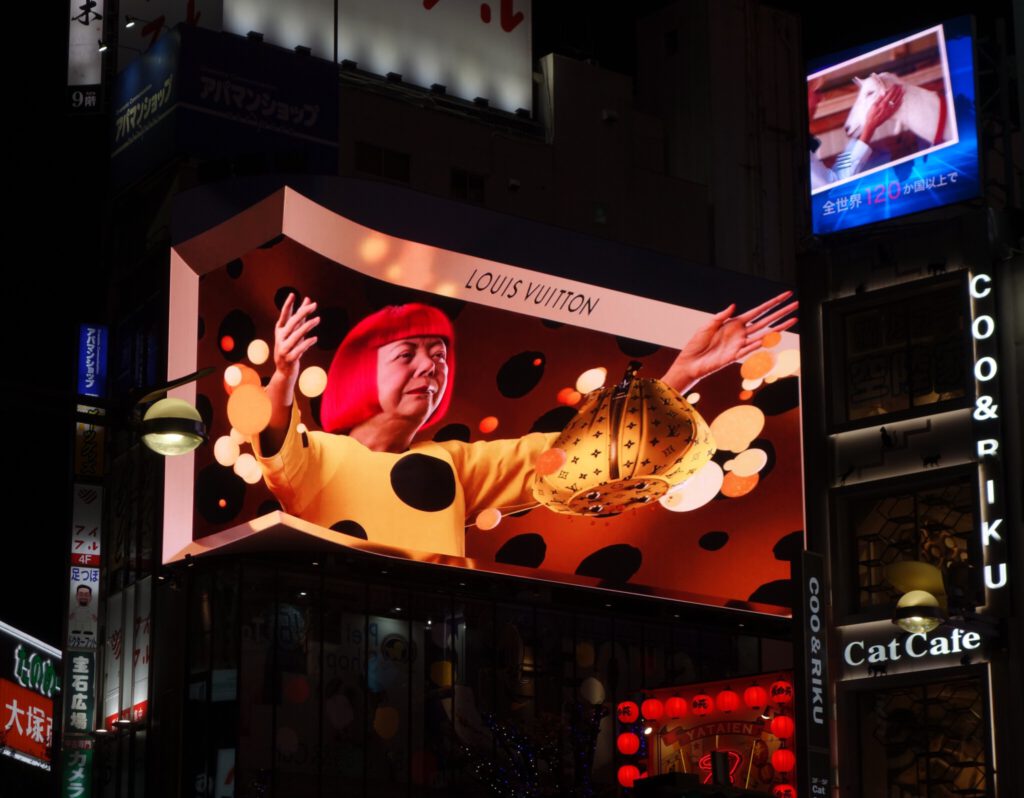
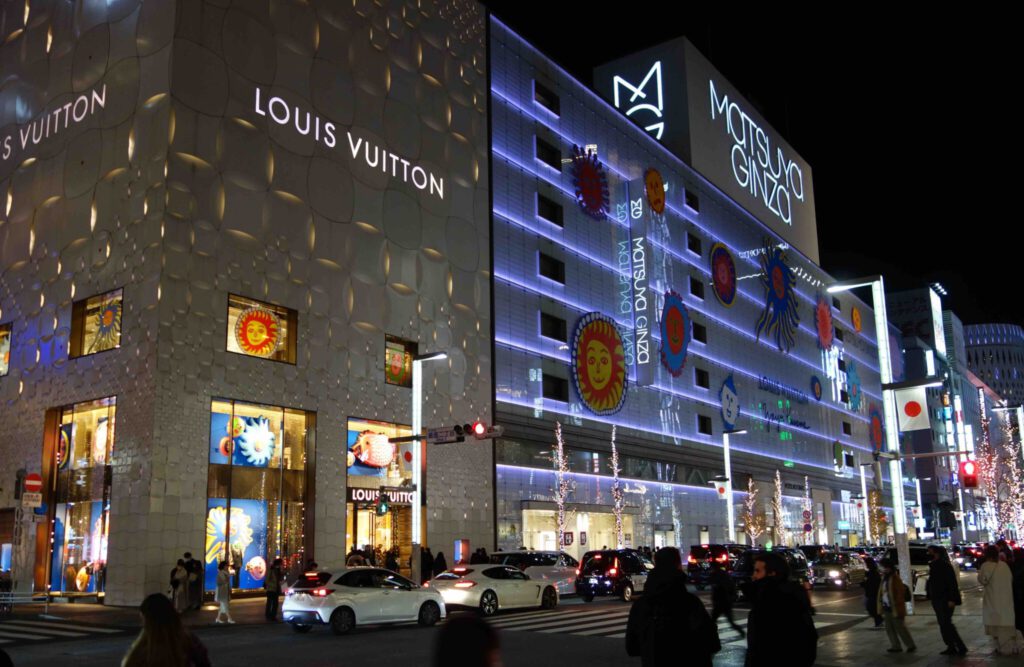
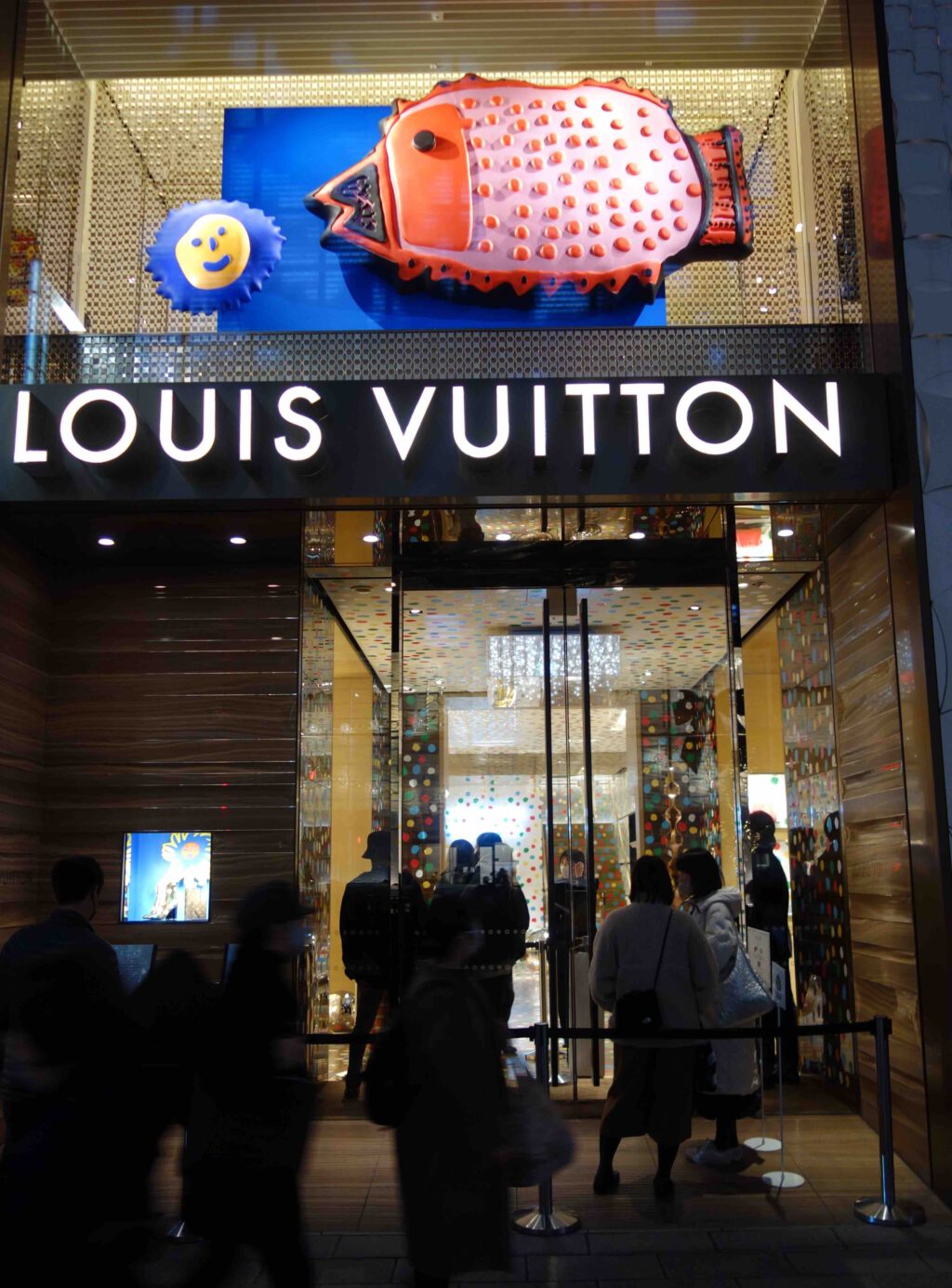
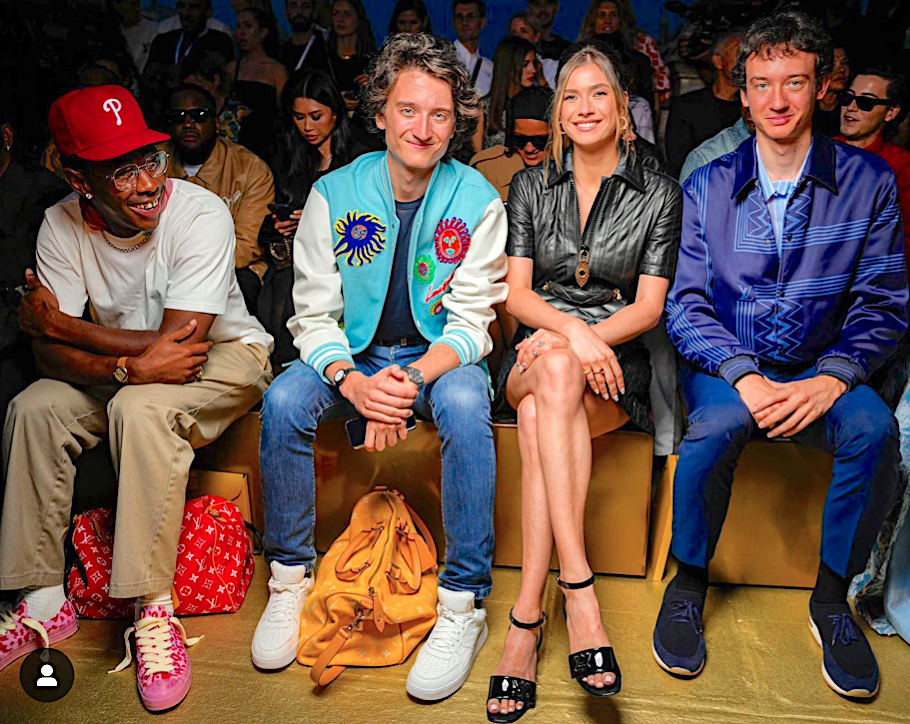
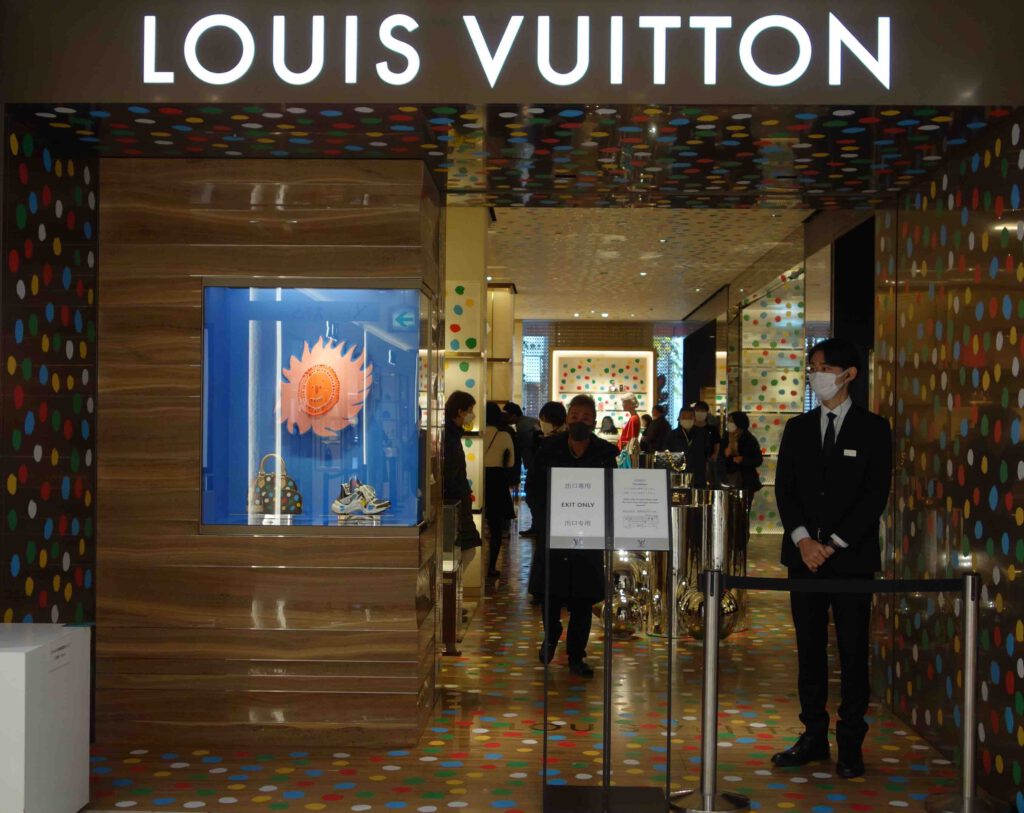
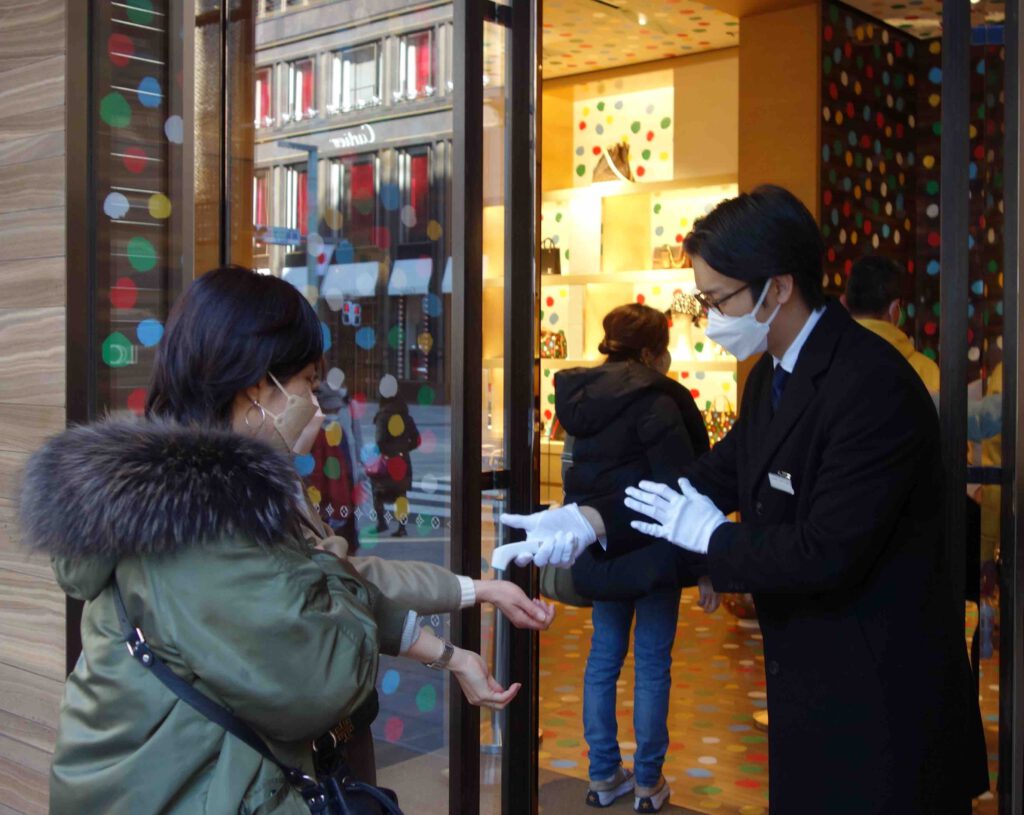
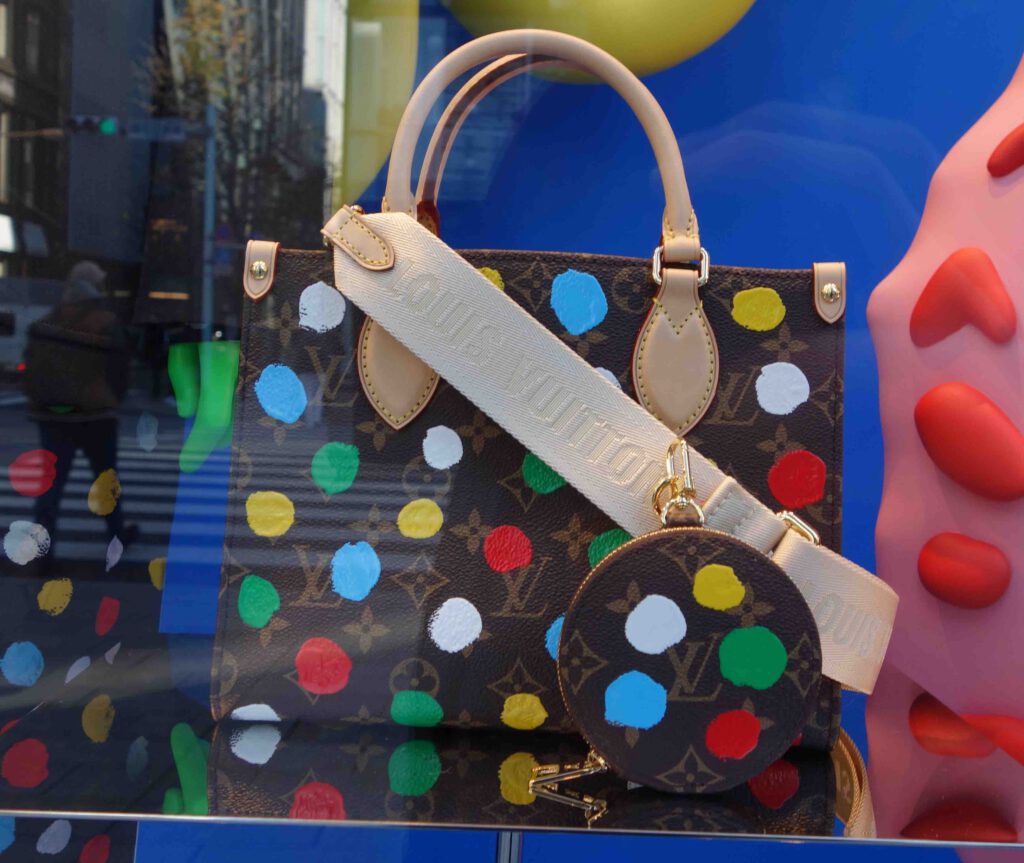
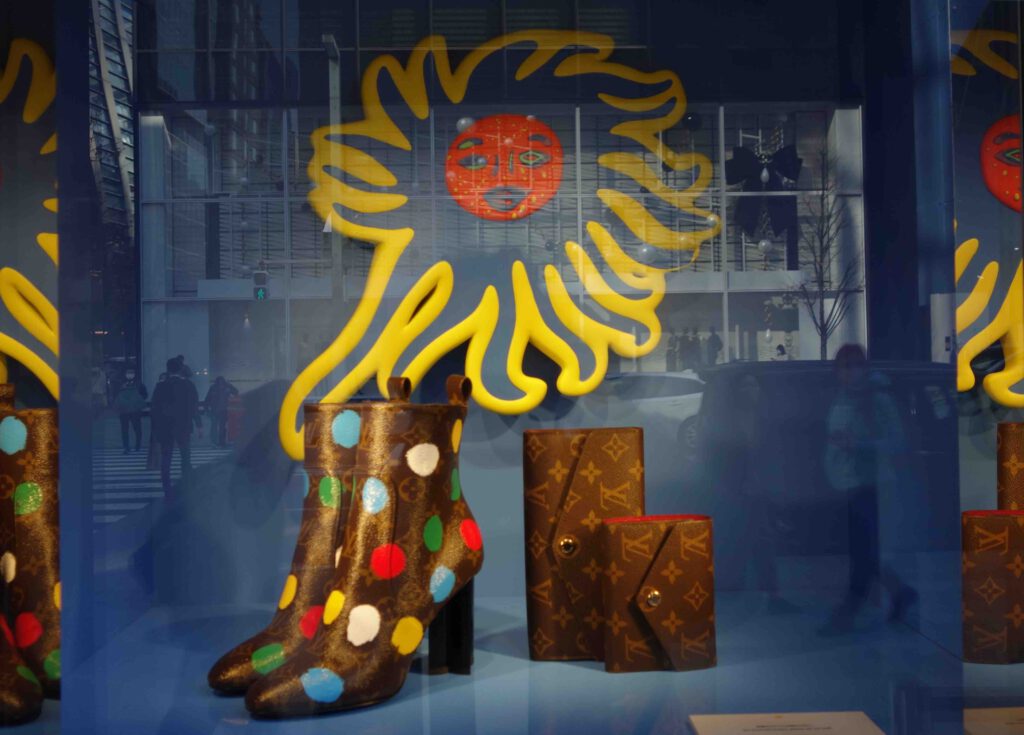
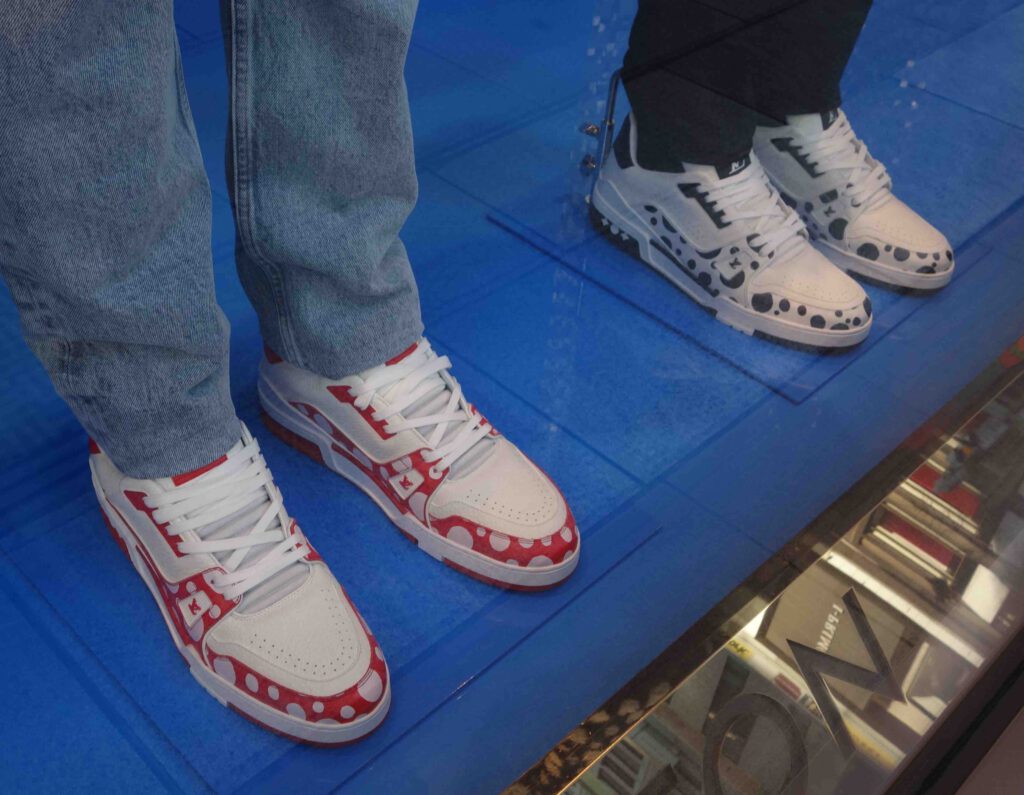
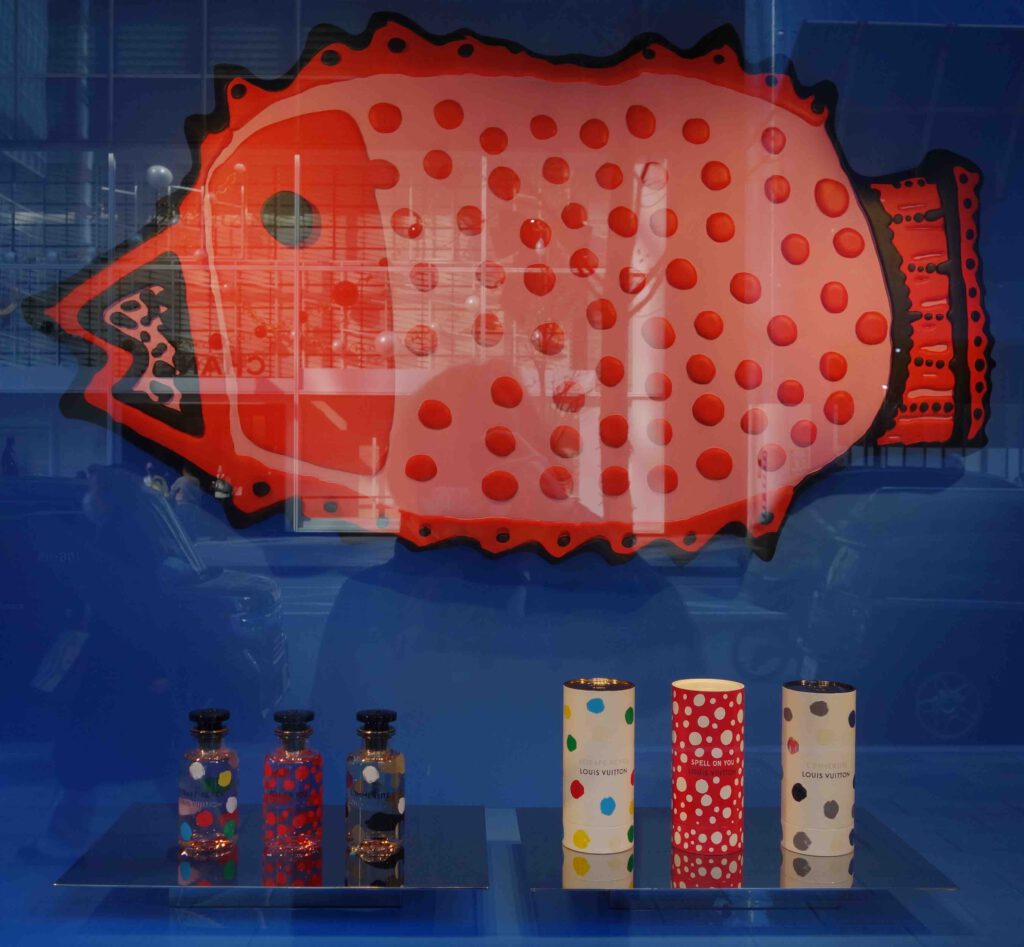


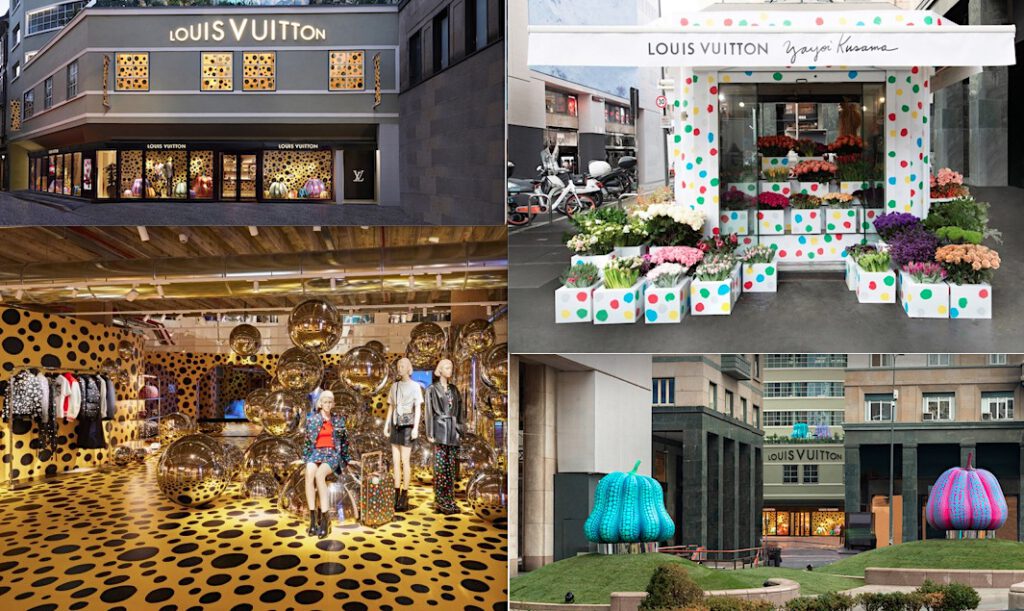

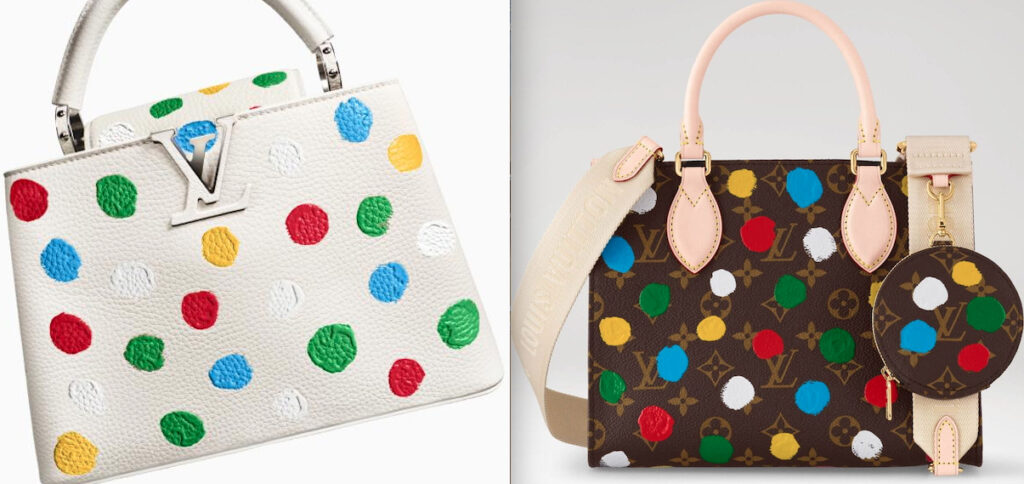

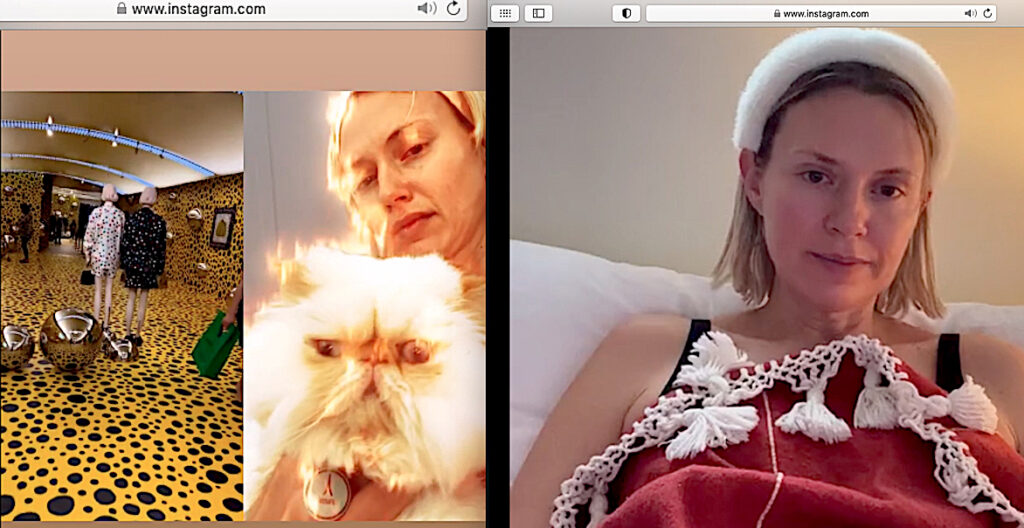
As mentioned at the beginning of this text, which was first uploaded on 11th of May 2021, this page has received over 100,000 hits. Part 3 shall be written in the near future, focussing on the intimate relationship between Donald Judd and KUSAMA Yayoi. As Judd came to Japan to meet her again, the writing from my side has to be made seriously, ergo time for proper research matters.
My dear readers of ART+CULTURE will notice, that the pictures about Kusama had been uploaded in the context of “Creative Commons Attribution Noncommercial-NoDerivative Works”. This website is one of my several artist platforms and thanks to my strict concept by shutting out any paid commercials, the readers may find rare photographs which are not published in books or catalogues about Kusama.
As I am writing in my free time, no proof-reading by a native speaker being involved, pressure from a publisher non-existent, the editing has been purposely done in a non-chronological time line concerning Kusama’s vita.
On a case by case basis, an exhibition, or a collector, or my private experience in various countries seeing Kusama’s works, let me focus on a topic.
As you can scroll up and down on this page, the comparison and evolutionary process of Kusama’s work can be easily made. This possibility facilitates my writing and editing during the years of creation.
May I hereby continue with the famous guerrilla-like performance by Kusama during the Venice Biennale 1966.
Around 1965 Kusama borrowed from Italian artist Lucio Fontana 600 US Dollars to fabricate the mirror balls in Levane, Province of Arezzo. She never paid the money back. I couldn’t find any document in which she said if a sexual relationship with Fontana had been involved.

During the Venice Biennale 1966 these mirror balls had been “illegitimately” placed in front of the Italian Pavillon, and Kusama, for Japanese viewers, dressed with a not properly attached Kimono, tried to sell each piece for 2 US Dollars. This guerrilla-like “performance” was neither inquired at the organizing committee, nor was it approved by official curators, but was carried out by Kusama’s Blitz-war-like execution. So when she started peddling the orbs to visitors, the police got involved and forced her to shut down the unauthorised action, wrongfully selling her works, aka mirror balls, at the Venice Biennale.
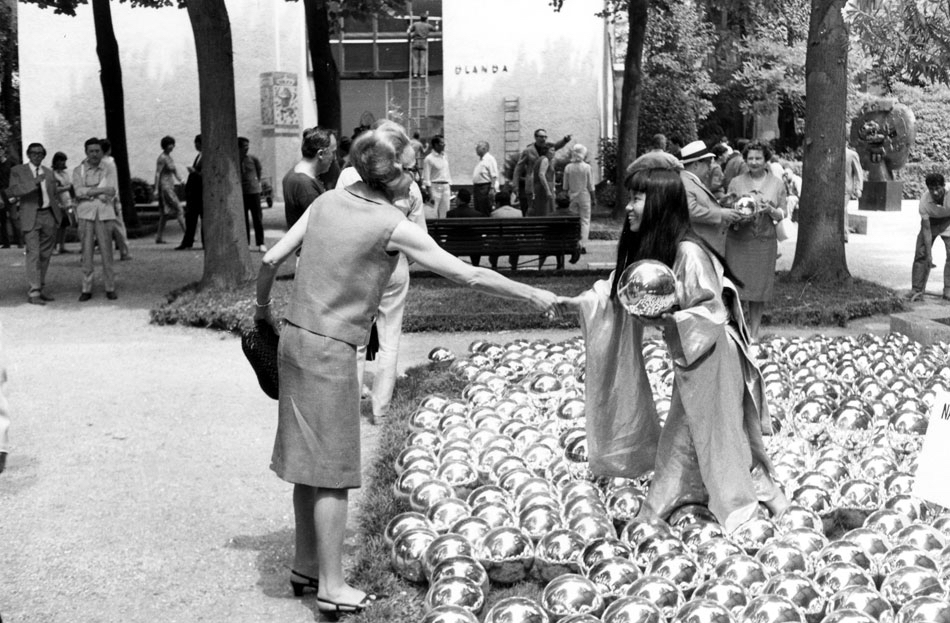
Quotes from Kusama’s ‘Garden of Narcissus’ text, taken from KUSAMA’S ORGY magazine Vol.1 No.2, 1969. (See the attached picture)

KUSAMA’S ‘GARDEN OF NARCISSUS’
What sort of mad philosophy motivates an artist who orders fifteen hundred identical mirror-balls from a factory, and distributes them all over town, and calls it art? Artist, Yayoi Kusama, did just that outside the Italian Pavillon at the Venice Biennale, so I dropped into her Greenwich Village studio to ask he what it was all about.
“It’s very simple,” she said. “I wanted to sell the balls at two dollars a piece and was actually doing a rushing business, as reported in Newsweek, when they clamped down on me. “You can’t sell art like hot dogs or ice cream cones at the Venice Biennale, people said.”
“You mean your motives were purely commercial?”, I explained, “Surely you must have some sort of artistic ideal…”
“Of course I have,” Kusama replied. My fifteen hundred mirror-balls reflect the green grass of the garden, and symbolises the union of man and nature. People stop and stare as if hypnotised or the surrounding human beings in movement. In the mirror-balls, reflections reflect reflections. The visitors’ spirits soar as they see images of themselves multiplied too infinity. They sense that there is no limit to man’s ability to project himself into endless space.”
Doubts still assailed me so I interjected, “Aren’t your means of expression rather limited since you use only the same identical balls oder and over…?”
“On the contrary, my sculpture, ‘Garden of Narcissus,’ exemplifies complete artistic freedom. Formerly the artist used brushes, paints and chisels. Now the work of art has become the product of pure intellect. The artist is no longer hampered by the difficulties of his craft. He does no more than think out the design and order the factory to turn out the work in large quantities. New possibilities appear for art. The artist can now create for the masses rather than for a few wealthy individuals. Instead of retreating from society, which is always unhealthy, the artist becomes a part of the working economy and sells art at prices within the reach of all. People should be able to buy art as easily as food at the supermarket and socks at the haberdasher’s.”
Kusama tossed one of her balls over me. “How light they are!”, I exclaimed.
She continued, “Yes, anyone can carry them home from the store and build their own sculpture. The use of the same simple shape and size over and over again insures artistic unity in such homemade works.”
Phallic symbols don’t appeal to everybody.
Kusama filled her garden with fifteen hundred mirror-balls, identical in shape and size, ordered from a manufacturer of plastics. When she began selling her mirror-balls at two dollars a piece the authorities had to intervene. The Biennale is as sacrosanct as the metropolitan Museum.
You can’t sell art there like soap at the supermarket. But Kusama feels that she has germinated an idea which is bound to keep on growing… forever.
(End of quote)
In the second part of this text, I would like to write about the decisive influence on the career of Kusama by the art dealer OTA Hidenori 大田秀則 (Ota Fine Arts オオタファインアーツ (Tokyo/Singapore)).
As already mentioned, he mainly covers the Asian region, whilst the gallery Victoria Milo from London is responsible for Europe, and David Zwirner Gallery (New York) for the American continent.
In the beginning, OTA and Milo coordinated their appearance regarding art fairs and held joint booths showing and selling exclusively Kusama’s works, see below pic from Art Basel in Hongkong 2013.

For the record, this situation on focussing only on Kusama triggered off the departure of Japanese artists from Ota Fine Arts.
For the sake of completeness, KUSAMA apparently, due to lack of commitment on the part of Mr. Gagosian, left 2012 the GAGOSIAN gallery and moved to Zwirner in 2013.

The actual three-way constellation seems to be a very fruitful, integrated and a harmonious cooperation for KUSAMA.
I do know the art dealer OTA Hidenori from his employment as a staff member of the now defunct Fuji TV Gallery フジテレビギャラリー in Tokyo, showing Kusama’s and Anselm Kiefer’s works.
At that time he asked me: “Mario-san, how can we introduce Japanese artists to the “outer” world?” In a diplomatic way I replied: “By stopping letting them sign their works in Latin letters.” I suggested him to open his own gallery and part from the traditional way of art dealing in Japan. The rest is history. A typical situation of the ‘Umbruchstimmung’, mood of upheaval, in the Japanese contemporary art scene of 1993, as no one bought inflated, speculative, expensive art works anymore.
If you want to dig into the scandalous case of Anselm Kiefer’s works in Japan, some still living art dealers may be ashamed to talk about.
The Japanese asset price bubble バブル景気 was an economic bubble in Japan from 1986 to 1991 in which real estate and stock market prices became greatly inflated. In early 1992, this price bubble burst and Japan’s economy crashed.
Another quote:
“After the stock-market crash, people who’d put their money in the market turned to collectibles. For the art world, the last quarter of 1989 was like the crash, and ’90 to ’92 was very frightening because things kept dropping, dropping, dropping. By the end of 1992, there started to be a feeling that things were stabilizing.”
https://art-culture.world/articles/gokita-tomoos-new-york-art-dealer-mary-boone-sentenced-to-30-months-in-prison/
I took Kusama’s picture in 1993 in her tiny “garage”-like studio, close to her hospital, later, our conversation occurred in a nearby “family restaurant”. Joined by then Fuji TV Gallery staff UCHIDA Mayumi 内田真由美.
OTA Hidenori parted from Fuji TV Gallery and established 1994 his own gallery in Ebisu.
He talks to Kusama on the phone almost every day. Through his tireless efforts, he knocked on the doors of all the important Japanese museums to see if they could acquire works by Kusama. In those times, he almost despaired at the ignorance on the part of Japanese curators regarding Kusama’s art practice in New York. To be fair, after her return to Japan, she mainly wrote surreal poetry and fiction, including ‘The Hustlers Grotto of Christopher Street’ (1984) and ‘Between Heaven and Earth’ (1988). It took her 16 years to return to the global art scene with exhibitions in New York and Oxford, England (1989).
It is not generally known that Kusama worked as an art dealer after her return to Japan. And let the, in normal circumstances vividly creative, art practice period rest.
With no exclusive representative gallery at hand, the artistic output can be called sporadic, extremely dark, depressive, herself inclined towards suicide.
In this sense, after 1994, Ota had her do another re-mix of her old works with a lighter tone. That attracted the attention of collector TAKAHASHI Ryutaro 高橋龍太郎, who began buying such a painting for 2 Mio Yen (about 20.000 US$) at Ota Fine Arts.
Obviously Ota and Takahashi became close friends and the result can be seen through my pics seen below. On 27th of June 2009 I joined the lecture course by Ota in the show rooms of the Takahashi Ryutaro Collection in Hibiya. (This exhibition space had been rented temporarily and is not documented on TAKAHASHI Ryutaro Collection’s website anymore.) As I took the photos only as a private memory, please excuse the bad quality of the pictures without any titles of Kusama’s works.
4th of June 2023
Mario A 亜 真里男
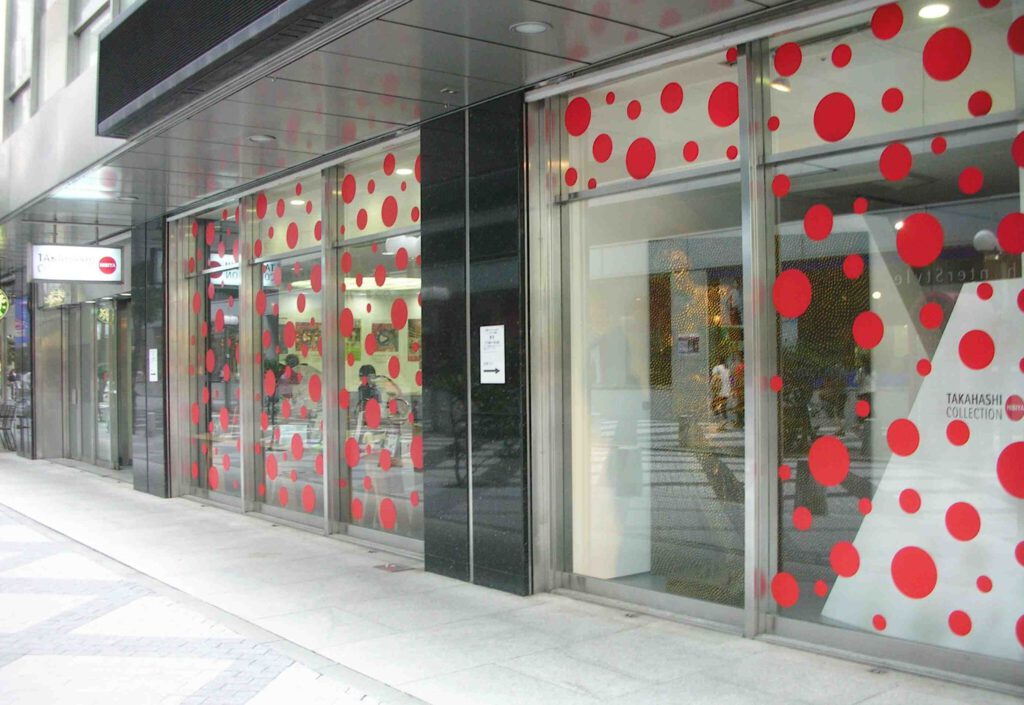
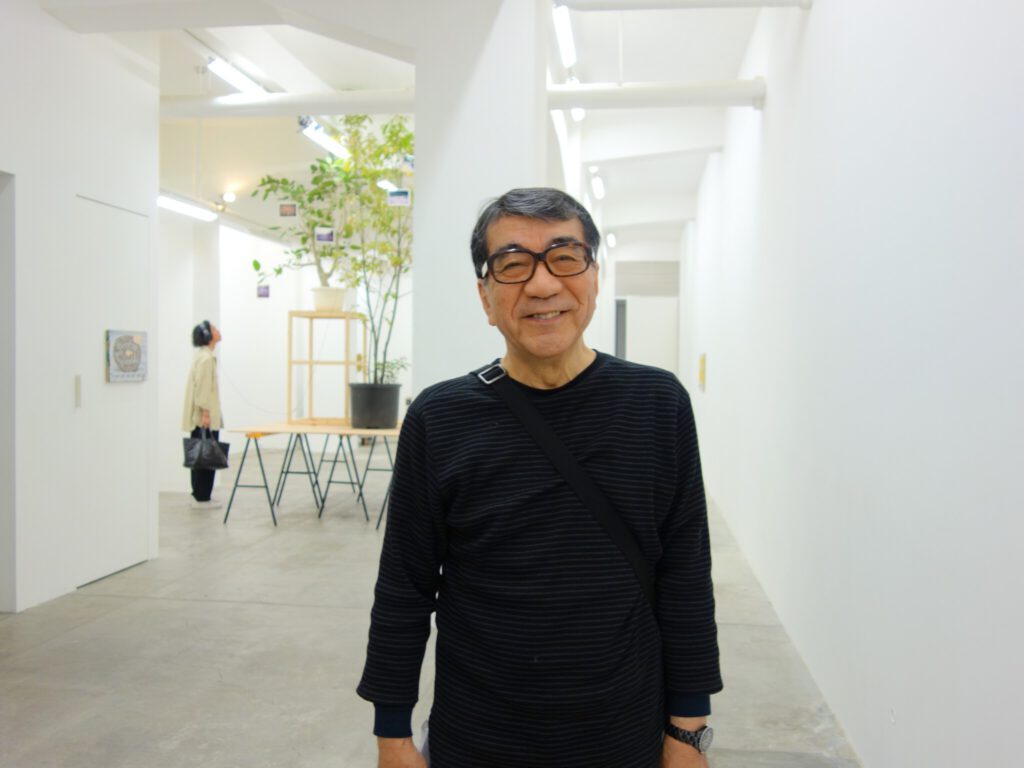
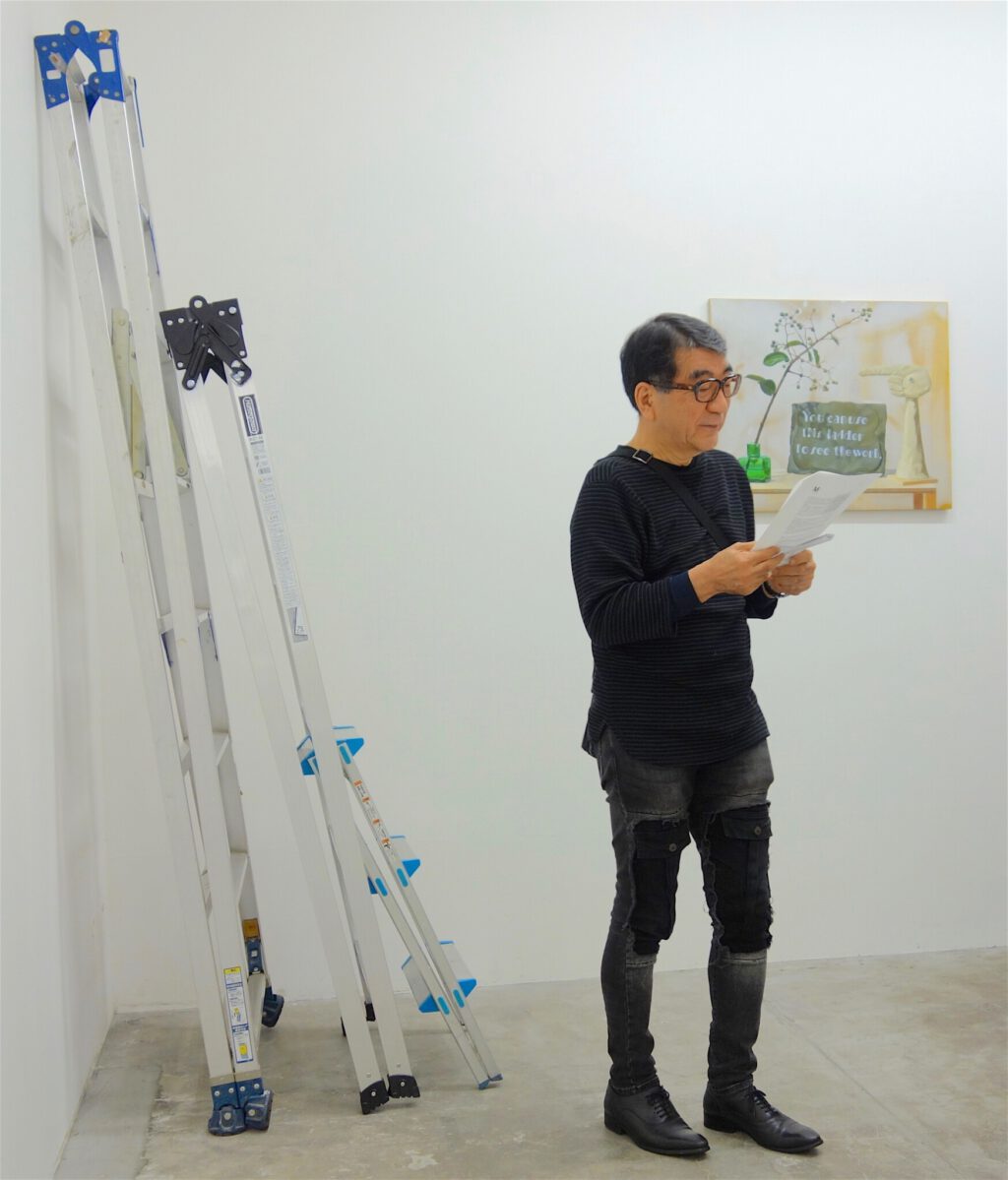
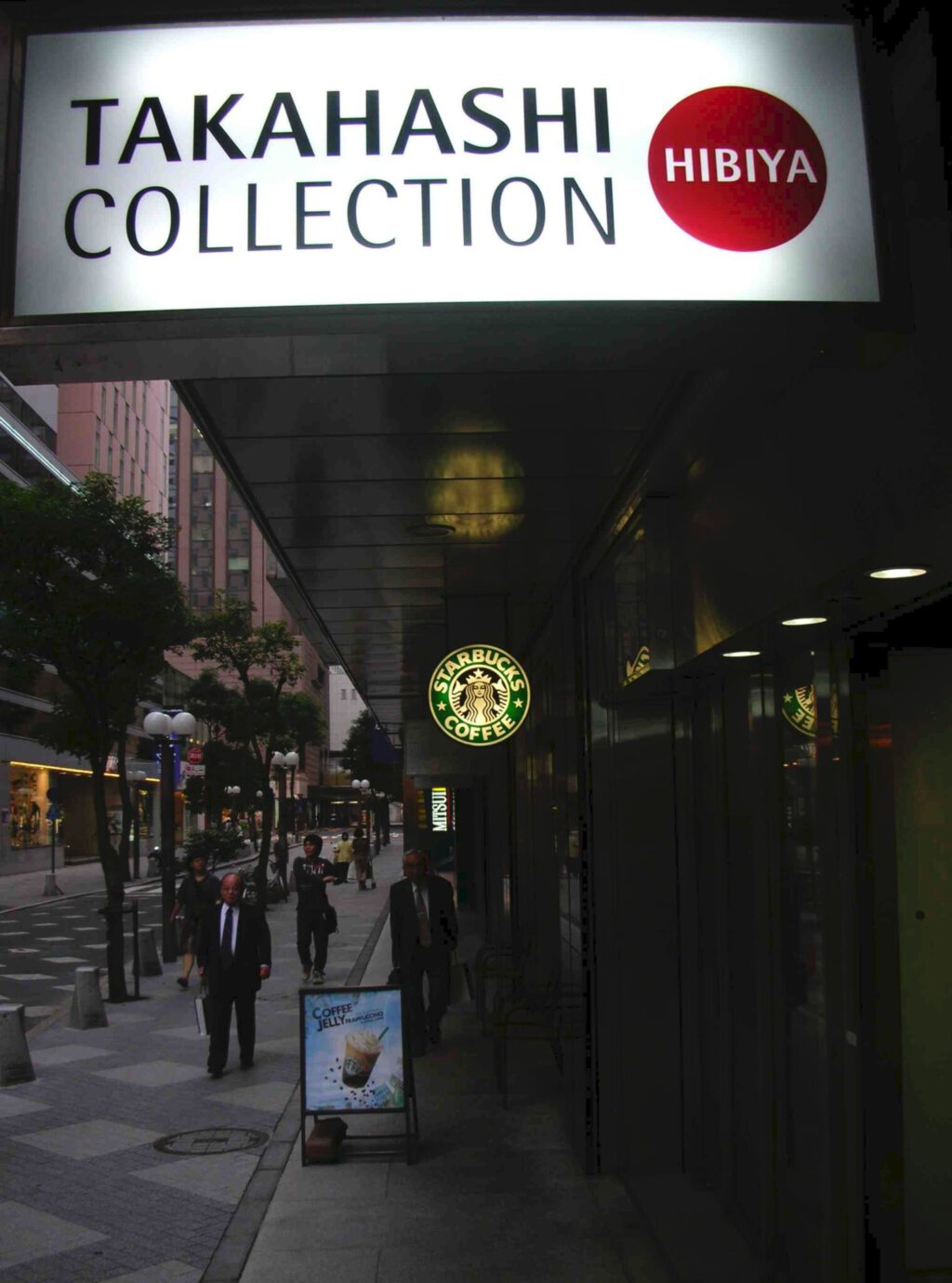
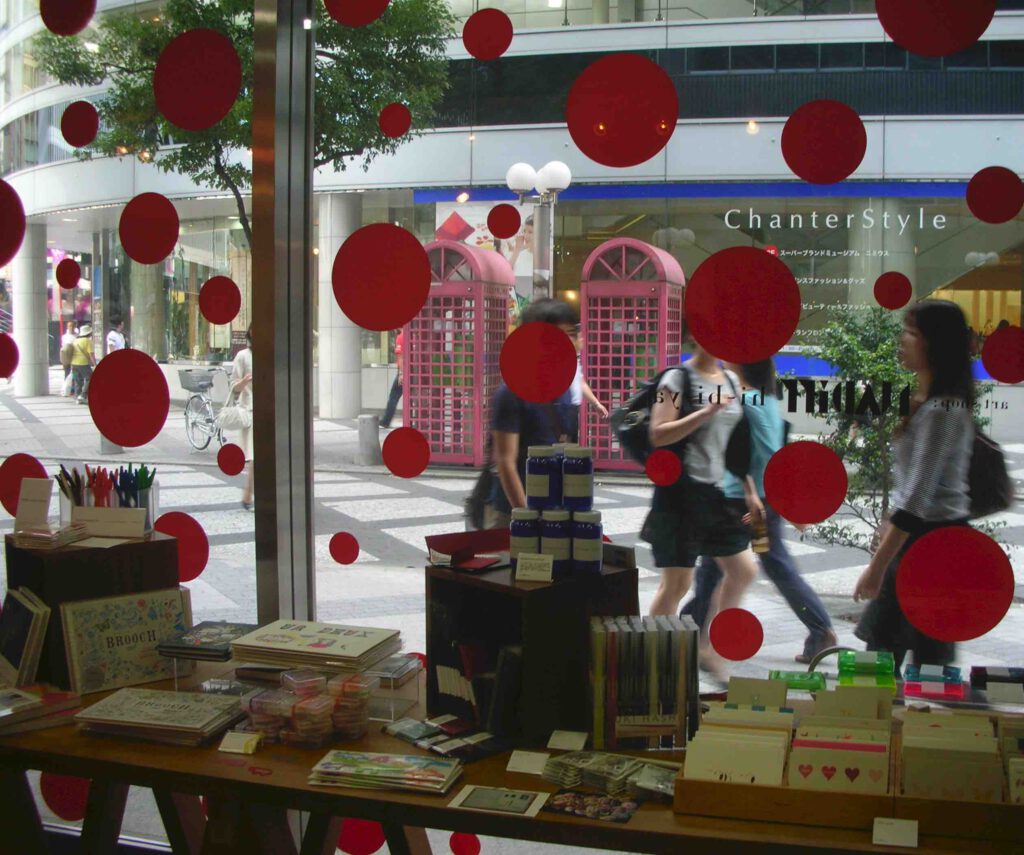
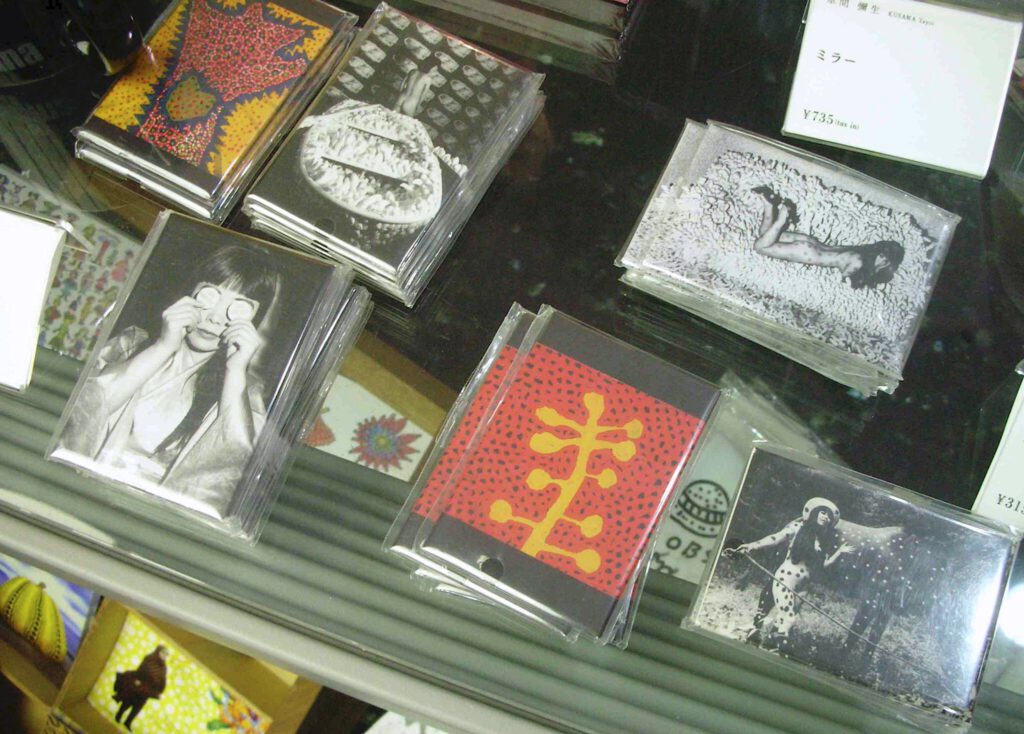

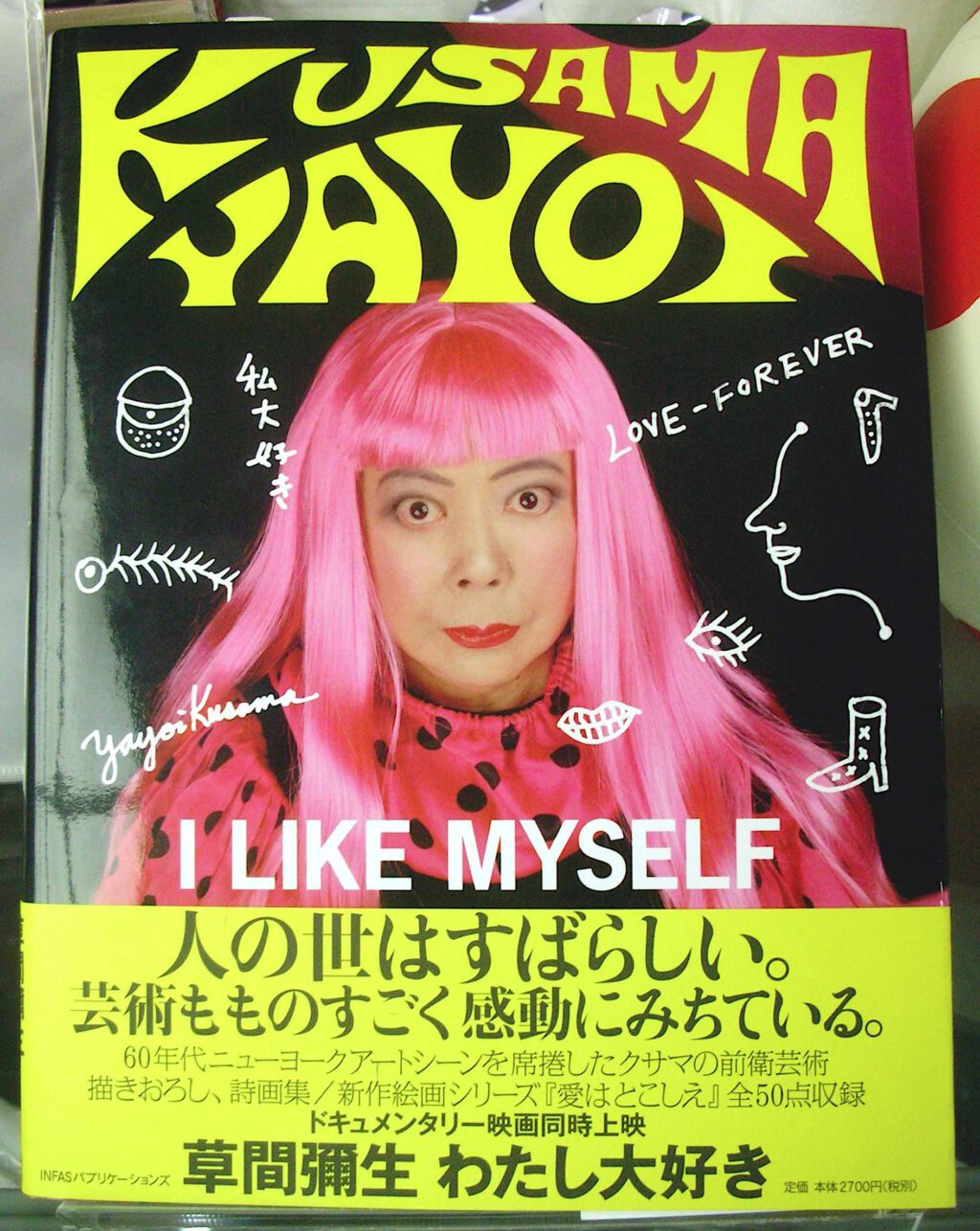
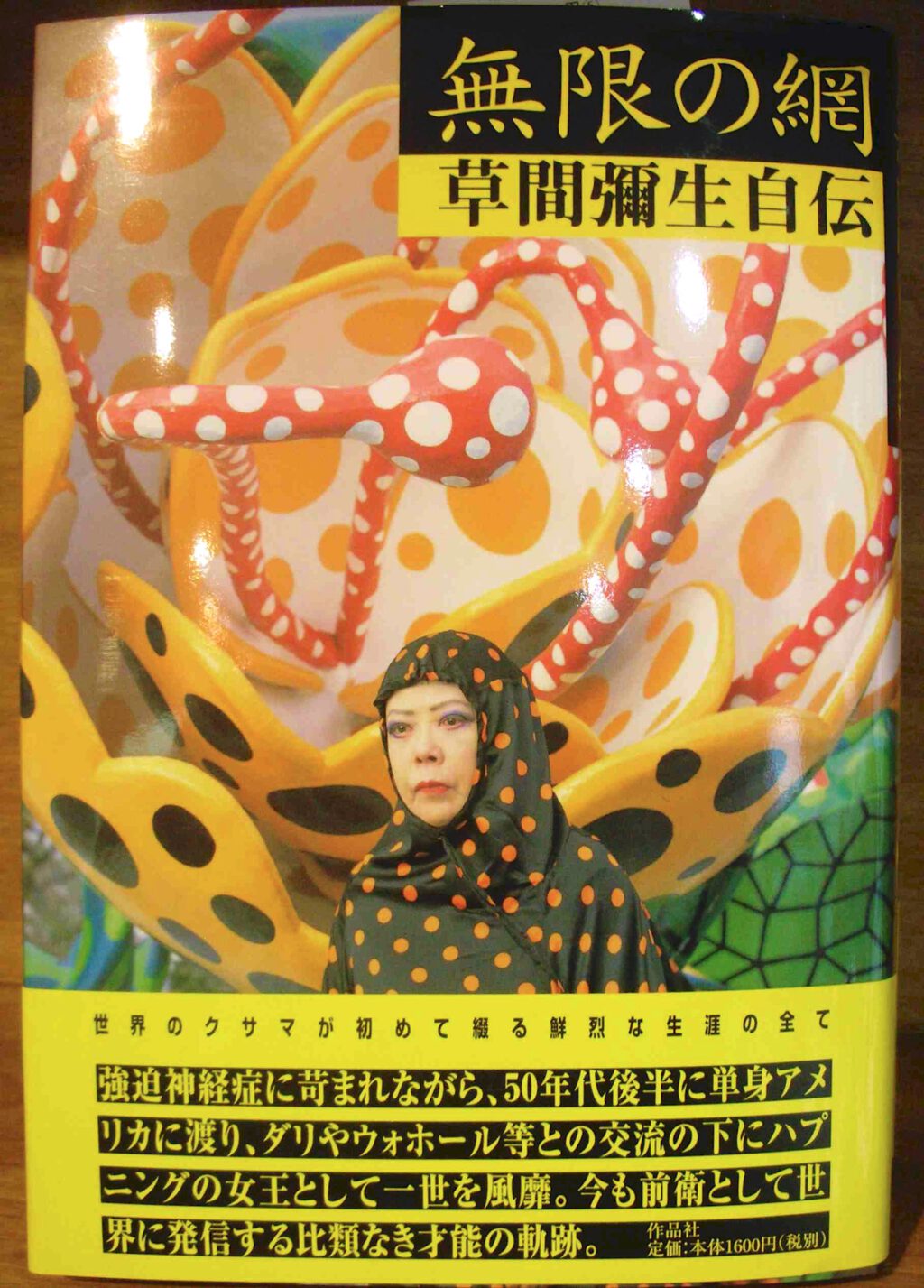

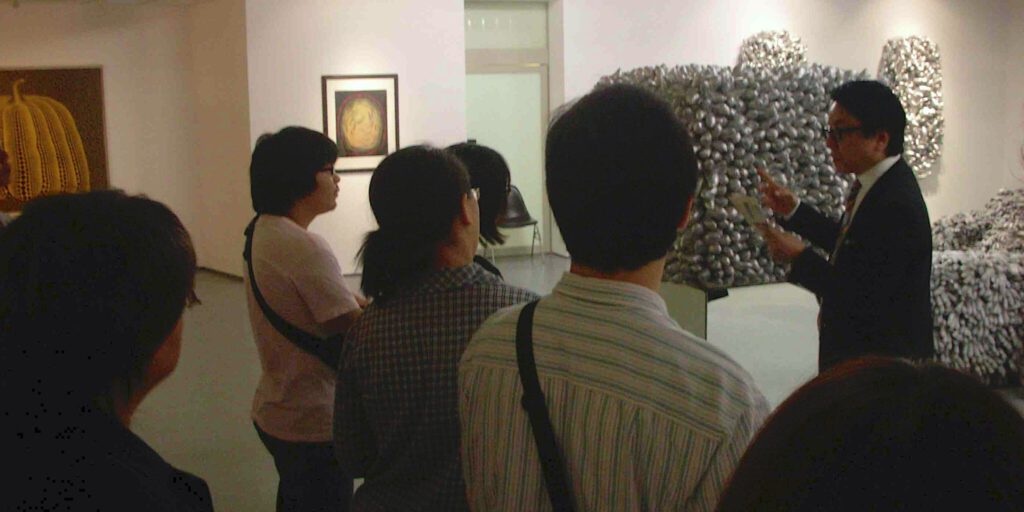

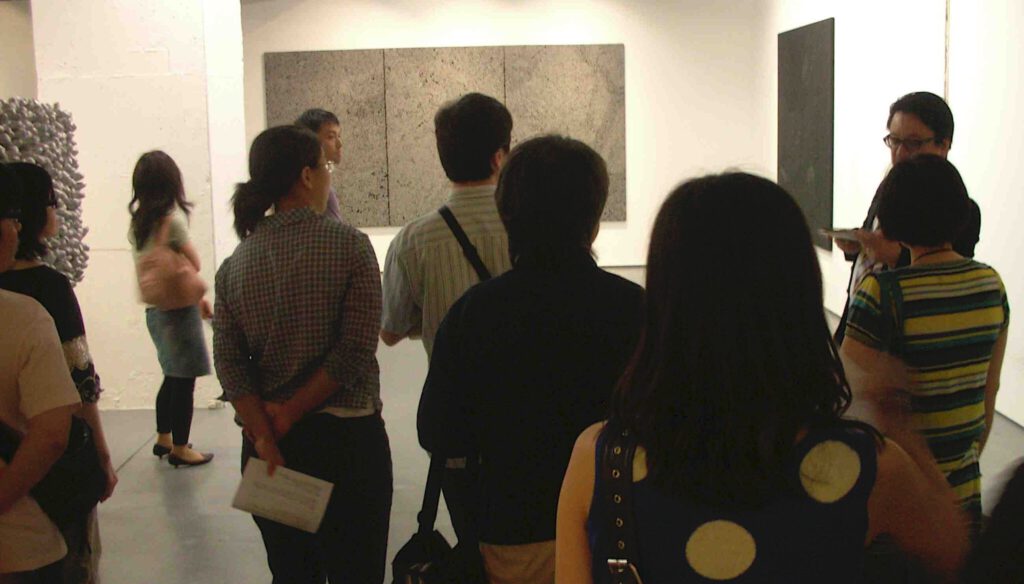

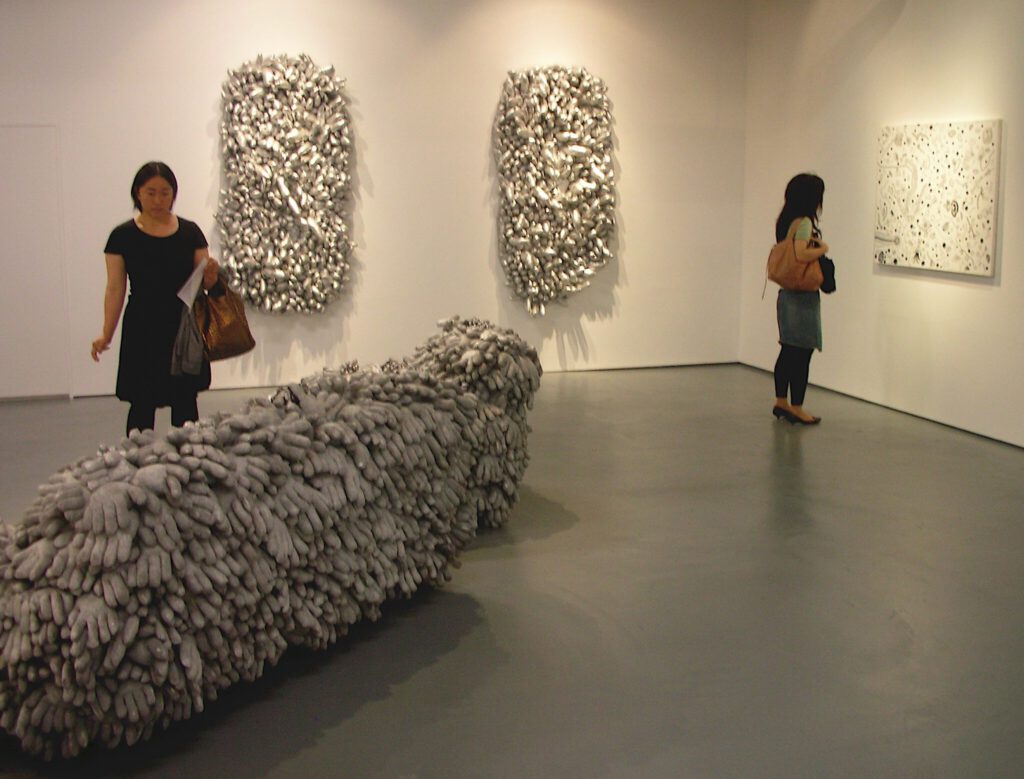
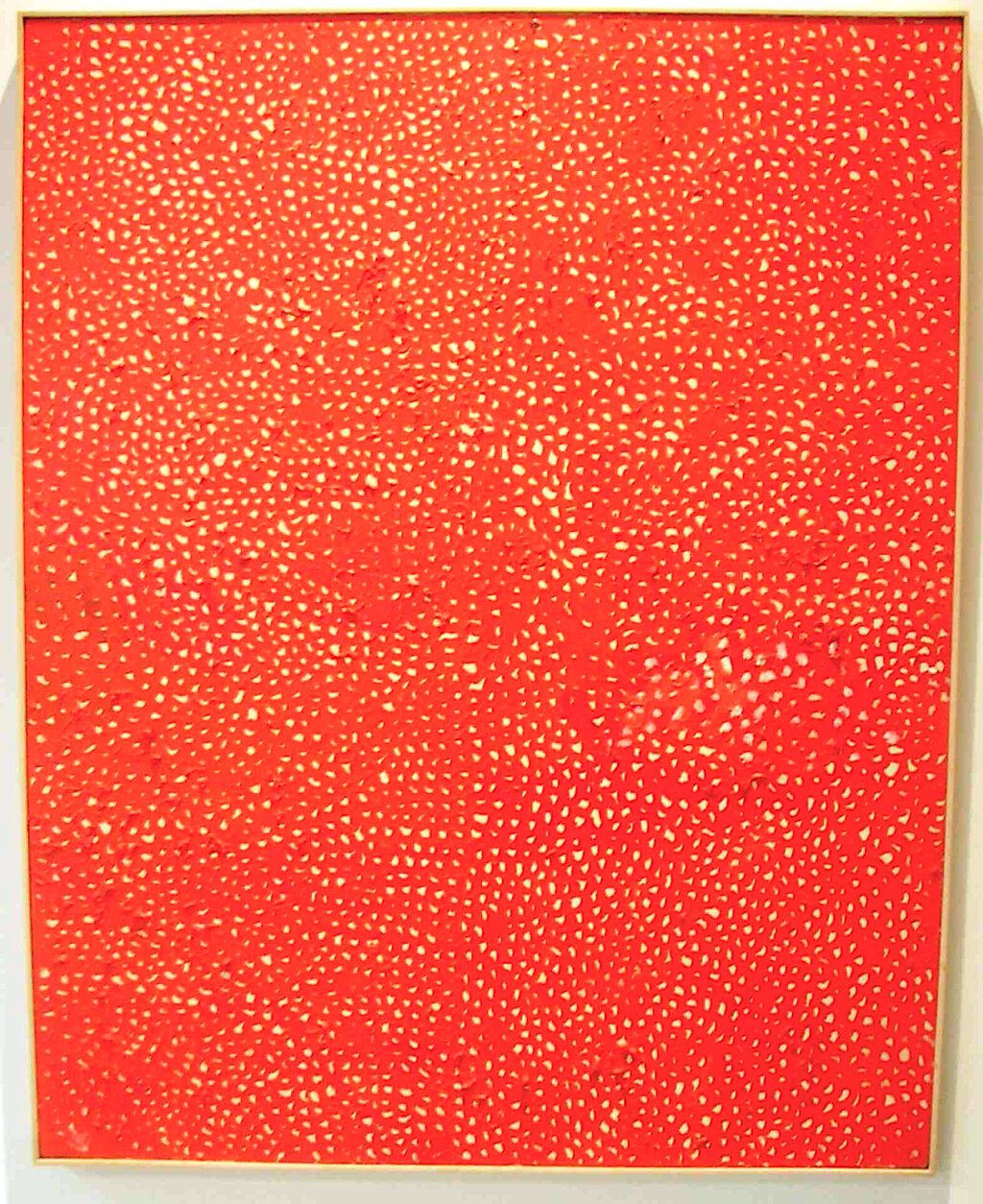
【FIRST PIECE】アートコレクター・高橋龍太郎が初めてプライマリーで購入したアート作品【草間彌生・無限の網】を語る
高橋龍太郎
精神科医、現代アートコレクター。
1946年山形県に生まれ、小学校から高校卒業までを名古屋で過ごす。
東邦大学医学部を卒業後、慶應義塾大学精神神経科入局。国際協力事業団(現・国際協力機構)の医療専門家としてのペルー派遣などを経て、1990年東京・蒲田にタカハシクリニックを開設、院長となる。医療法人こころの会理事長。デイ・ケア、訪問介護を中心に地域精神医療に取り組むとともに、心理相談、ビジネスマンのメンタルヘルス・ケアにも力を入れている。

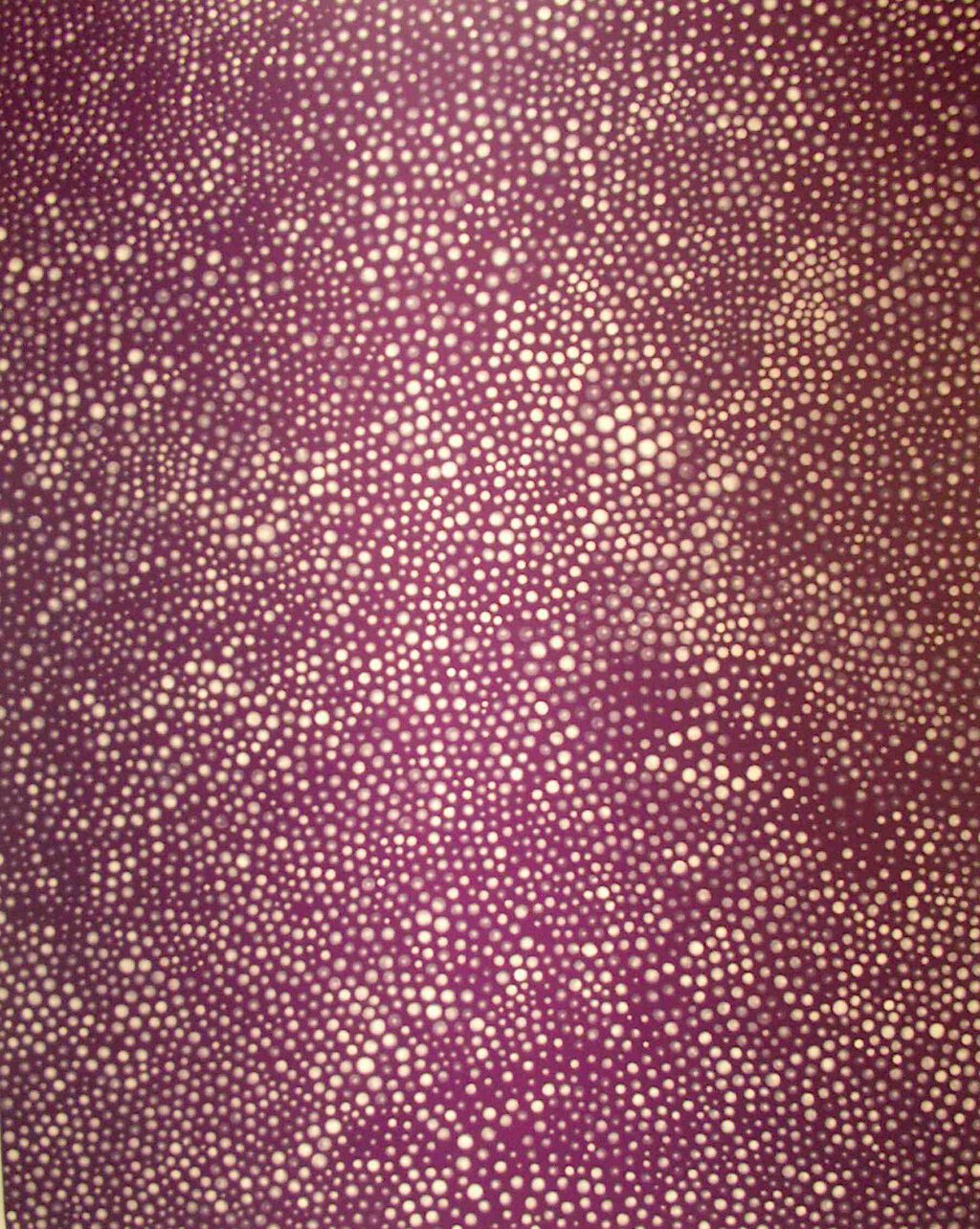
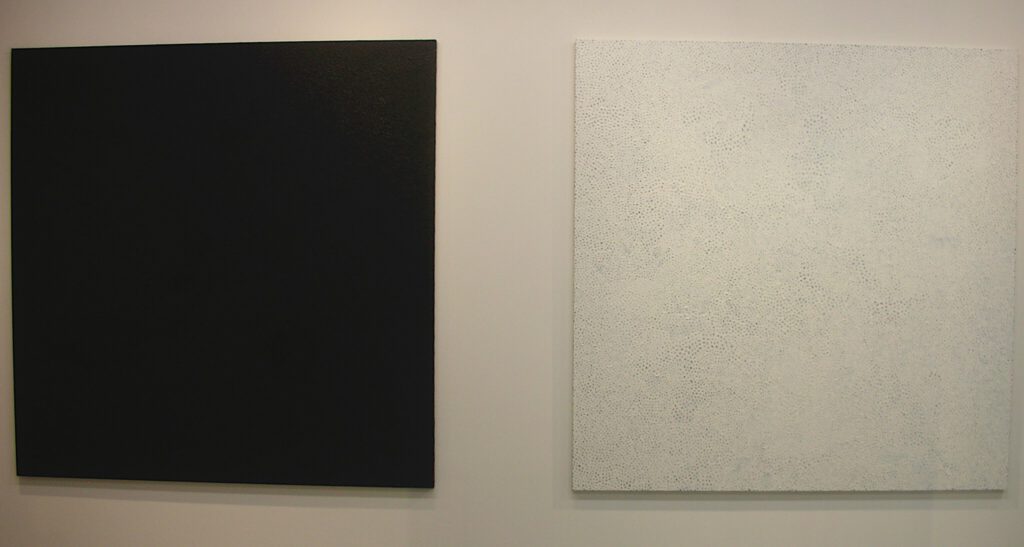


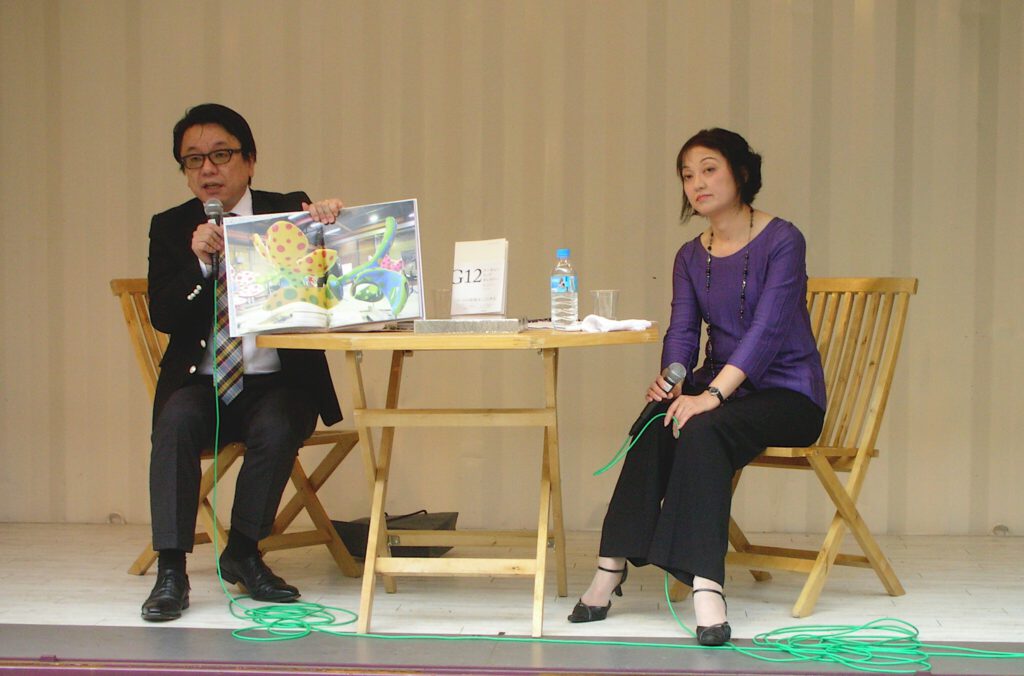
One month later the following article in the Yomiuri Newspaper made huge waves in the local art community.
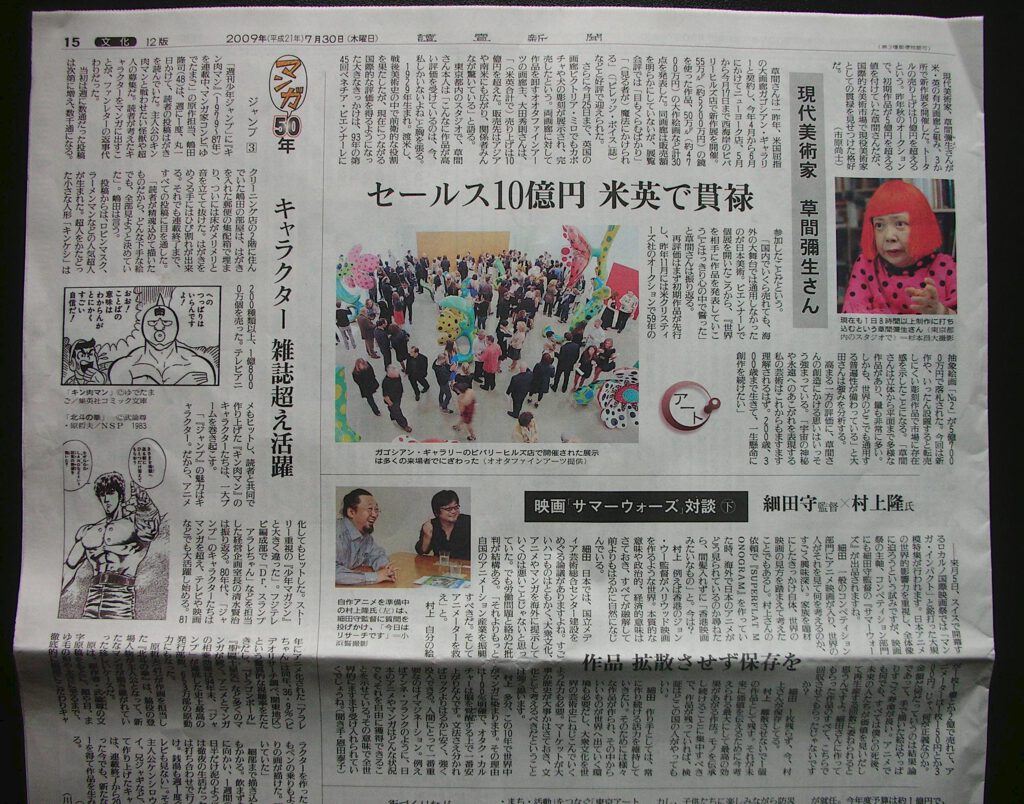
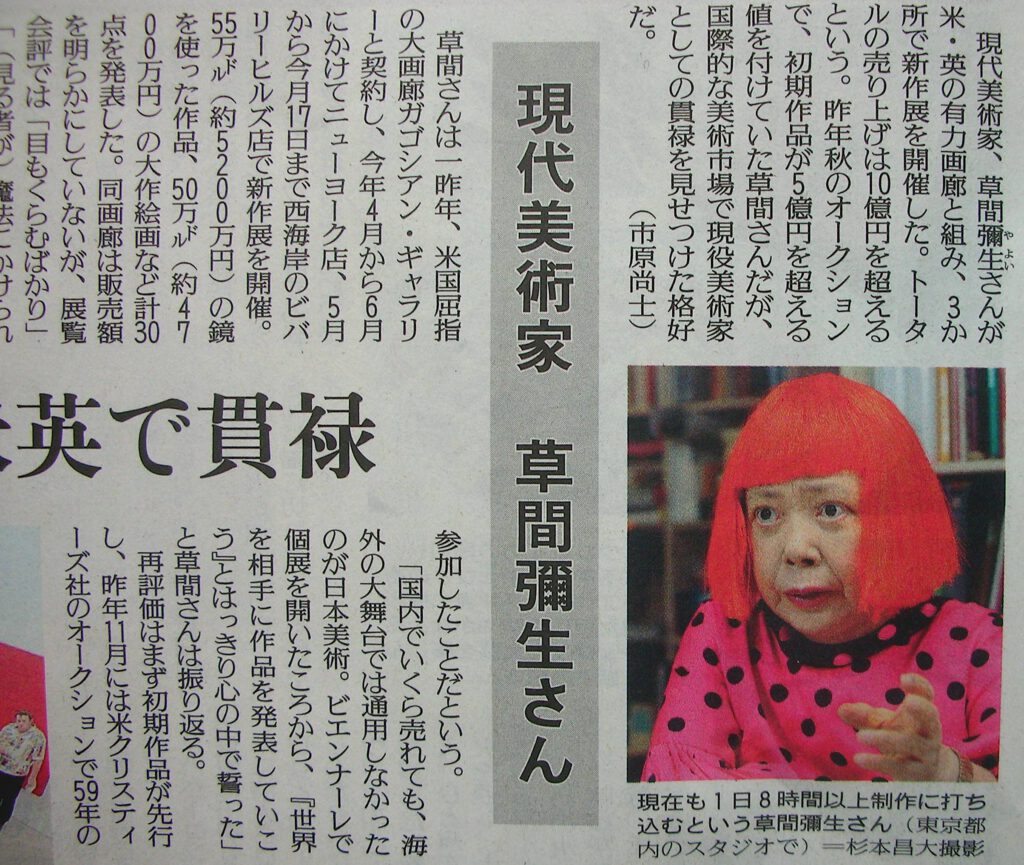

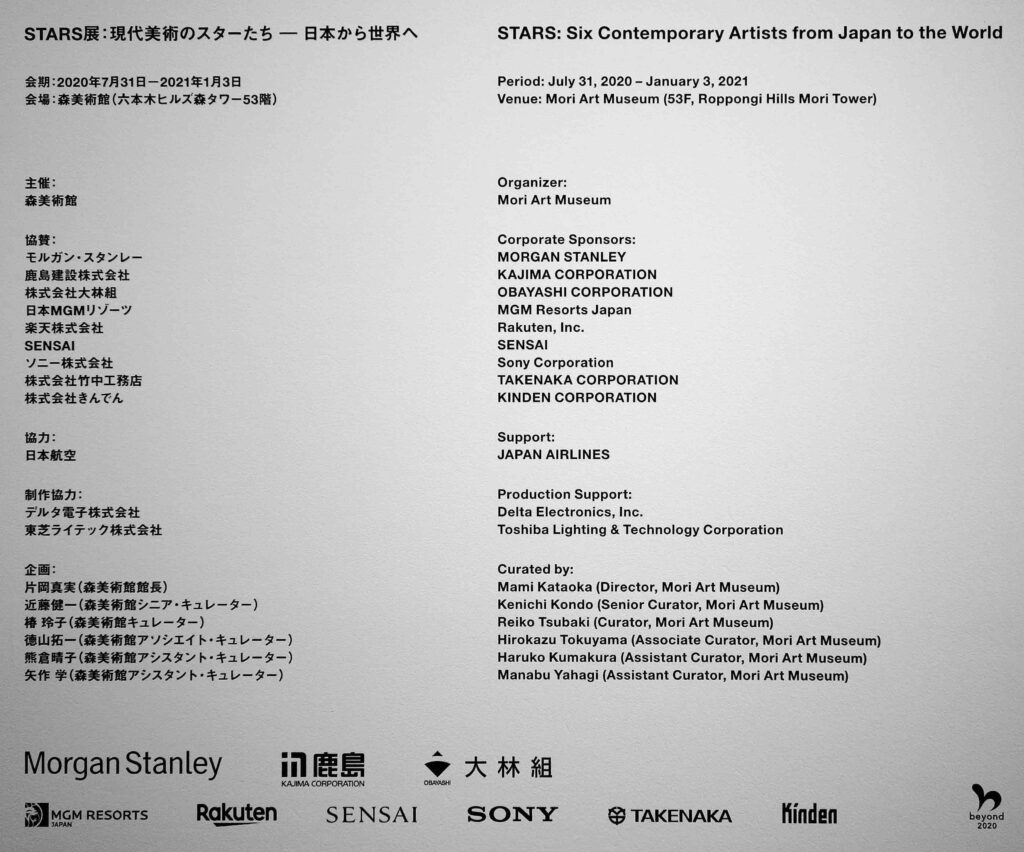
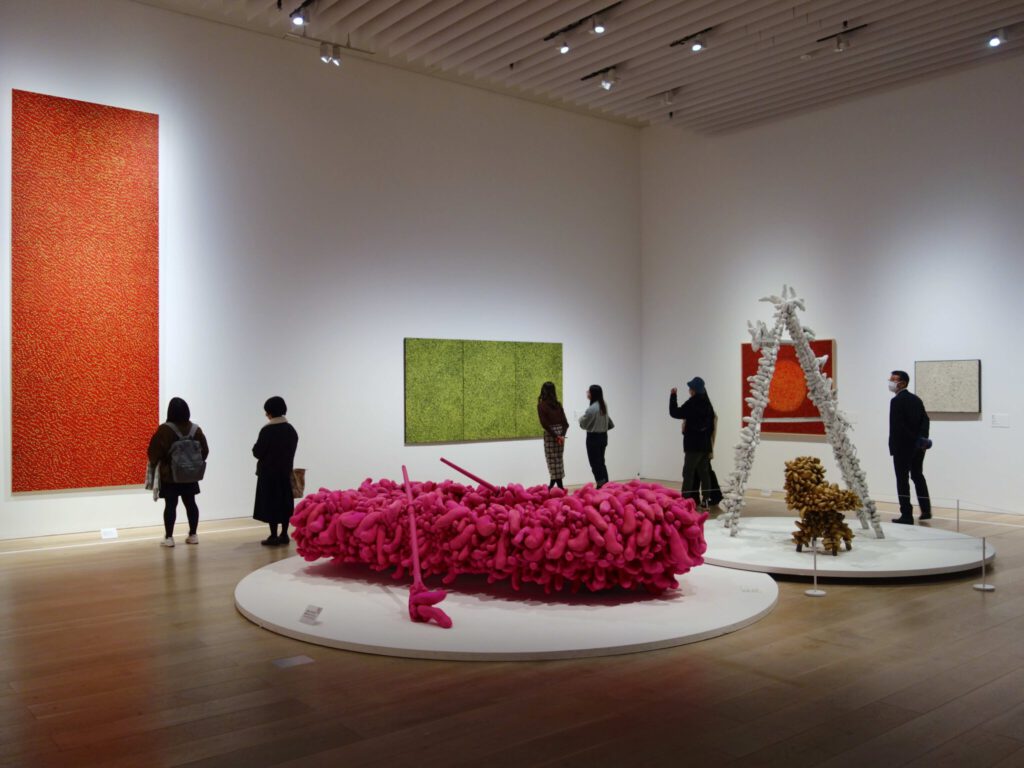
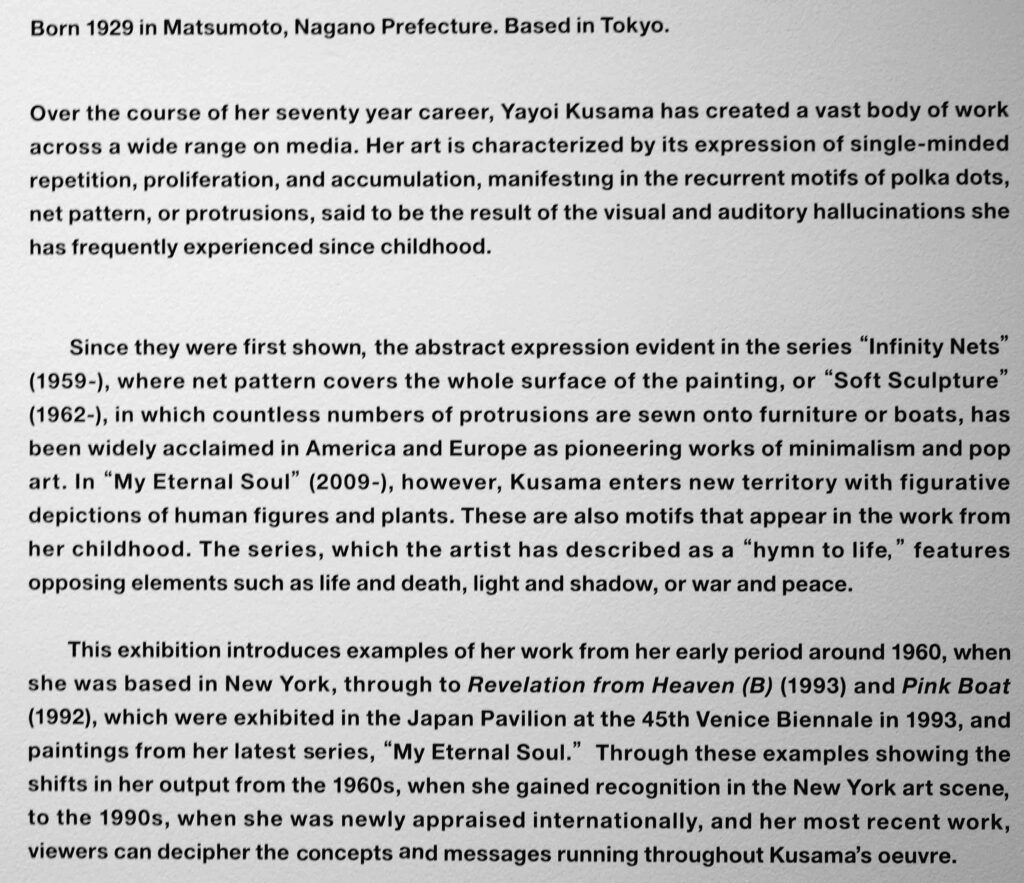

title:
Infinity Mirrored Room ― 信濃の灯 Glowing Lights in Shinano
2001, mixed media, 220 x 144.4 x 144.4 cm, 所蔵:松本市美術館(長野) Collection: Matsumoto City Museum of Art, Nagano
Compare the above work with the same execution process but different title from 1963:
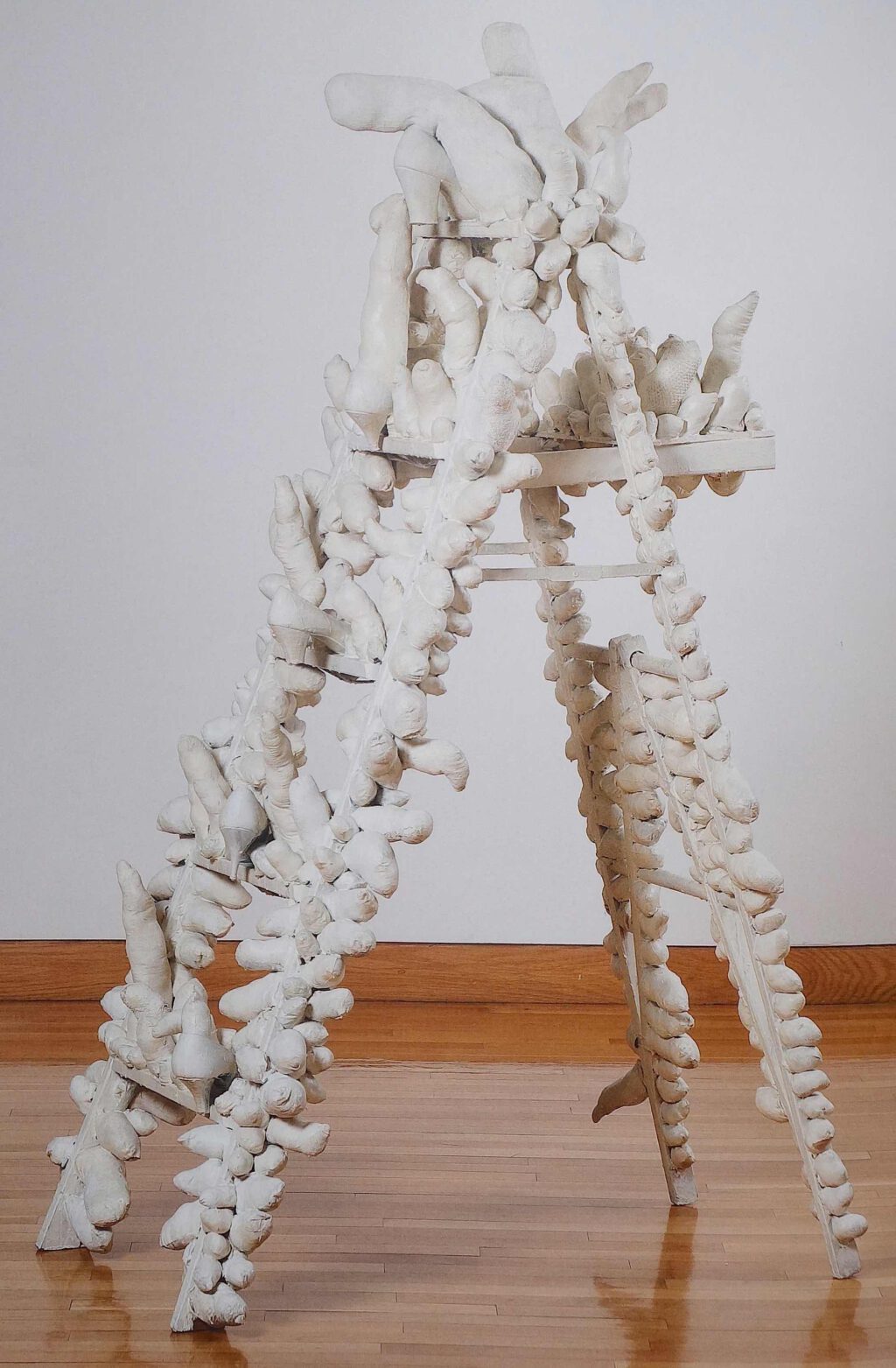
Her ladder in the studio, New York 1959:
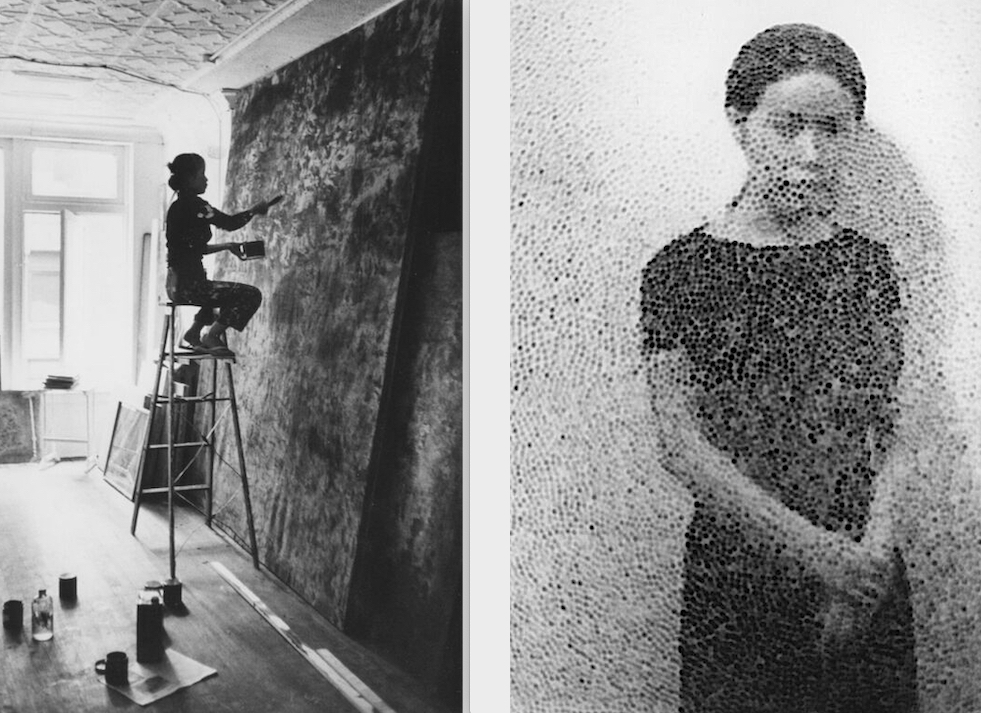
Collector Hanford Yang had been interviewed in 2021, to comment on Kusama’s years in New York.
Quotes from “Inside ‘Infinity Mirrors’ artist Yayoi Kusama’s tragic years in NYC”
April 18, 2021
But when Kusama first came to New York City in 1958, she struggled to draw crowds.
During her 15 years here, she made some of the work that she’s famous for today, like the Infinity Net paintings that go for as much as $8 million. Early on, Kusama begged galleries to show her work. Most declined.
She believed that male peers — including Andy Warhol, whom she called a “close friend” — were copying her work.
It all led to a suicide attempt.
“Kusama faced terrible prejudice in the art world,” her old friend Hanford Yang, an architect and longtime Pratt professor, told The Post. “She was so good, but none of the big galleries would show her because, one, she was Japanese, and, two, she was a woman . . . She struggled in New York. She had no money. I used to see her cry.”
…
And she was “aggressive” when pushing her art, Yang said.
…
Yang credits Judd for introducing him to Kusama at Judd’s apartment on Park Avenue South and 19th Street.
“He said he wanted to introduce me to a ‘wonderful artist who will be a great artist in the future,’” Yang said. “And that was Kusama!”
Her first solo show, in October 1959, was at a gallery started by artists. Judd glowingly reviewed it for ARTNews and bought one of the pieces for $200. The support of a well-respected male peer went a long way.
In 1962, Kusama began showing soft-sculpture pieces, covering sofas and ironing boards with hand-sewn phallic forms. “Nobody was doing soft sculpture,” she says in the documentary. Later that year, her peer Claes Oldenburg debuted soft sculptures. Kusama felt he had stolen the idea. “His wife pulled me aside and said, ‘Yayoi, forgive us,’ ” Kusama has claimed.
In 1963, she landed a solo show at Gertrude Stein Gallery, her first-ever installation. “Aggregation: One Thousand Boats Show” showcased a boat covered with soft phallic forms; she also wallpapered the space with repetitive images of the boat. In her autobiography, she wrote that when Warhol, her “close friend” and “rival,” came to see the show he shouted “Yayoi, what is this? It’s fantastic!” A few years later, when Warhol plastered the walls and ceiling at the famed Leo Castelli Gallery with repetitive cow wallpaper, Kusama was crushed.
“She was very upset,” Yang said. “It was very similar . . . and nobody gave Kusama any credit.”
full text:
https://nypost.com/article/infinity-mirrors-artist-yayoi-kusamas-tragic-years-in-nyc/
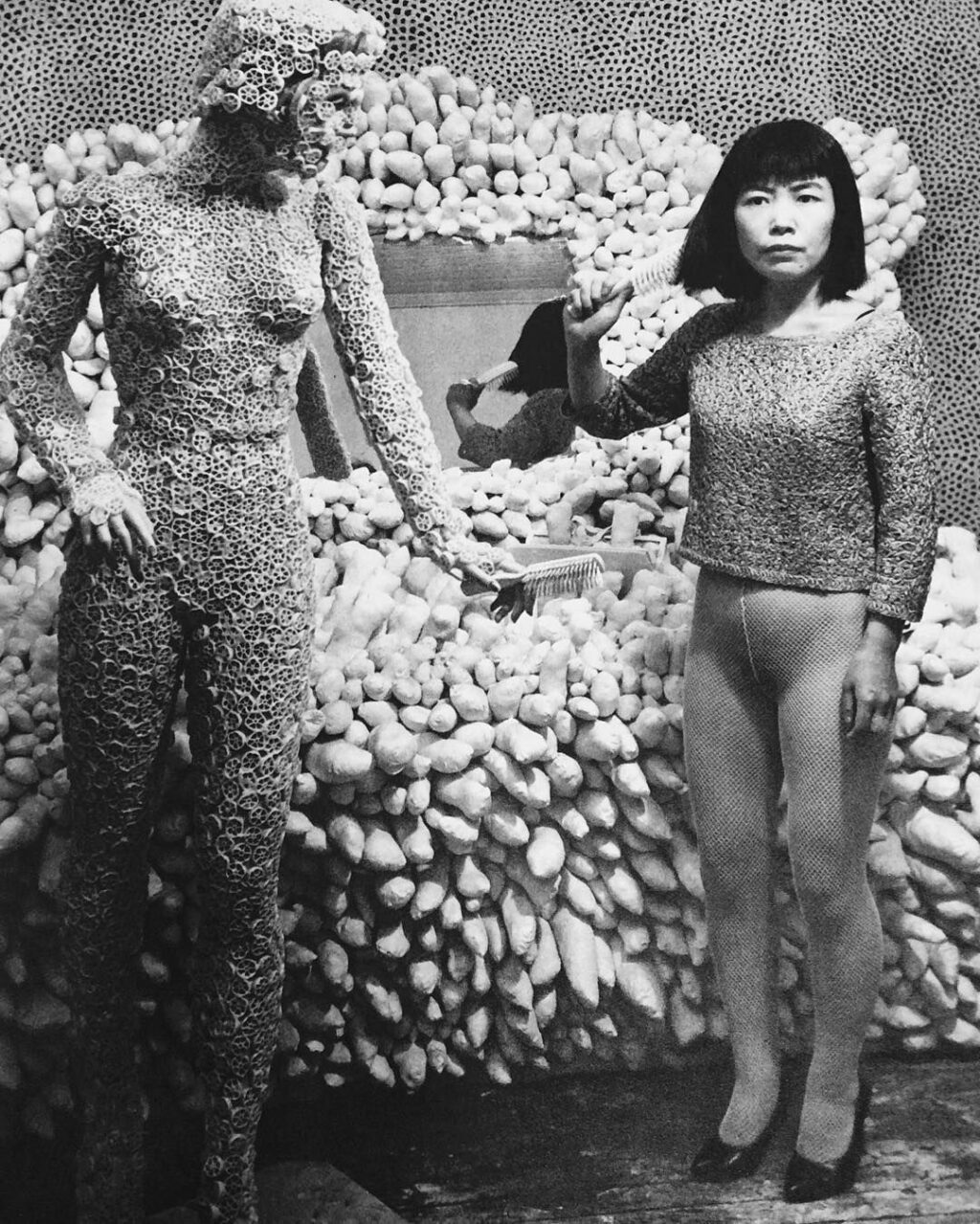
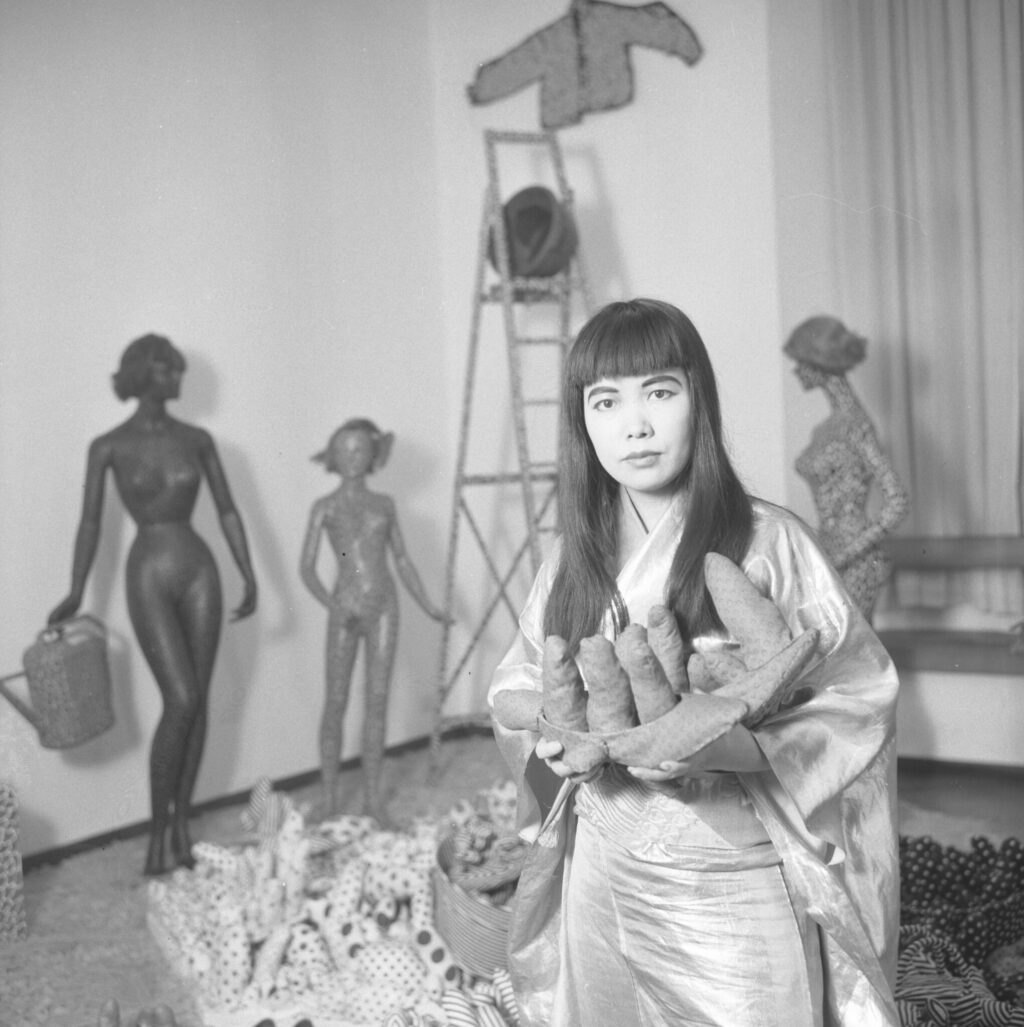

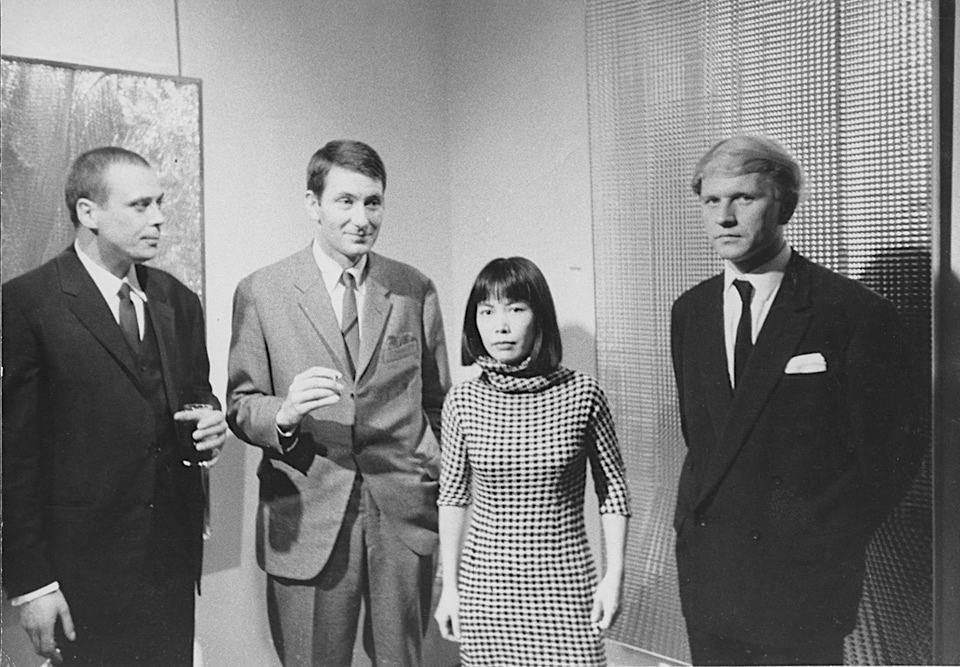
Please notice, that in 1970 Heinz Mack had been invited to Osaka as a visiting professor. Means, the influence of GUTAI on the European ZERO movements could be art historically re-contextualized by his lectures.

Yayoi Kusama, Opening reception 29. April 1966, Galerie M.E. Thelen, Essen
DRIVING IMAGE SHOW
Sex obsession
Food obsession
Compulsion-furniture
Repetitive-room
Macaroni-vision
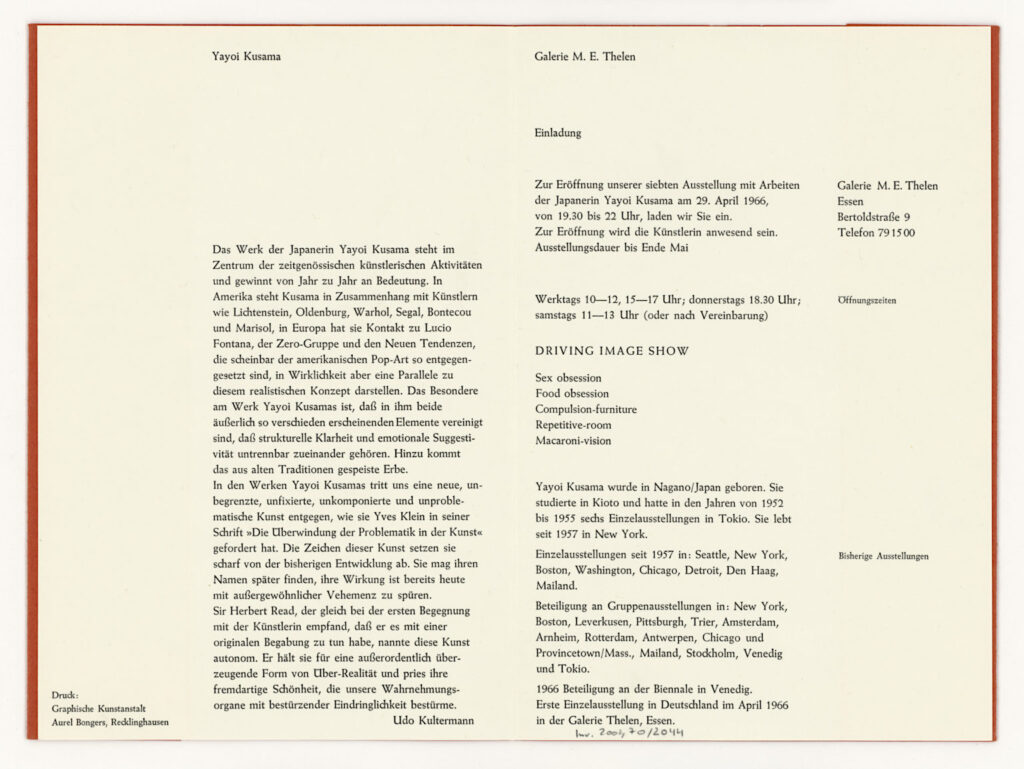

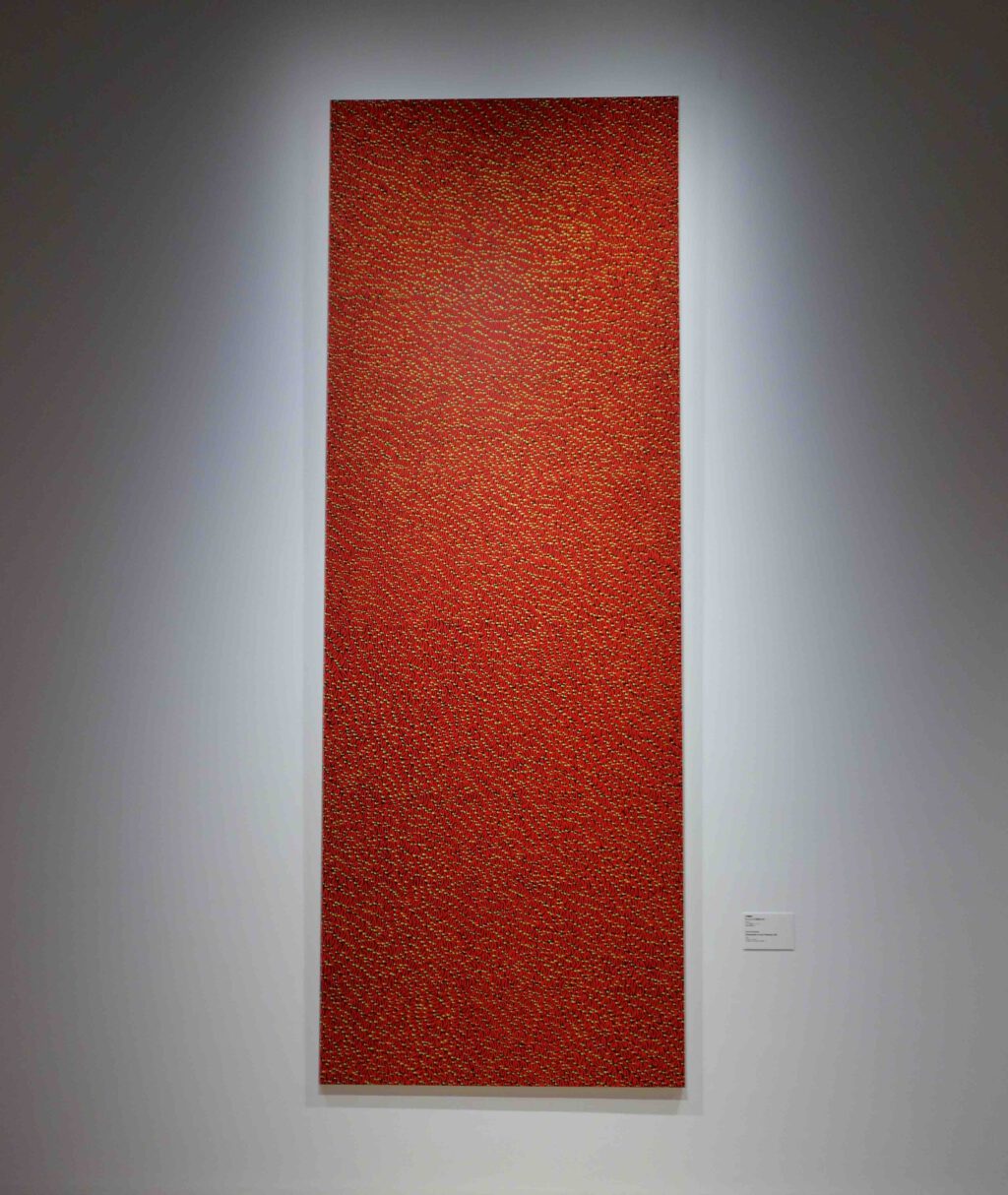

compare with other two similar works:


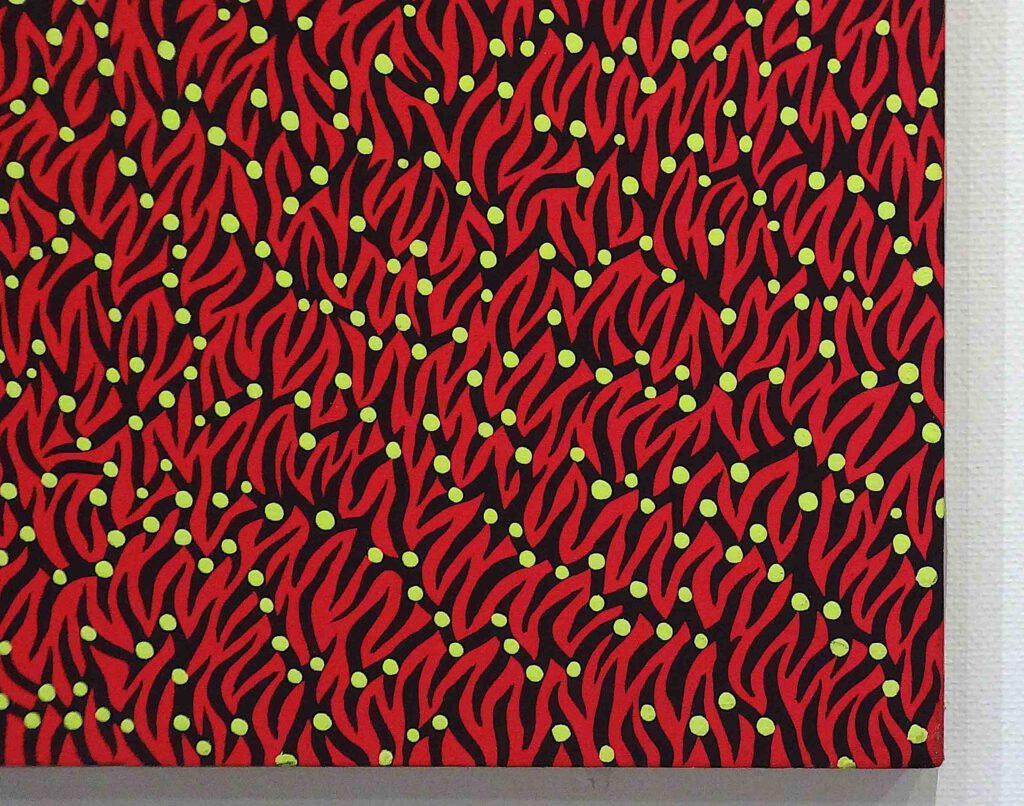
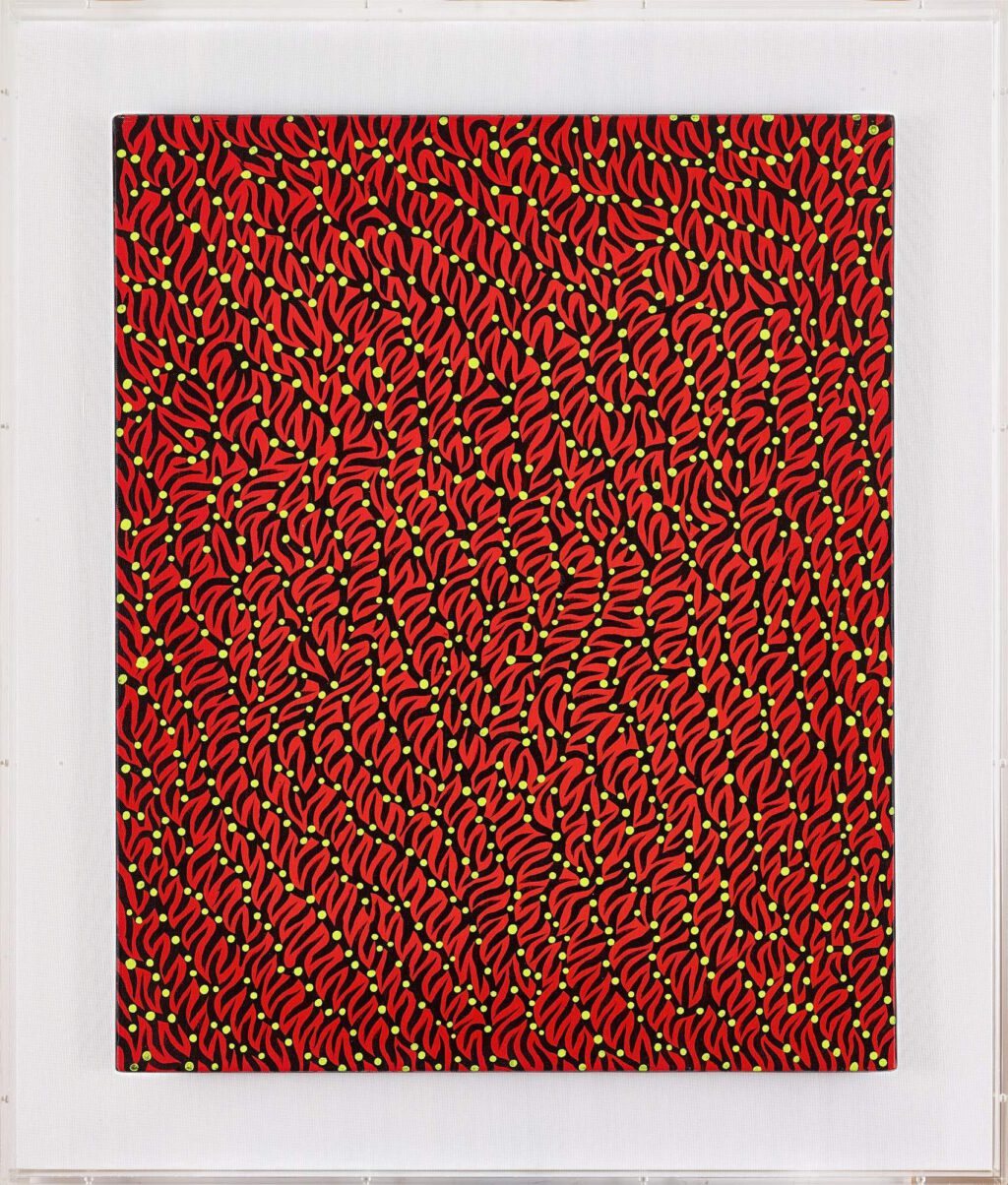
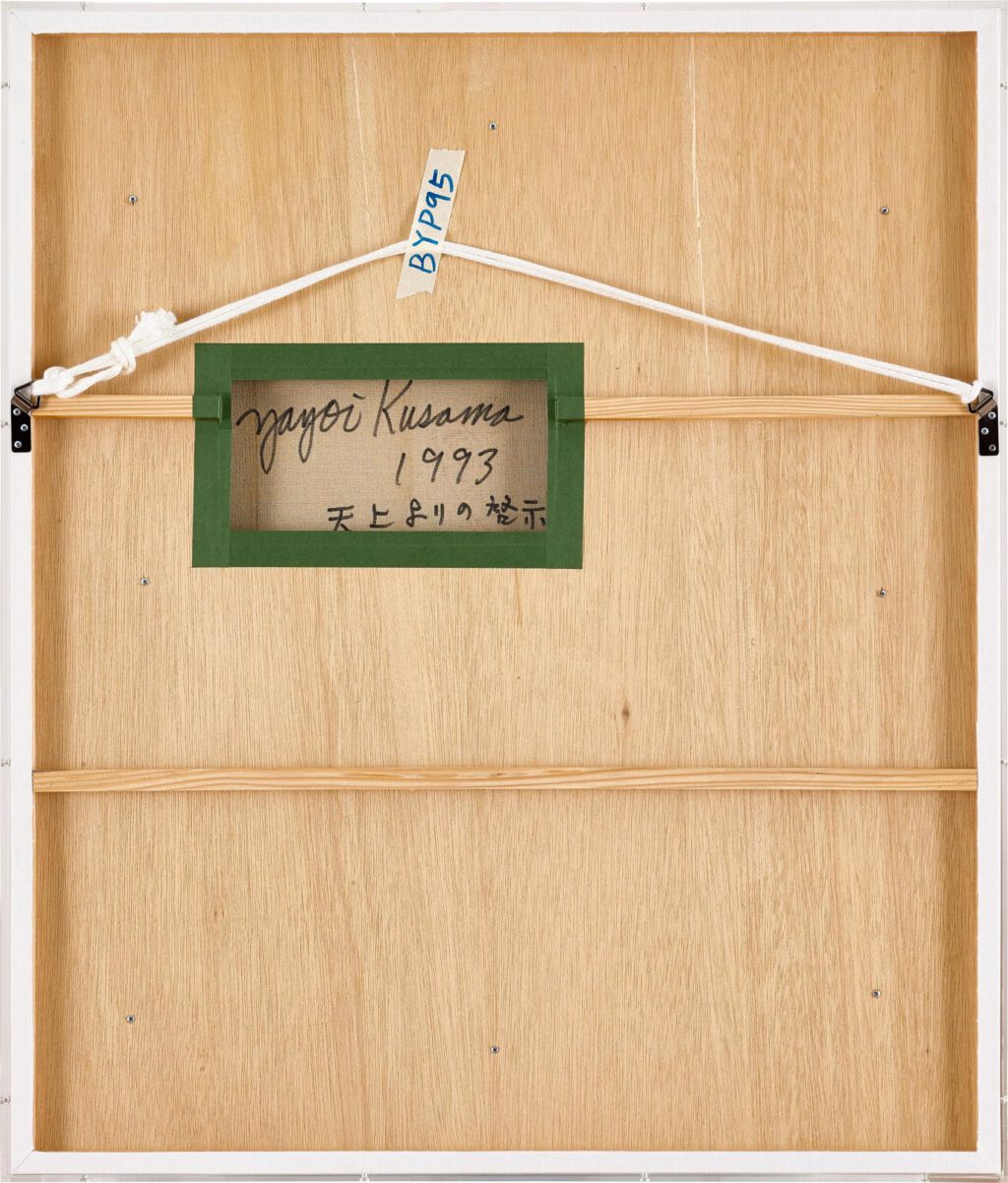


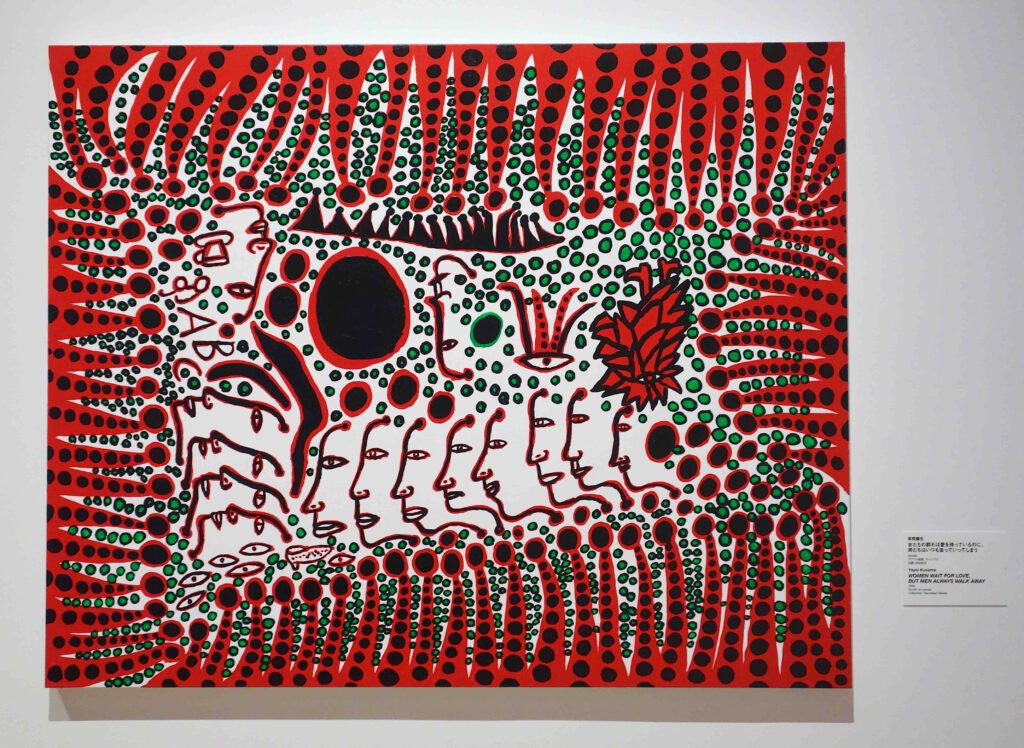
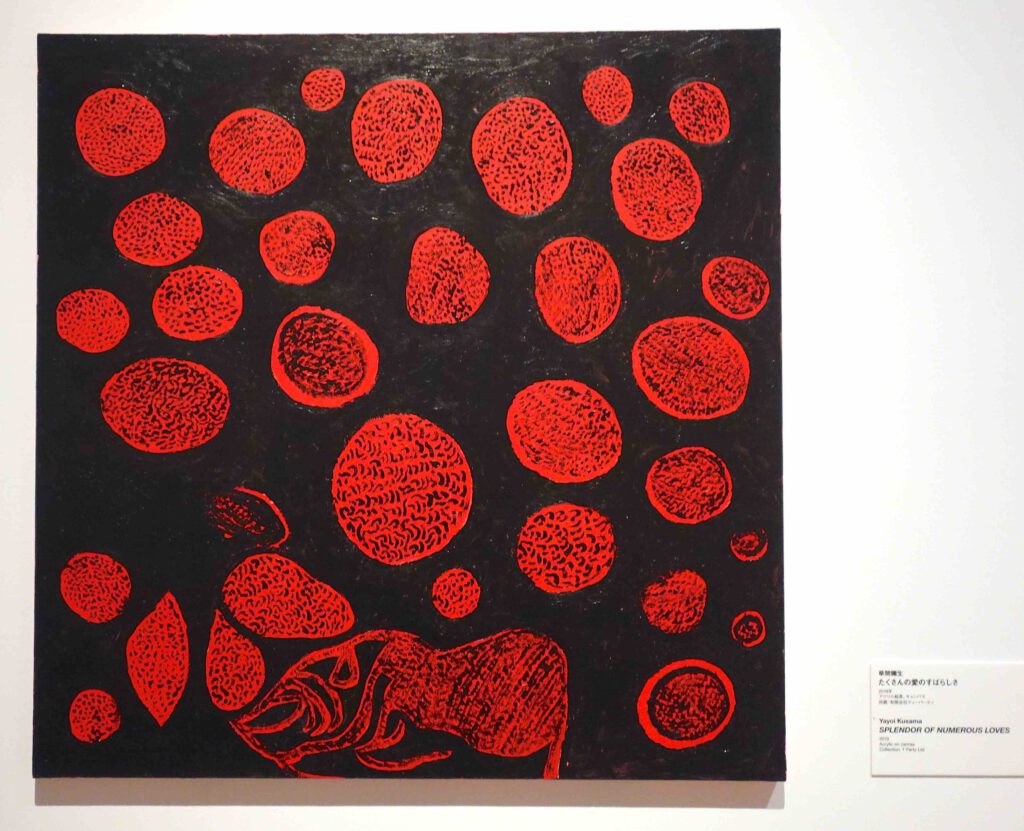
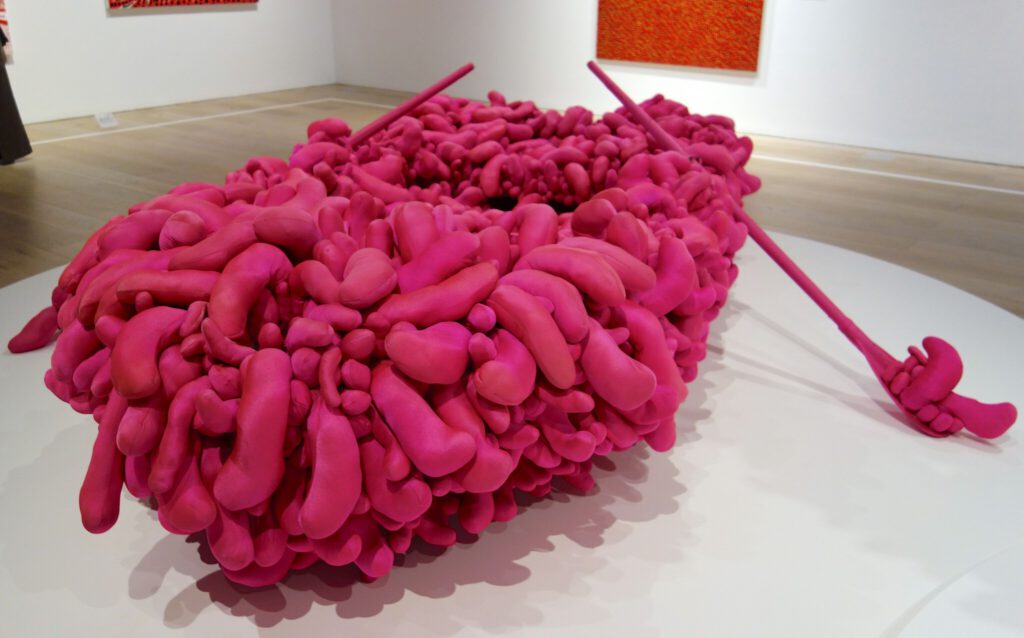

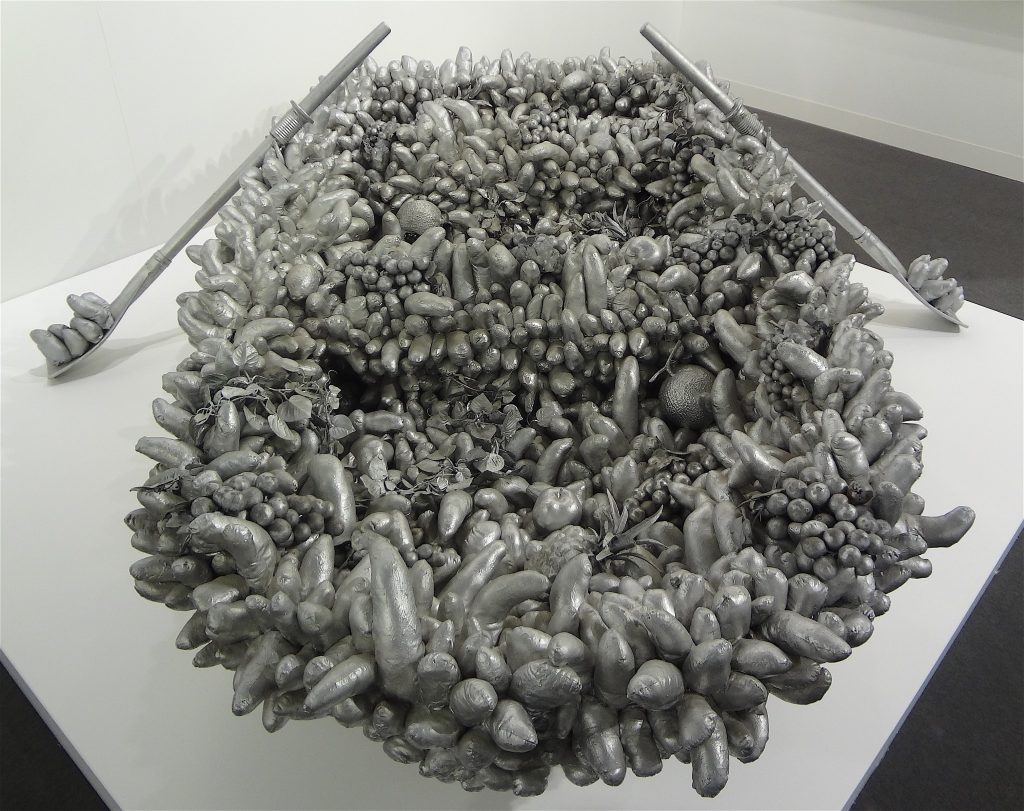
草間彌生 KUSAMA Yayoi “Walking on the Sea of Death” 1981, Sewn stuffed fabric, fiberglass rowboat and silver paint, 58 x 256 x 158 cm
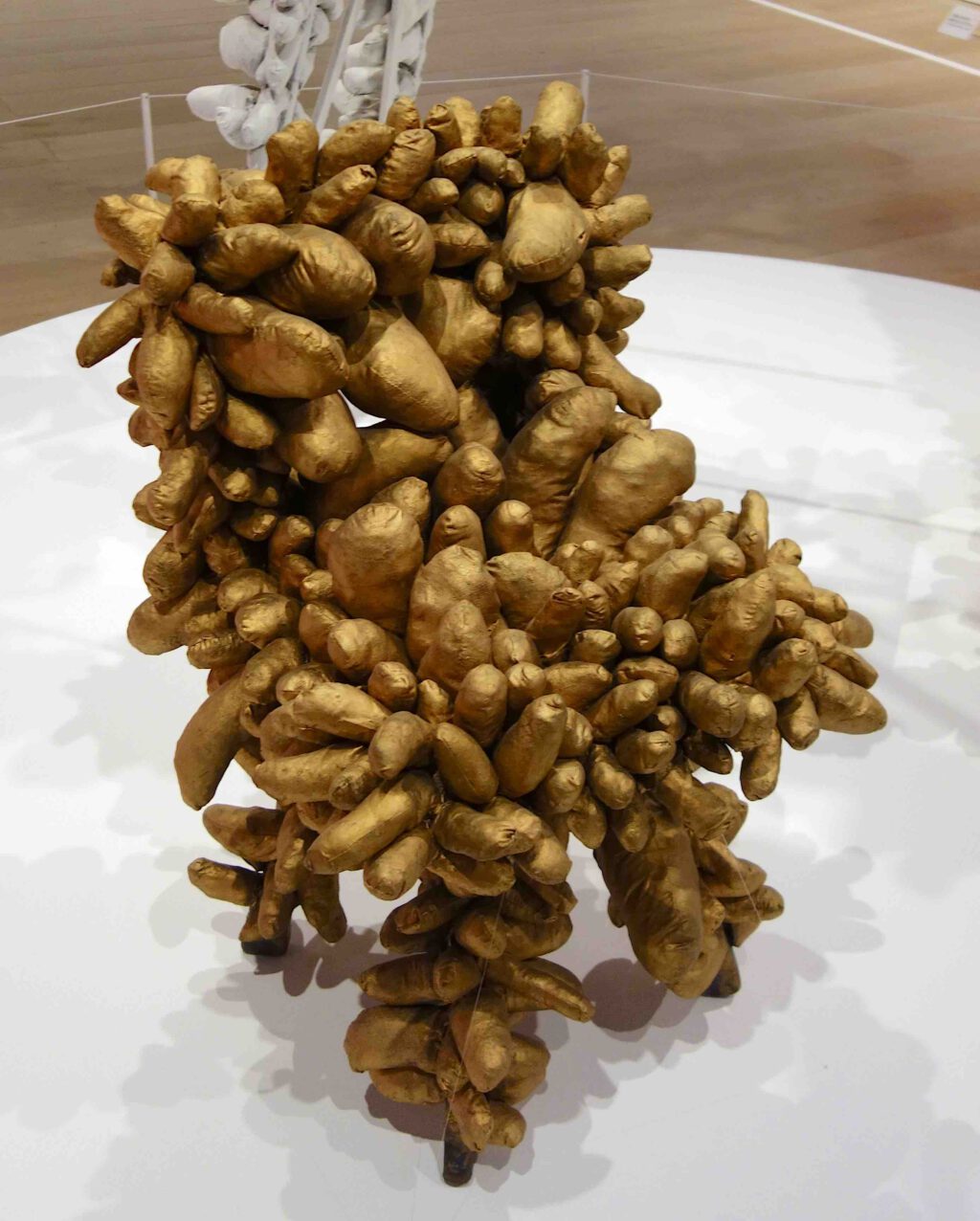
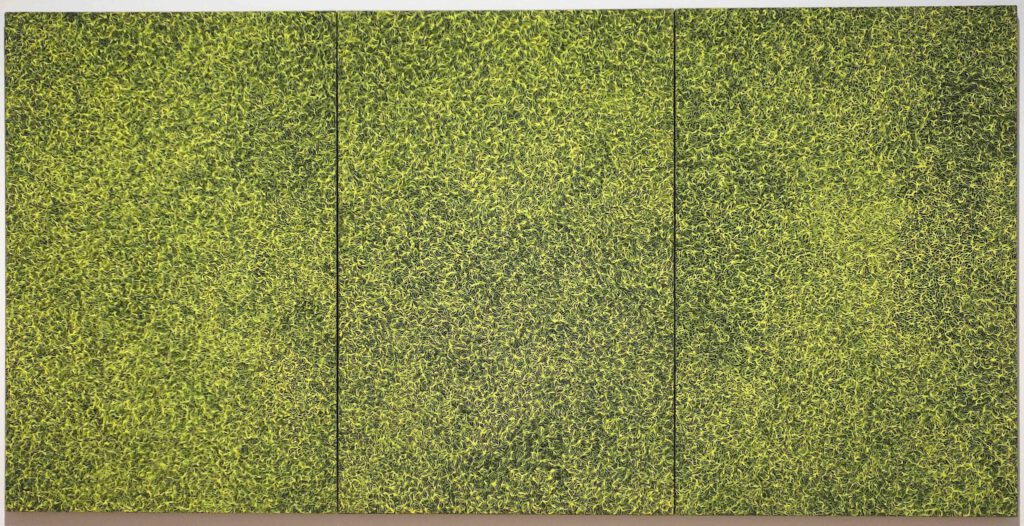
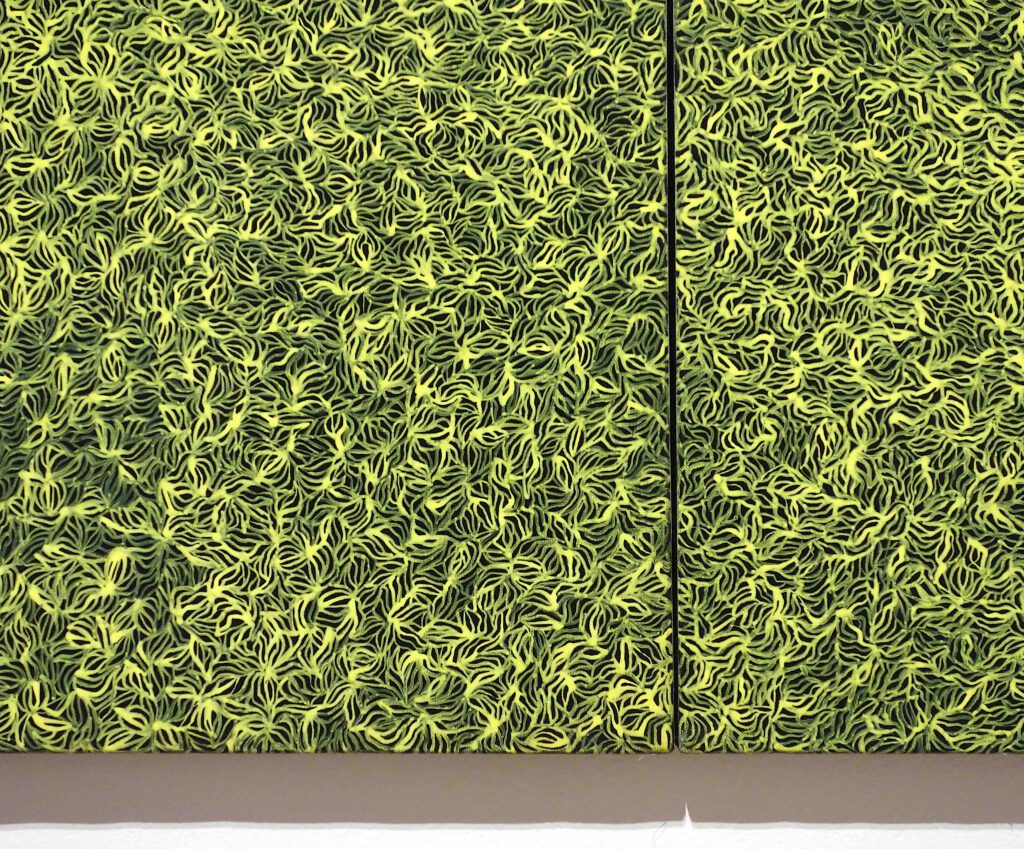

Compare with:
ARTnews の「トップ200コレクターズ」」2018
THE TOP 200 COLLECTORS (ARTnews 2018)
https://art-culture.world/articles/the-top-200-collectors-artnews-2018/
ARTnews の「トップ200コレクターズ」」2021
THE TOP 200 COLLECTORS (ARTnews 2021)
https://art-culture.world/articles/top-200-collectors-artnews-2021/
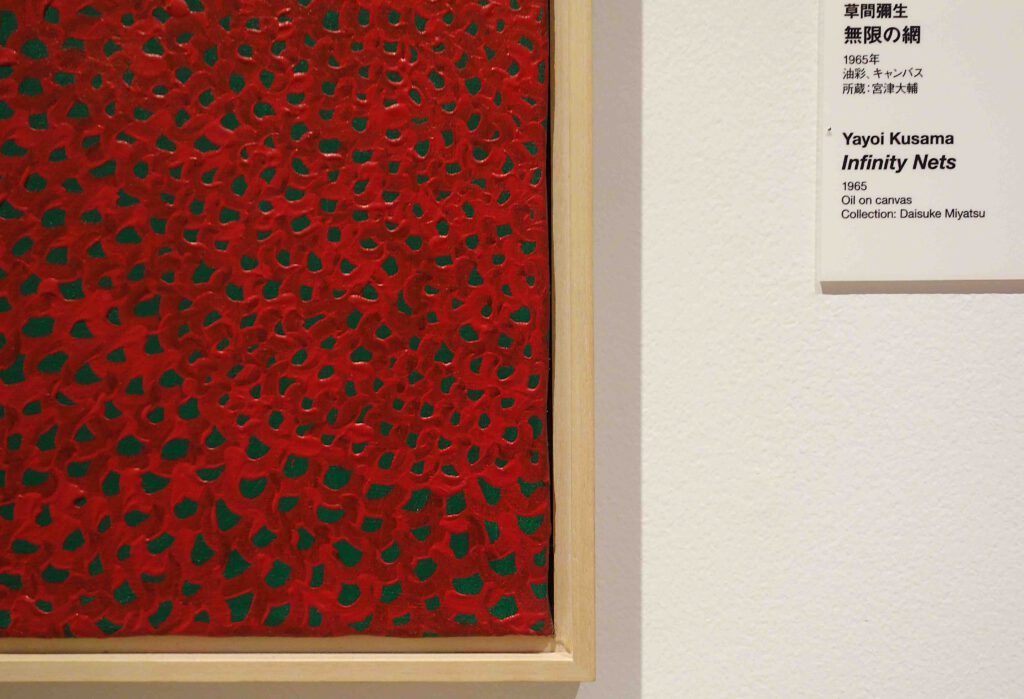
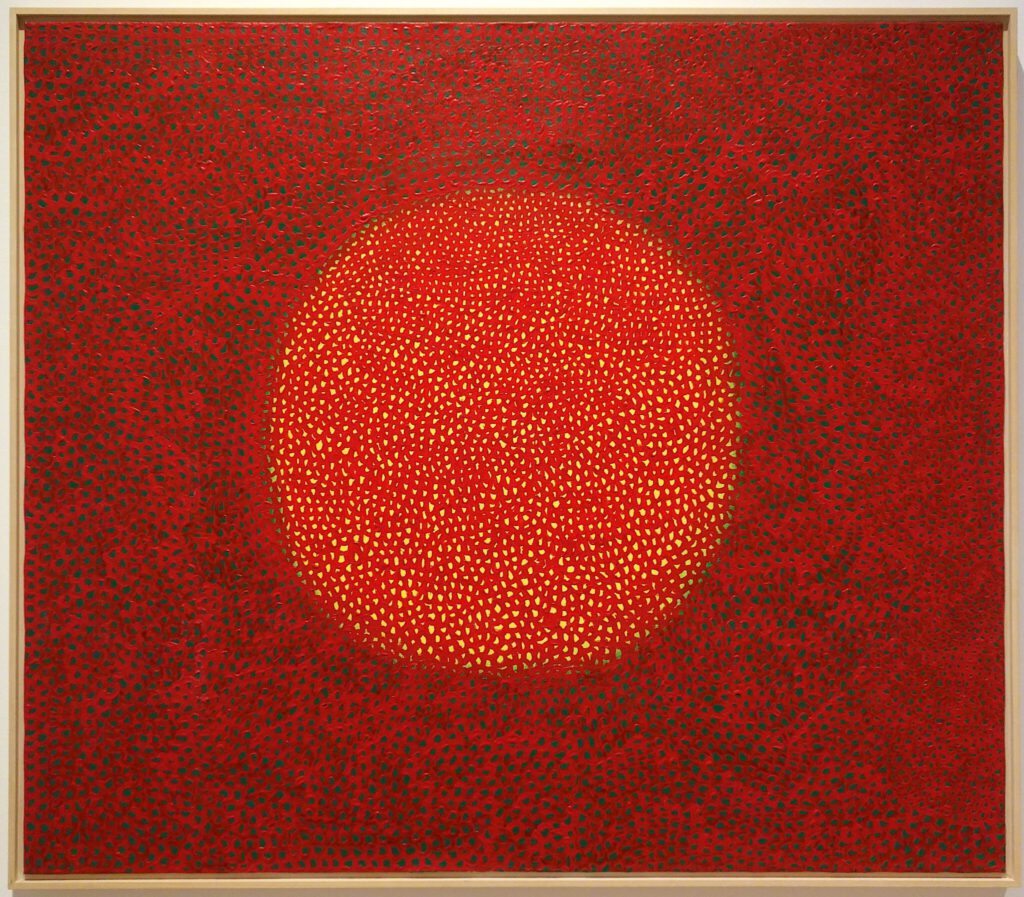
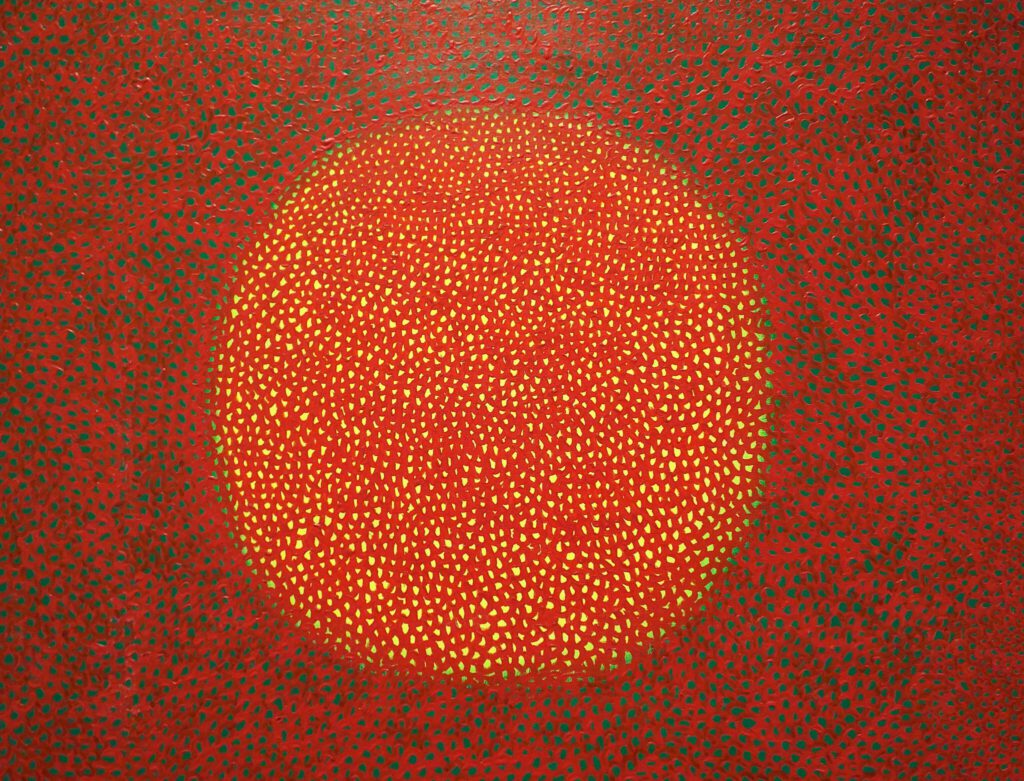
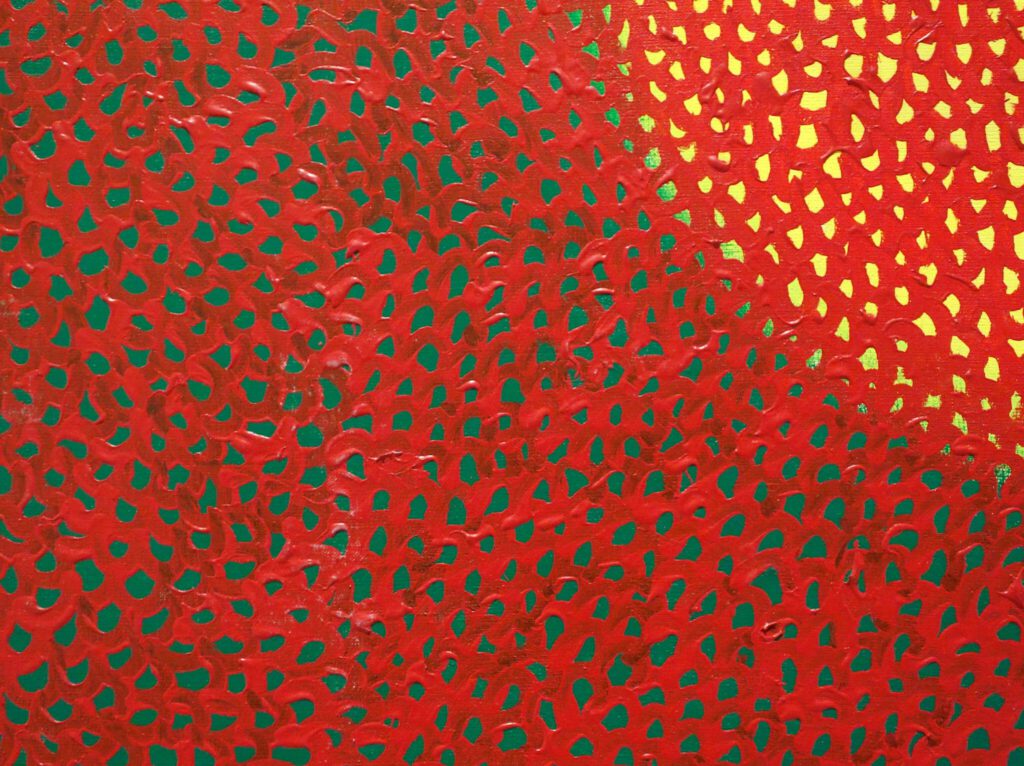

MIYATSU Daisuke 宮津大輔(みやつ・だいすけ)
アートコレクター、元横浜美術大学学長
1963年東京都出身。広告代理店、上場企業の広報、人事管理職、大学教授を経て現職。1994年来、企業に勤めながら収集したコレクションや、アーティストと共同で建設した自宅が、国内外で広く紹介される。台北當代藝術館(台湾・台北)の大規模なコレクション展(2011年)や、笠間日動美術館とのユニークなコラボレーション展(2019年)などが話題となった。文化庁「現代美術の海外発信に関する検討会議」委員、「AsianArt Award 2017」や「亞洲新星獎 2019」の審査員等を歴任。主著に『新型コロナはアートをどう変えるか』『アート×テクノロジーの時代』(以上、光文社新書)、『現代アート経済学Ⅱ-脱石油・AI・仮想通貨時代のアート』(ウェイツ)、『定年後の稼ぎ力』(日経BP)。
宮津大輔(アートコレクター)
みやつ・だいすけ/1963年東京都生まれ。元横浜美術大学学長、森美術館理事。30代でアート収集をはじめ、現在は平面、映像、ニューメディアなど約400点のコレクションを所有する。
現代アートコレクター / Contemporary art collector
https://www.facebook.com/DaisukeMiyatsu.Collector/?locale=ja_JP
コレクター・宮津大輔に聞く、アート収集のはじめ方。アートは、より豊かな視点で世界を知る“窓”になる
https://brutus.jp/art_collector_miyatsu/?heading=1
ECONOMY、INSIGHT、2022.01.24 宮津大輔 連載「アート×経営の時代」第1回 金融商品としてのアートのパワー、TEXT BY DAISUKE MIYATSU、SERIES /宮津大輔連載「アート×経営の時代」
https://artnewsjapan.com/article/936
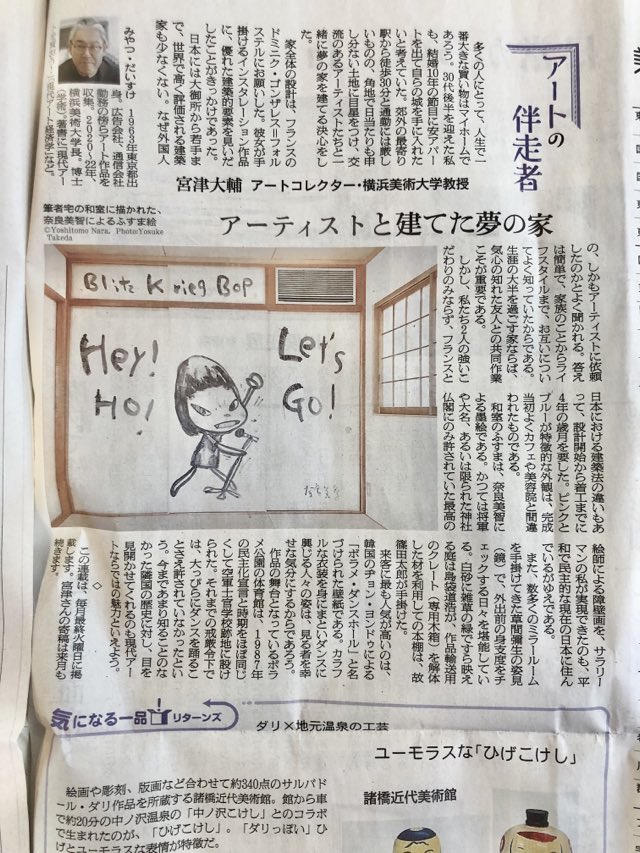
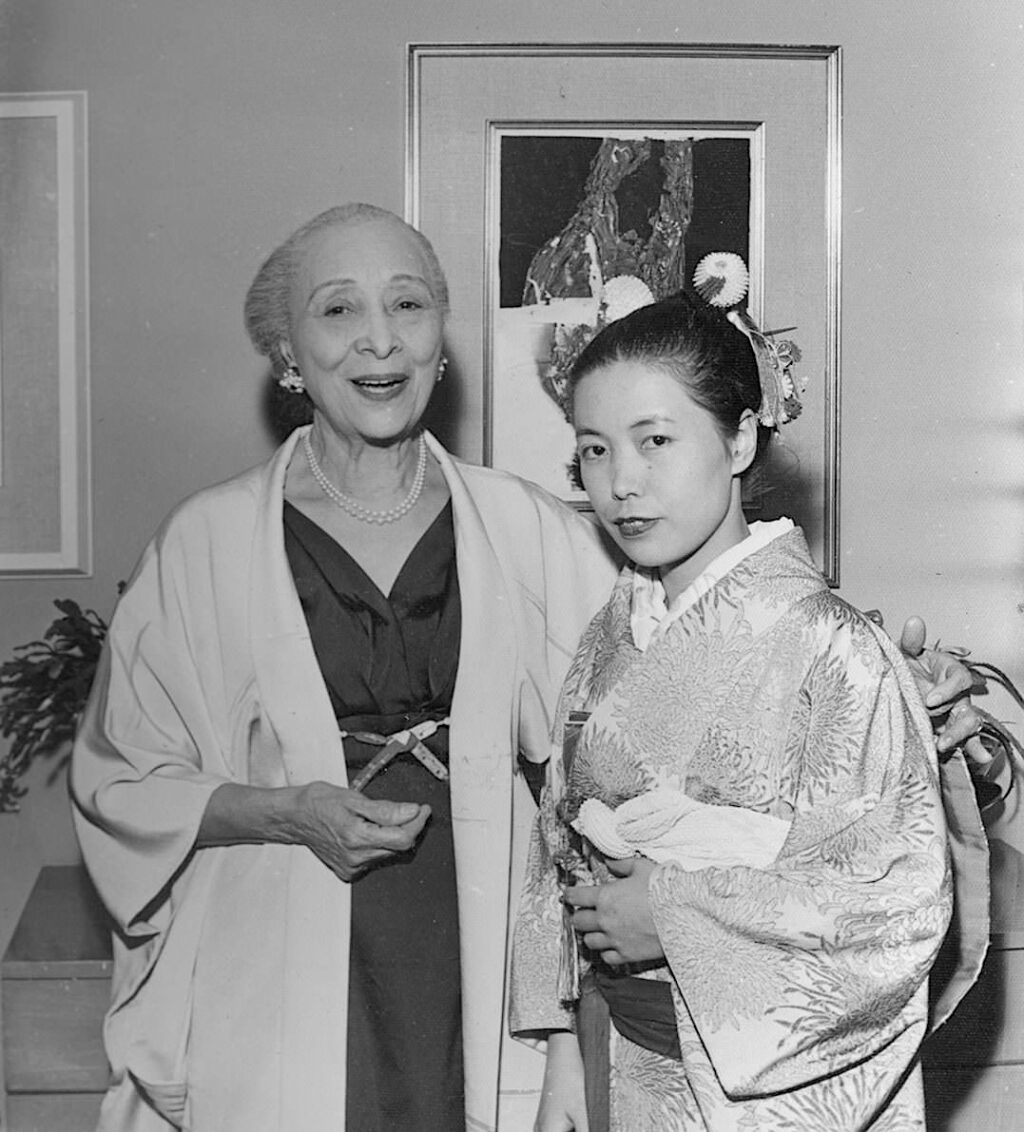
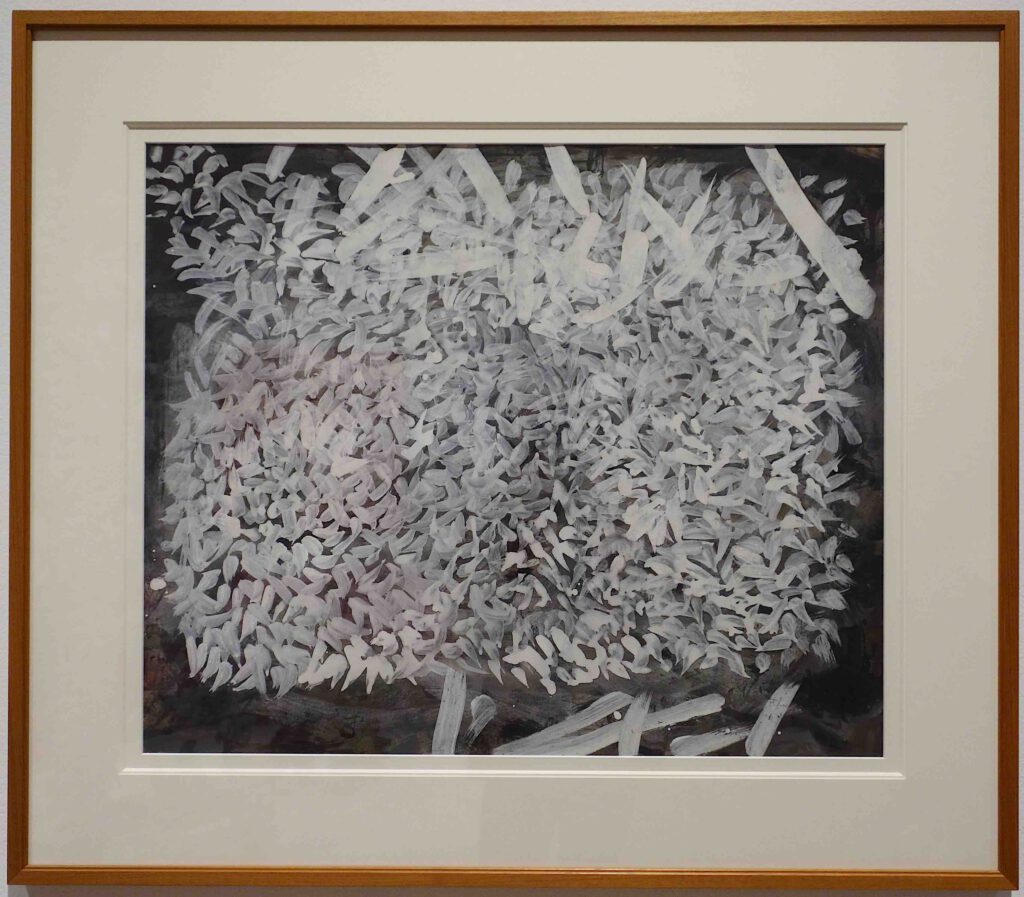


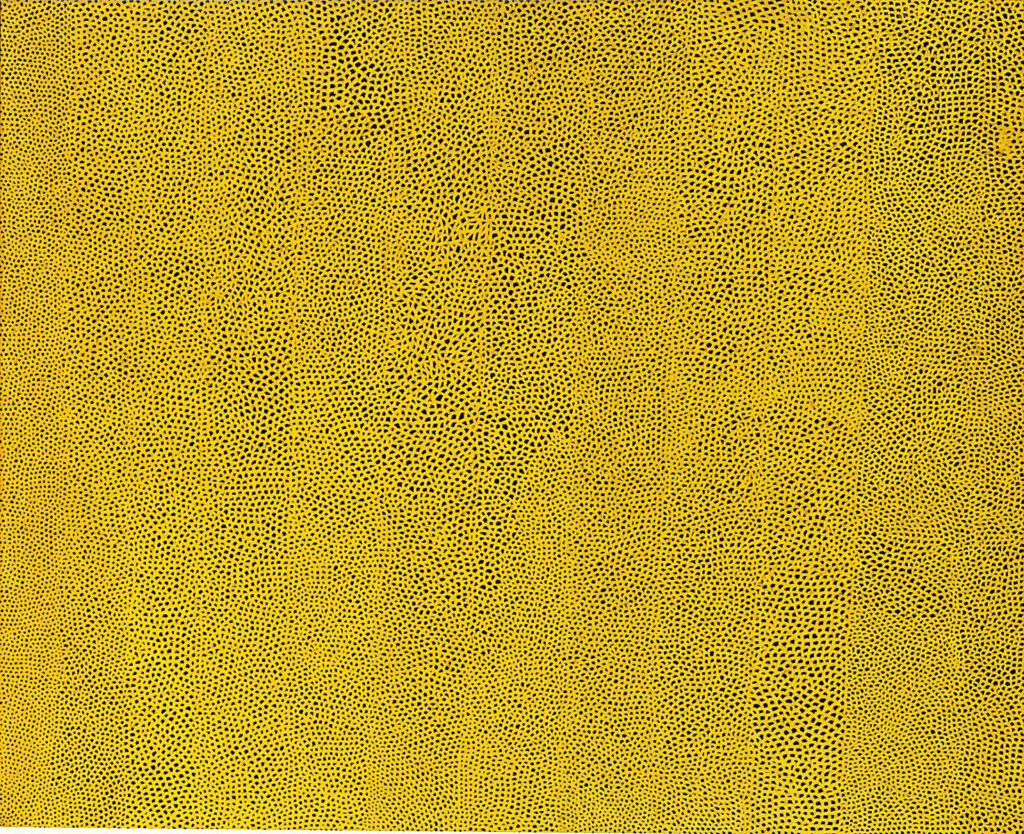
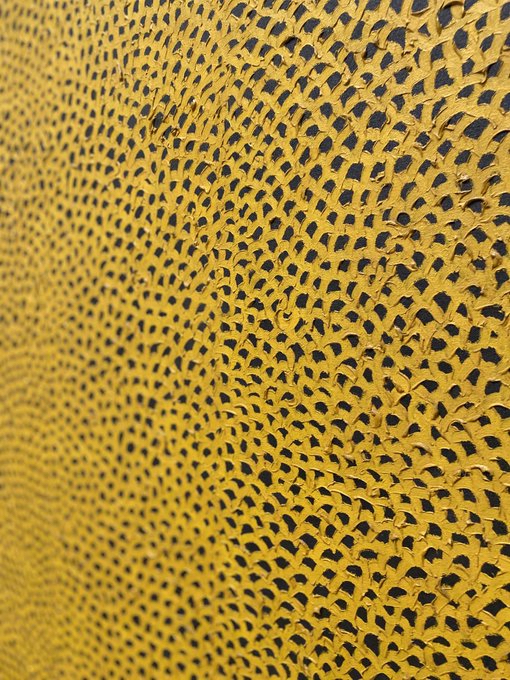
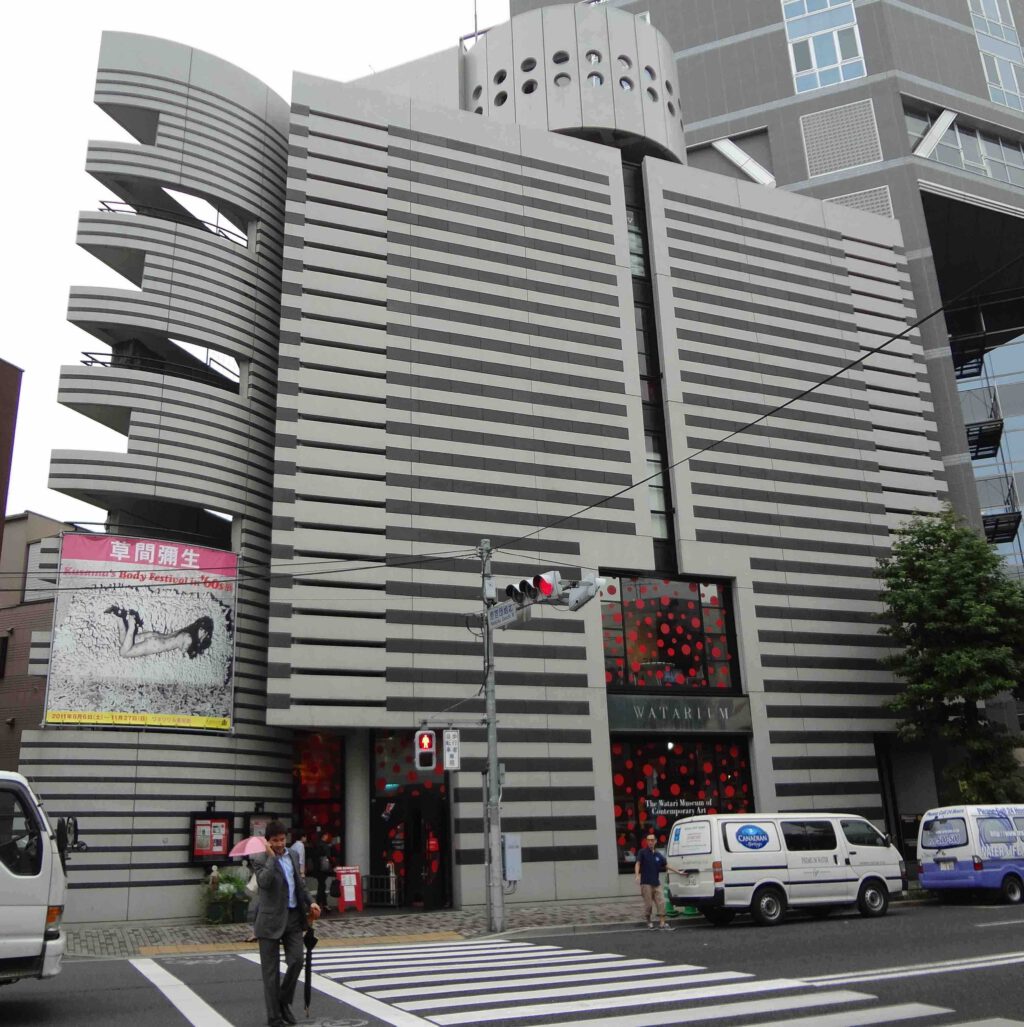

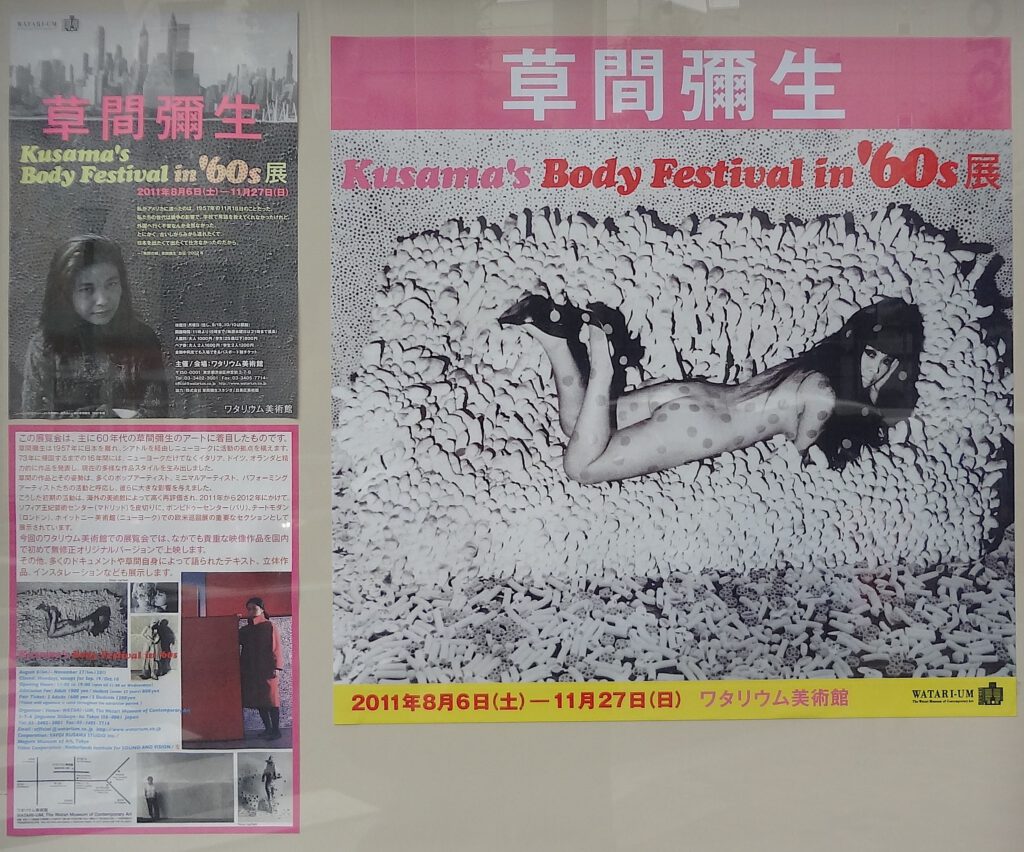

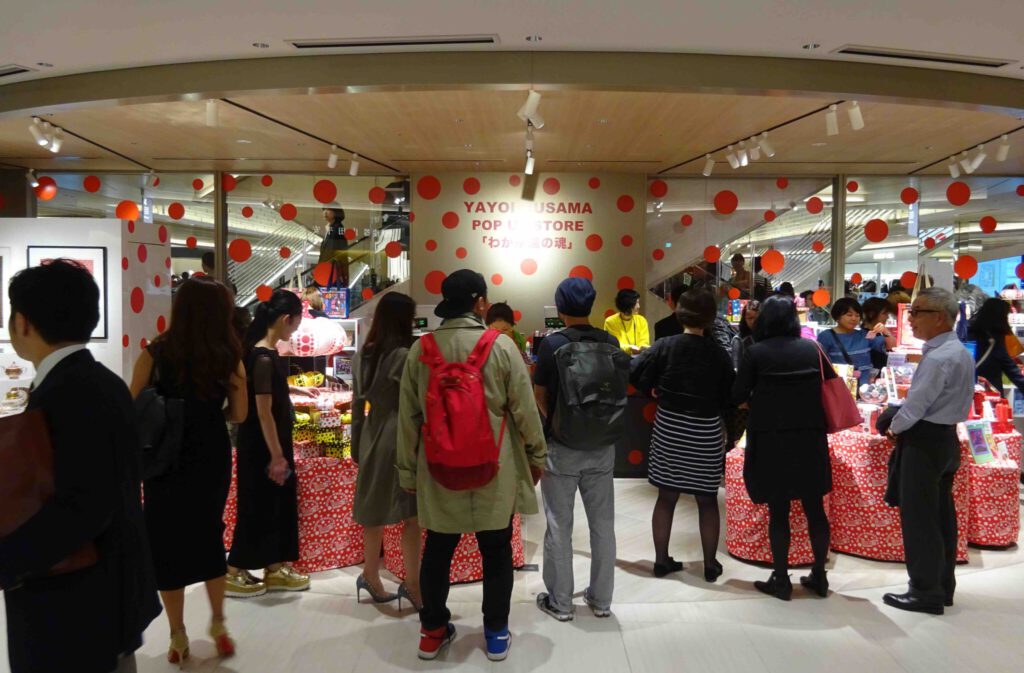
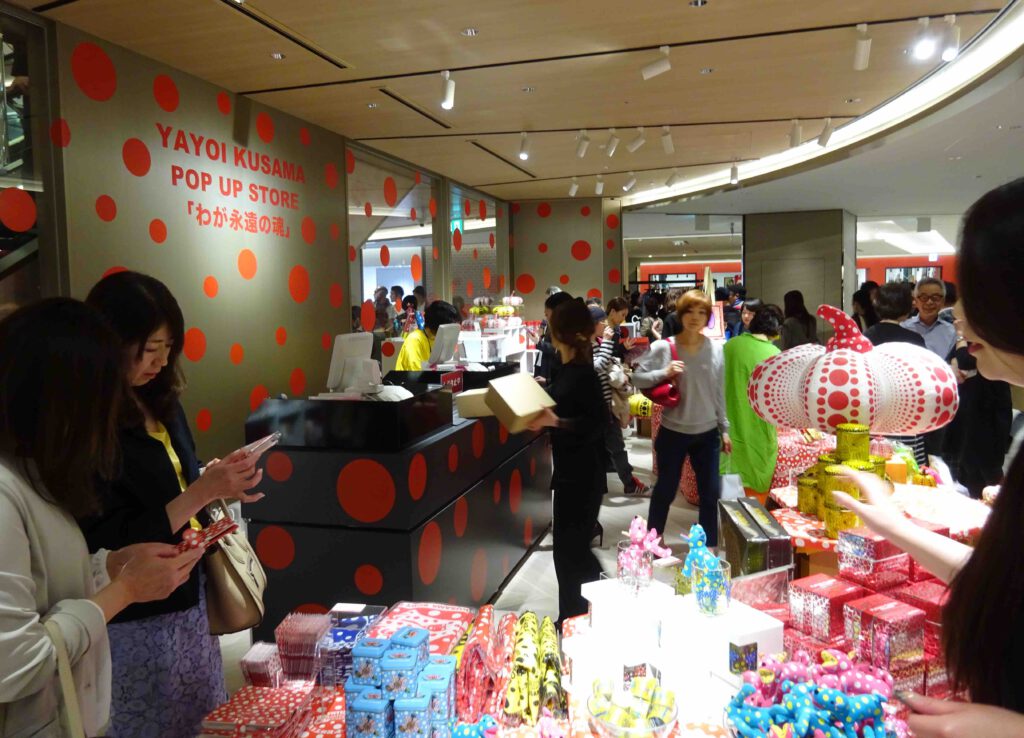



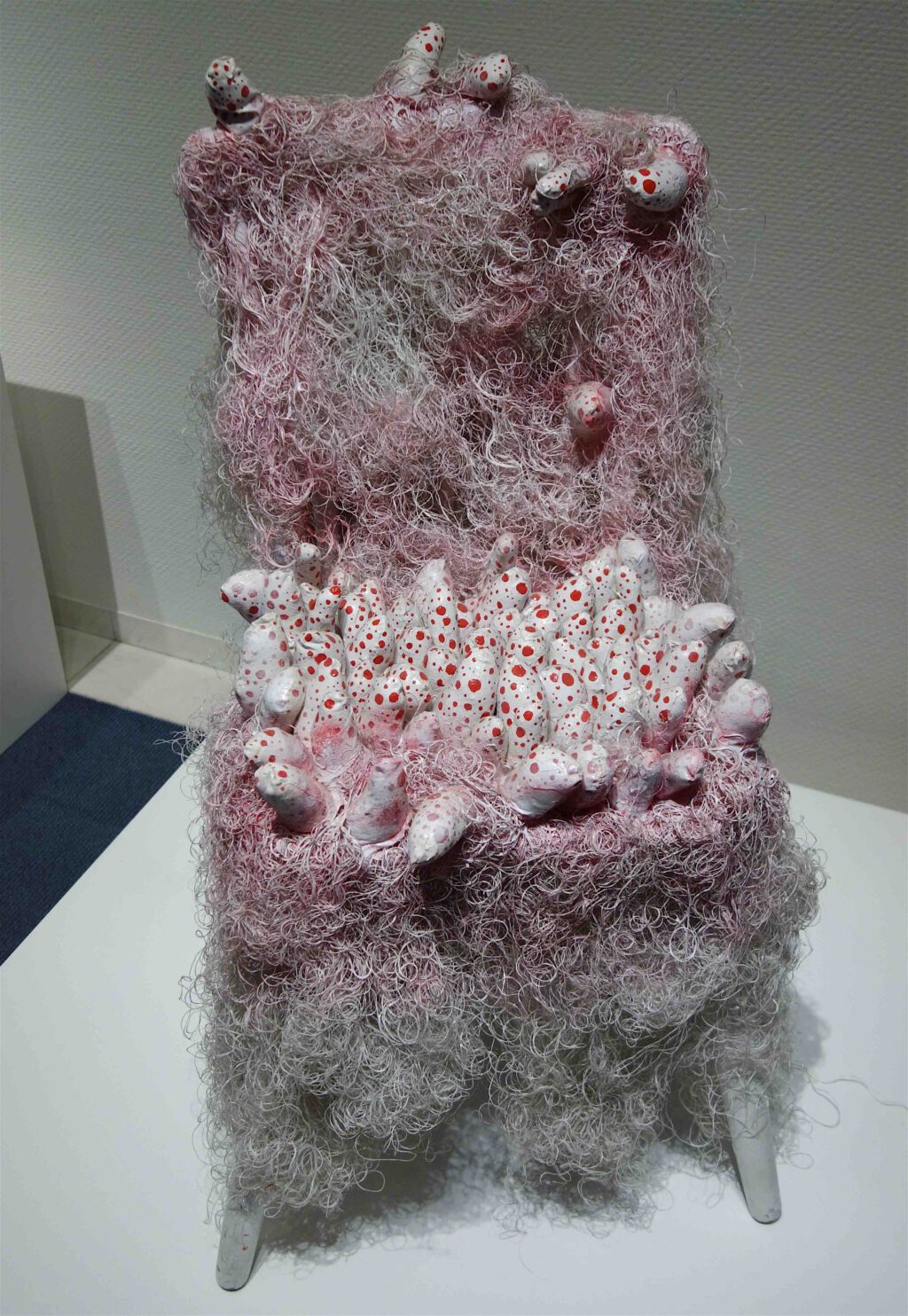

The 60’s with Fontana, Klein, Manzoni and the “ZERO movements” in Brasil, Japan, Netherlands, France, Italy, Switzerland and Germany.
Yves Klein’s “monochromism” as a mystical encounter, for spiritual seekers, a way to Zen Buddhism. Klein, being afraid, that the art world would later recognise GUTAI’s influence on his work, as between 1952 and 1953 he stayed 15 months in Japan.
Whereas Piero Manzoni interpreted his “a-chrosmism” a sensory, materialistic experience, transcending of art as precondition for life itself.
Klein started his monochrome paintings in 1954, Manzoni in 1957. In this regard, to which movement, artist’s legacy does Kusama’s monochrome paintings belong?
The same problematic questions pops up regarding her Peep Show mirror installations.
Without being physically in Amsterdam, in 1962 her work, in the context of the ZERO movement including monochrome paintings, joined the NUL62 group show in Amsterdam’s Stedelijk Museum.
In 1965 she finally came to Amsterdam. The difficult circumstances can be well understood by the following quotes, Henk Peeters description about Kusama’s morbid behaviour, her lack of the English language and “restless character”.
Question: Why did you include Kusama in the Nul exhibition that you organized at the Stedelijk Museum? She wasn’t a member of the Japanese Gutai group.
Answer by Peeters: I first saw Kusama’s work in the Monochrome Malerei exhibition that Udo Kultermann had put on in Leverkusen. Kultermann regularly visited New York and knew her work well. I wrote to her, and an enthusiastic and frequent correspondence developed, so I included her Net Paintings for the first time in the NUL62 exhibition at the Stedelijk Museum in Amsterdam. But since I had no money to invite her, I did not meet her until shortly before the NUL65 exhibition when she was exhibiting at OREZ. Kusama needed to be active the whole time. Because of practical considerations (her difficulty in communicating with the museum staff), I came to her aid in setting up her first installation: the boat surrounded by posters. I assigned one of my art school pupils to her, and because she was keen to do something else, I suggested she do another work commissioned by me. She produced a large white plastic canvas, through which she had woven fishing twine. Not exactly my style, but I have kept it as an example of group work. Actually the Stedelijk Museum should buy it. Later she exhibited widely in the Netherlands and in a number of performances she painted the naked bodies of Jan Schoonhoven and others with large dots. That was hugely exciting for us at the time: a little Japanese woman painting dots on mannequins, sticking spaghetti on clothes and fucking objects with penises.
…
After the show, I realized that it was actually the end of the whole movement; everyone was tired of compromising and having rows, and we didn’t earn a penny. Most people simply wanted to go their own way. The only galleries that were important to us and sold our work were Iris Clert and Alfred Schmela. They were the only ones. If they didn’t sell, there were no other options. True, Fontana had a gallery in New York. I supposedly sold my work from the exhibition to the Stedelijk Museum for 400 guilders to settle my mounting debts for transport costs. Kusama too could not afford to ship her boat back to America, and I certainly couldn’t. She didn’t know what to do with the thing, and so she simply presented it to the Stedelijk. All the work by the Gutai artists was thrown away; …
full interview:
https://henkpeeters.weebly.com/by-mattijs-visser.html
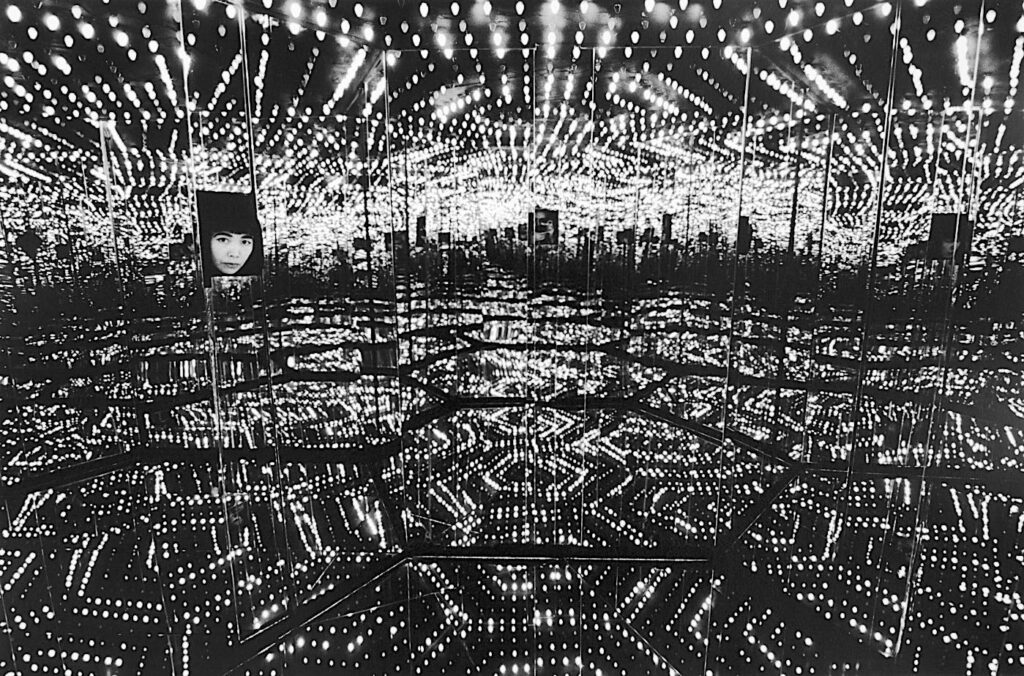


wood, metal, glass mirrors, plastic, acrylic panel, rubber, LED lighting system, acrylic balls, and water
Collector Eli Broad, Who Shaped Los Angeles Art Scene Dies at 87
ロサンゼルスのザ・ブロード
https://art-culture.world/articles/eli-broad/
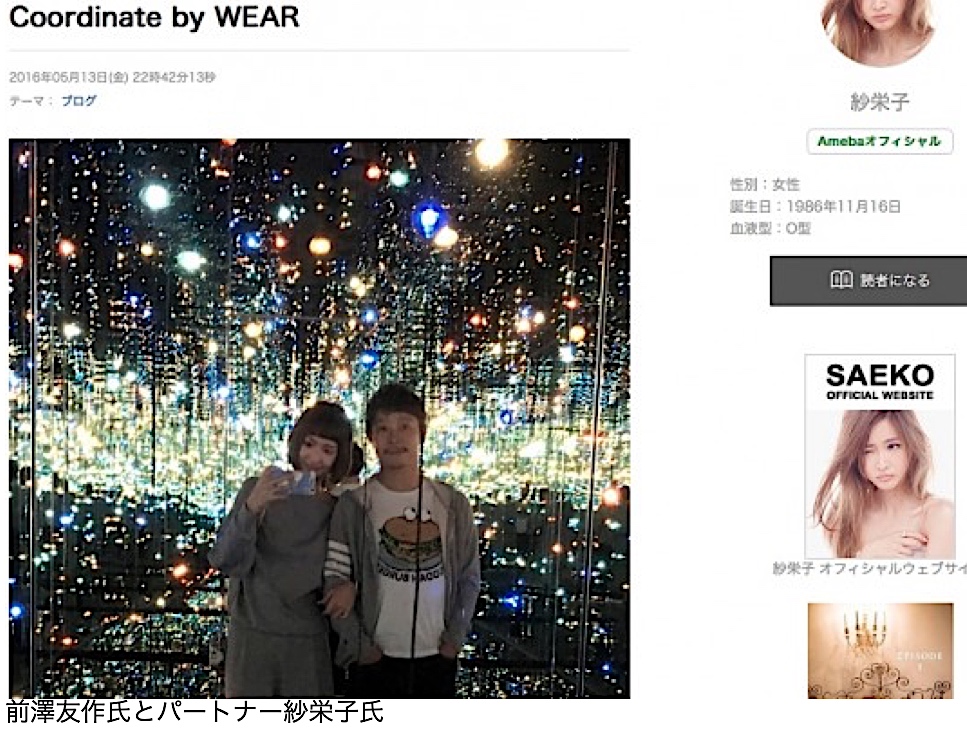
(Will be later added as a longer text)
“But everyone knows that the insane popularity of Kusama’s mirror rooms are not about “her” as an artist. It is about the pleasure of posting mirror selfies.” https://news.artnet.com/art-world/facebook-video-two-billion-monthly-
芸術写真パワー:ナルシシズム vs.「のぞきの力学」by 大人気の草間彌生
2017年11月22日
現在、思ったより、多くのアートラバーズが草間彌生作『無限の鏡の間 (INFINITY MIRRORED ROOM)』に酔いしれるようになって、展示場所の責任者たちは困っています。
(defunct page) http://www.art-it.asia/u/sfztpm/wcGP5IH9QNgJuBKrAkZO
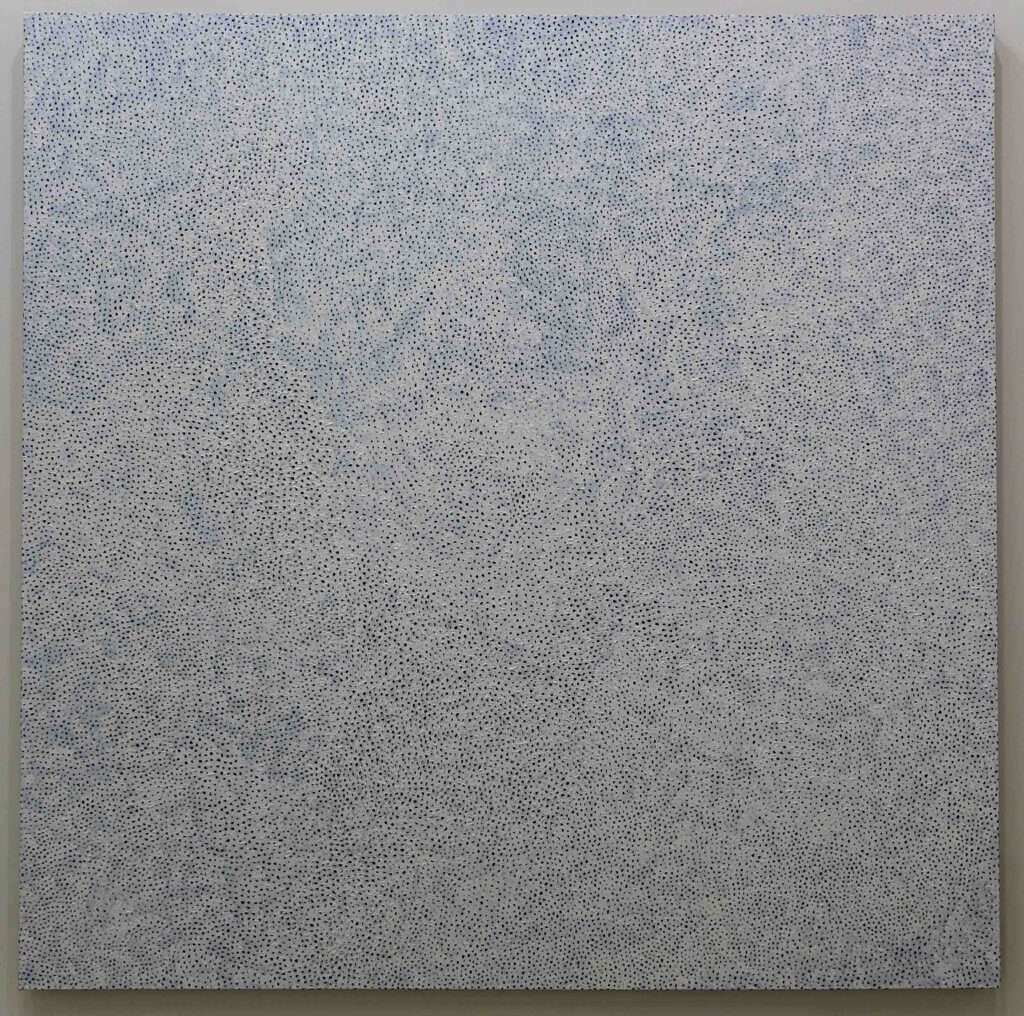
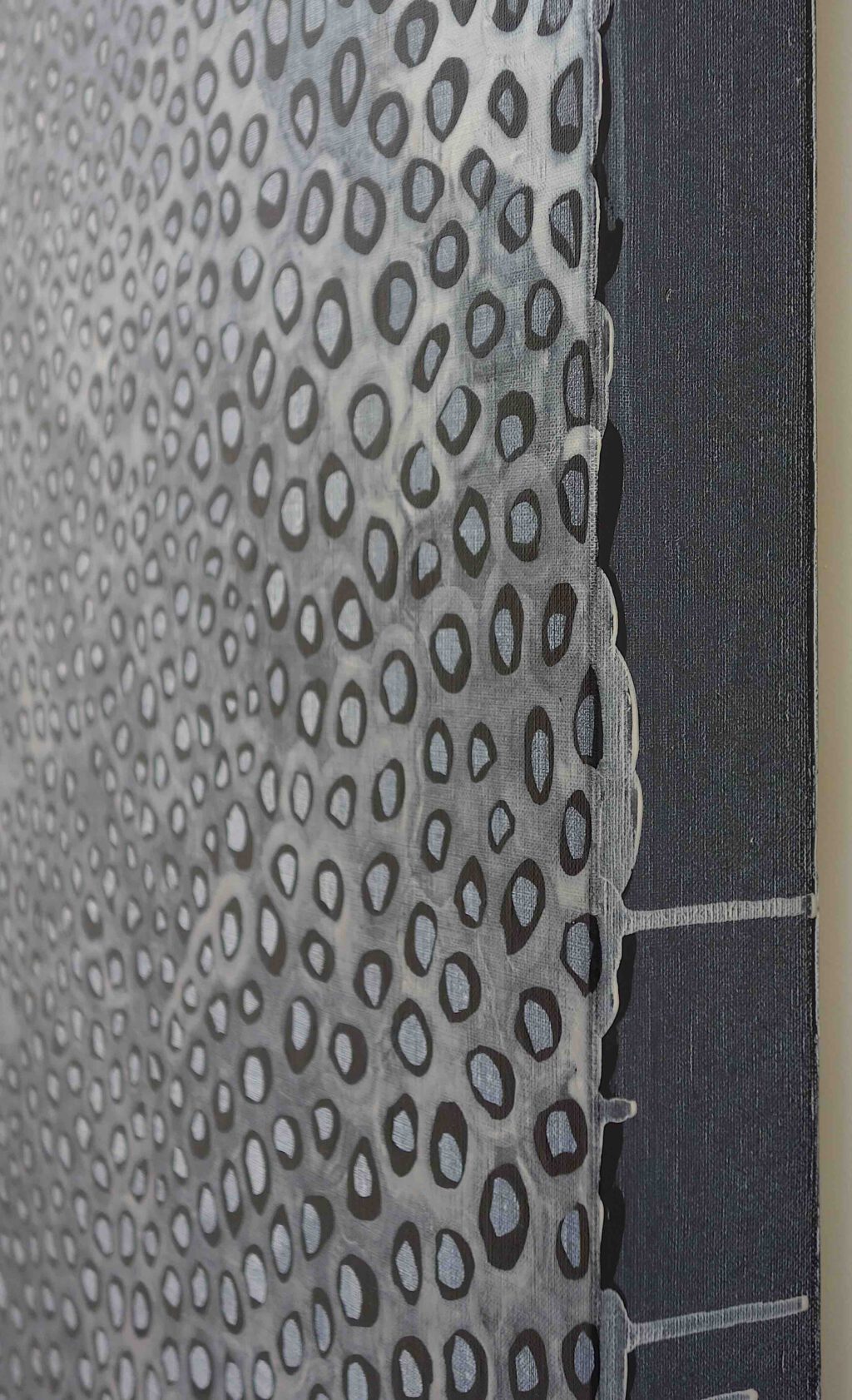
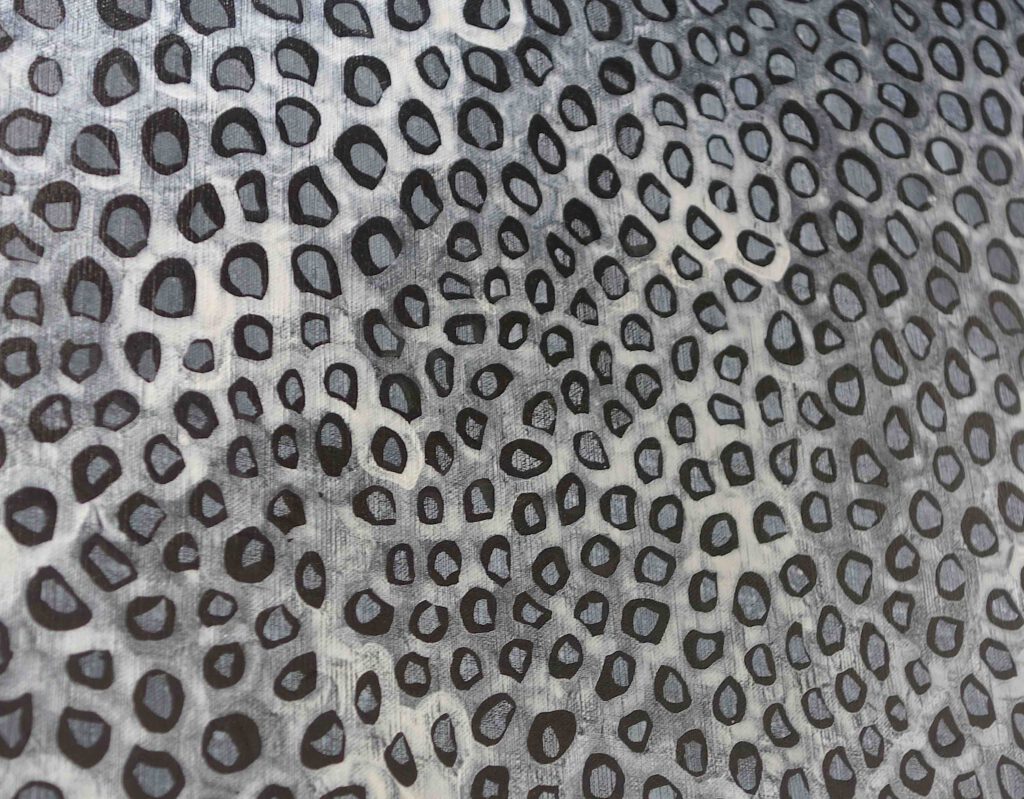

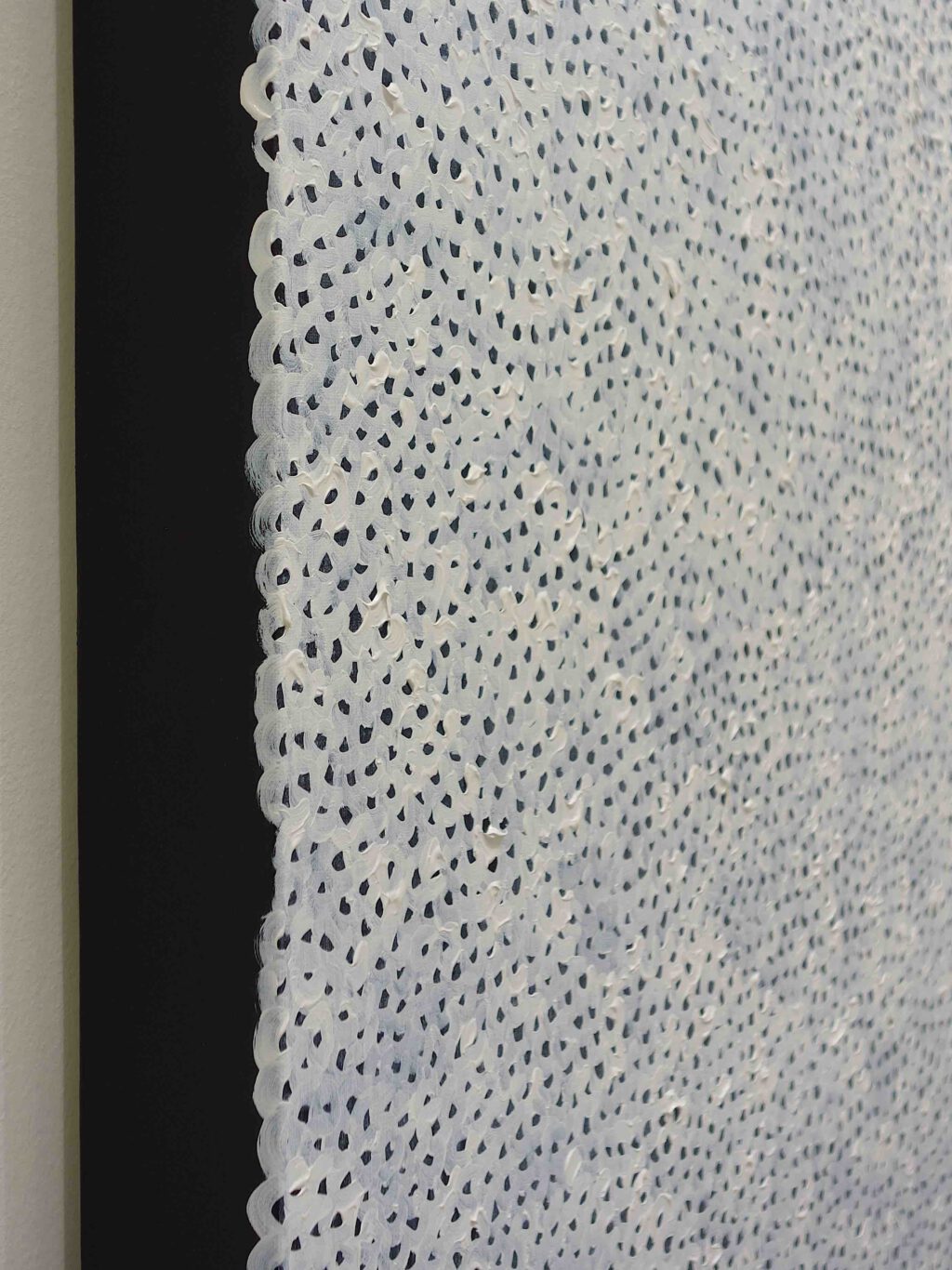
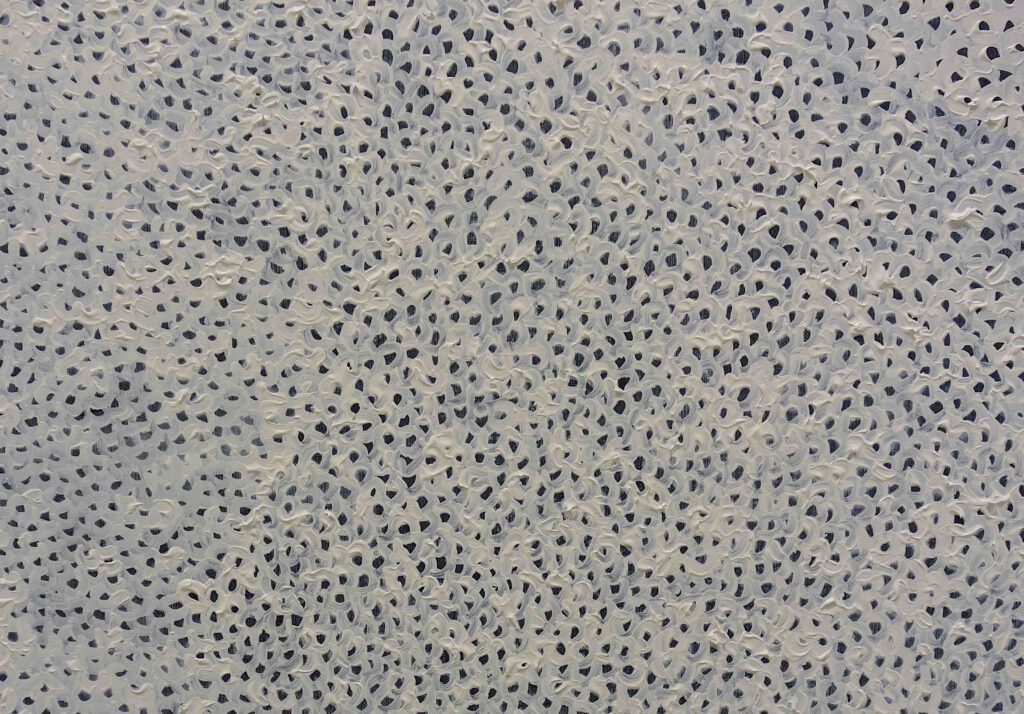

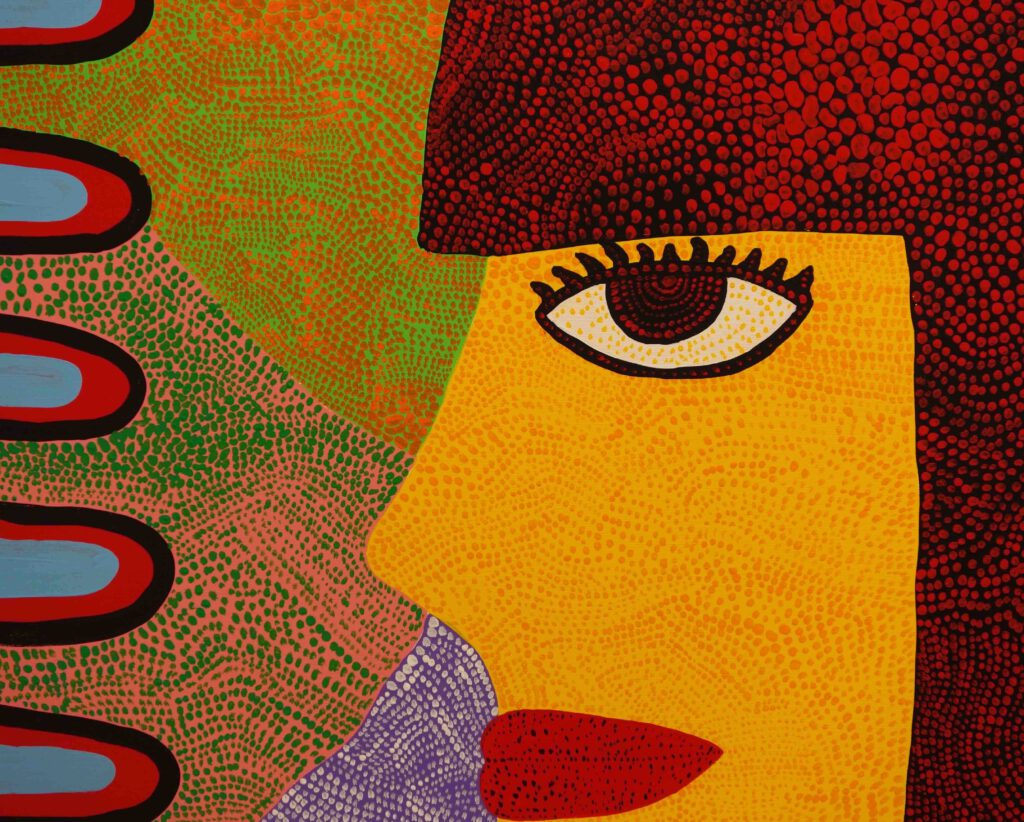
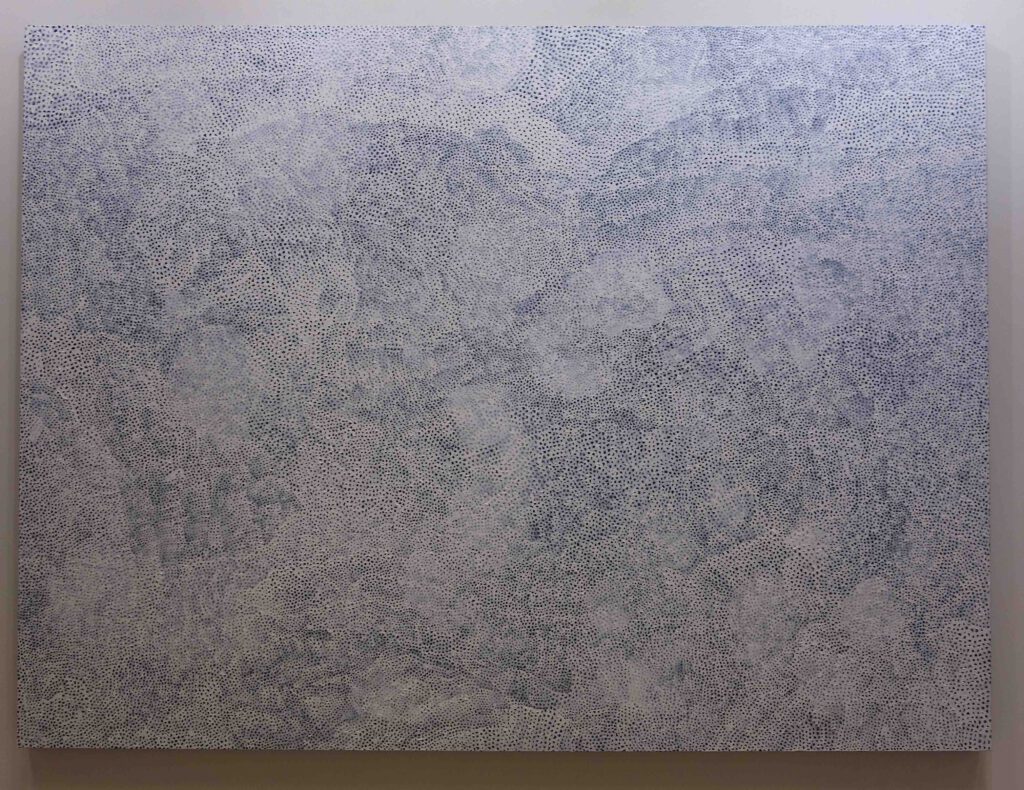


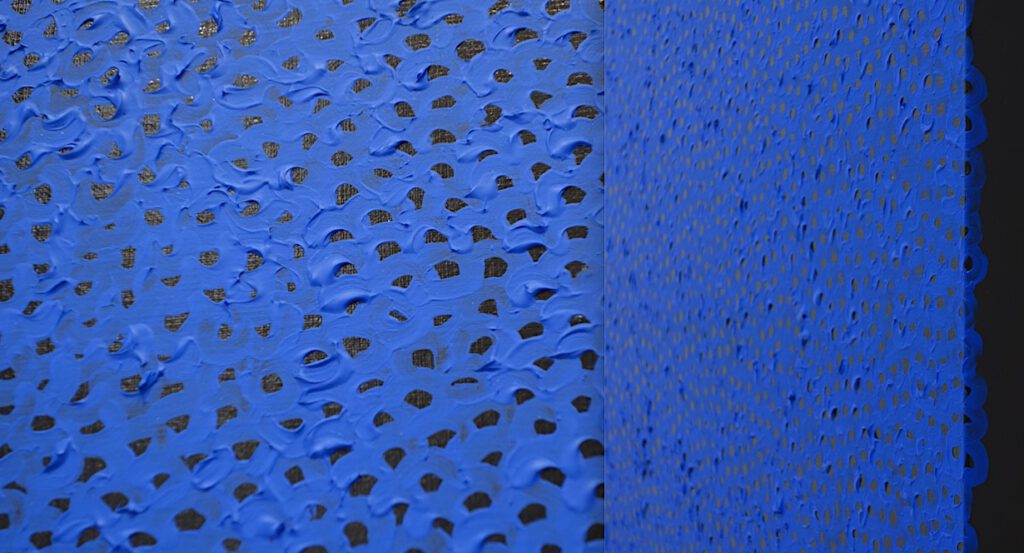
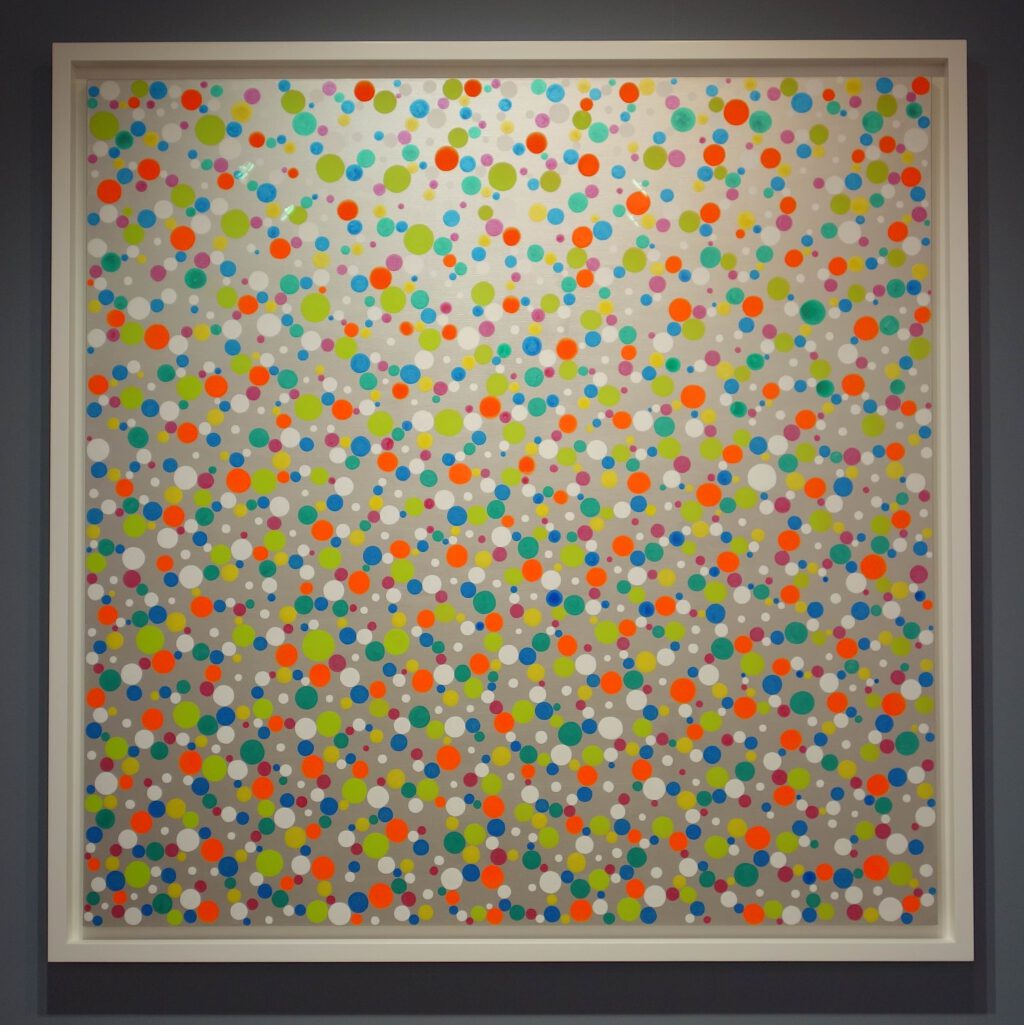


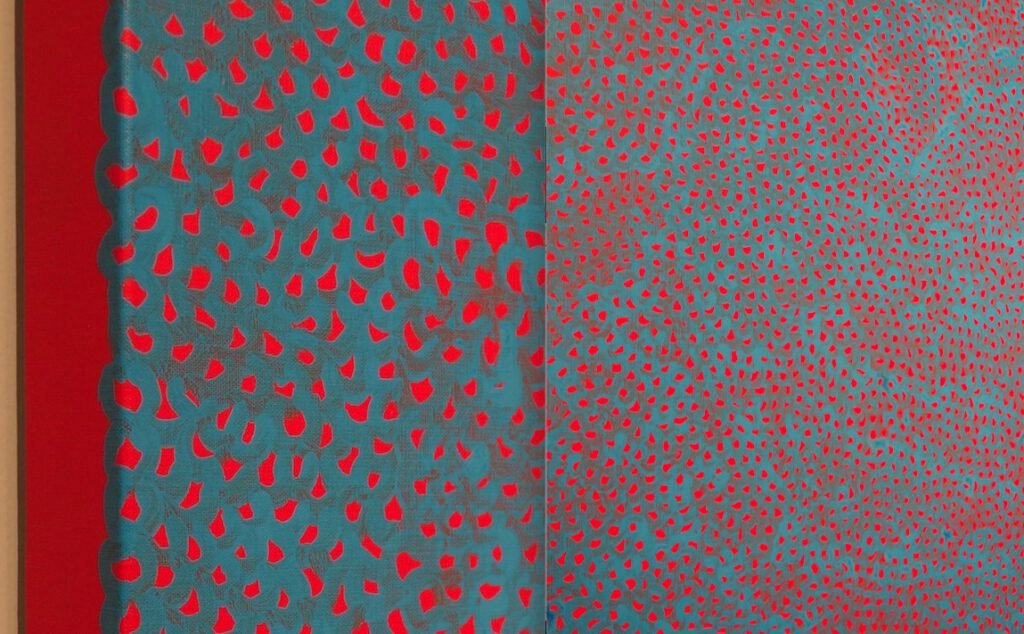
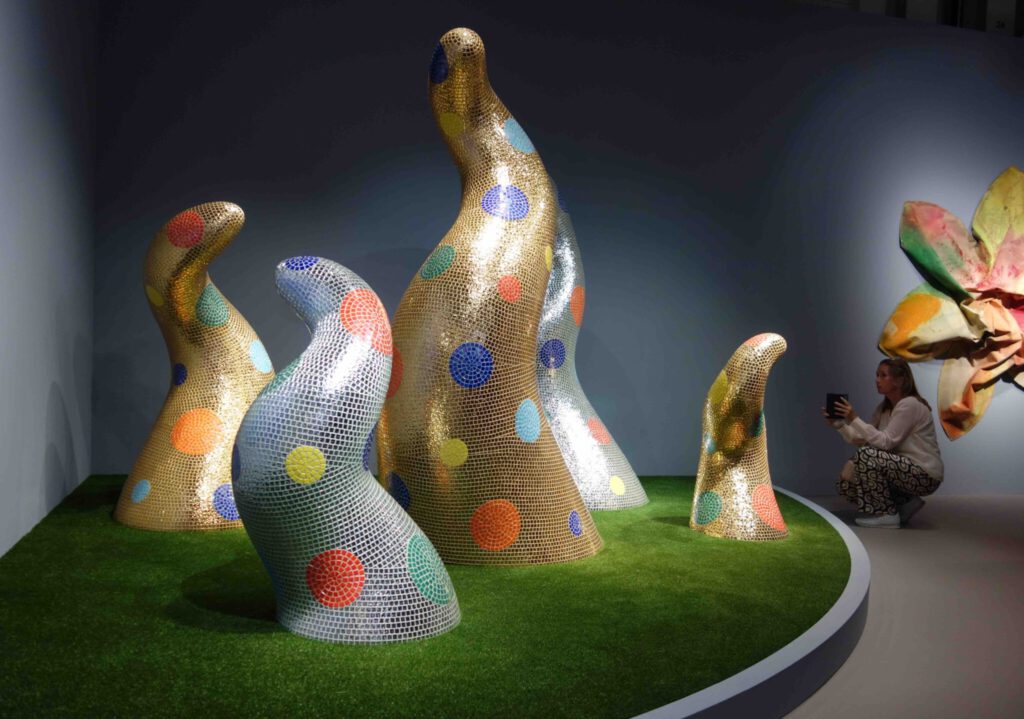
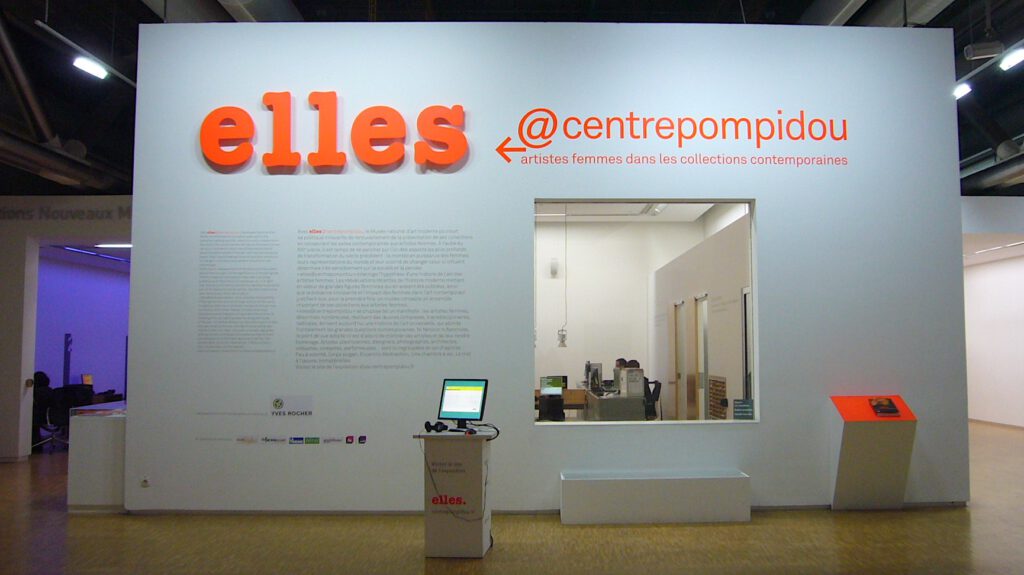
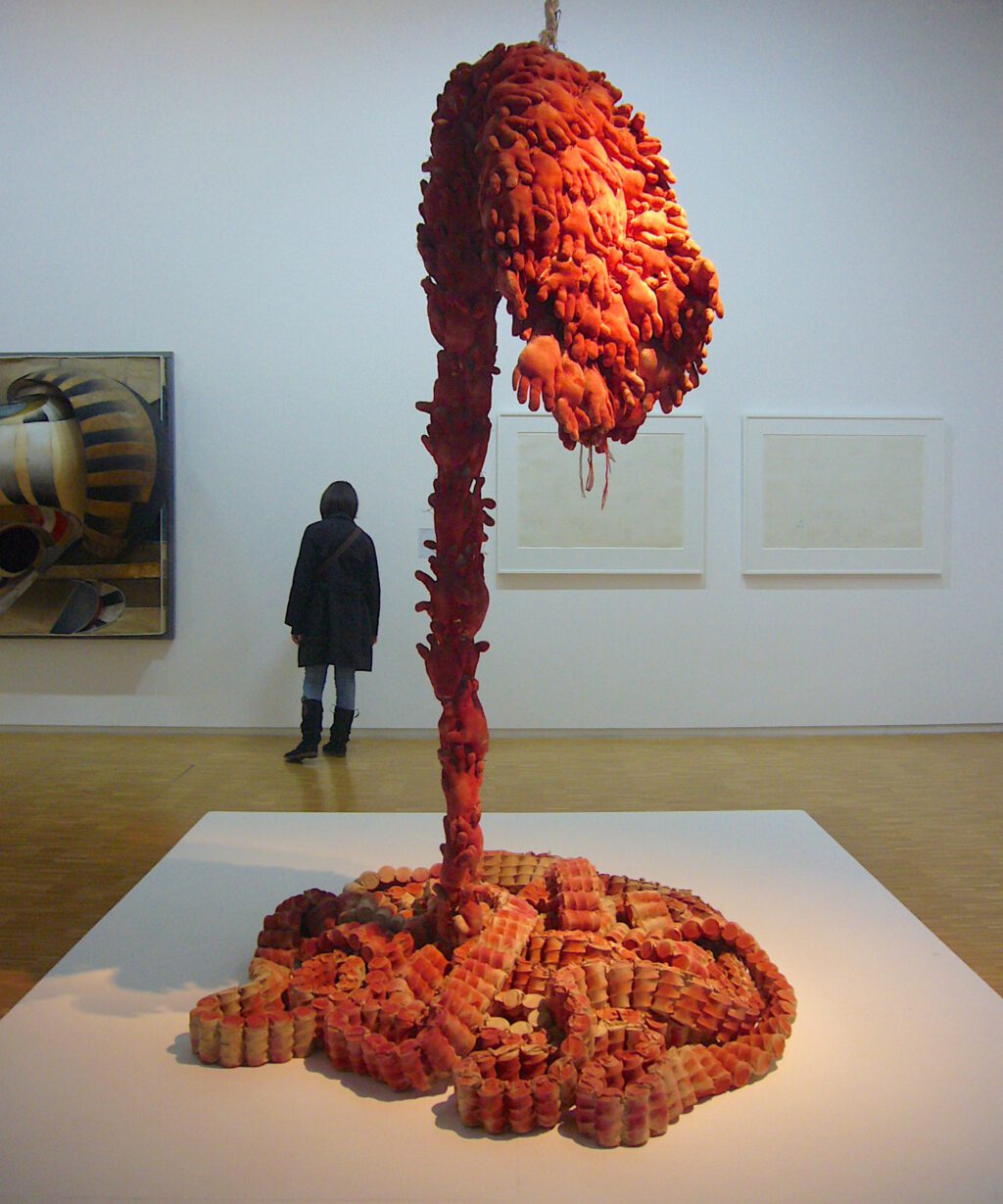

Material: Ressorts à matelas en métal cousus dans une toile fine formant deux gaines, 174 gants en jersey de coton remplis de bourre de coton, crin et autres fibres, peints en rouge à la bombe
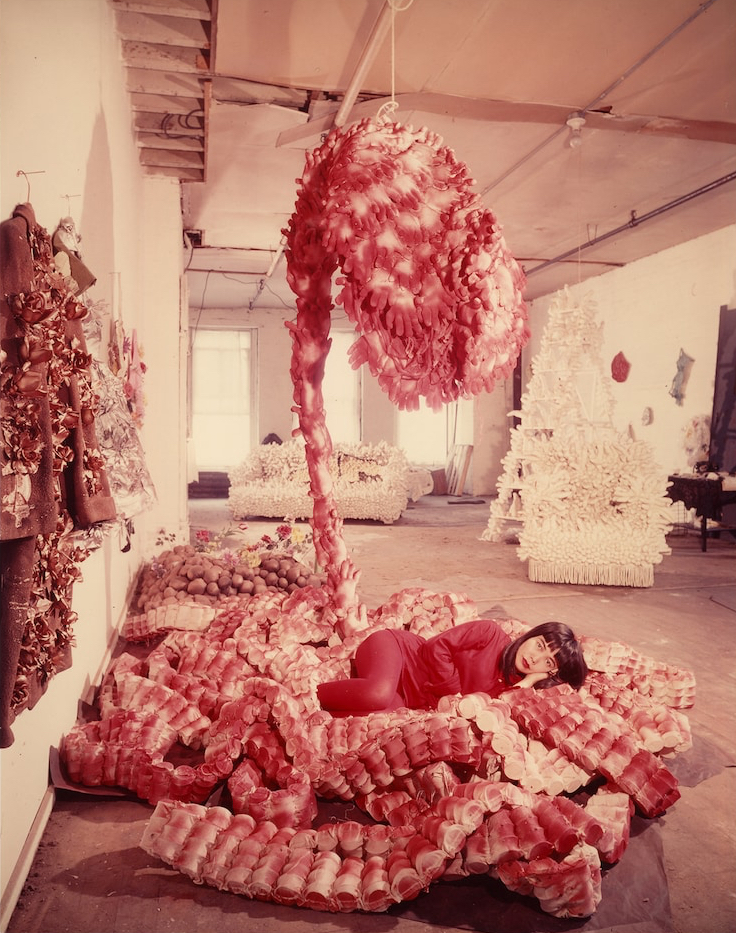
2023/10/16 up-date:
Yayoi Kusama Expresses “Deep Regret” For Anti-Black Statements Ahead of Exhibition at SFMOMA
Artnews, October 14, 2023
Yayoi Kusama recently addressed her racist descriptions of Black people in several written works, including her 2003 autobiography Infinity Net, just before the opening of her latest exhibition at the San Francisco Museum of Art (SFMOMA).
“I deeply regret using hurtful and offensive language in my book,” the Japanese artist said in an exclusive statement to the San Francisco Chronicle supplied by the museum on Friday. “My message has always been one of love, hope, compassion, and respect for all people. My lifelong intention has been to lift up humanity through my art. I apologize for the pain I have caused.”
The museum’s choice to feature Kusama was criticized by Chronicle columnist Soleil Ho earlier this week. In an email statement to Ho, museum Director Christopher Bedford said that “SFMOMA stands firmly against these and all anti-Black sentiments.”
Bedford also told the Chronicle in a phone interview, “We can use this moment as a catalyst for a broader interrogation of what it means to present artists in our galleries.”
“I think it is a tremendous leadership opportunity for SFMOMA,” Bedford told the Chronicle, citing a series of public programs slated for early next year aimed at addressing the work of artists with “problematic histories.”
“In lots of ways, the statement that Kusama herself made has opened the door for us to become leaders in the field and thinking about the relationship between authorial complexity and artistic expression,” he said.
Bedford said that the programs would be led by SFMOMA’s chief education and community engagement officer, Gamynne Guillotte, and planning for them had been underway since she joined the institution in June.
Journalist Dexter Thomas, who is fluent in Japanese and spent a year abroad at Waseda University as a visiting Fulbright scholar, highlighted the derogatory language used by Kusama in articles for Vice in 2017 and Hyperallergic earlier this year. Thomas also interviewed the artist before the opening of her namesake museum in Tokyo.
In the original 2003 Japanese edition of Infinity Net, Kusama describes Black people using derogatory language in several instances. These include marveling at their “distinctive smell” and “animalistic sex techniques”; a recollection of the artist using a naked black man in her own performance art, with details about his lips and genitals; as well as her lamenting an area of Greenwich Village in New York where she used to live becoming a “slum” with falling real estate prices due to “black people are shooting each other out front.” That last line was deleted from the English translation of Infinity Net.
Thomas noted that Kusama’s 1984 short story The Hustler’s Grotto of Christopher Street also featured “grotesque and voyeuristic depictions” about the smell and genitals of its Black characters, a treatment not applied to the narrative’s white counterparts. In the 1971 play “Tokyo Lee,” the Japanese artist also describes its lone Black character as a “WILD-looking, hairy, coal-black savage.”
Aside from her novellas and autobiography, Kusama’s artistic works include paintings, installation, sculpture, performance art, film, and poetry. The 94-year-old contemporary artist is best known internationally for her popular, selfie-inducing, mirror-lined “Infinity Rooms”, as well as her use of polka dots.
This year has been particularly busy for the “Kusama Industrial Complex,” as ARTnews contributor Greg Allen called it in 2020. In January, the artist’s second collaboration with Louis Vuitton included a widely-publicized campaign and several stores decorated with references to her work, including polka dots, Narcissus Garden-like chromatic balls, and animatronic robots modeled after her. In March, the Hirshhorn Museum and Sculpture Gallery extended its exhibition of Kusama’s work for the second time until July 16. In April, Sotheby’s sold $23 million of her art in a single auction in Hong Kong, and the city’s M+ Museum gave away 10,000 tickets to its blockbuster retrospective. In May, David Zwirner opened a major solo exhibition of her work across its three spaces in New York, immediately drawing long lines. In July, a permanent gallery of Kusama’s work opened at Instituto Inhotim, a sculpture park and museum in Brumadinho, Brazil.
Kusama has lived in the Seiwa Hospital for the Mentally Ill in Tokyo since 1977, due to the facility’s supportive art therapy program. She also wrote about her long-term struggles with mental health in Infinity Net. “I fight pain, anxiety, and fear every day, and the only method I have found that relieves my illness is to keep creating art,” Kusama wrote.
“Infinite Love,” Kusama’s first solo exhibition in northern California, is scheduled to open at SFMOMA on October 14. According to the Chronicle, the show is already sold out through November.
SF MOMA and Thomas did not respond to requests for comment from ARTnews.
CULTURE
NEWS
2023.10.16
草間彌生が過去の著作の人種差別発言について謝罪。「私が引き起こした痛みについてお詫びする」
草間彌生は、サンフランシスコ近代美術館(SFMOMA)での個展開幕を目前に控えた10月13日、2003年の自伝『Infinity Net(邦題:無限の網──草間彌生自伝)』を含むいくつかの著作において、黒人差別的な表現をしていたことについて言及した。
2003年に出版された自伝の表現が問題に
2003年に出版された草間彌生の自伝『Infinity Net』の日本語版、『無限の網──草間彌生自伝』では、草間は黒人の身体や性的な事柄に対して、蔑視するような言葉で表現している。その中には、アーティストが自身のパフォーマンス・アートに裸の黒人を起用した際の回想の生々しい描写、彼女がかつて住んでいたニューヨークのグリニッジ・ヴィレッジの一帯が、「黒人が表で撃ち合いを」しているために不動産価格が下落し、「スラム街」になってしまったことを嘆く言葉も含まれている。このセリフは、英訳版では削除されている。
10月12日、サンフランシスコ・クロニクル紙のコラムニスト、ソレイユ・ホーが、サンフランシスコ近代美術館(SFMOMA)で草間の展覧会を開催することについて批判した。これに対してクリストファー・ベッドフォード館長は「SFMOMAは、これらおよびすべての反黒人感情に断固反対します」とメールで答えている。
その翌日の10月13日、草間彌生はサンフランシスコ・クロニクル紙の独占取材で、その件についてこう話した。
「私の本の中で、傷つけるような攻撃的な言葉を使ったことを深く反省しています。私は常に、愛、希望、思いやり、そしてすべての人への尊敬を作品に込めてきました。私の生涯の意図は、芸術を通して人間性を高めることです。私が引き起こした痛みについてお詫びします」
以前から『Infinity Net』での表現は問題視されていた。日本語が堪能で、フルブライト奨学生として早稲田大学に1年間留学し、東京の草間彌生美術館オープン時に、草間にインタビューを行ったジャーナリストのデクスター・トーマスが、2017年のVice誌、2023年初めのウェブメディアHyperallergicで、草間が使用した軽蔑的な言葉を取り上げている。
トーマスは、草間の1984年の短編小説『The Hustler’s Grotto of Christopher Street 』でも、黒人の登場人物の匂いと性的な表現に関する「グロテスクで覗き見主義的な描写」が描かれており、この扱いは物語の白人登場人物には適用されていないと指摘した。1971年の戯曲『Tokyo Lee』でも、黒人の登場人物を差別的な言葉で表現しているという。
美術館側は予定通り展覧会を開催。「アーティストを紹介する意味を問い直すきっかけに」
サンフランシスコ美術館(SFMOMA)のベッドフォード館長は、サンフランシスコ・クロニクル紙の電話インタビューで、草間彌生の展覧会を予定通り開催することについて、「私たちはこの瞬間を、美術館でアーティストを紹介することの意味をより広く問い直すきっかけにすることができるでしょう。SFMOMAにとって、これはとてつもないリーダーシップの機会だと思います」と語った。
また、ベッドフォードは「多くの意味で、草間彌生自身が発表した声明は、私たちがこの分野のリーダーとなり、作者の複雑さと芸術的表現の関係について考えるための扉を開いてくれました」ともコメントする。
この展覧会はSFMOMAのチーフ・エデュケーション&コミュニティ・エンゲージメント・オフィサーのガミン・ギヨットが主導するもので、彼女が2023年6月にSFMOMAに着任して以来、計画が進められてきたという。
今年94歳になる現代美術家、草間彌生は、小説や自伝のほか、インスタレーション、彫刻、パフォーマンス・アート、映画、詩など様々な手法で表現してきた。特に有名なのは、自撮りを誘う鏡張りの「インフィニティ・ルーム」シリーズや、水玉模様の作品だ。
2023年は、彼女にとって特に忙しい年だった。1月には、草間とルイ・ヴィトンとの2度目のコラボレーションが大々的なキャンペーンを展開。草間をモデルにしたアニマトロニック・ロボットなど、彼女の作品にちなんだ装飾が施された店舗がいくつも登場した。
3月、ハーシュホーン美術館・彫刻ギャラリーでは草間作品の展覧会が開催され、7月16日まで会期延長した。4月には香港のサザビーズが彼女の作品が一晩のオークションで2300万ドル(34億4000万円)で落札され、香港のM+で開催した大回顧展のチケット1万枚が地元の学生たちにプレゼントされた。
5月には、デヴィッド・ツヴィルナーがニューヨークの3つのスペースで彼女の大規模な個展を開催し、たちまち長蛇の列ができた。7月には、ブラジルのブルマディーニョにある彫刻公園兼美術館、インスティトゥート・インホティムに草間作品の常設ギャラリーがオープンしている。
精神を患う草間は1977年以来、東京の病院で暮らしている。彼女はまた、『Infinity Net』の中で、病気との長期的な闘いについて、「私は毎日、痛み、不安、恐怖と戦っています。病気を和らげる唯一の方法は、アートを創り続けることです」と書いている。
草間彌生の北カリフォルニアにおける初の個展「Infinite Love」は、2024年9月7日までSFMOMAで開催されている。クロニクル紙によると、同展はすでに11月分までチケットが完売しているという。US版ARTnewsはSFMOMAとトーマスにコメントを要請したが、返事はまだ来ていない。
What the Art World Doesn’t Want You to Know About Yayoi Kusama
A new publication tries hard to reinvent Kusama as a champion of racial equity despite her troubling record of anti-Black statements.
Dexter Thomas June 1, 2023
ここに載せた写真、スクリーンショットと文章は、すべて「好意によりクリエーティブ・コモン・センス」の文脈で、日本美術史の記録の為に発表致します。Creative Commons Attribution NonCommercial-NoDerivative Works photos + texts: cccs courtesy creative common sense

I’ve had a question about Yayoi Kusama’s work for a long time and the new survey publication Yayoi Kusama: 1945 to Now (2023) has finally resolved it.
In short, the answer is money, but I’ll back up a bit.
The volume features a roundtable discussion between notable curators and museum directors, and quickly, the topic of Kusama’s marketability comes up. The argument presented is that the mass production of Kusama merchandise — Kusama coffee cups, Kusama figurine keychains, and so on — has accelerated the democratization of art.
“We couldn’t have invented a better artist to be a kind of banner artist for the transnational and the transhistorical, and for improving gender balance,” Tate Modern Director Frances Morris says in the featured roundtable.
That is, the commercialization of Kusama herself is not presented as a “necessary evil,” but instead as an opportunity for a positive step toward equality. This is an interesting framing that I generally agree with.
But what is left unsaid is that 1945 to Now is itself part of an attempt to “invent a better artist” — a version of Yayoi Kusama who used her art to aid in racial solidarity.
This “Kusama” does not exist. In a 2017 article for Vice News, I pointed out that in her autobiography Infinity Net, originally published in 2002, Kusama consistently wrote about Black people as primitive, hyper-sexualized beings. But the part that most confused me was a blank space on the page.
In her original Japanese edition, Kusama refers to the area in New York where she used to live transforming into a “slum,” with real estate prices “falling by $5 a day.” She attributes this to “black people shooting each other out front, and homeless people sleeping there.”
When the English translation of Infinity Net came out in 2011, this sentence was missing. It was not a mistranslation. The rest of the paragraph was intact; only the sentence about Black and unhoused people was deleted.
At the time, I was unsure what to make of this omission. However, after reading 1945 to Now, I’m starting to think that this was an early sign of a strategy to subtly sanitize Kusama for Western audiences, reinventing her so as to improve her marketability.
In the very first essay of 1945 to Now, we are shown a picture from 1964 of Kusama being physically carried through Washington Square Park in the arms of a bare-chested Black man. Above this, a clip from a Japanese magazine depicts Kusama reading a newspaper, as a Black man angled below her stares blankly at the ground. He is unnamed, and in the original quote from that magazine, Kusama refers to him not as a collaborator, or even as a human being, but instead speaks of “The head of this Negro.”
On the page that faces these two images, curator Mika Yoshitake writes that Kusama used her work “as a means of communal healing, to radically connect those who experienced being on the margins of life, especially hippies, gays, and people of colour.”
It’s not clear whether Kusama is meant to also be a “person of colour” in this construction. But by beginning the book with this framing of Kusama as an artist who was intentionally producing art that would be inclusive of and “healing” for Black people, the authors have papered over a clear pattern of banal racism in Kusama’s work.
Instead, in nearly every instance that Black people appear in works referenced by the compilation, they seem to mainly function as tools to provide shock or story development. The Hustler’s Grotto of Christopher Street (1984), her most critically acclaimed novel, is brought up throughout the compilation. But nowhere is it mentioned that this book is full of grotesque and voyeuristic depictions of Black characters’ smell and genitalia (White characters are not treated this way).
This trend is present even in one of the rare works exclusively available in this compilation: a partial script for a 1971 play titled Tokyo Leee. Most of the characters are described by their personalities, or at most, as “good-looking,” or having “blonde hair and blue eyes.” But Kusama’s one Black character is described as a “WILD-looking, hairy, coal-black savage.”
Perhaps it is relevant to mention here that I, the writer of this review, am also Black. I would also like to say, however, that I don’t think it’s productive to be offended by these works or to refuse to buy or look at them. I only want to say that it is disingenuous to suggest that Kusama has done anything radical in terms of race, especially compared to some of her peers who deserve this recognition.
For example, Ariyoshi Sawako’s novel Not Because of Color (非色; 1964, untranslated) made a wholehearted effort at connecting Japanese and Black people, with a much more sympathetic and realistic depiction of Black life in New York. Yoshida Ruiko, a Japanese photojournalist who was living in New York around the same time as Kusama, later published Hot Days in Harlem (ハーレムの暑い日々; 1972, untranslated) which shows, through images and words, Black Harlem in all its complications. We see Harlem’s joys and sorrows, and notably, we see Black women. Kusama generally does not speak of or depict Black women, and instead focuses on Black men, their lips and genitals, slyly bragging about the orgies she says she saw in Harlem.
Even her White contemporaries were doing more provocative work. The year before Kusama was releasing photos of herself being carried around in Washington Square, Norman Rockwell painted “The Problem We All Live With” (1963), in which we are brought eye-level with a young Black girl being dutifully escorted into a newly desegregated school by United States Marshals.
In her essay from 1945 to Now, curator Isabella Tam devotes pages to placing Kusama’s work in the context of ancient Chinese and Japanese traditions and forms. This is fine as an artistic or intellectual exercise, but it might be more straightforward to recognize that Kusama’s use of Black people as props also places her literature as an inheritor of a more disappointing tradition: American racism.
I’m genuinely surprised by the limited critical writing about racism in Kusama’s work. How has the art world, which is nothing if not endlessly self-critical, not had a discussion about Kusama’s use of Black people? This is especially odd considering that racism in art is a problem that Kusama herself has been vocal about. Near the end of the same 2002 autobiography in which she laments Black people driving down real estate value, she attacks the worship of White artists in her home country: “Just because their eyes are blue and hair is blonde, foreign artists’ work is sold at ten times the price of Japanese work. In any other country, this would be unthinkable, but in Japan, it is commonplace. This is ridiculous and we must raise our voices against it.”
The closest recent analogue to this discrepancy I can think of is hip-hop’s collective shrug over Kanye West. When Kanye began going on increasingly bizarre tirades, culminating in anti-semitic rants so abhorrent that he made Alex Jones squirm, just about every rapper let him slide.
Despite hip-hop being a genre that is founded on artfully attacking others for the slightest perceived offense, not a single coherent diss track from a major artist came out about Kanye (RXK Nephew’s bizarrely hilarious “Yeezy Boots” is a rare exception). How can it be that the same genre that brought us “Ether,” “Energy,” and “The Bridge is over” — songs brought about by such minor infractions as allegations of copycat lyrics, ghostwriting, and swagger-jacking, respectively — has turned the other way when an entire group of people was being attacked?
It’s worth considering that perhaps Kanye, and also Kusama, might somehow be off-limits from criticism because of their well-publicized mental illnesses. It’s certainly been enough to have put an asterisk on nearly every criticism of Kanye’s outbursts. We’ve been made to ask ourselves: Can someone be mentally ill and bigoted at the same time? Can the former influence the latter? Or is the latter a pre-existing condition, that has nothing to do with the former?
Freddie deBoer, a writer who himself has bipolar disorder, has written about this, arguing: “To say that West’s behavior might not be fully under his control is not to say that it’s not within his responsibility.” He goes on to add that we “have to be willing to both find that someone is guilty of bad things while bearing the complications of mental illness in mind.”
It is certainly worth being cautious in our criticism of both artists. But it doesn’t explain why there has been no peer criticism in the industries that both Kanye and Kusama occupy.
The only explanation for this I can think of is money.
In hip-hop, as in art, there seems to be a consensus that certain artists are too big to fail. Each of these artists has a cottage industry built around them; there are thousands of people with a direct financial interest in making sure their artistic figurehead remains commercially attractive for brand investment and merchandising. As the book asserts, Kusama is among the highest-selling living female artists in the world.
As Jay-Z said on the remix to Kanye’s 2005 “Diamonds from Sierra Leone:” “I’m not a businessman, I’m a business, man!”
The concept of Kusama as consciously anti-racist seems to be a new, and particularly Western-facing, framework. Not all audiences have been treated this way — while the 2022 Spanish edition of her autobiography also deleted the “black people shooting each other” line, the 2021 Chinese edition left it basically intact.
I wish we had been given the same opportunity as Chinese readers: to see Kusama’s work as she herself presented it to the world; to appreciate the beautiful without ignoring the ugly.
But in this market, a collective decision seems to have been made that in order to maximize profits, not only must Kusama’s occasional racist utterances be scrubbed, but also a more palatable artist needs to be “invented” in her place. This volume is just the latest effort in this exercise.
Yayoi Kusama: 1945 to Now dedicates an entire essay to exploring, and defending Kusama from, charges of “narcissism.” It is thoughtful, nuanced, and convincing. I’d have happily read a similar essay that truly engages Kusama’s blithely uncreative adoption of American racism. Instead, the book pretends it doesn’t exist, and subtly attempts to convince us into seeing something that was never there.
https://hyperallergic.com/825428/what-the-art-world-doesnt-want-you-to-know-about-yayoi-kusama/
Japan’s most famous avant-garde artist banned us from her studio
By Dexter Thomas
VICE, October 3, 2017
Quote:
For example, black people make several appearances in Kusama’s 2002 autobiography as exotic or primitive beings. She breathlessly marvels at “[black people’s] distinctive smell” and “animalistic sex techniques.” She recalls using a naked black man in her own performance art, apparently for visual effect, describing his lips and genitals in detail. She also laments that the area in Greenwich Village where she used to live has turned into a “slum,” where real estate prices are “falling by $5 a day” because “black people are shooting each other out front” (this sentence is only in her original Japanese text – it was deleted from the English translation, curiously). And though her work as a poet and novelist is less known than her visual work, these stereotypical themes also appear in her short story “The Hustler’s Grotto of Christopher Street,” which features a young black male prostitute who is an impulsive drug addict.
2023/10/19 up-date
New York Times, by Robin Pogrebin, Oct. 17, 2023
Yayoi Kusama apologizes for past racist remarks
Revelations from the artist’s autobiography threaten to cloud her new show at the San Francisco Museum of Modern Art.
NEW YORK, NY.- Popular Japanese artist Yayoi Kusama, whose “Infinity Mirror Rooms” have brought lines around the block for one blockbuster exhibition after another, has apologized for racist comments in her 2002 autobiography that drew renewed attention as her new show opened at the San Francisco Museum of Modern Art.
“I deeply regret using hurtful and offensive language in my book,” Kusama, who is 94, said in a statement to the San Francisco Chronicle last week. “My message has always been one of love, hope, compassion and respect for all people. My lifelong intention has been to lift up humanity through my art. I apologize for the pain I have caused.”
Kusama’s apology, which came the day before her show, “Yayoi Kusama: Infinite Love,” opened at the museum, referred to passages from her 2002 autobiography, “Infinity Net,” in which she described Black people as “primitive, hyper-sexualized beings.”
The website Hyperallergic surfaced those comments in June. Last week a Chronicle critic denounced the museum’s decision to proceed with the show.
In the book’s original Japanese edition, Kusama also called her New York neighborhood a “slum” where real estate prices were “falling by $5 a day” because of “Black people shooting each other out front, and homeless people sleeping there.” Those sentences were removed from a later English translation.
Kusama, who was born in 1929 in Matsumoto, Japan, began painting from hallucinations she experienced as a young girl. She has spoken openly about her struggles with her psychiatric condition but continues to paint.
The controversy over Kusama’s comments is the latest example of an institution forced to grapple with the problematic personal history of a prominent artistic figure. And the San Francisco Museum of Modern Art has been forced to reckon with what employees have called structural inequities around race.
Its longest-serving curator, Gary Garrels, resigned in 2020 soon after a post quoted him saying, “Don’t worry, we will definitely continue to collect white artists.” And its previous director, Neal Benezra, apologized to employees after removing critical comments from an Instagram post following the murder of George Floyd.
In a telephone interview Tuesday, the museum’s current director, Christopher Bedford, said he welcomed the opportunity to “be very outspoken about the museum’s relationship to anti-racism” and to “thinking about how we can present difficult subject matter with nuance.”
Bedford said the museum had been planning a symposium next spring “on this question of autobiography in relationship to creativity and how we as a culture reconcile the two when perhaps they’re in opposition.” A longer-term goal, he said, was to develop interpretive materials for the public “about these difficult relationships between maker and objects.”
As for Kusama, Bedford said: “I think it’s really extraordinary that a woman in her 10th decade on Earth, who has been creating a staggering body of work and was variously marginalized and discriminated against herself, comes out and apologizes in an unqualified way for racist statements.
“What we are charged with doing is collecting, displaying and interpreting artists in all of their complexity,” he added. “Like everybody else, they are flawed. And the profound effort is not to delete or edit or cancel people; the effort is to reckon with them fully and with truth.”
This article originally appeared in The New York Times.
https://artdaily.cc/news/163280/Yayoi-Kusama-apologizes-for-past-racist-remarks
https://www.nytimes.com/2023/10/17/arts/design/kusama-apologizes-racist-san-francisco.html
(End of up-date)
Kusama loves Araki; this friendship is well known in Japan.
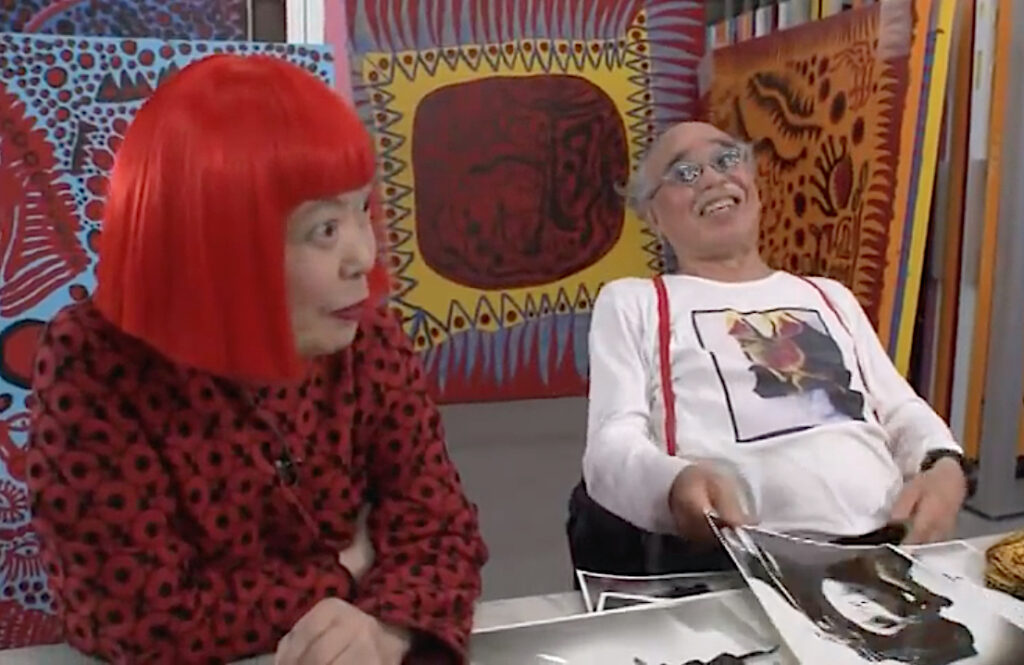

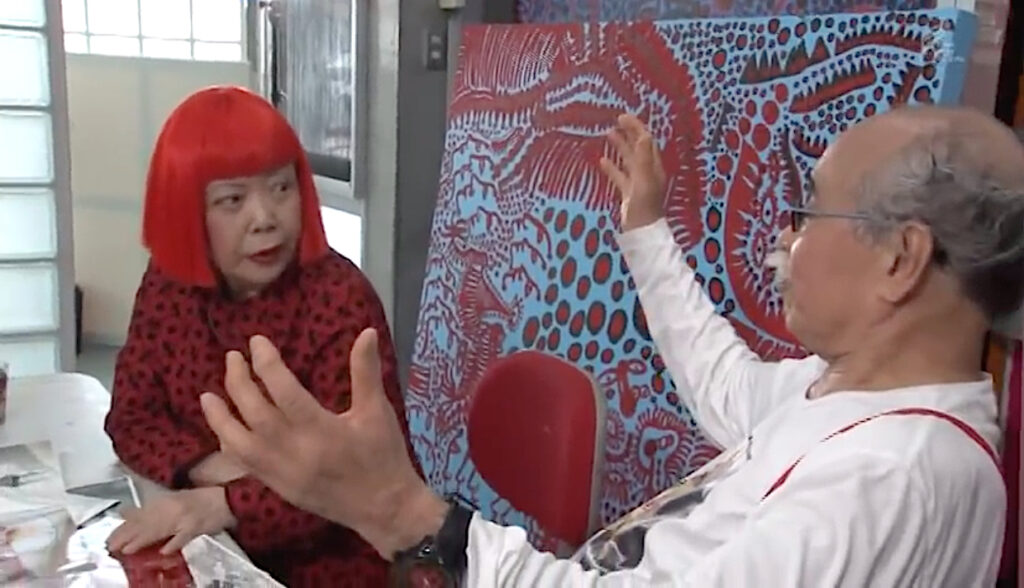

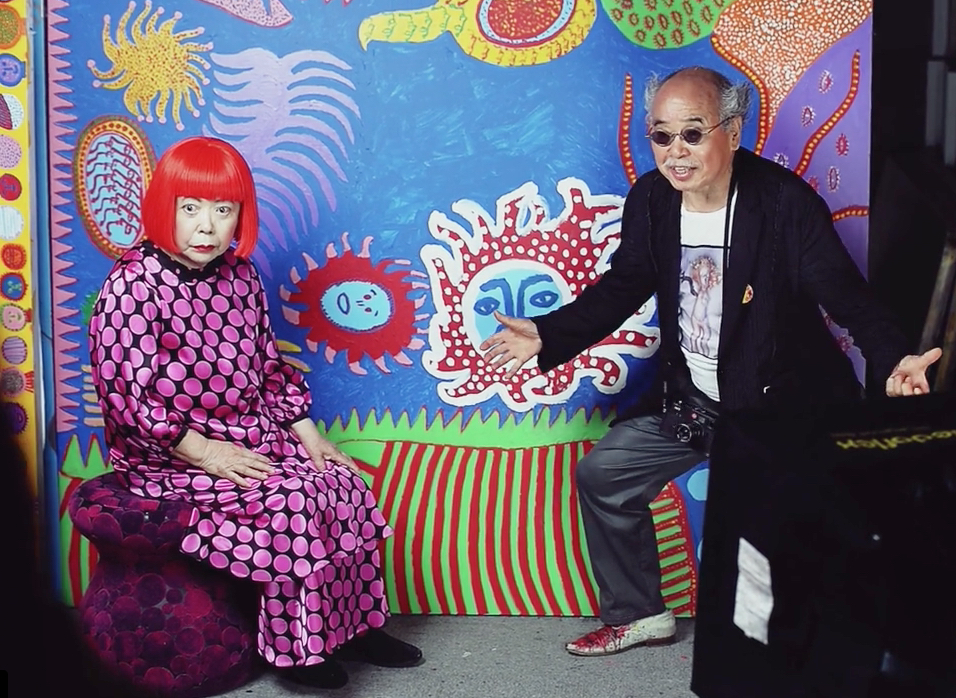


ARAKI Nobuyoshi 荒木経惟 Photo-Crazy A 写狂老人A
Explanation by Tokyo Opera City Art Gallery 2017:
Shakyo Rojin A Nikki 2017.7.7 (A Diary 2017.7.7) (New work)
These are the latest additions to Araki’s Nikki (Diary) series he has worked on throughout his career. All the photographs on display, which number nearly 700, are marked with the date July 7, 2017―the anniversary of Araki’s wedding to his now-deceased wife Yoko. The photos document everyday scenes, without arbitrary elements, and are displayed in the order in which they were taken. They bring to mind vividly the themes of the flow of time that lends colour to our lives, and the glimpses of life and death found within our daily existence.
1959/1960

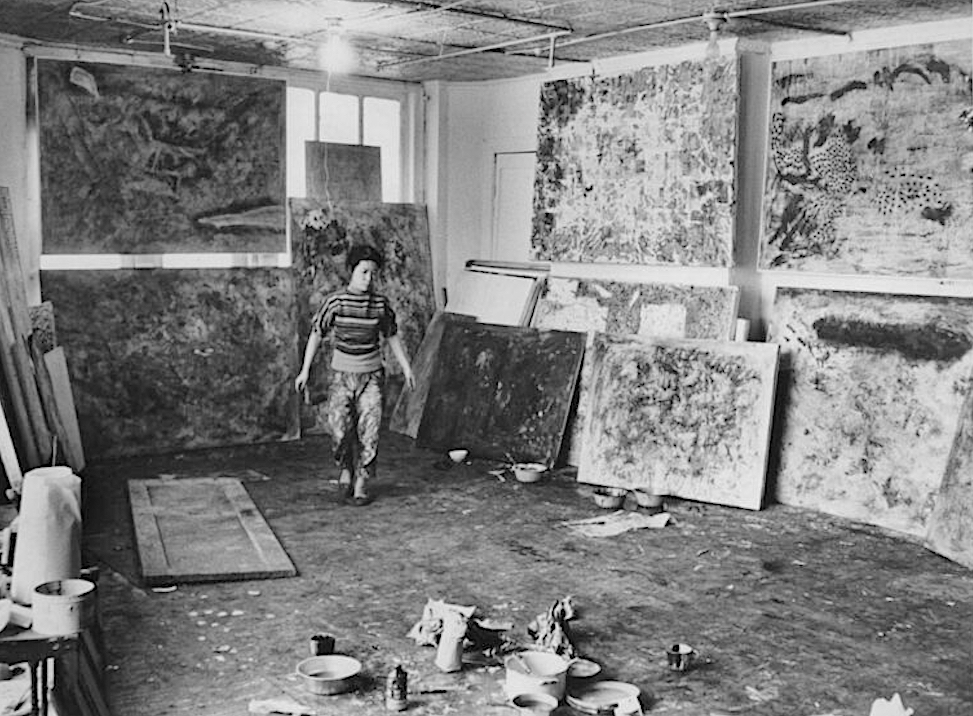
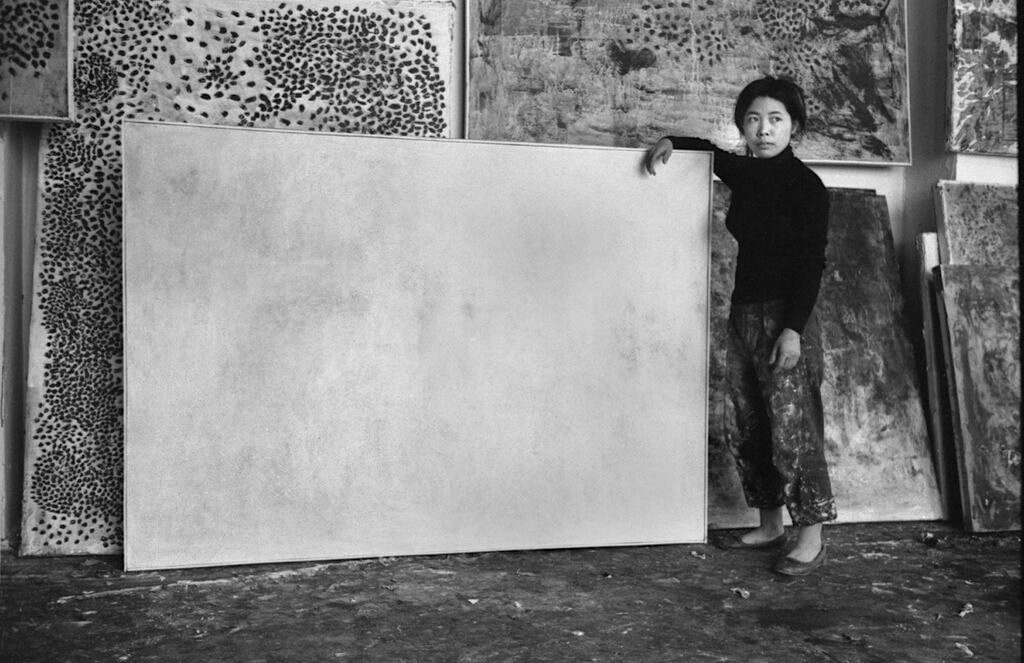
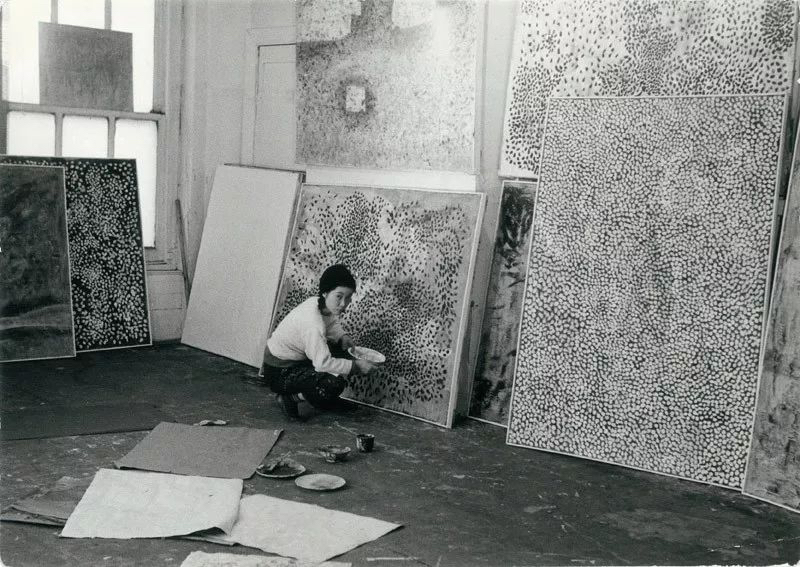
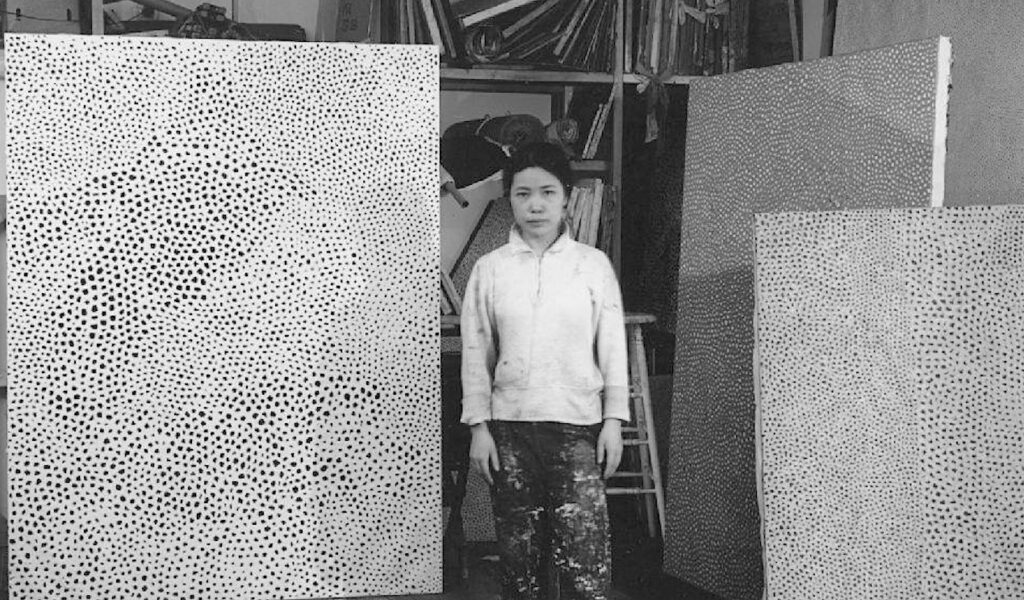
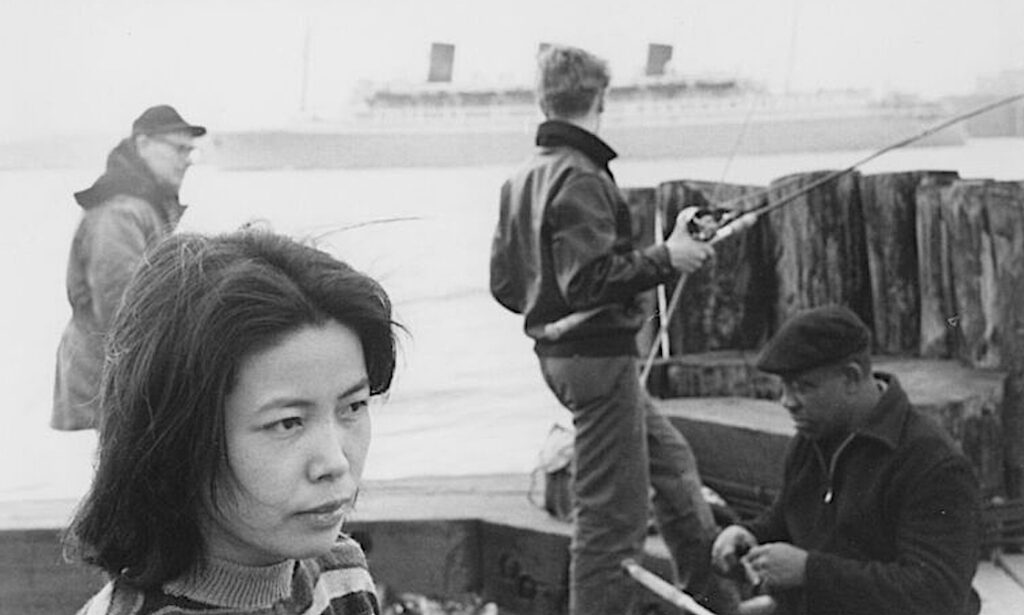

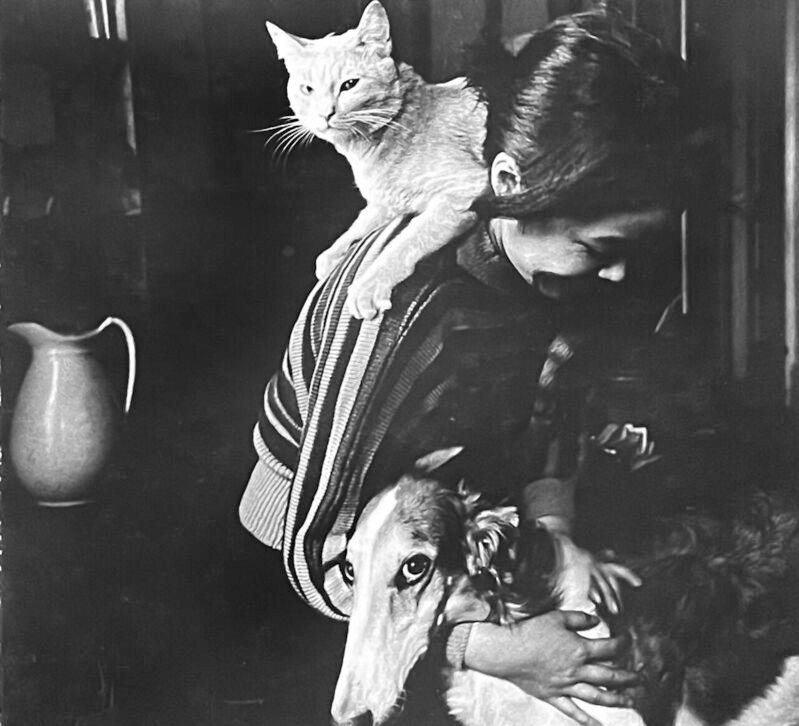
1961
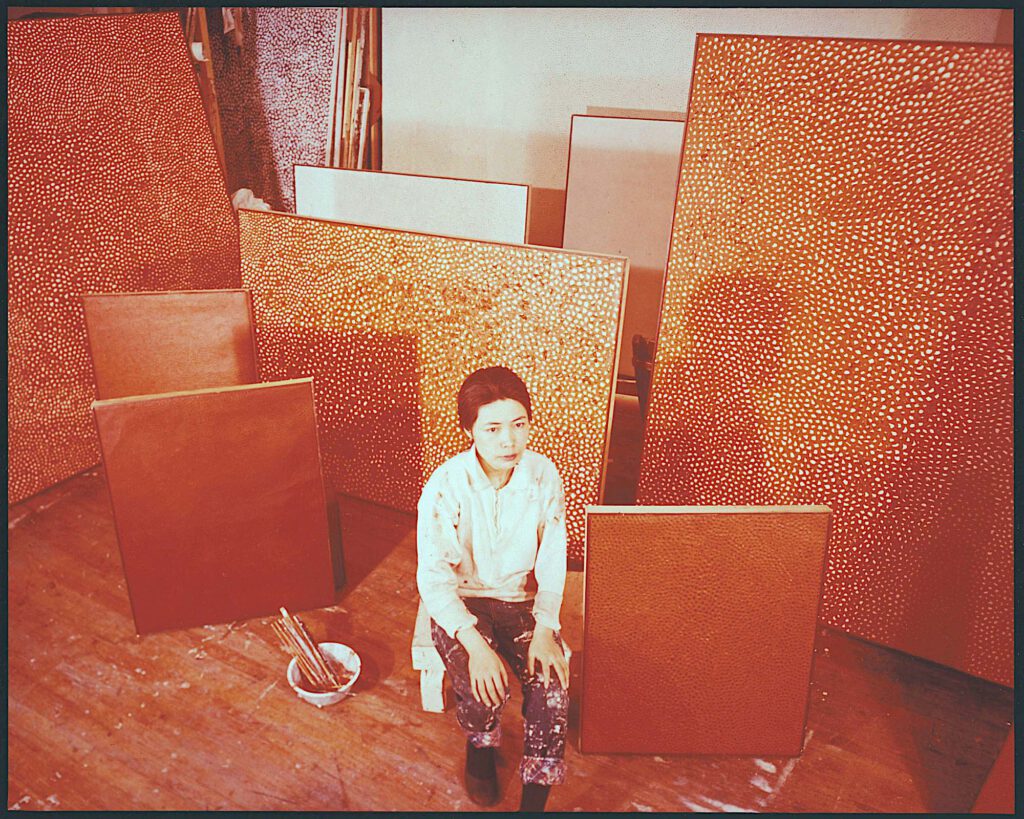
1963
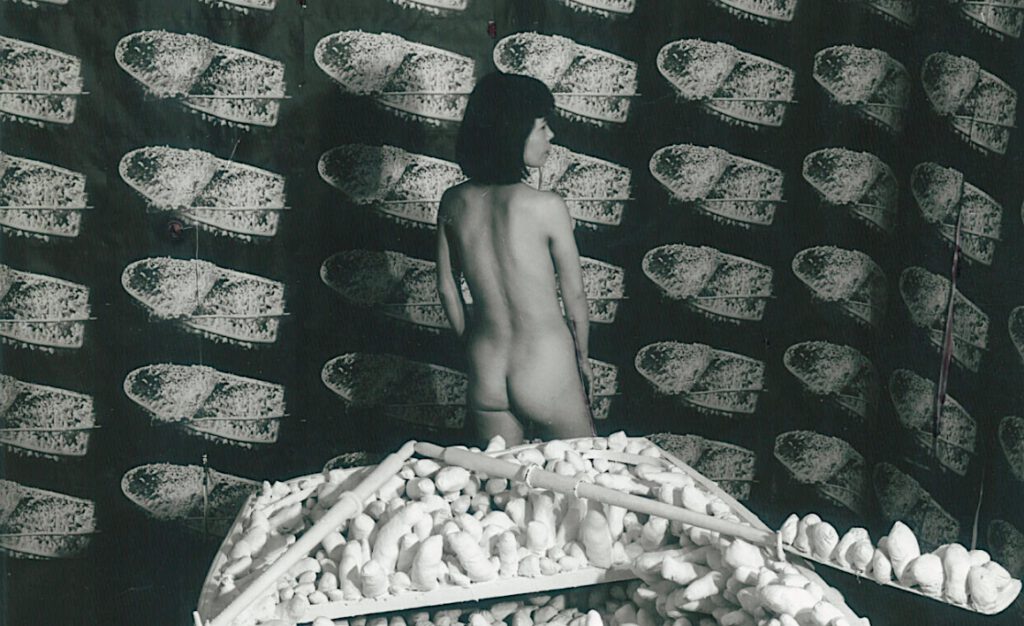
1964


1965
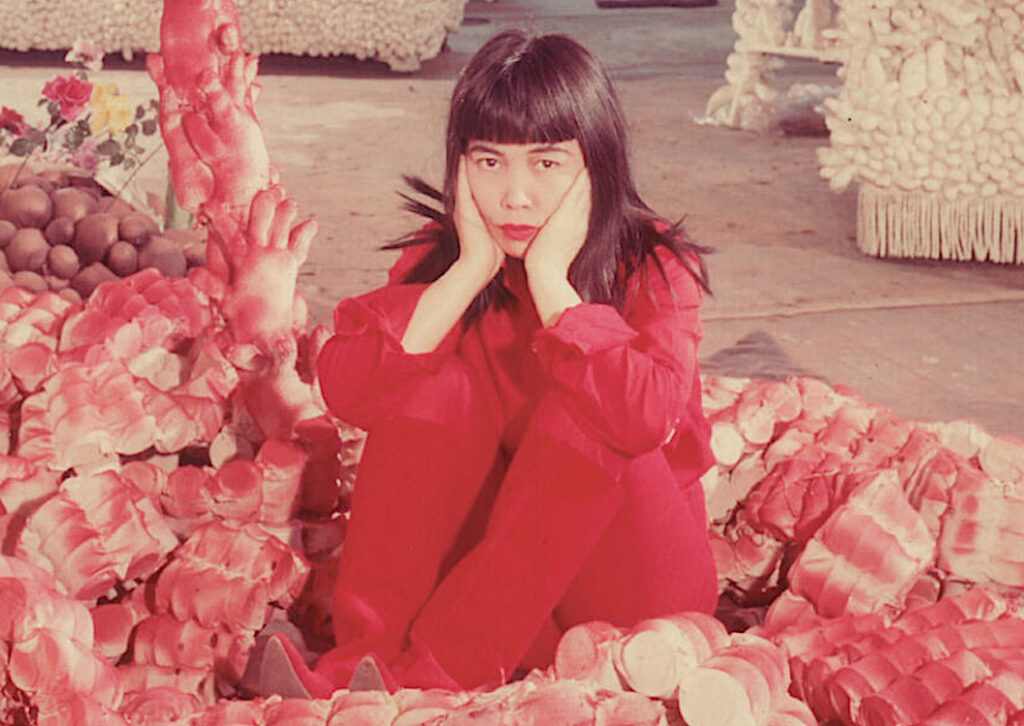
1967
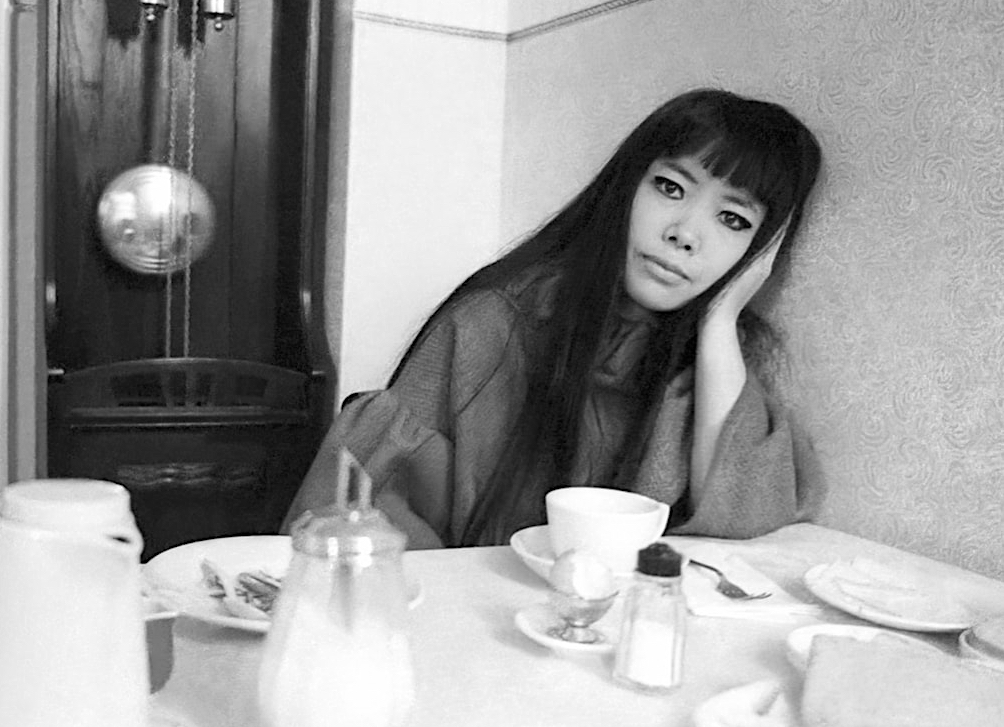
1989



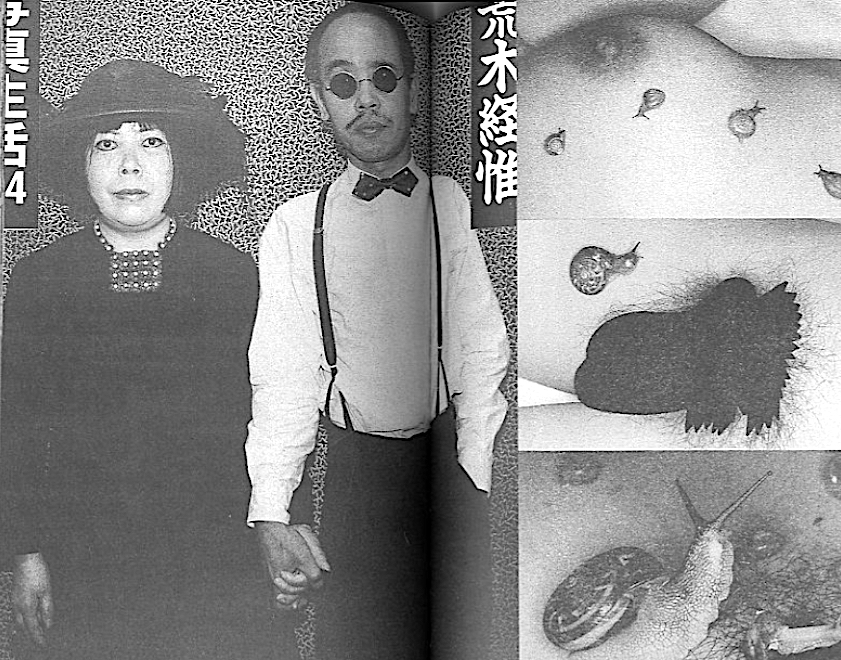
1999
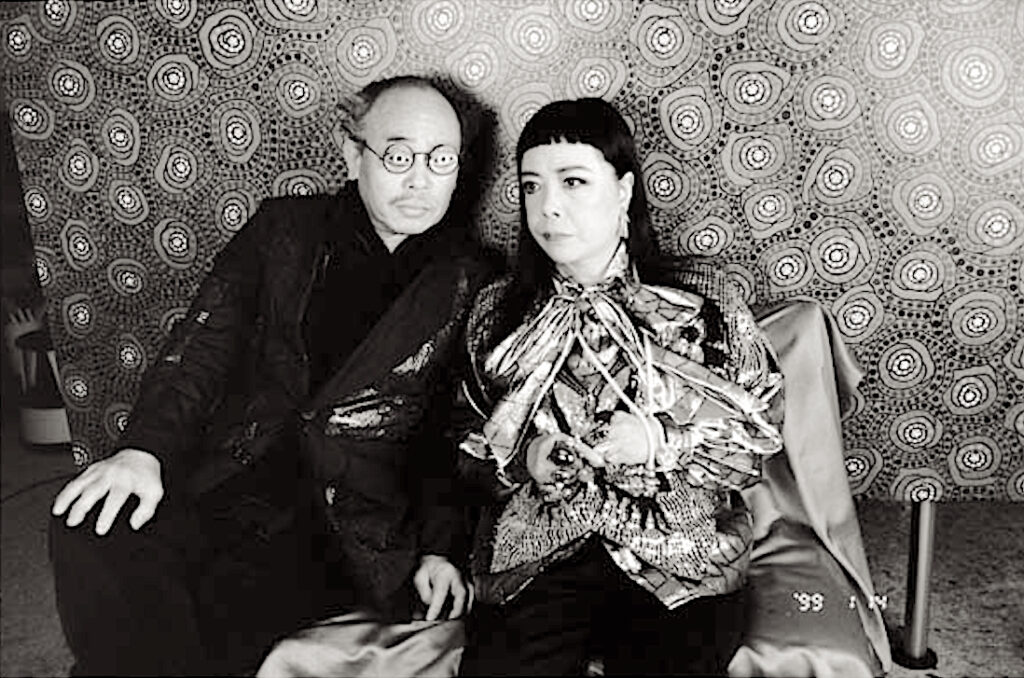


ここに載せた写真とスクリーンショットは、すべて「好意によりクリエーティブ・コモン・センス」の文脈で、日本美術史の記録の為に発表致します。Creative Commons Attribution NonCommercial-NoDerivative Works photos: cccs courtesy creative common sense
Miriam Makeba – Qongqothwane (The Click Song) (Live, 1963)

